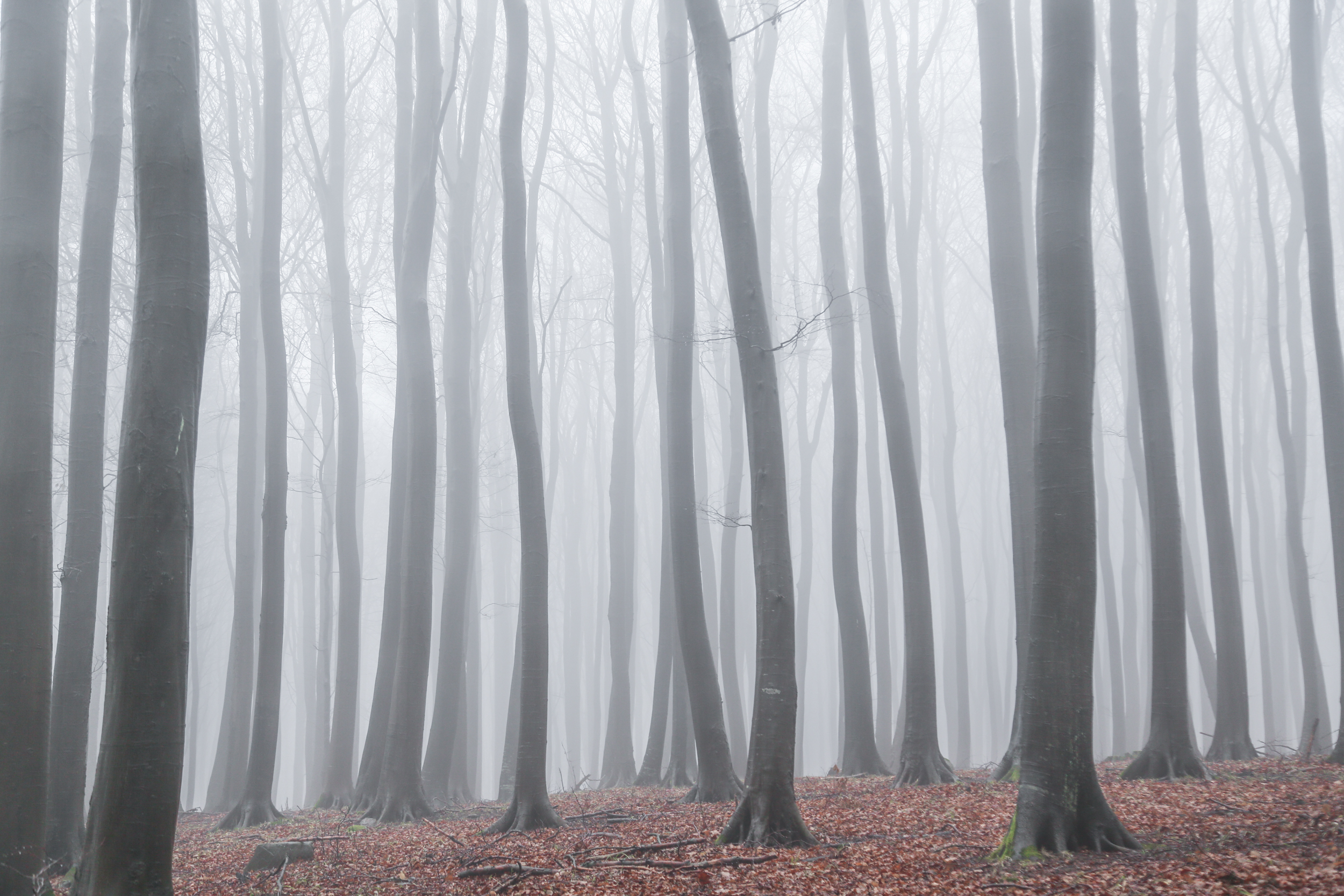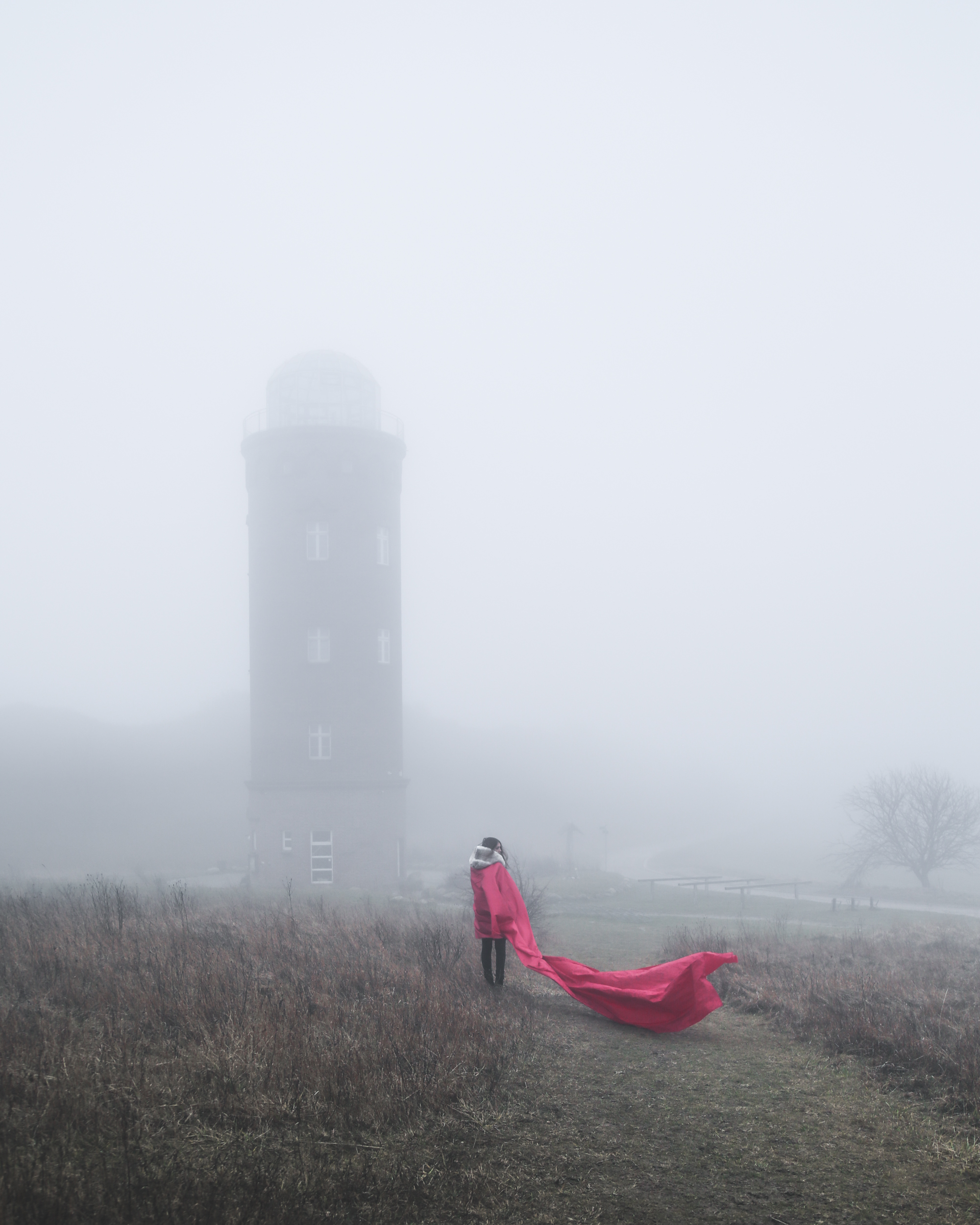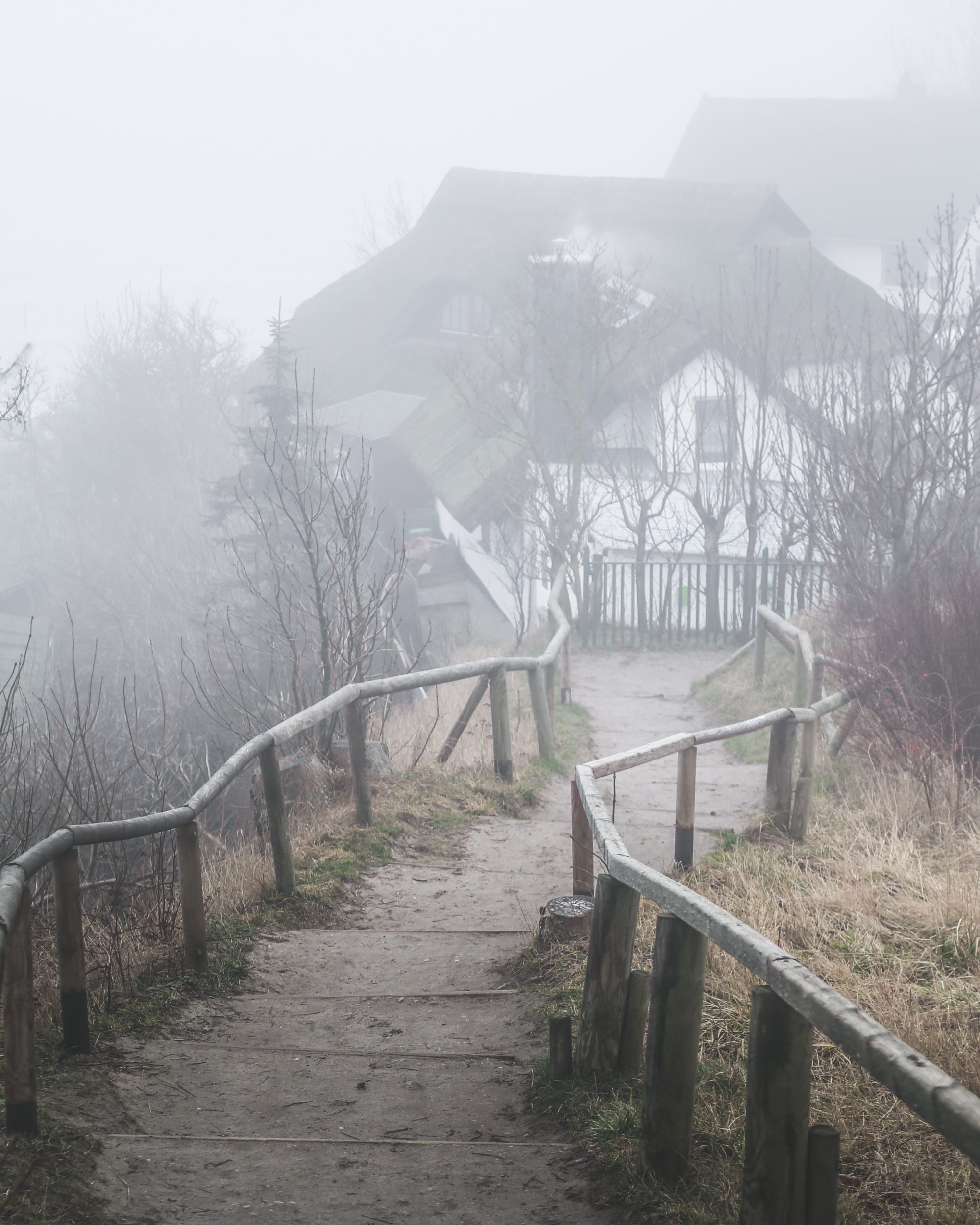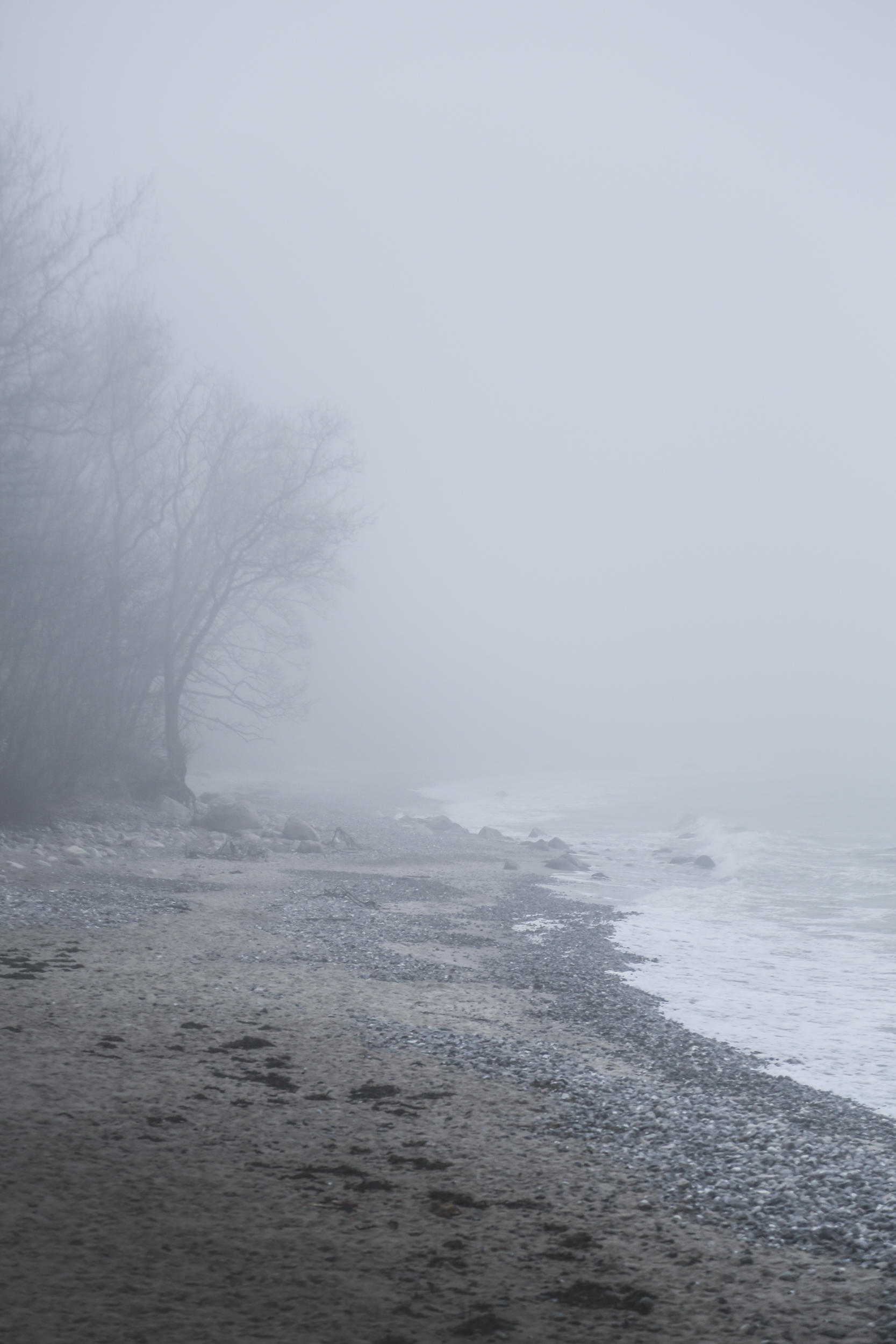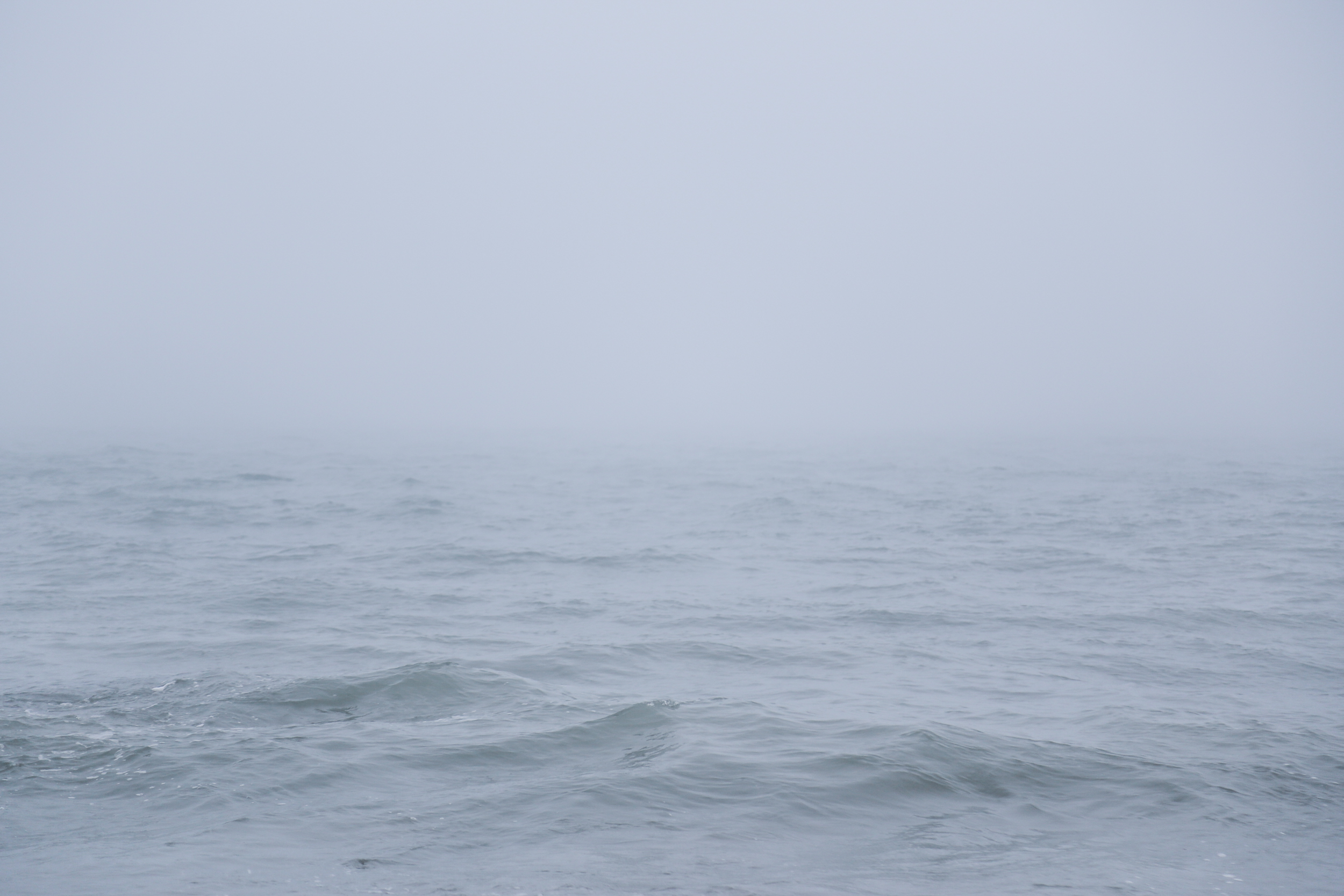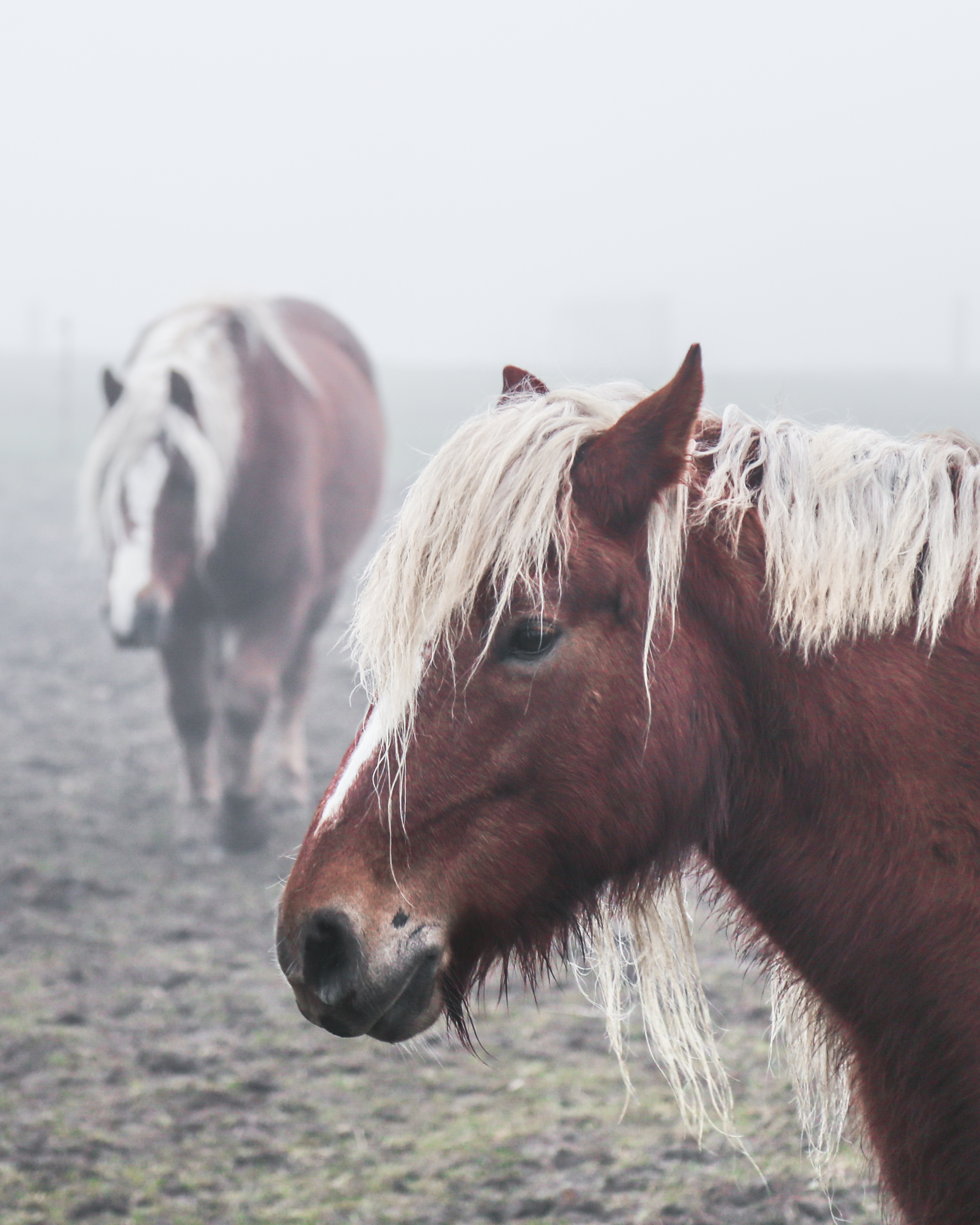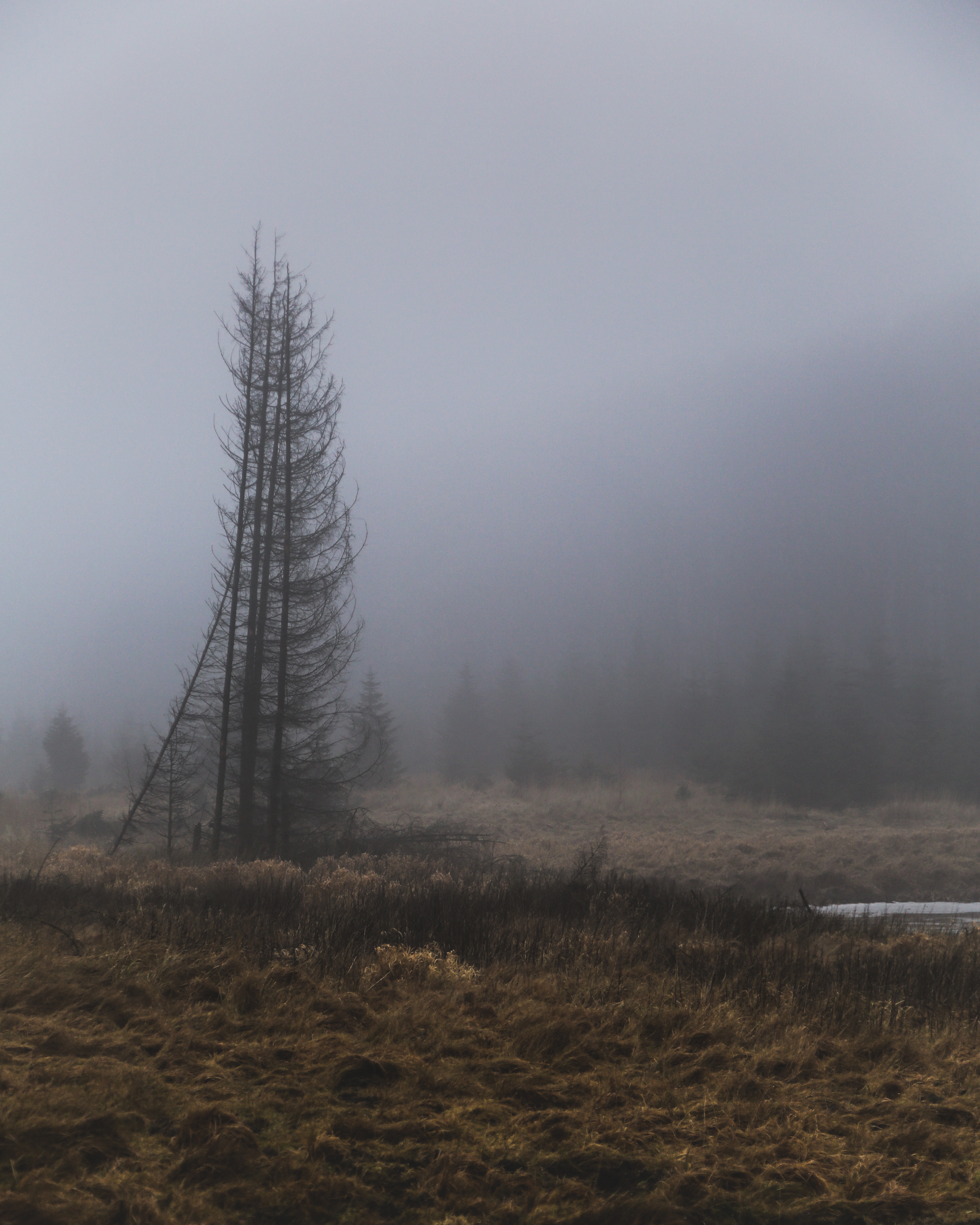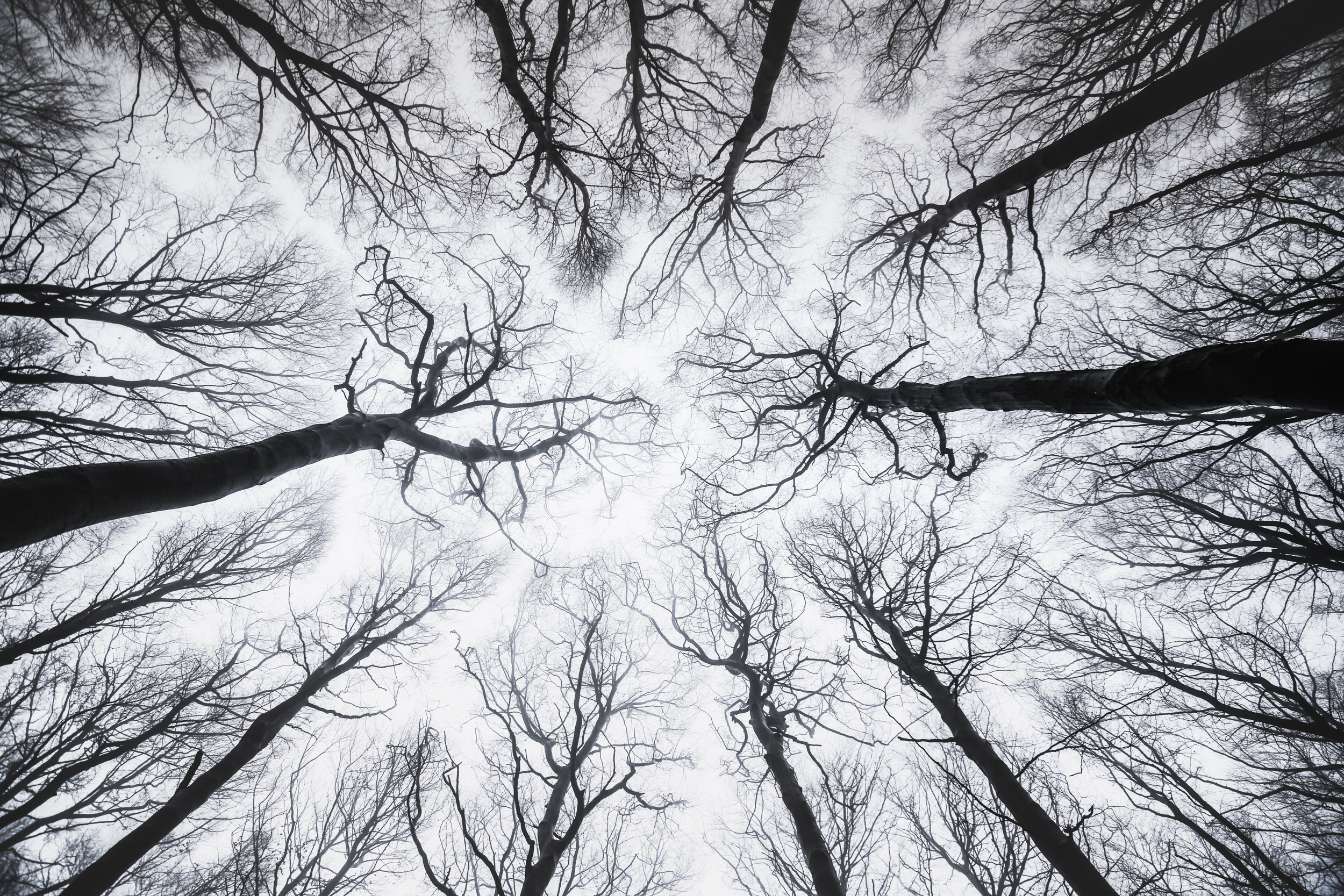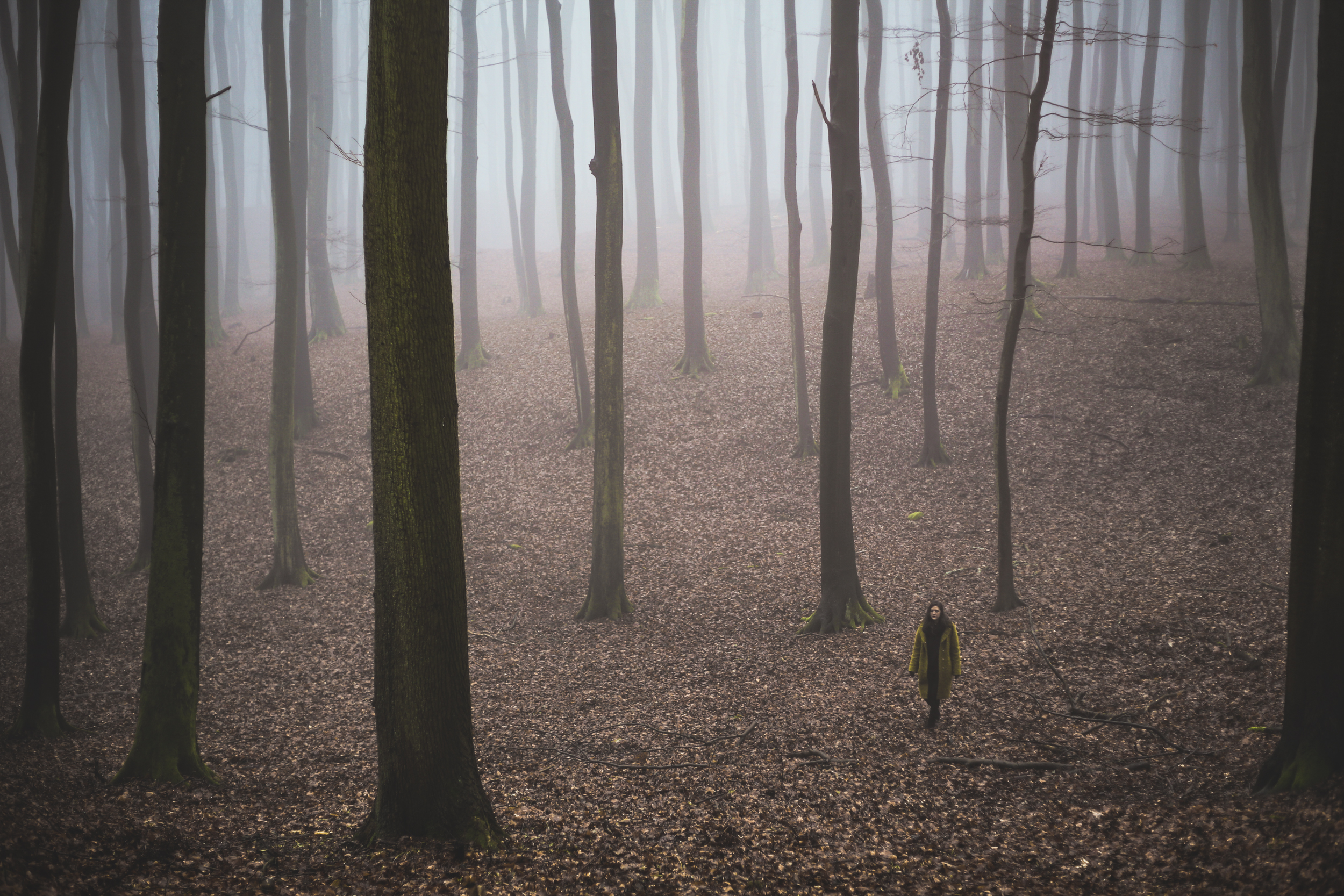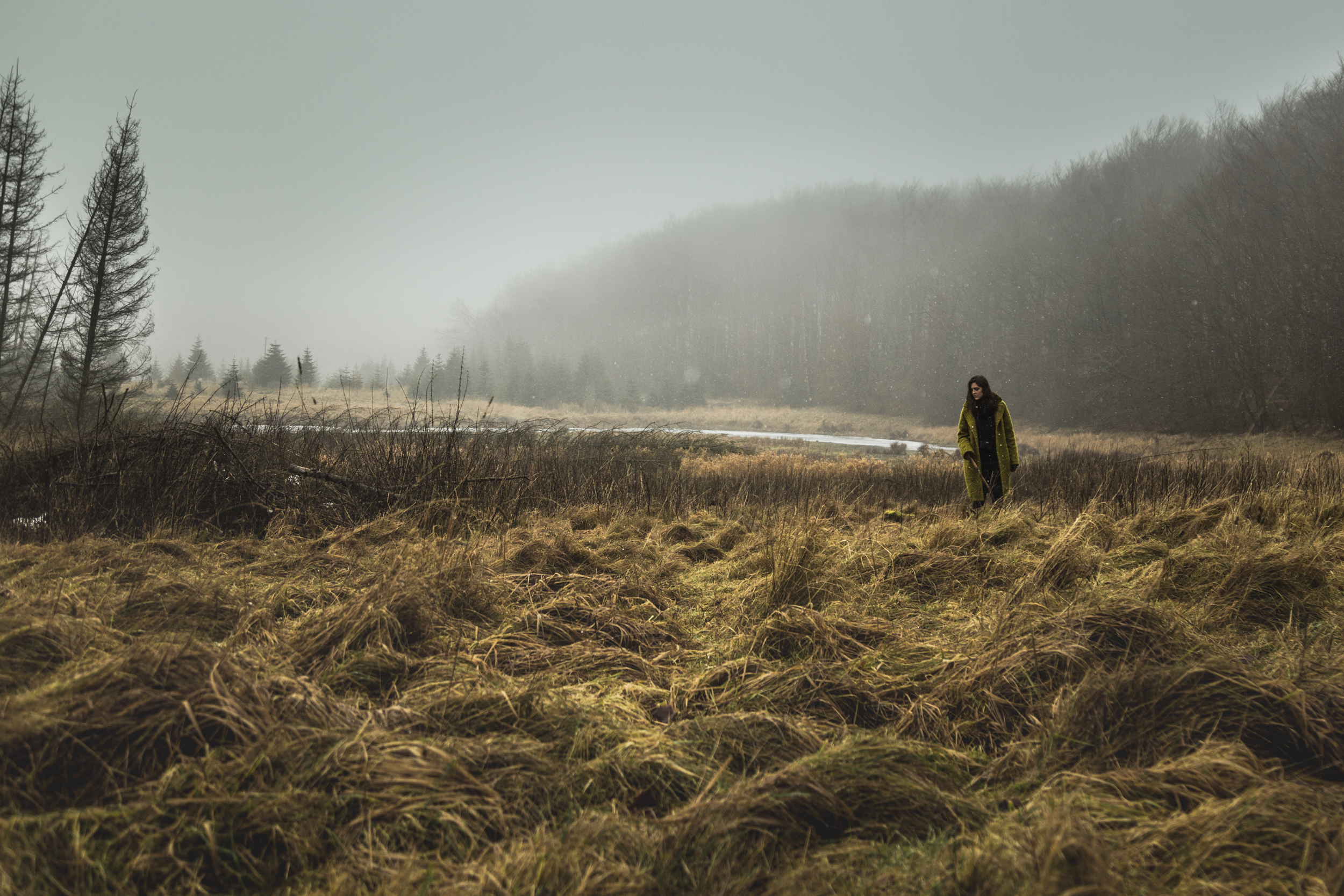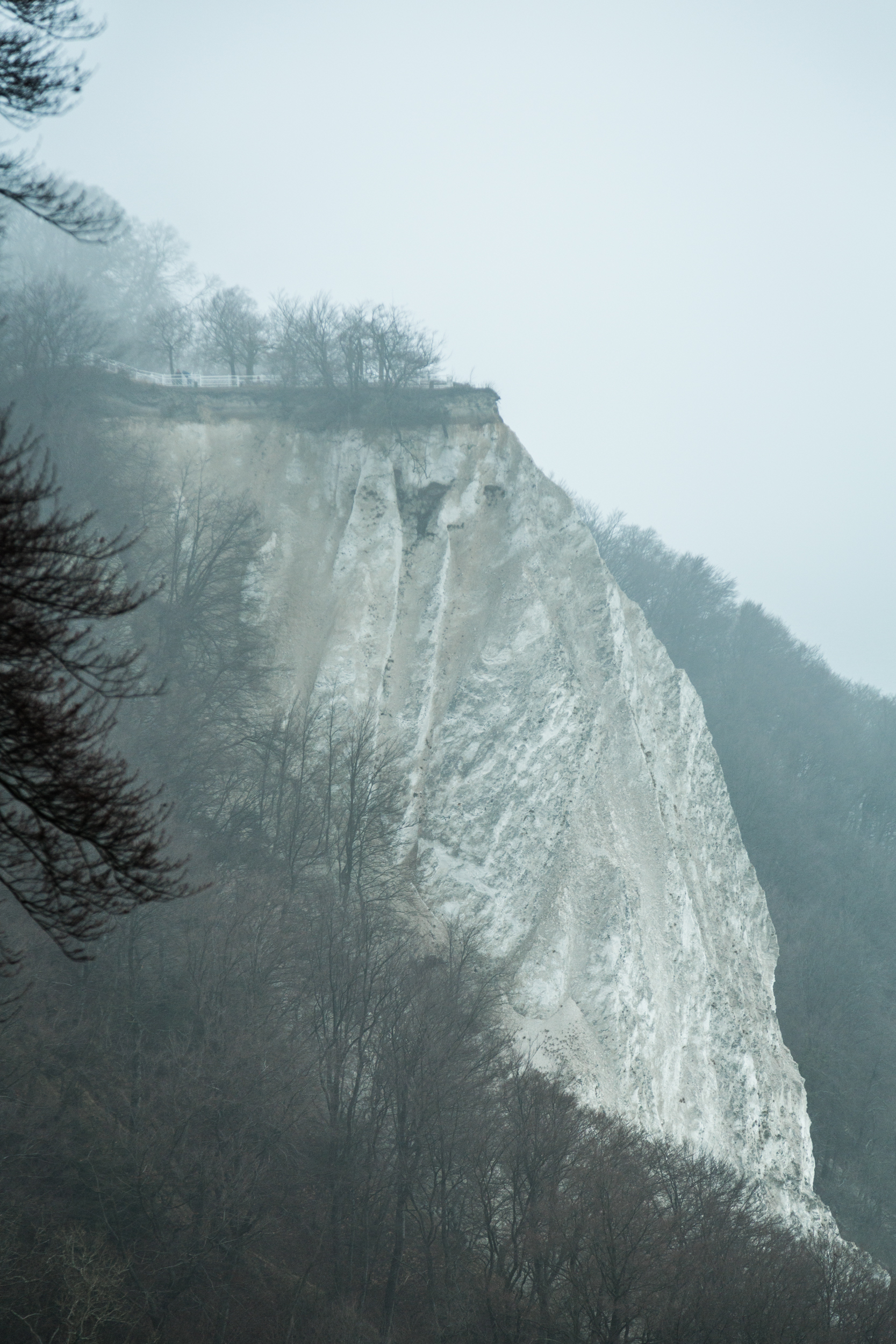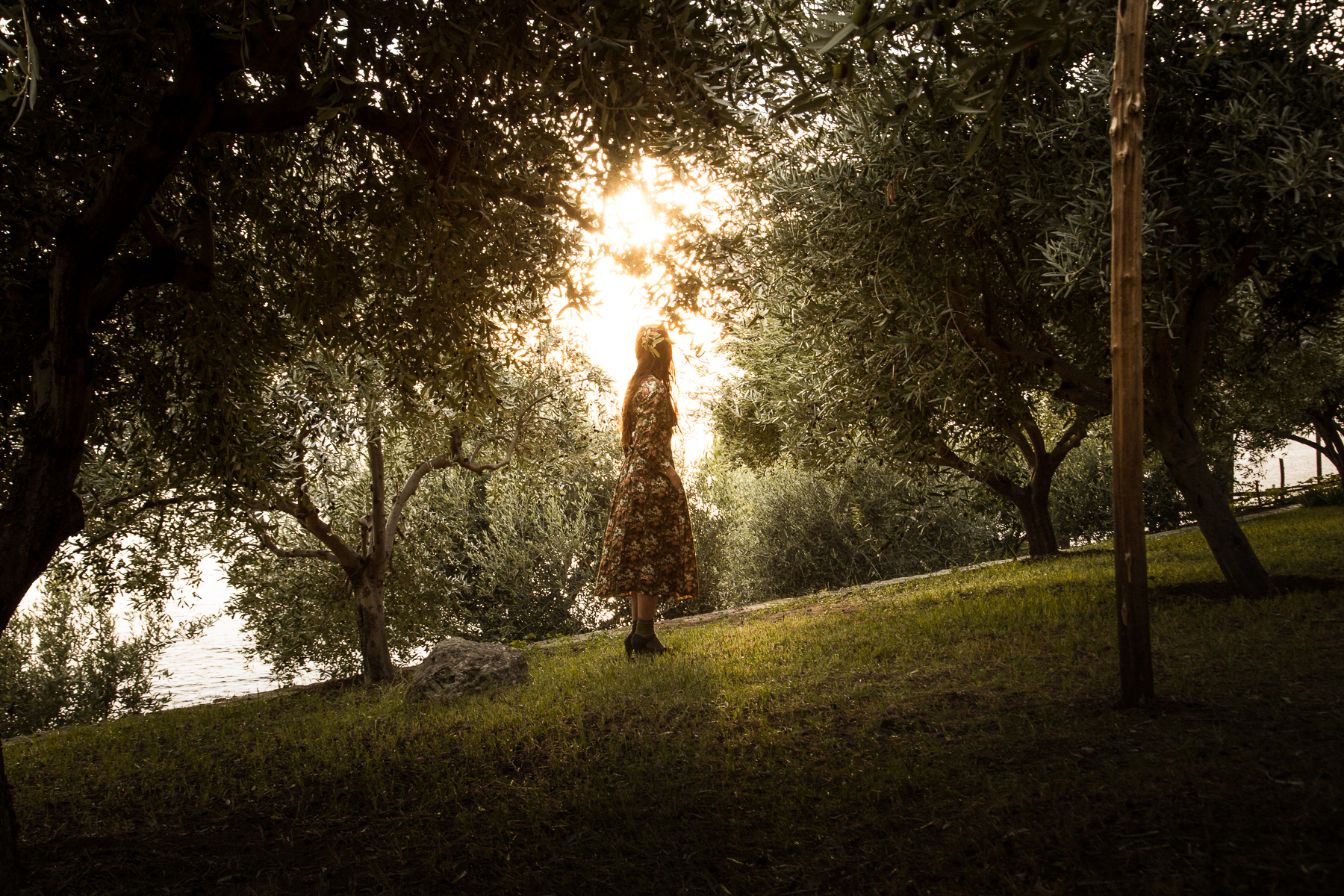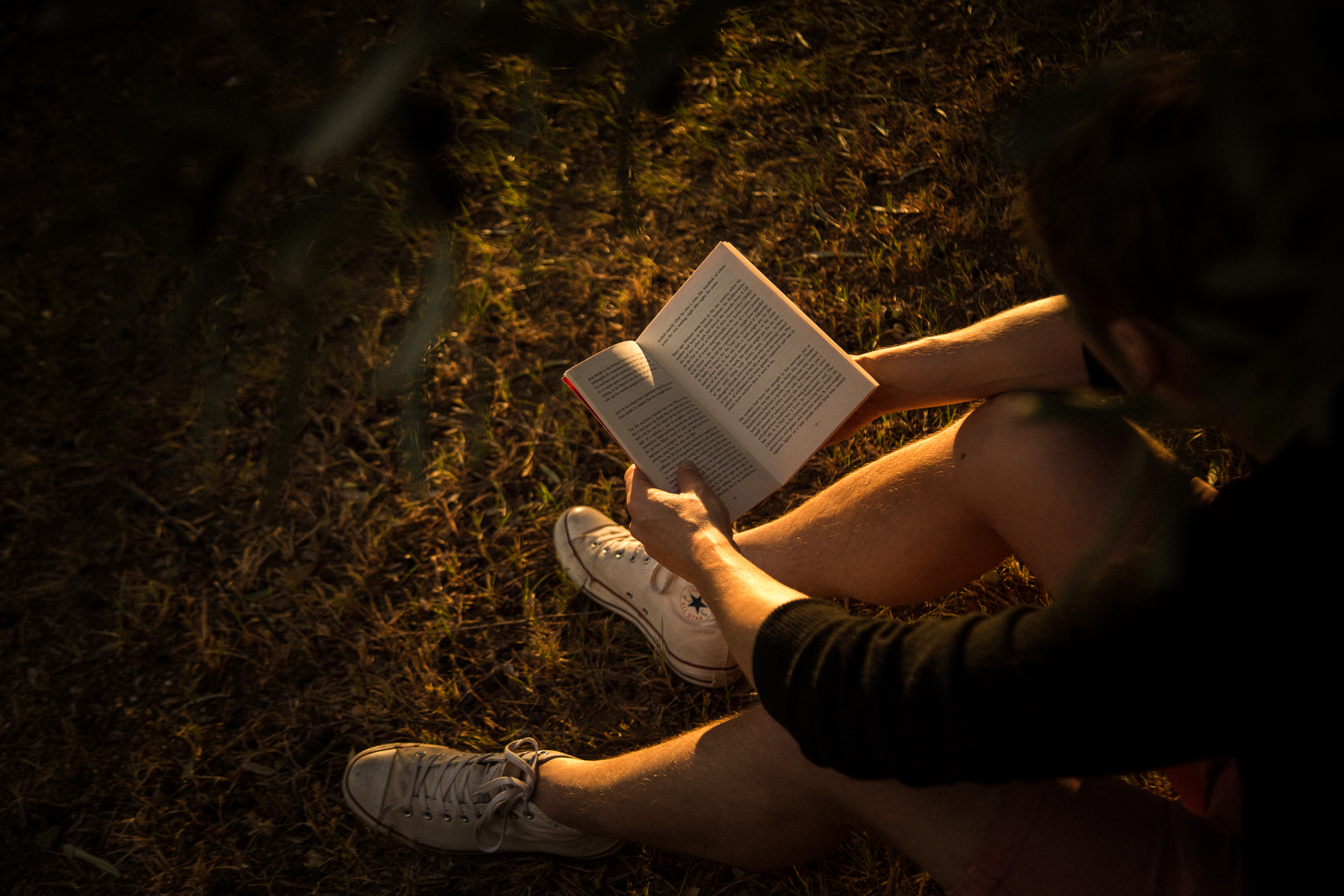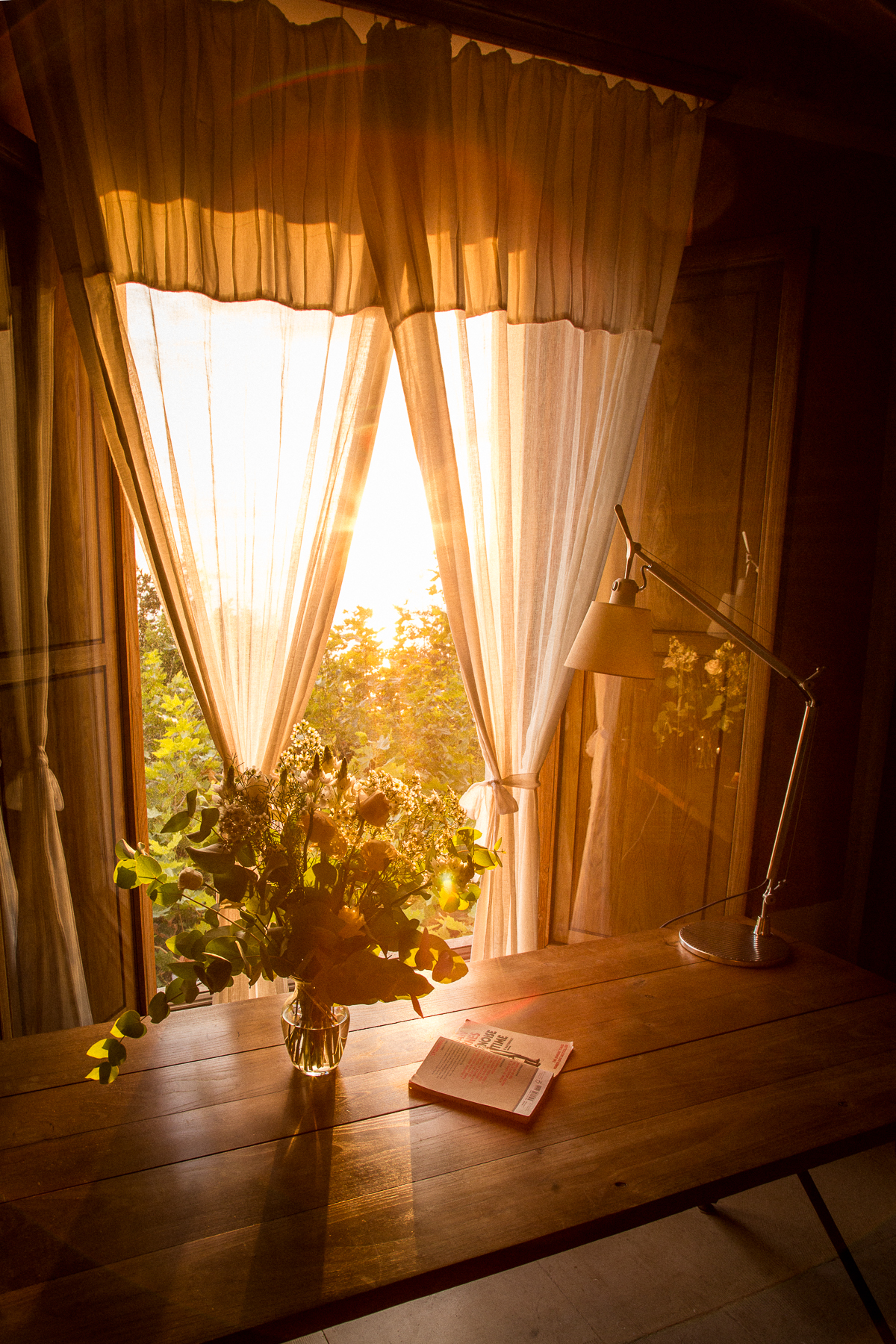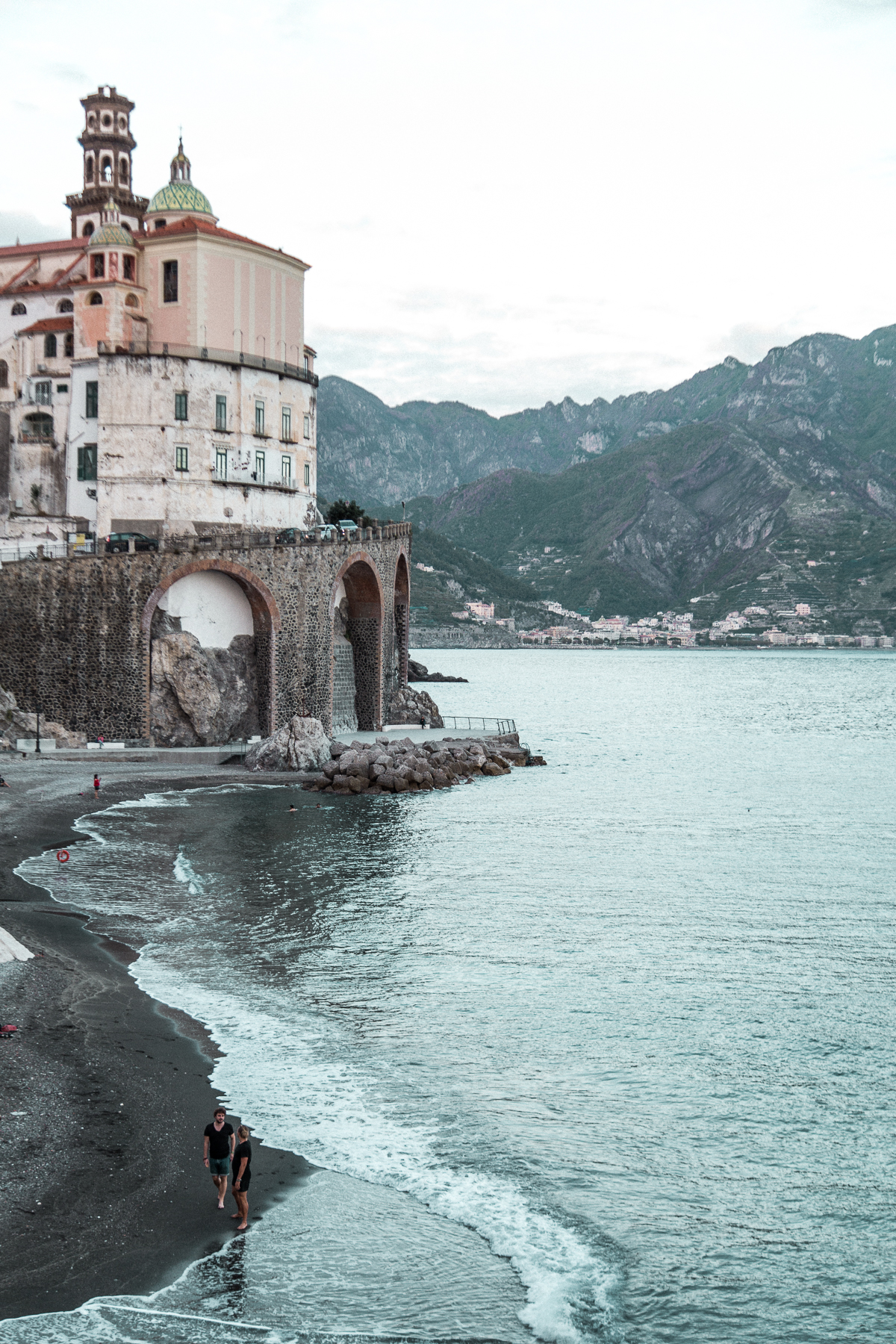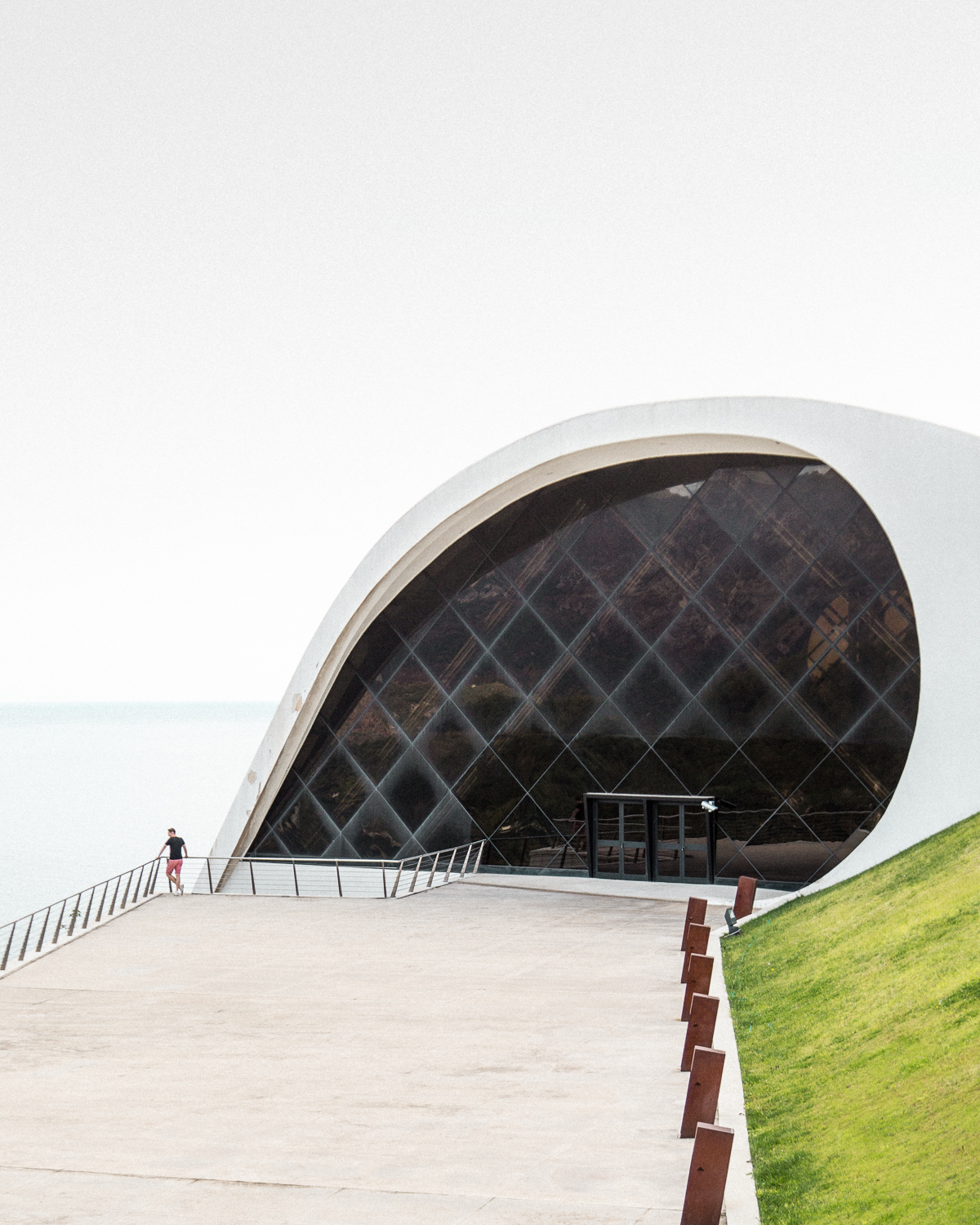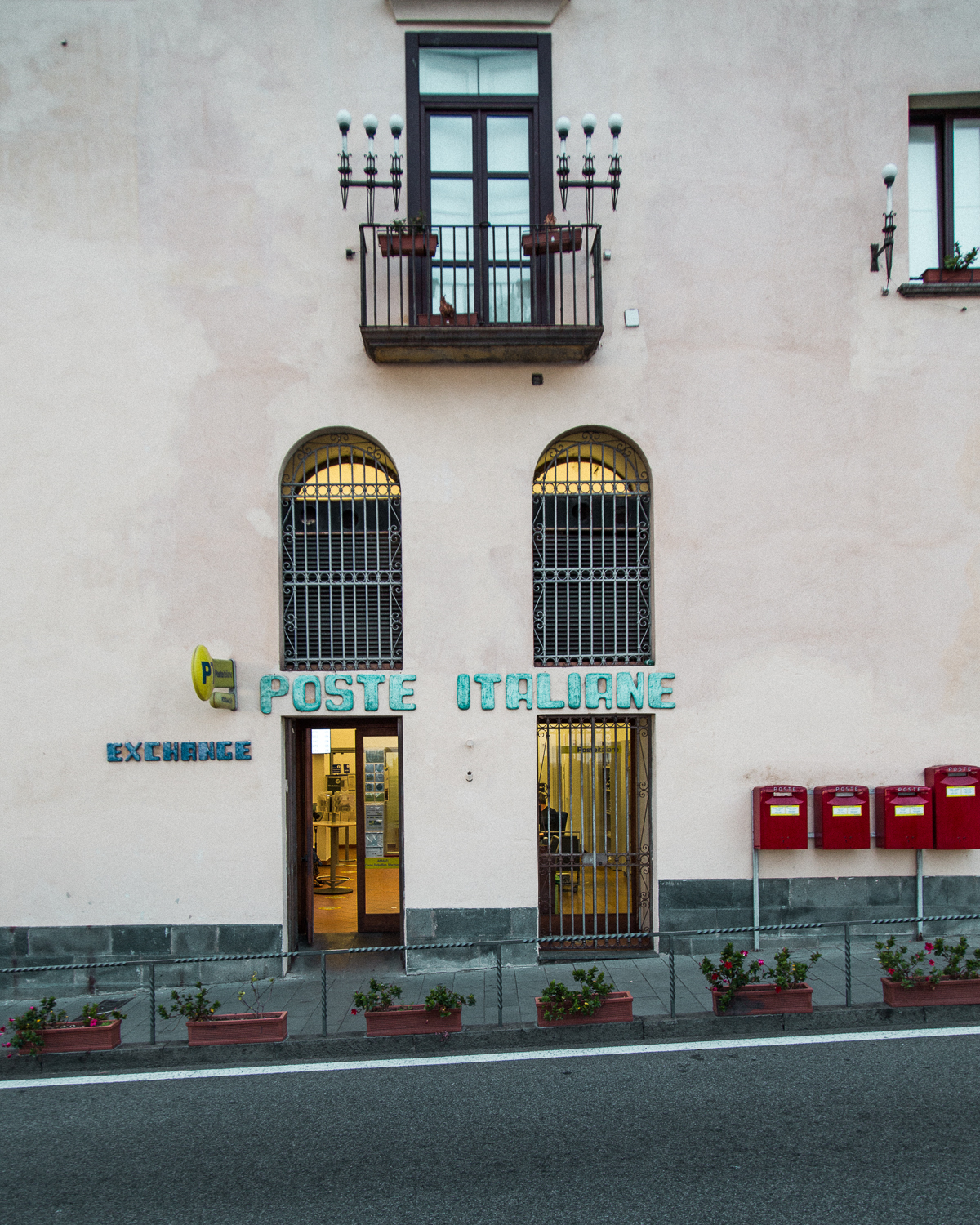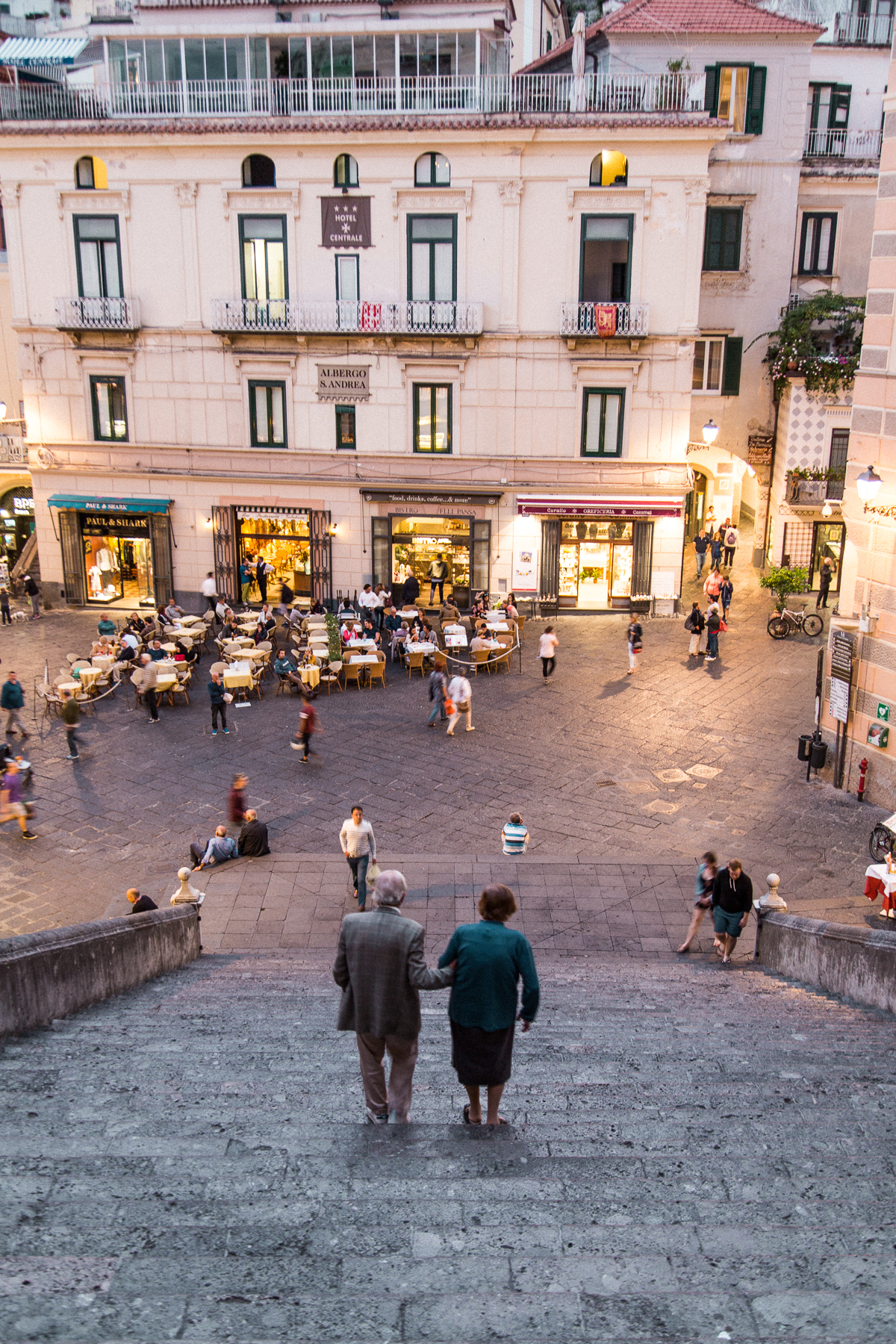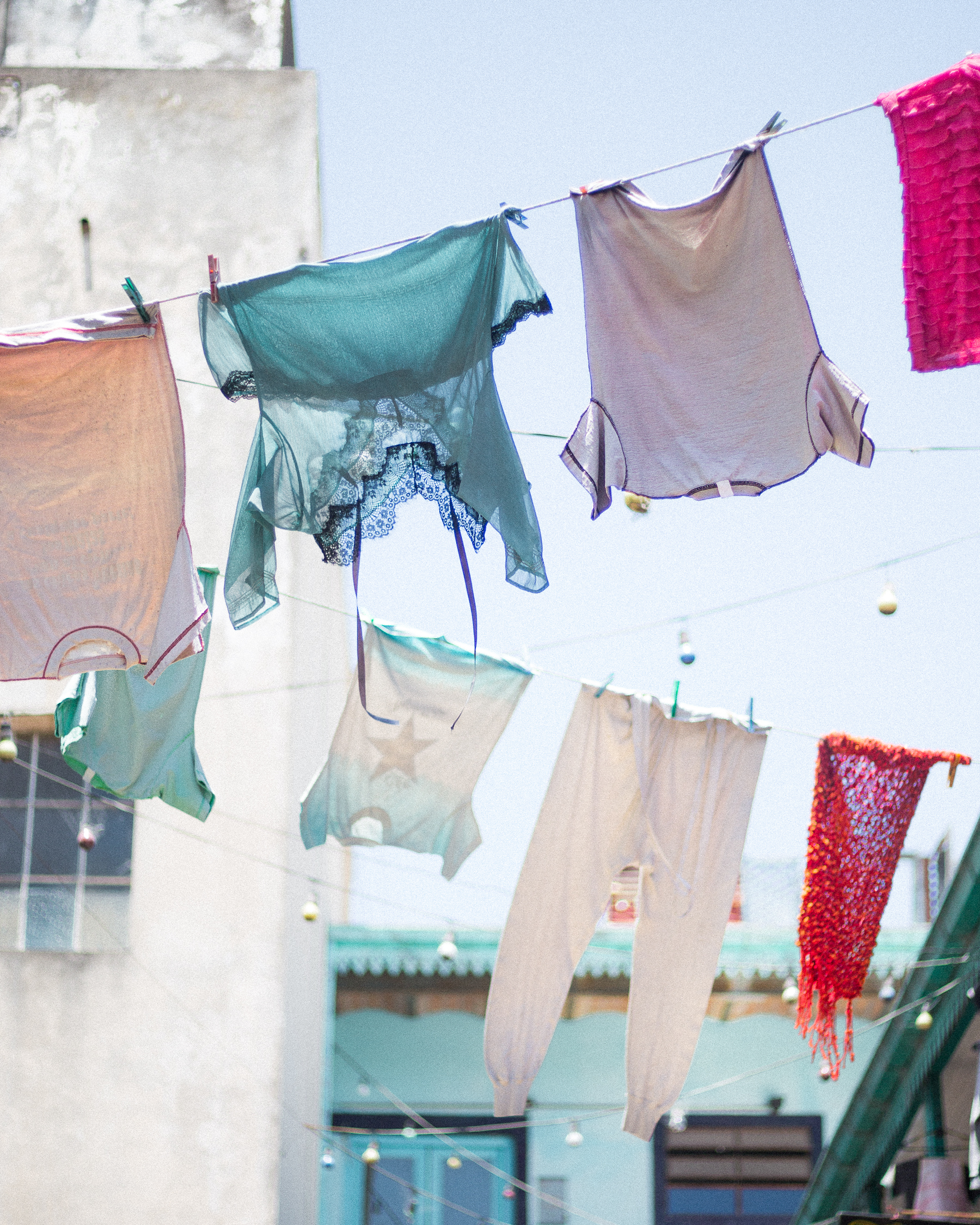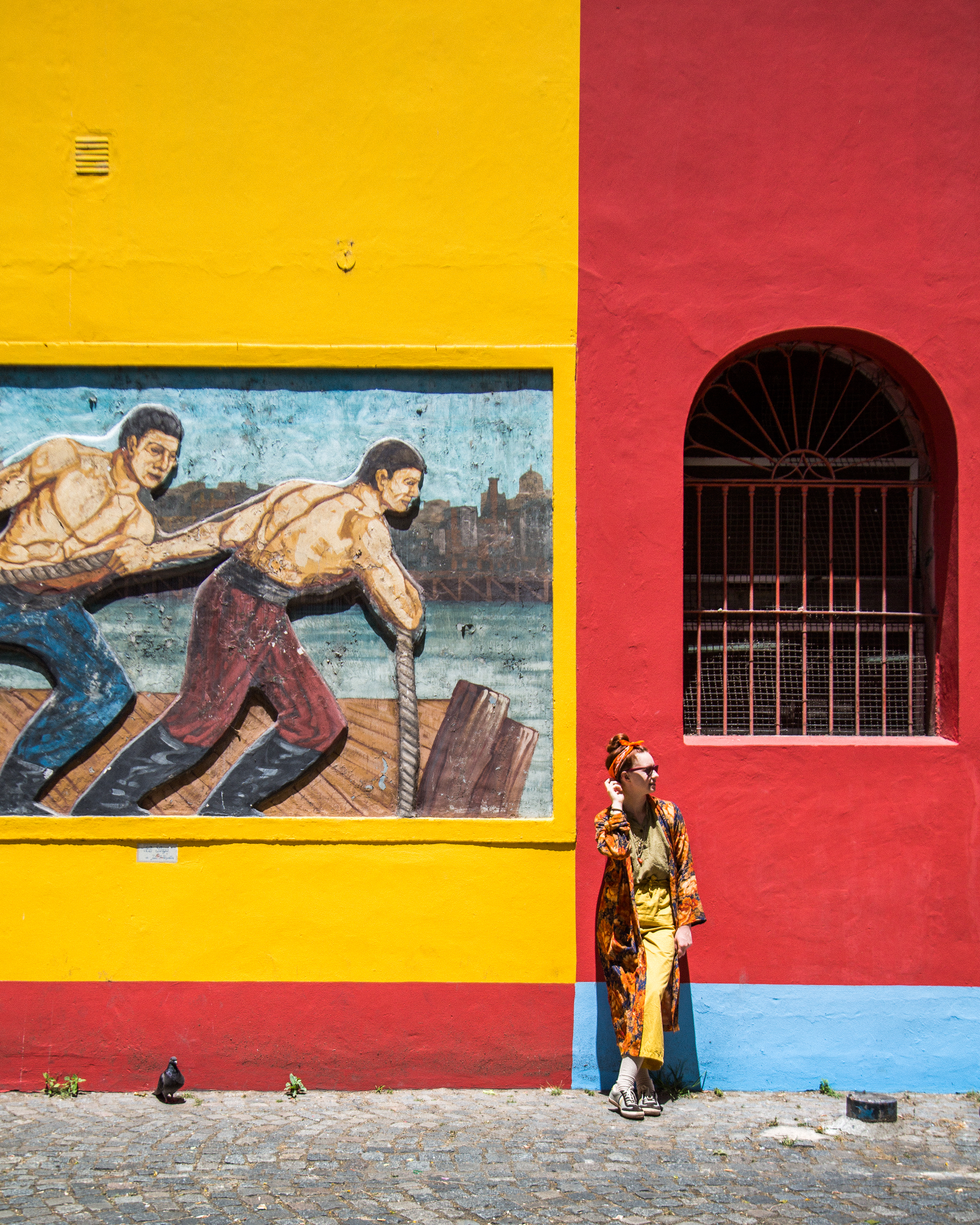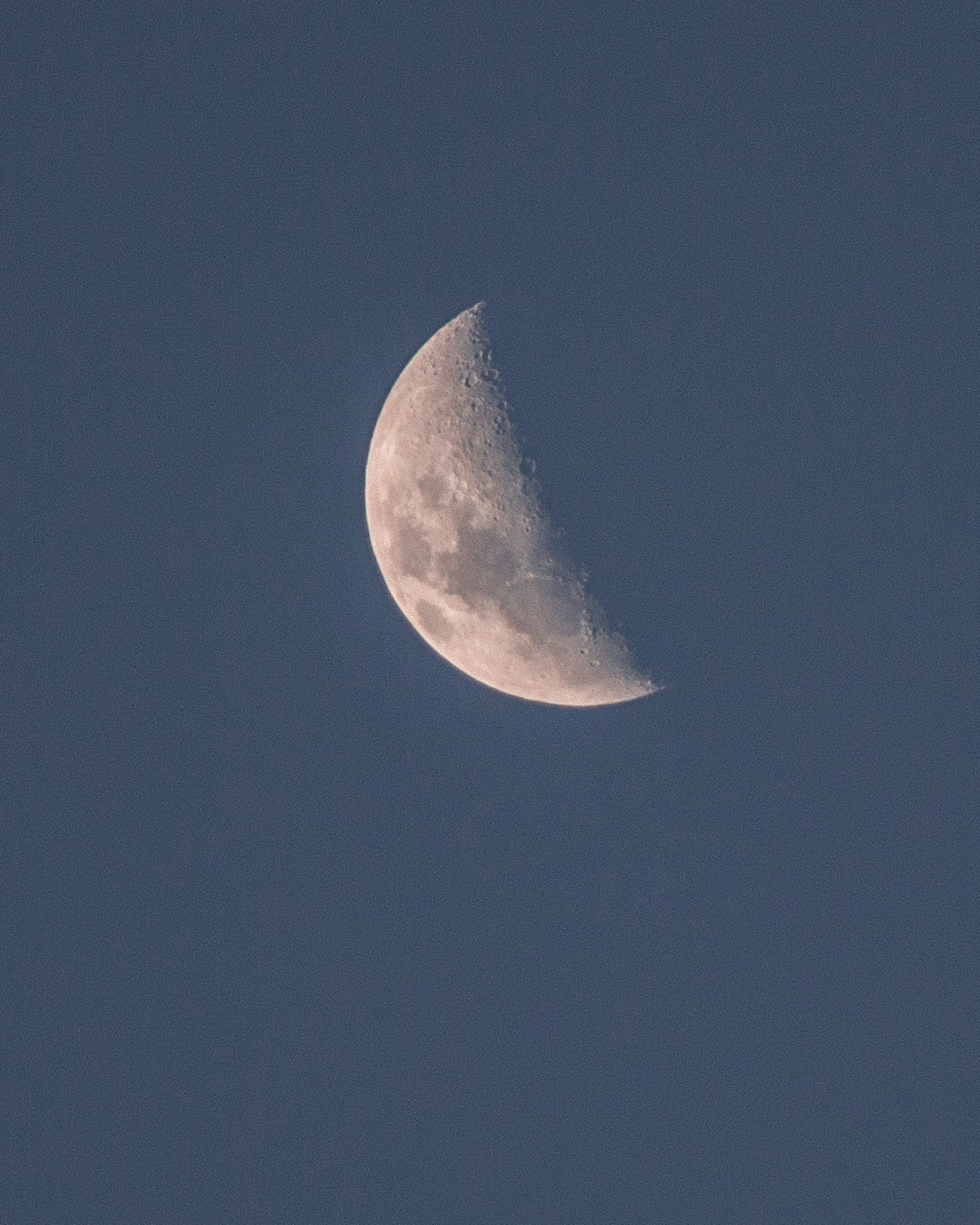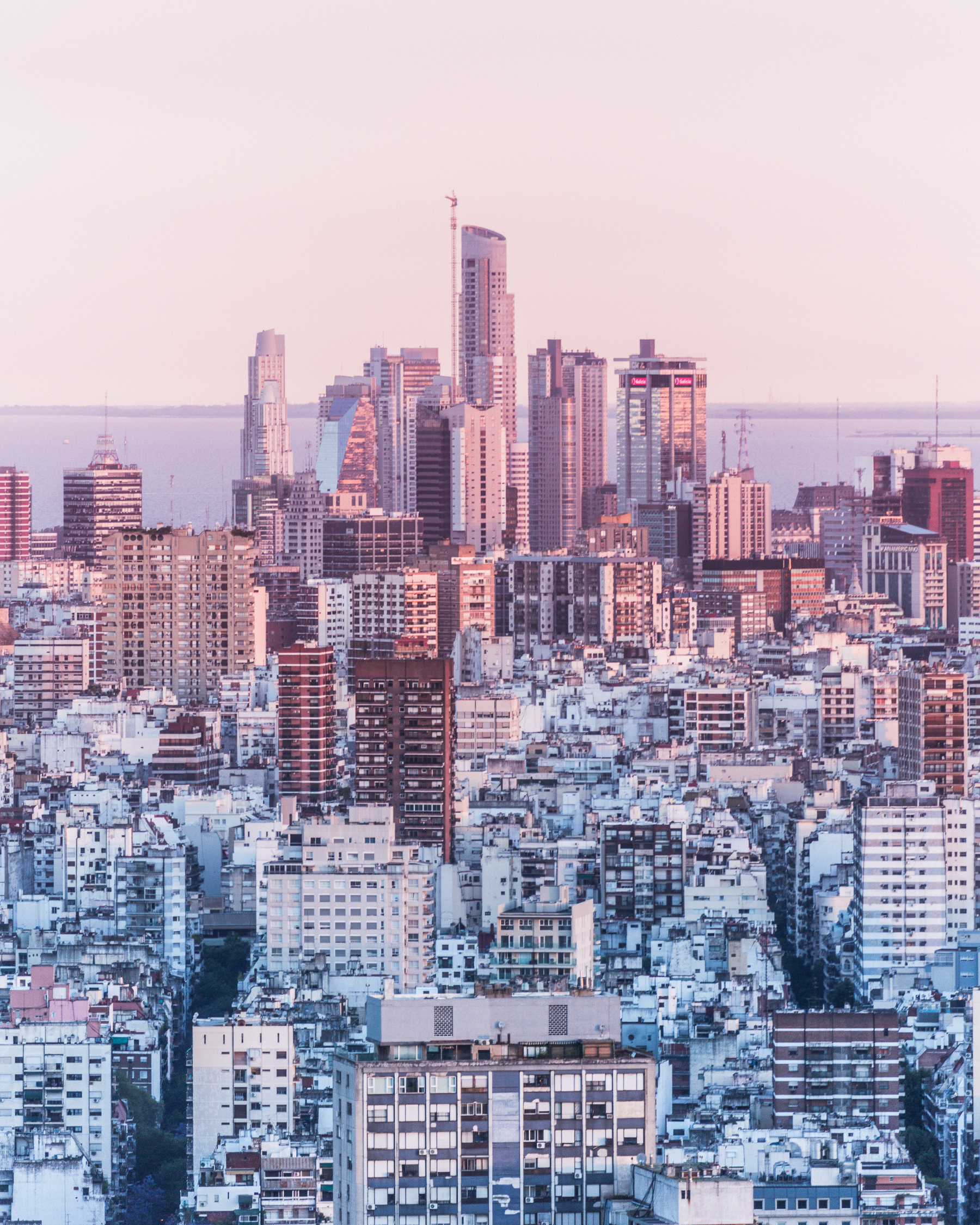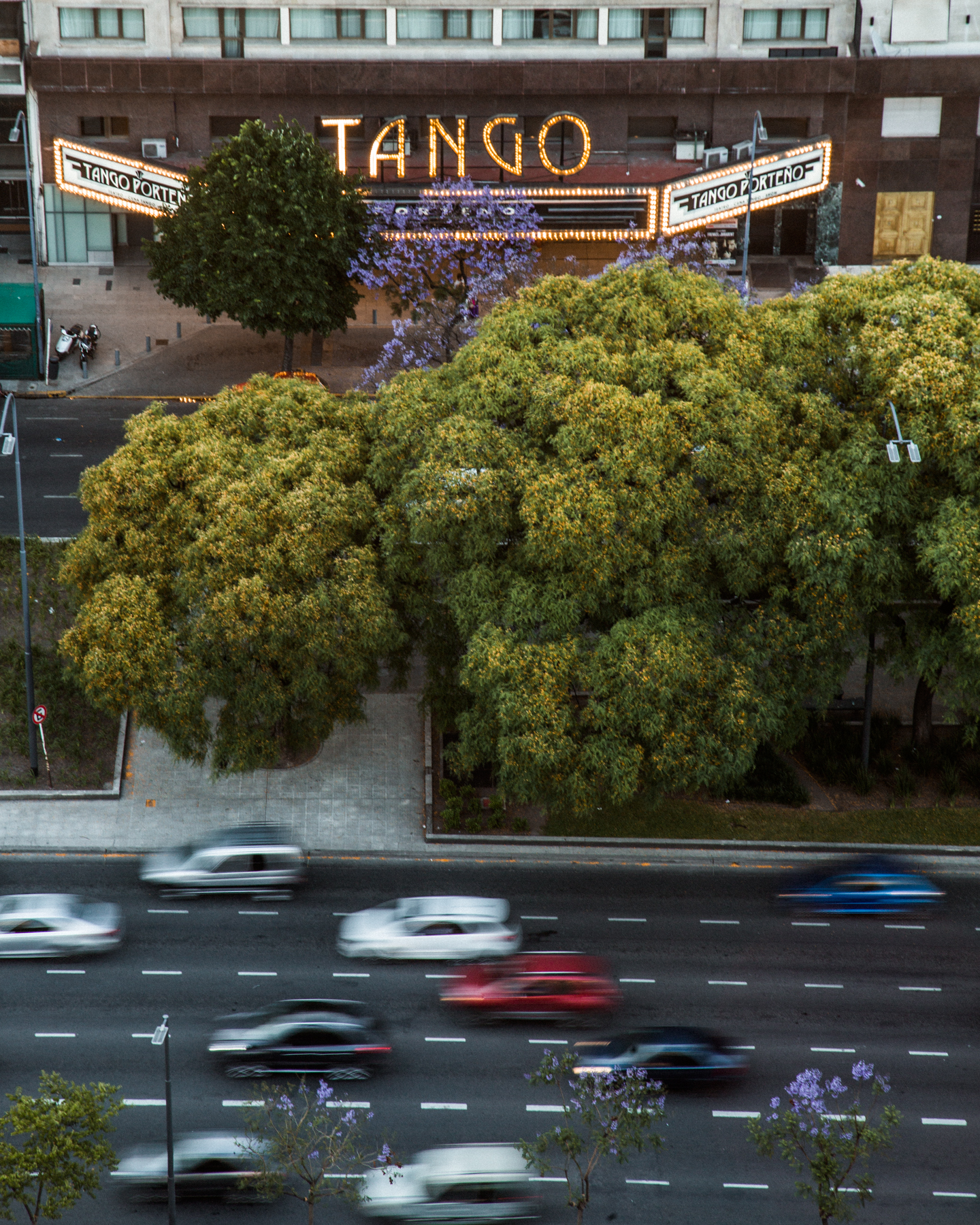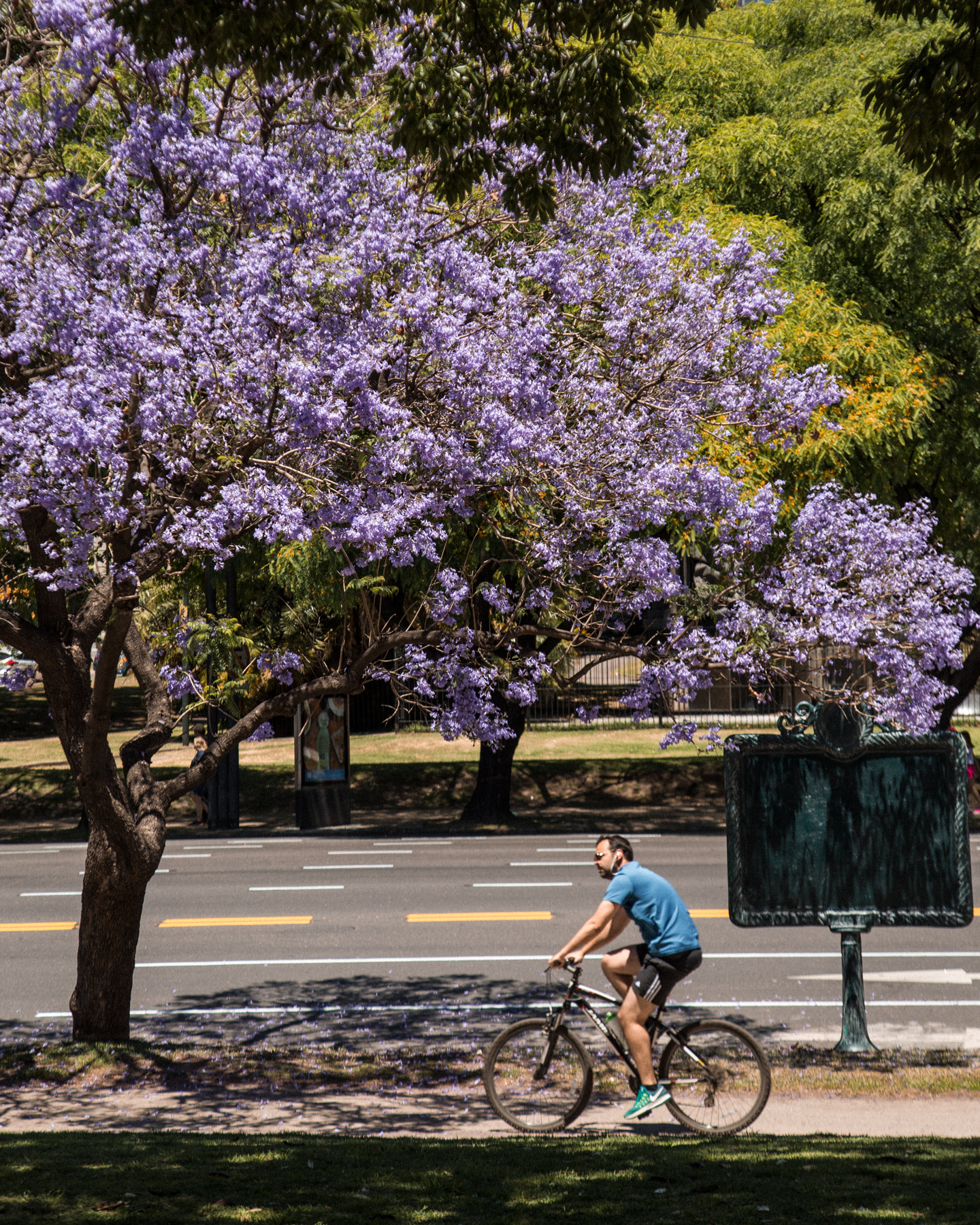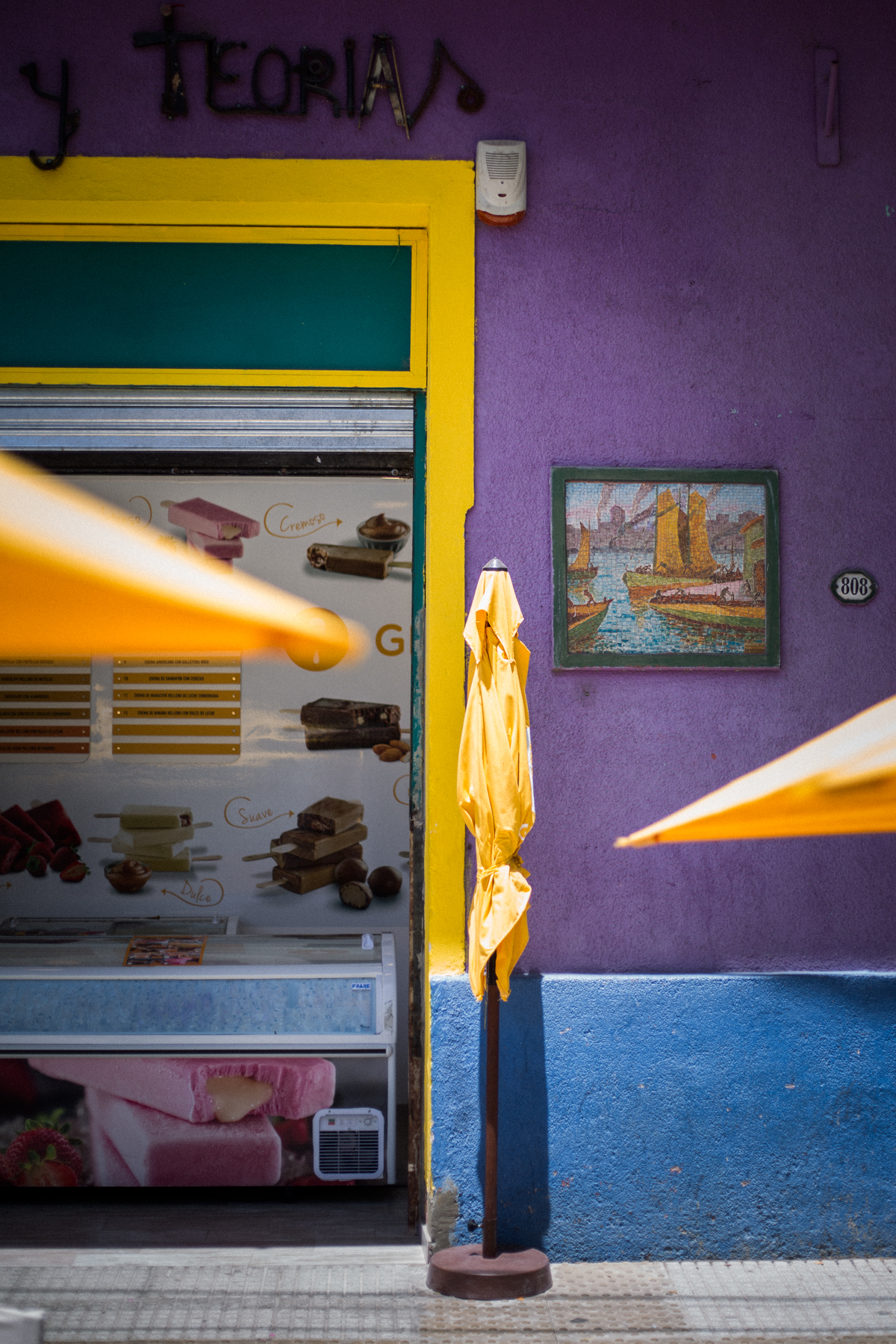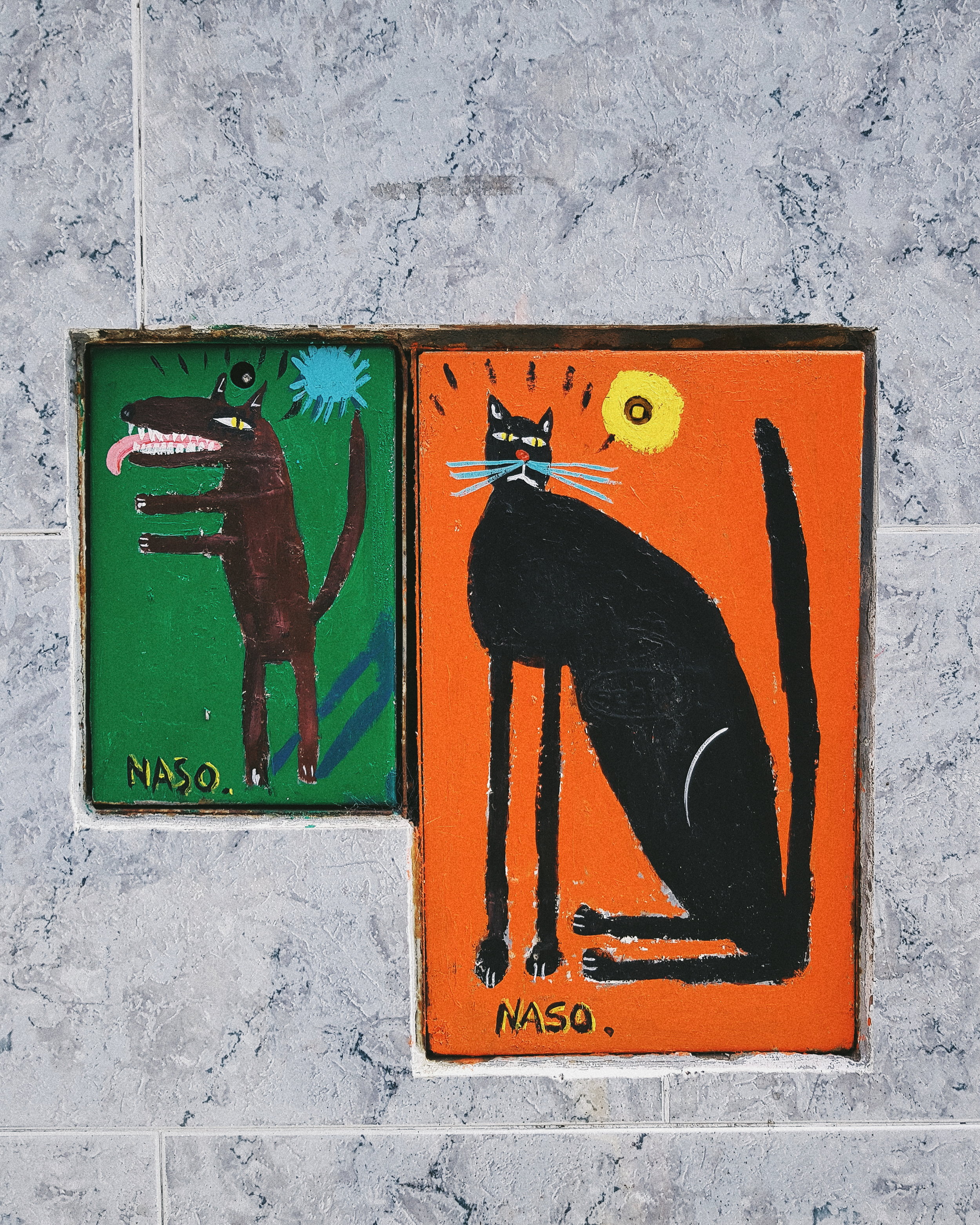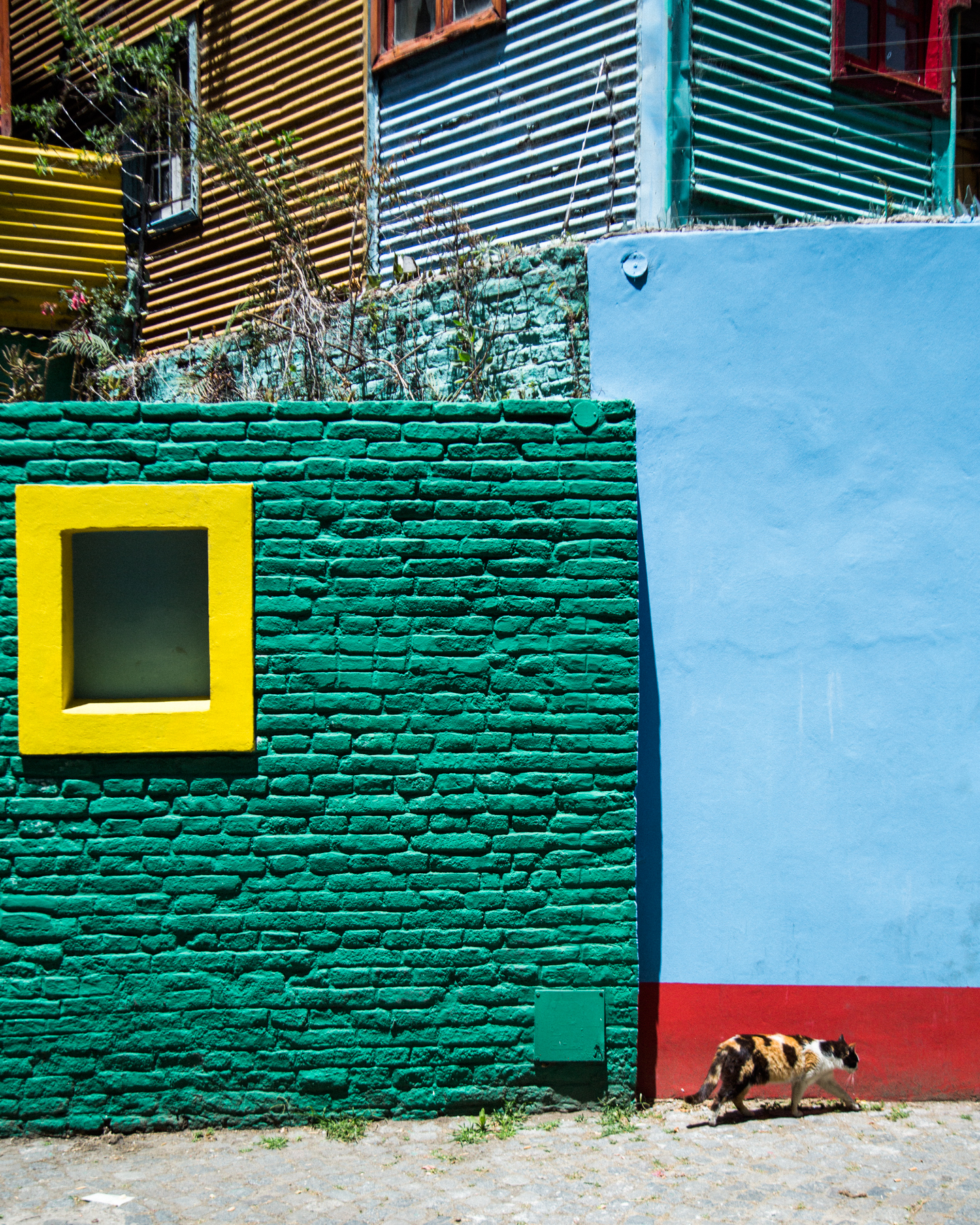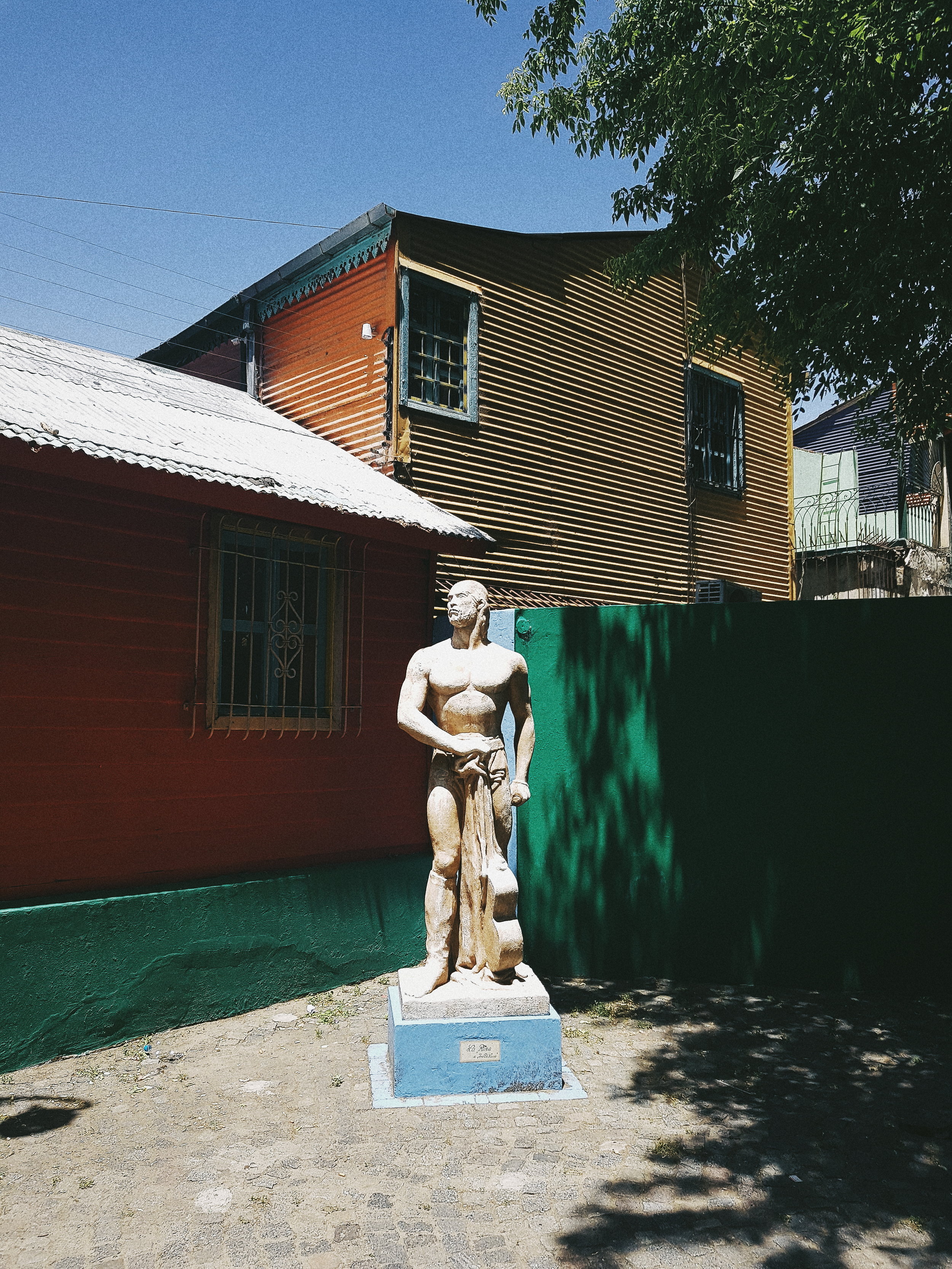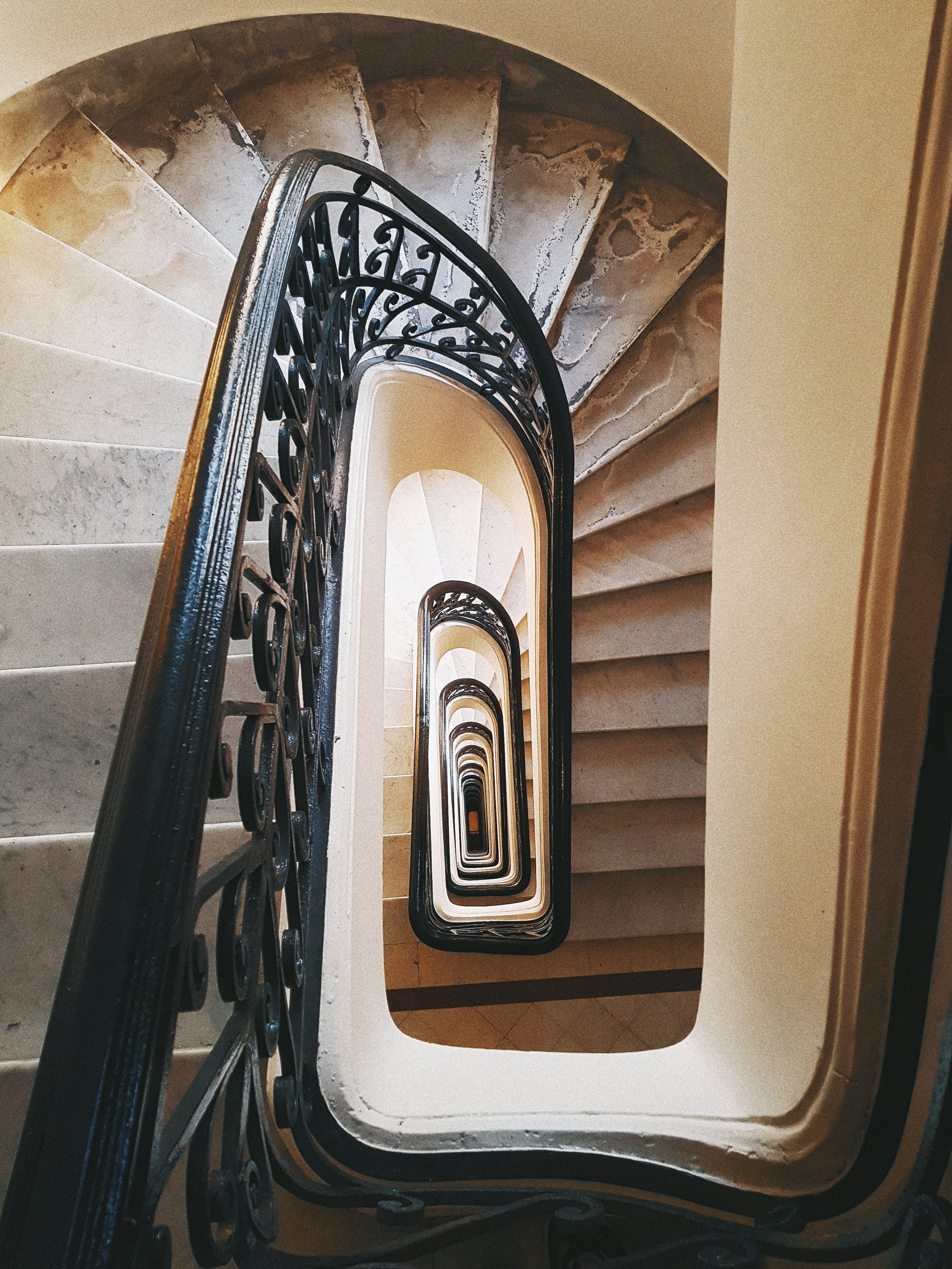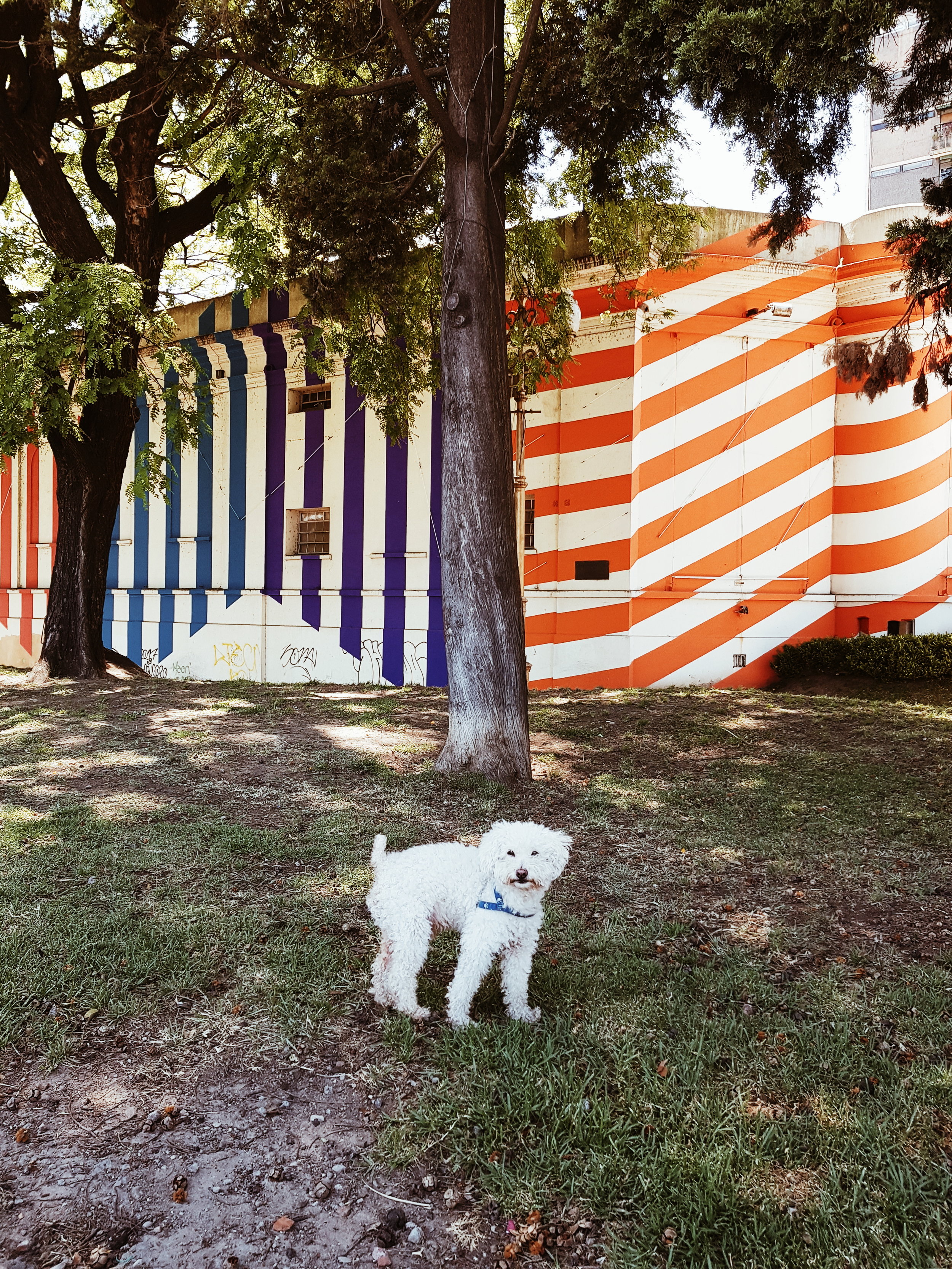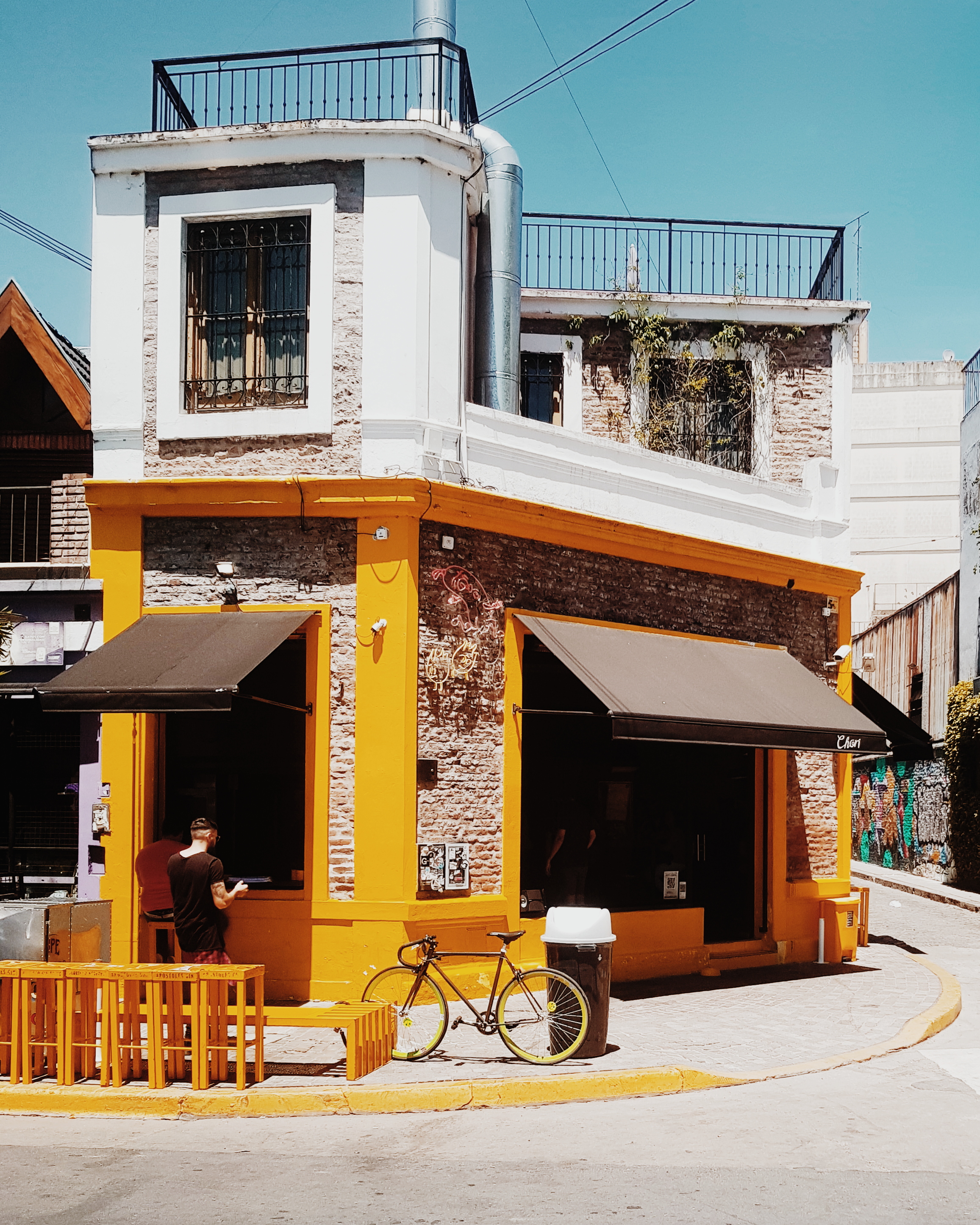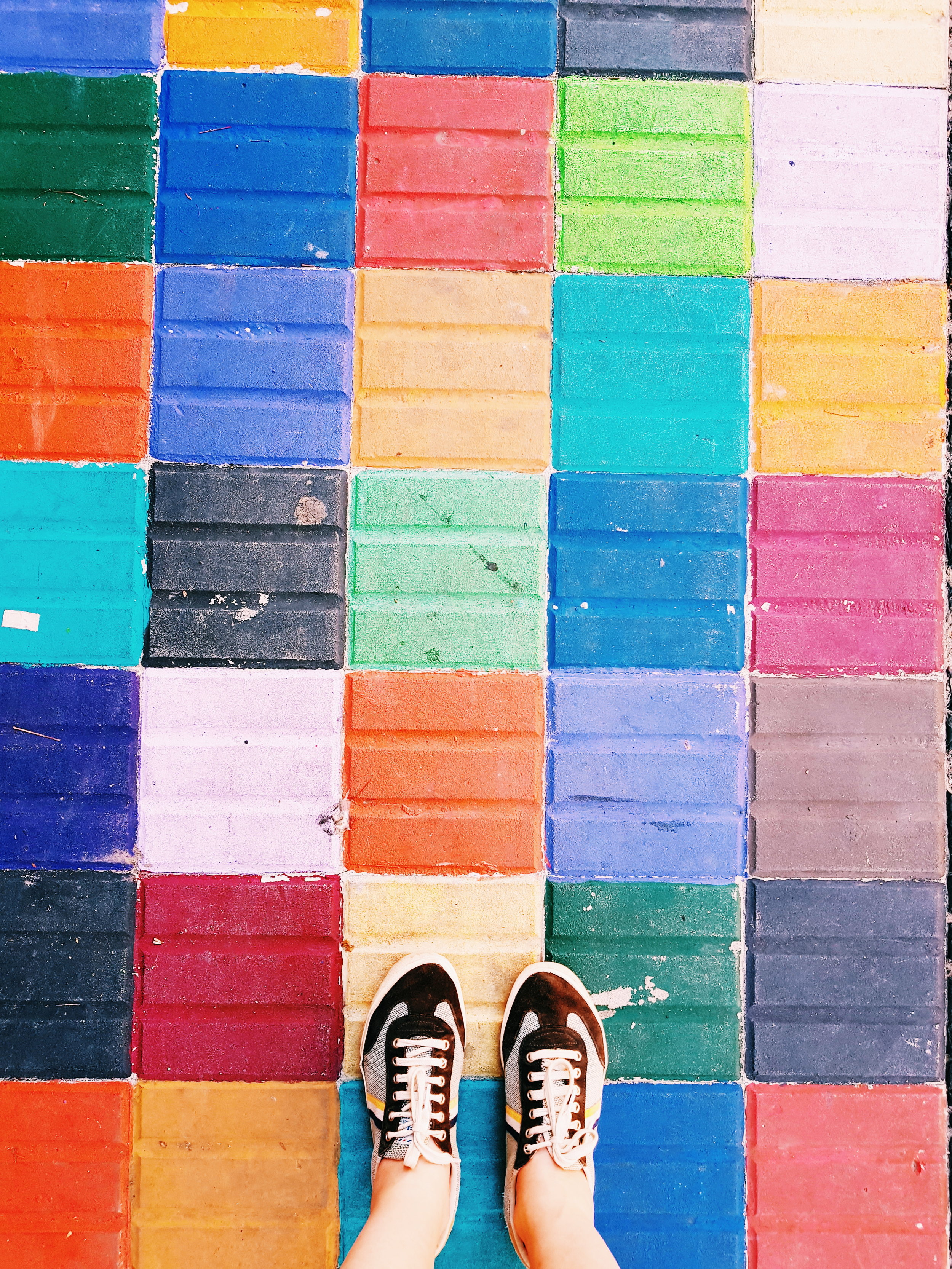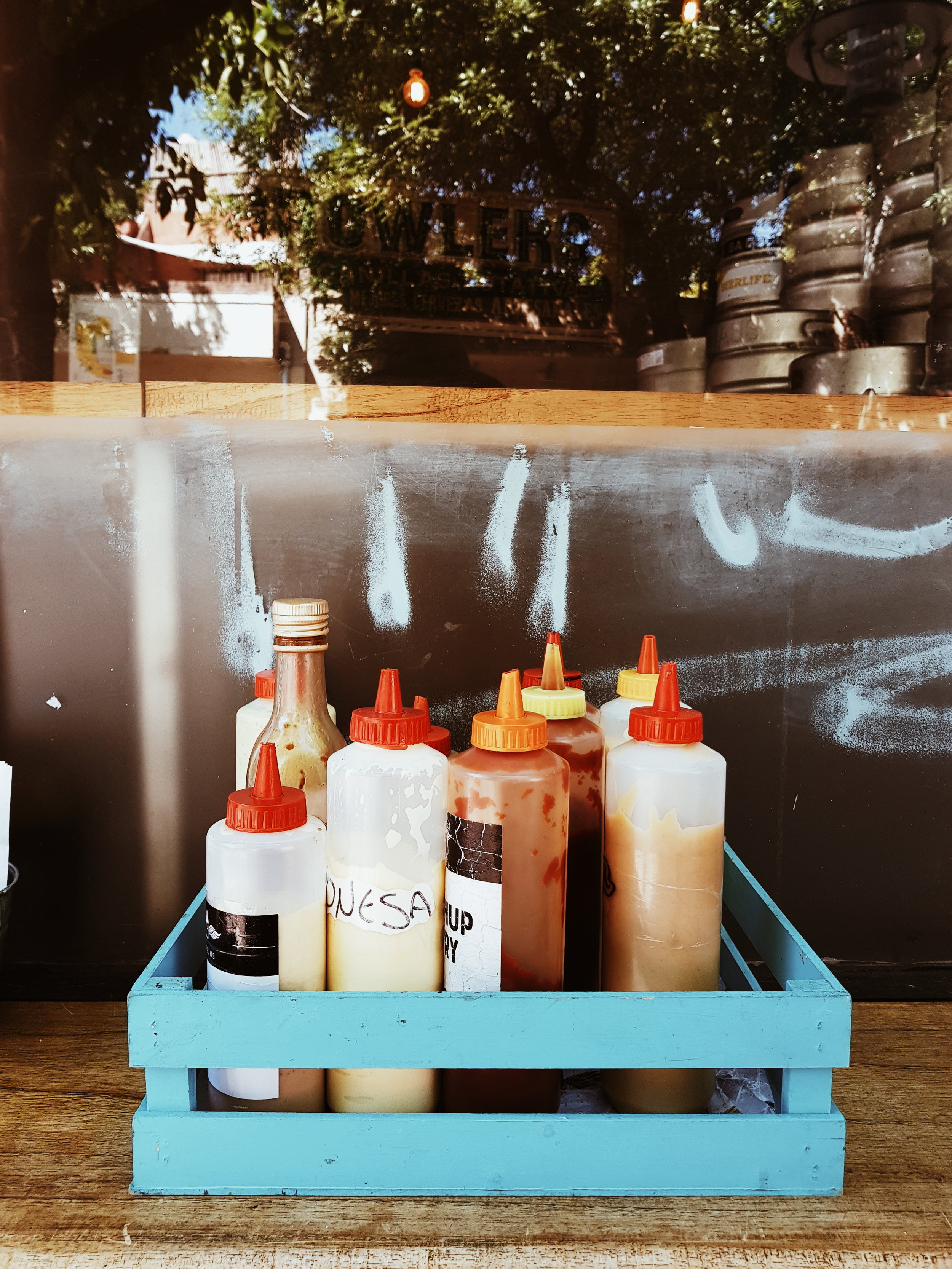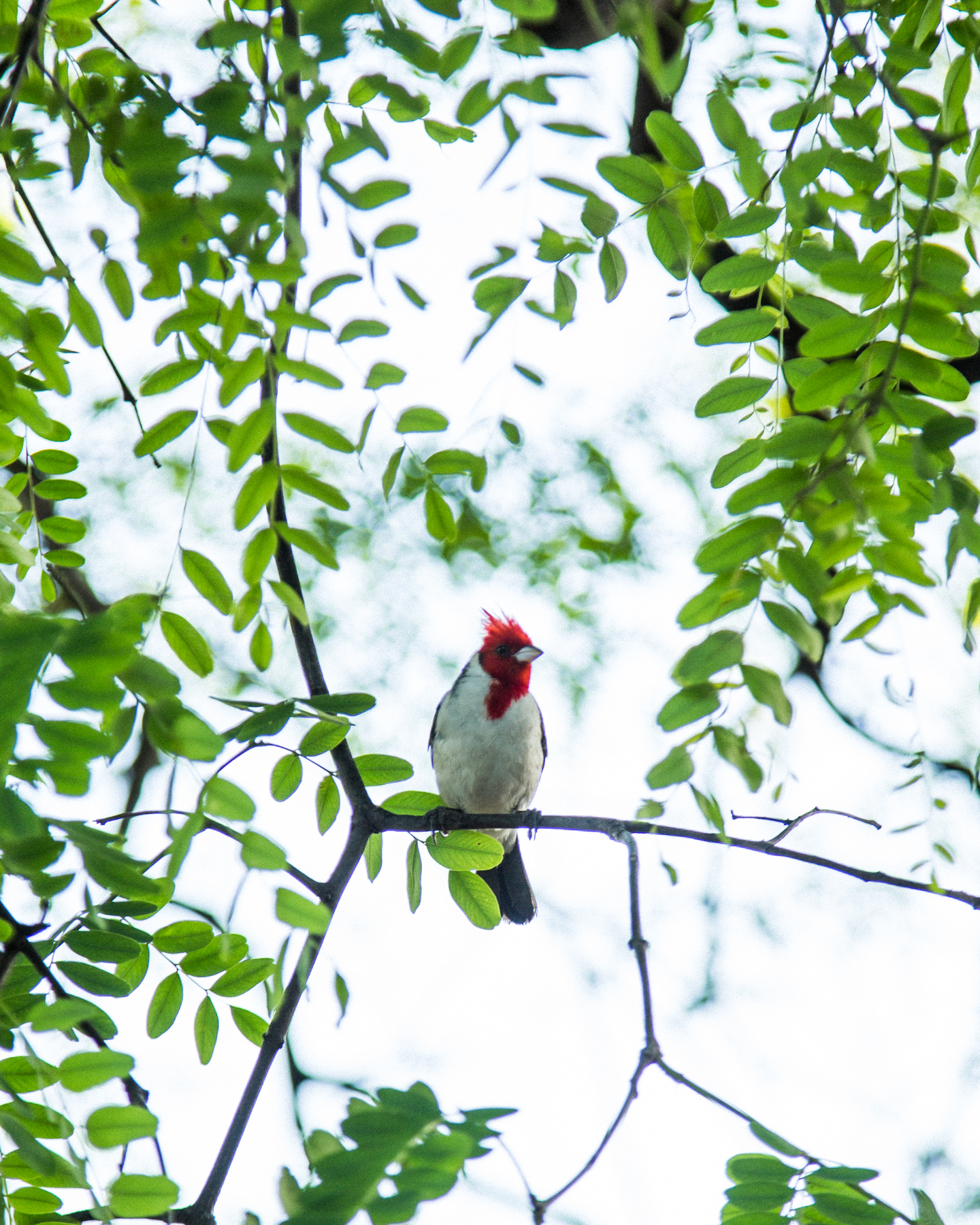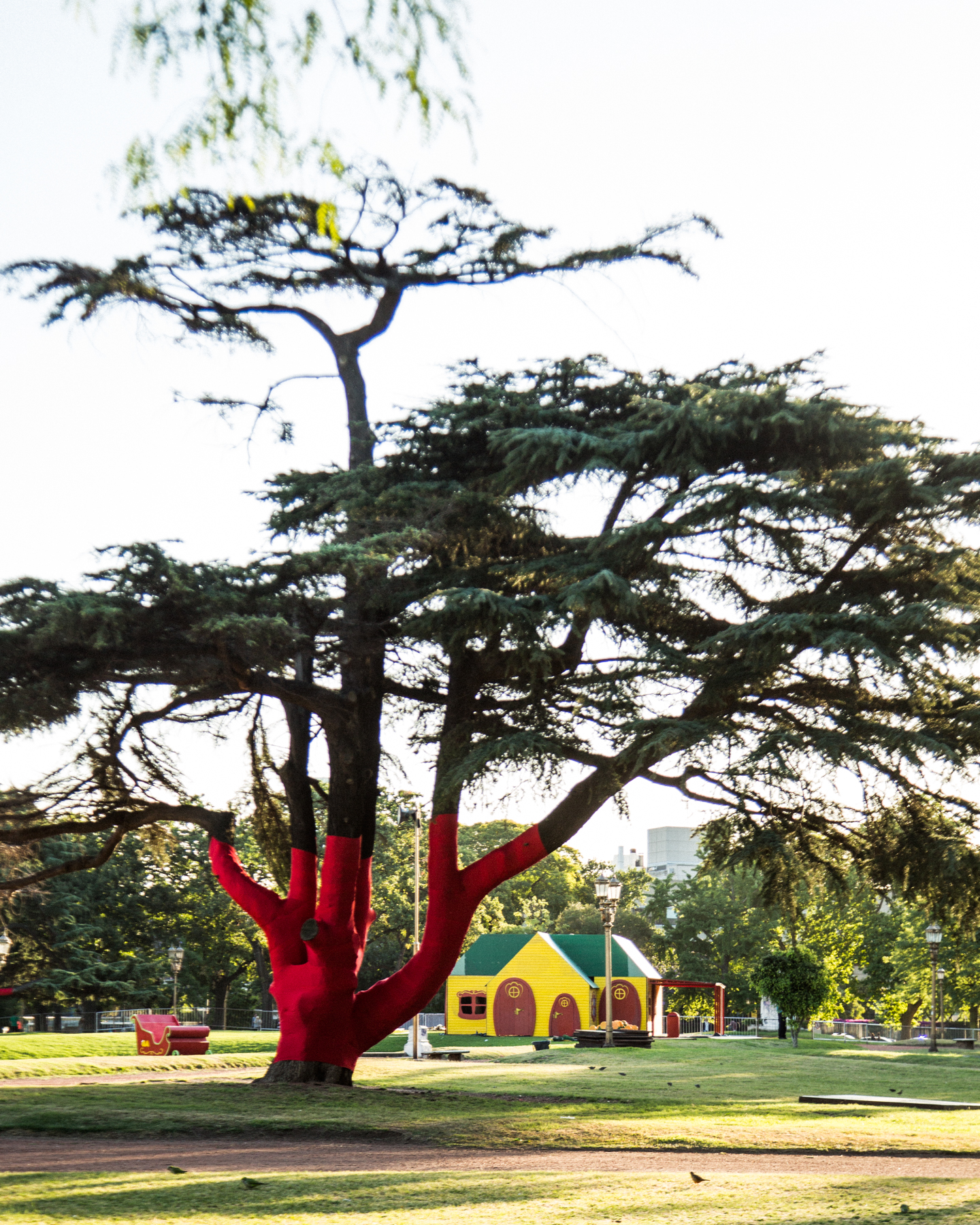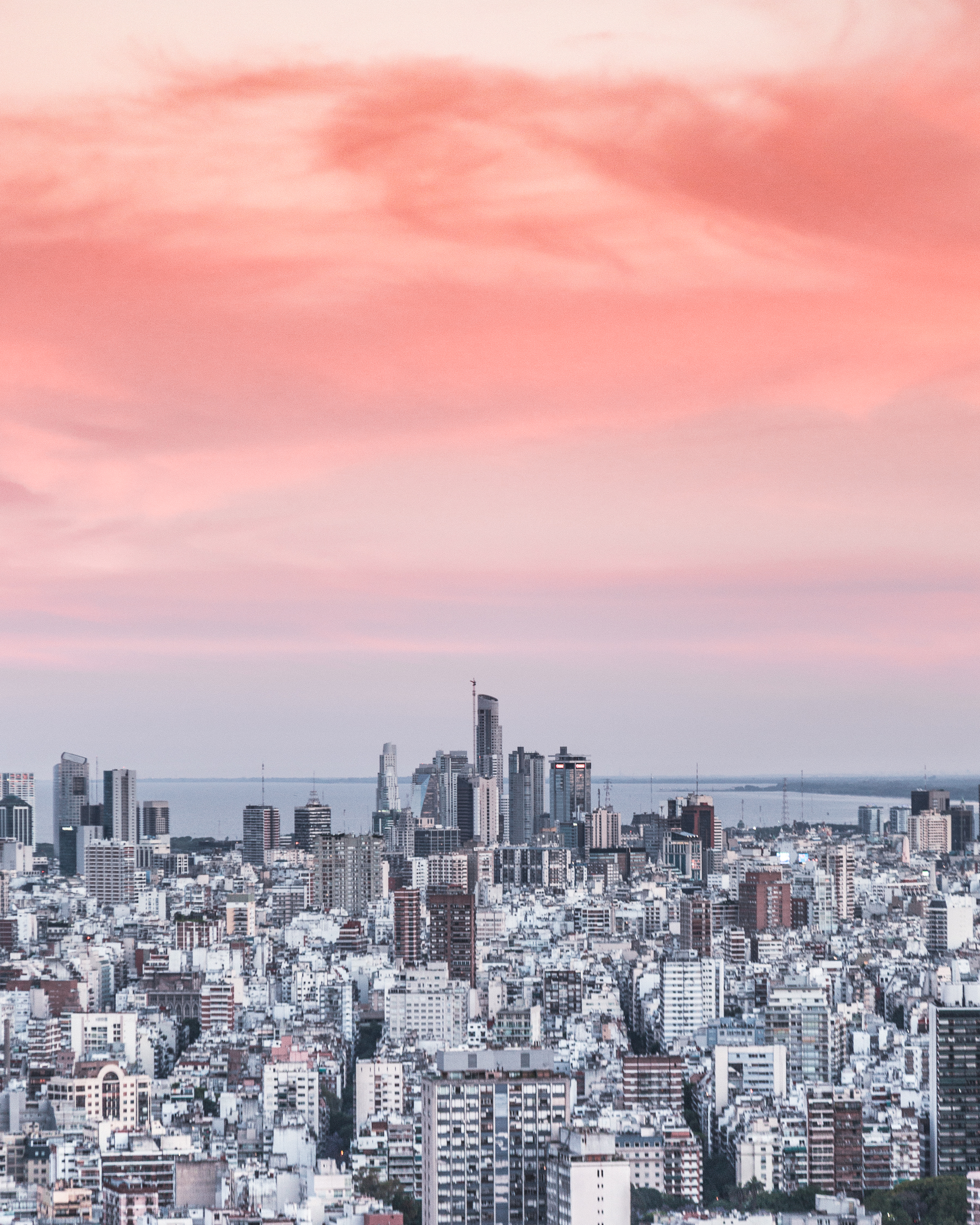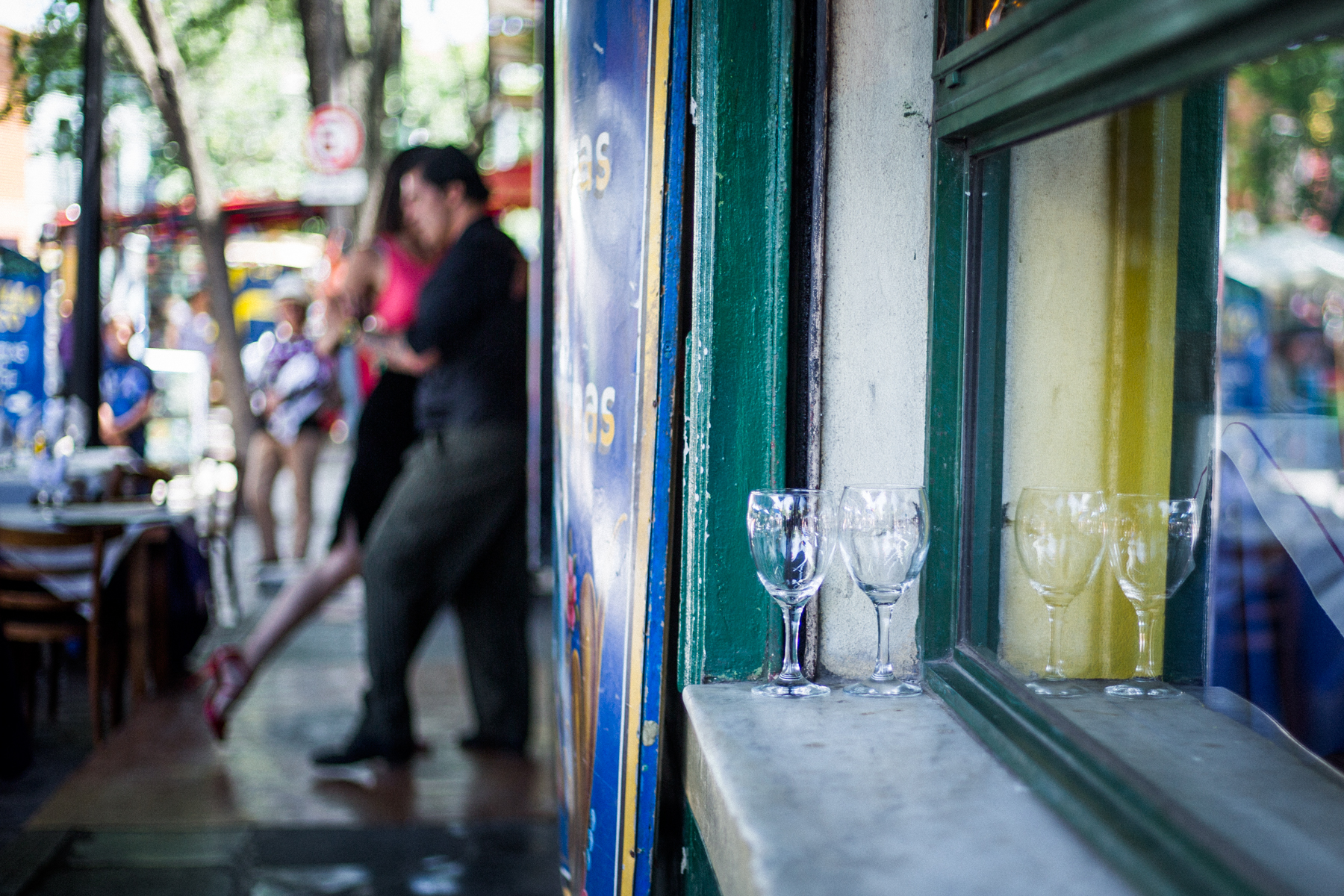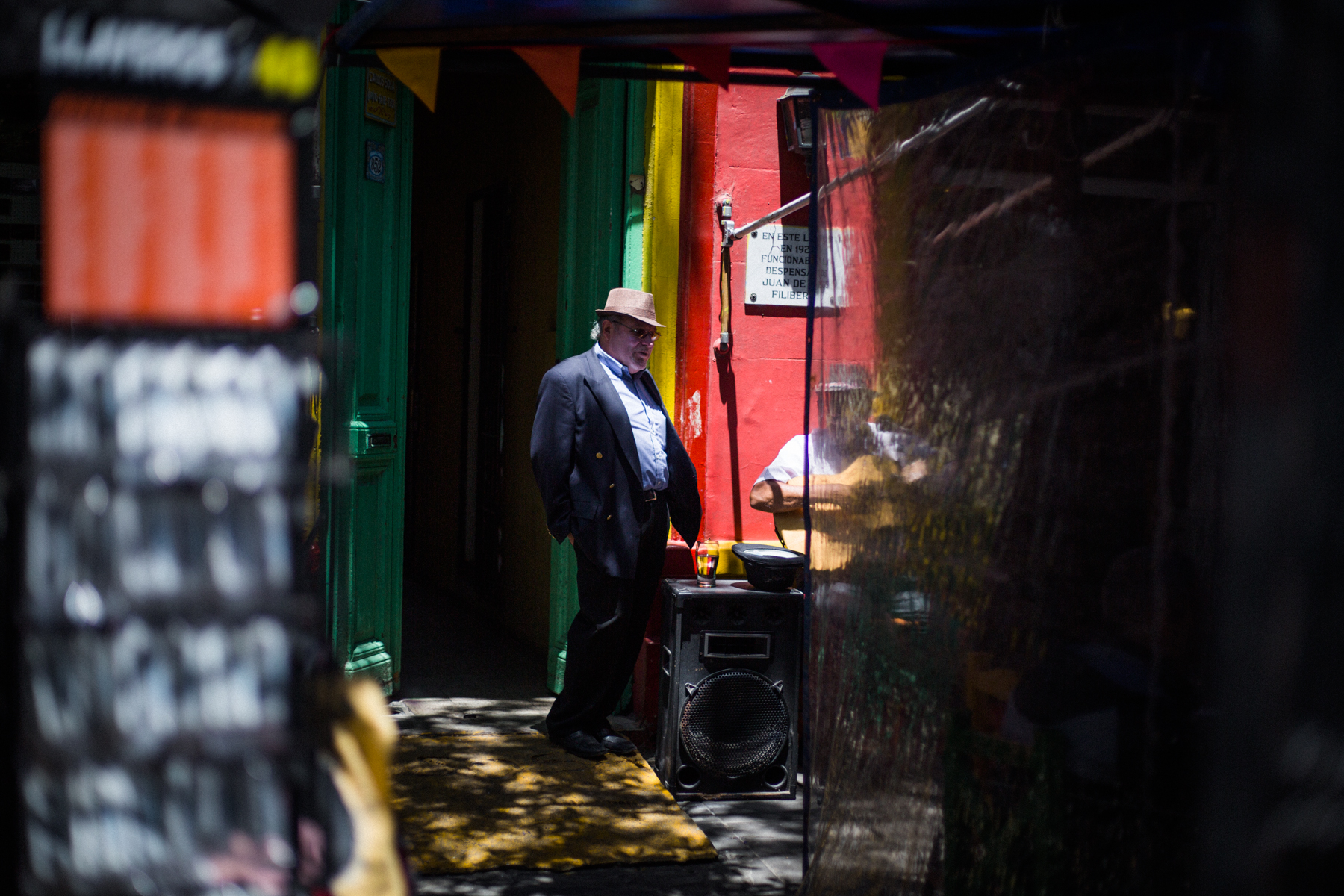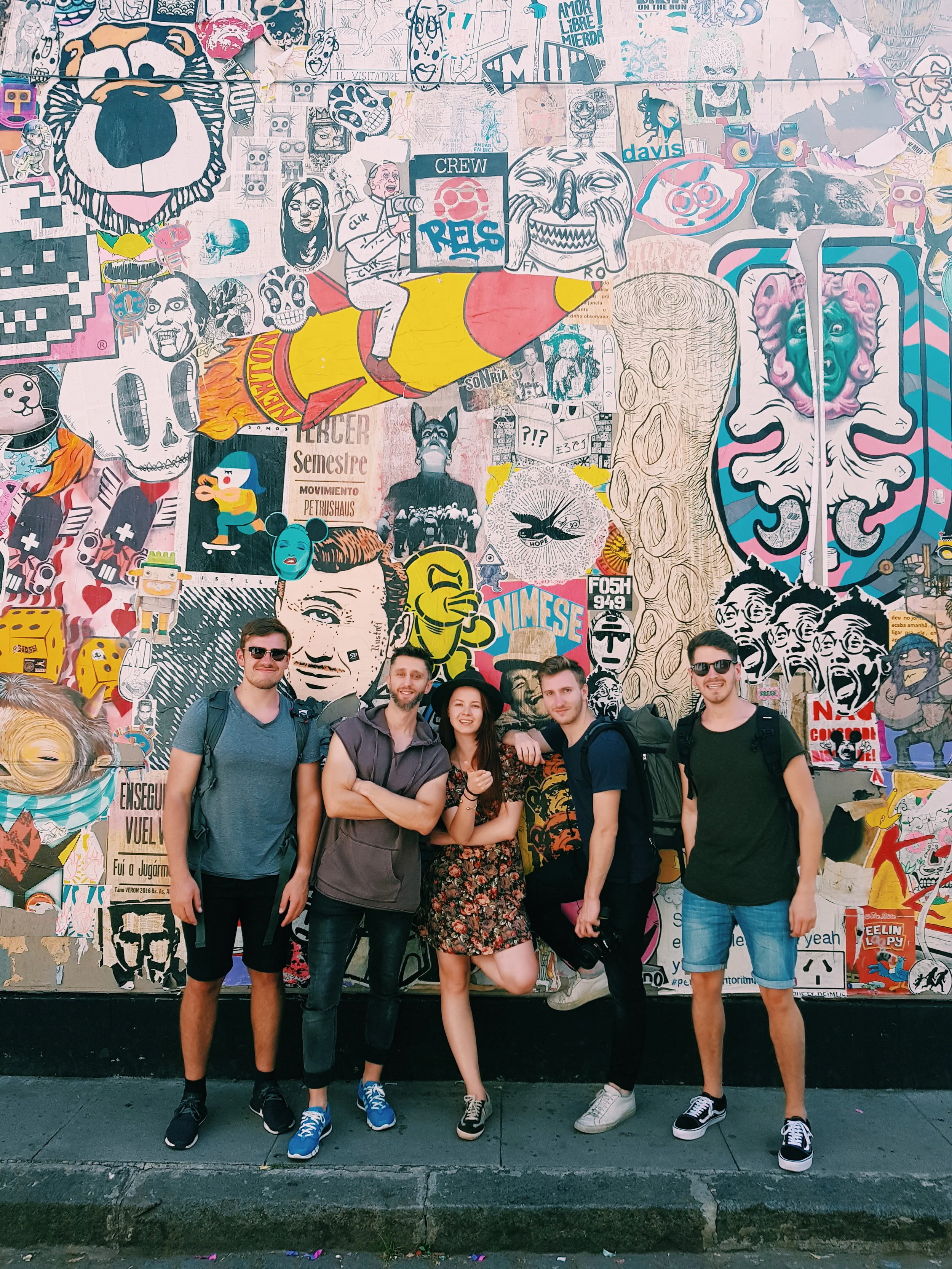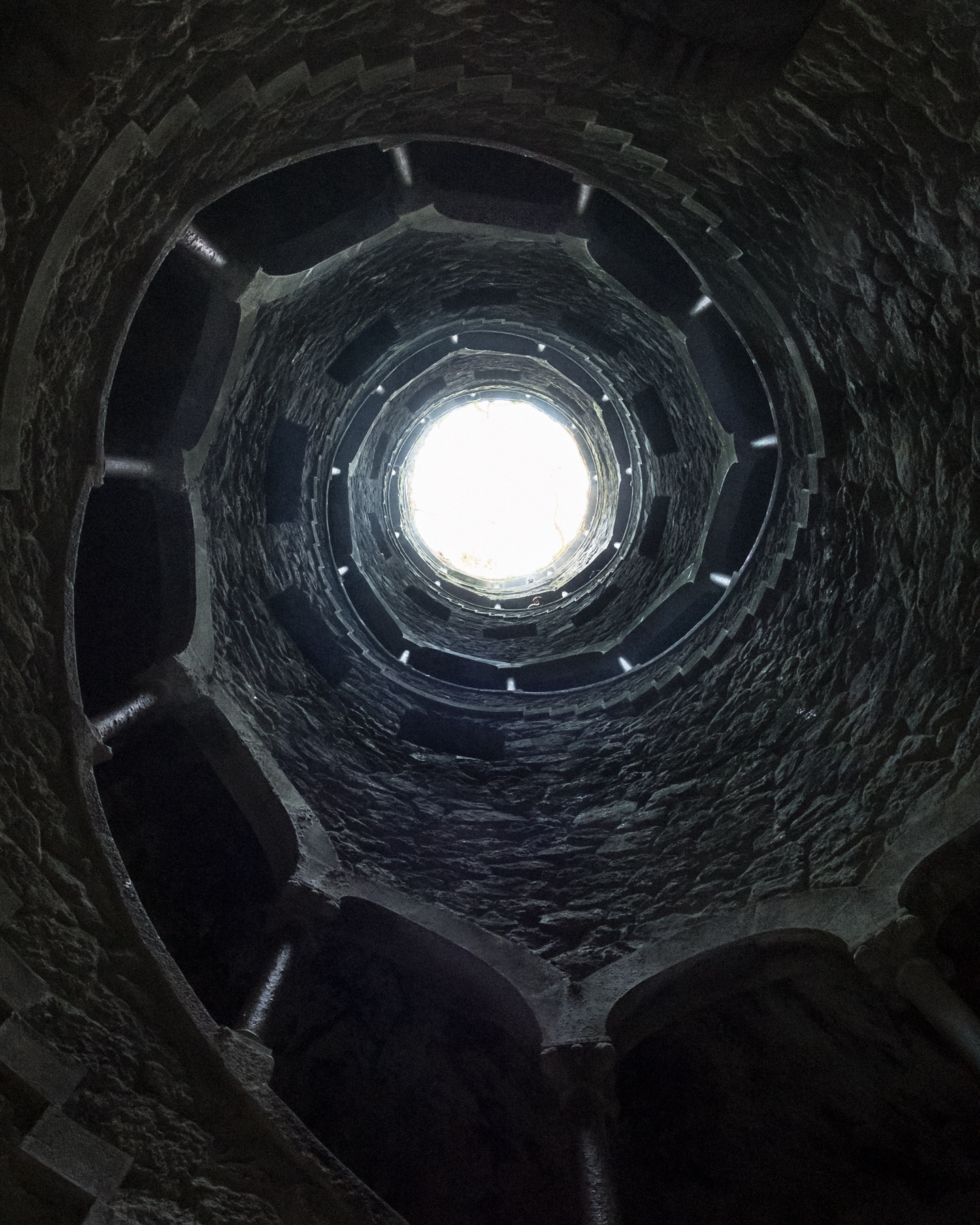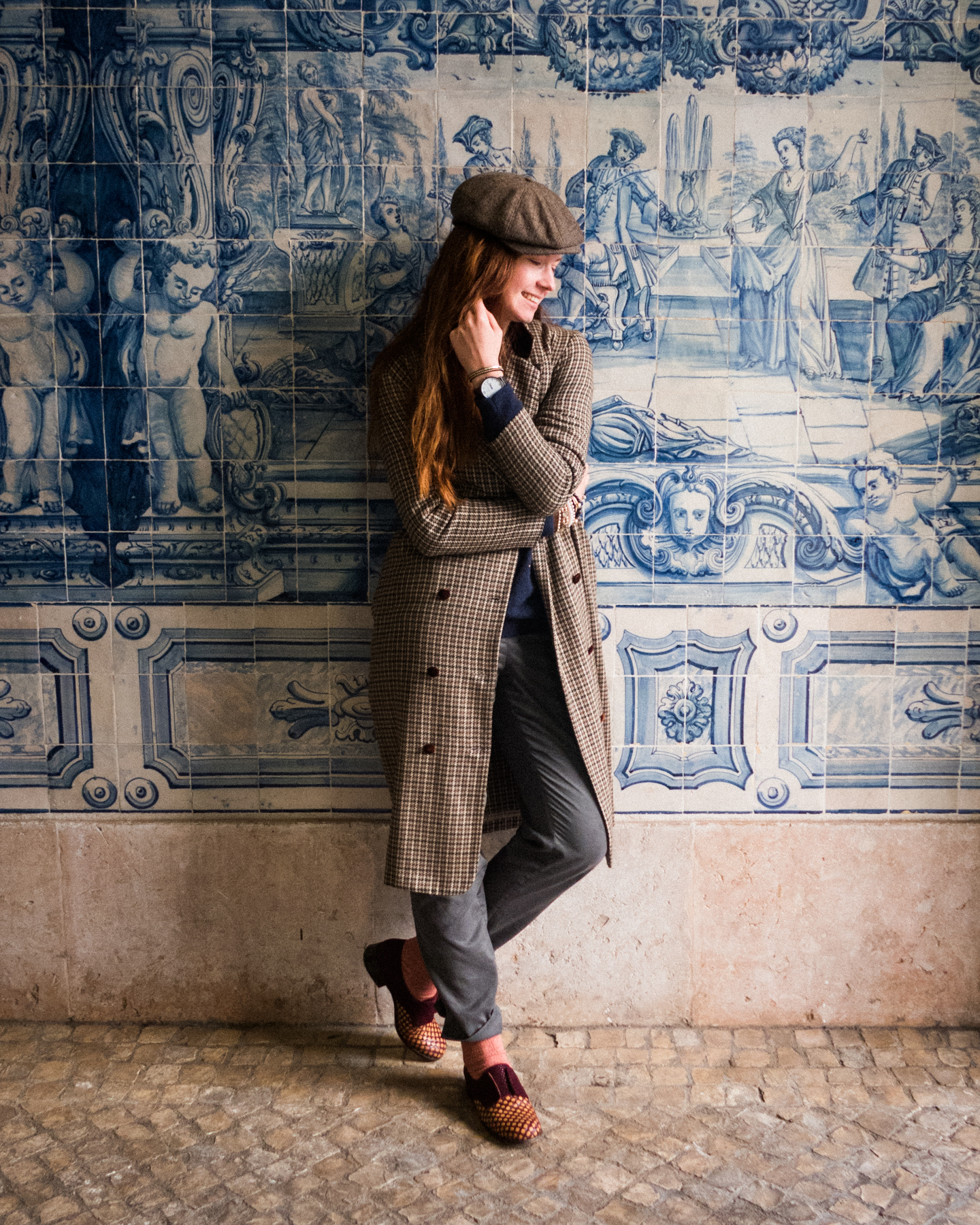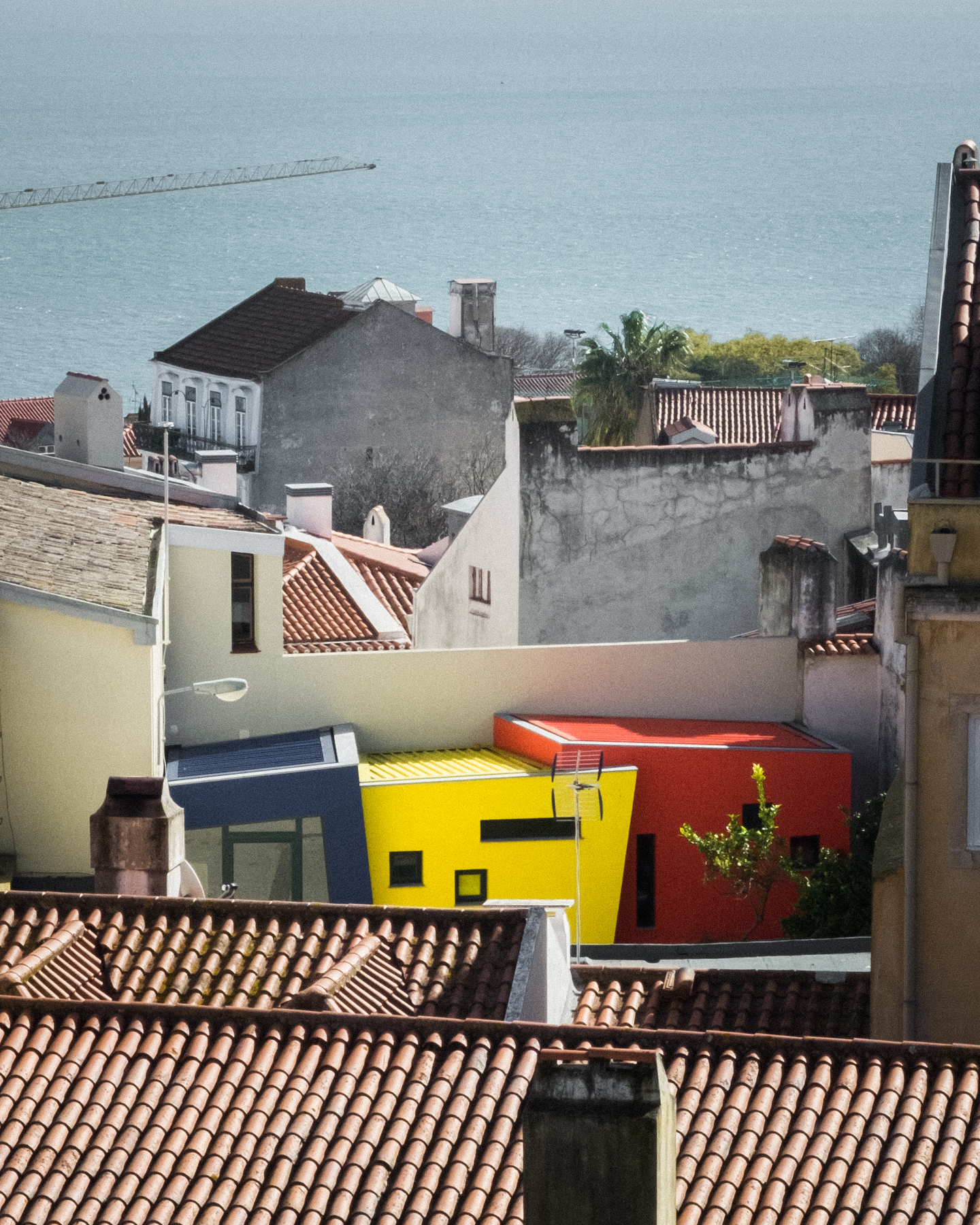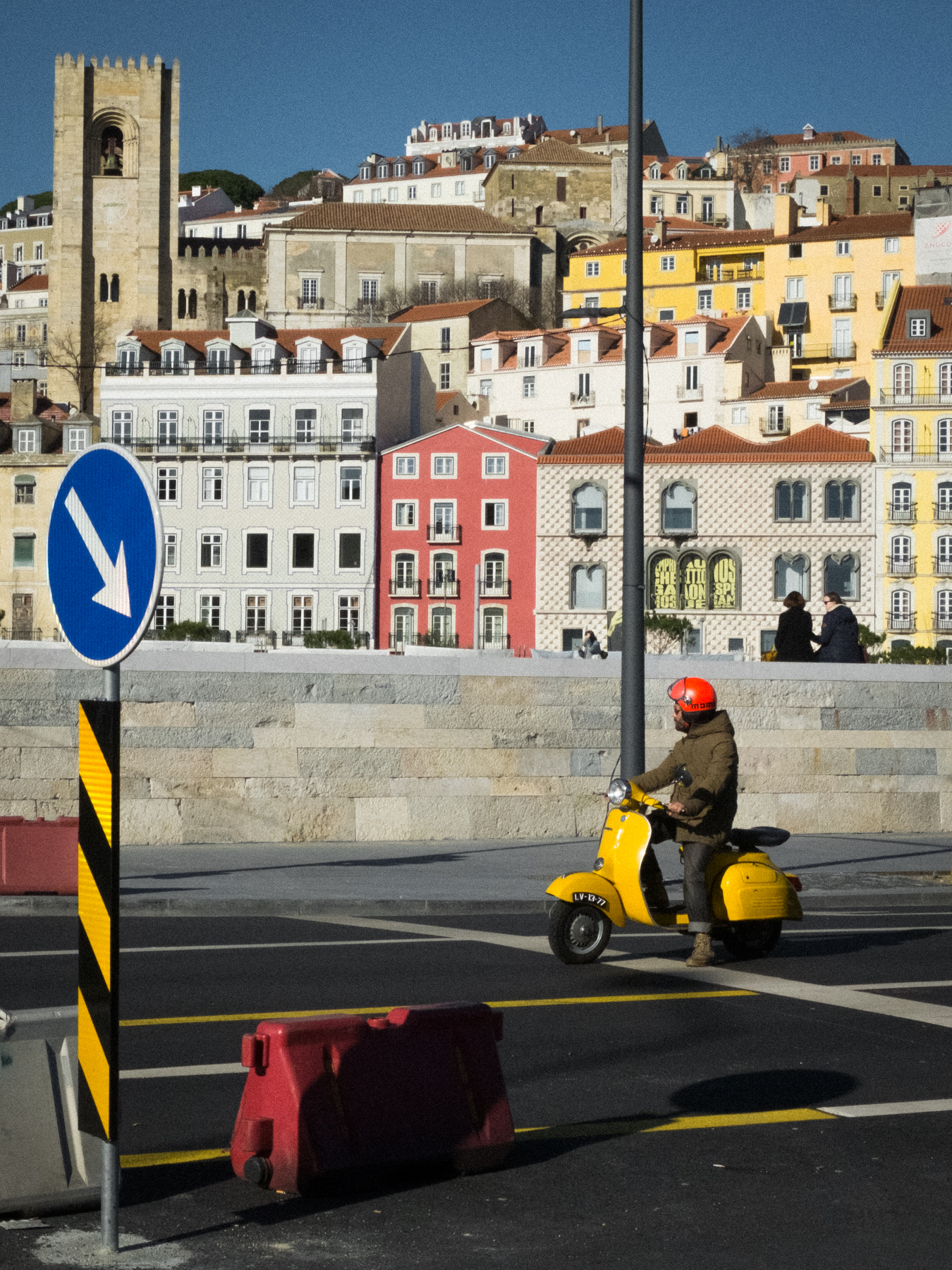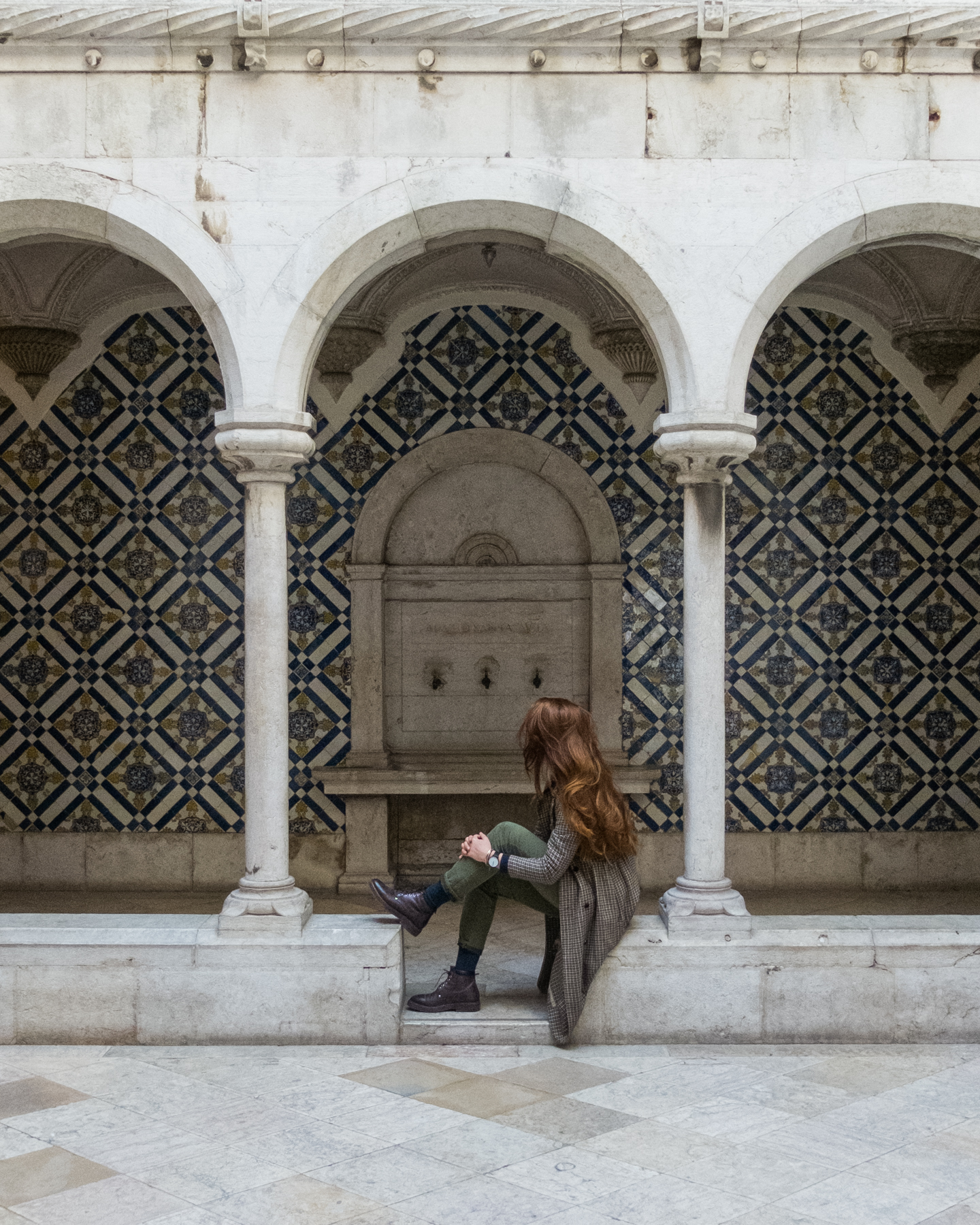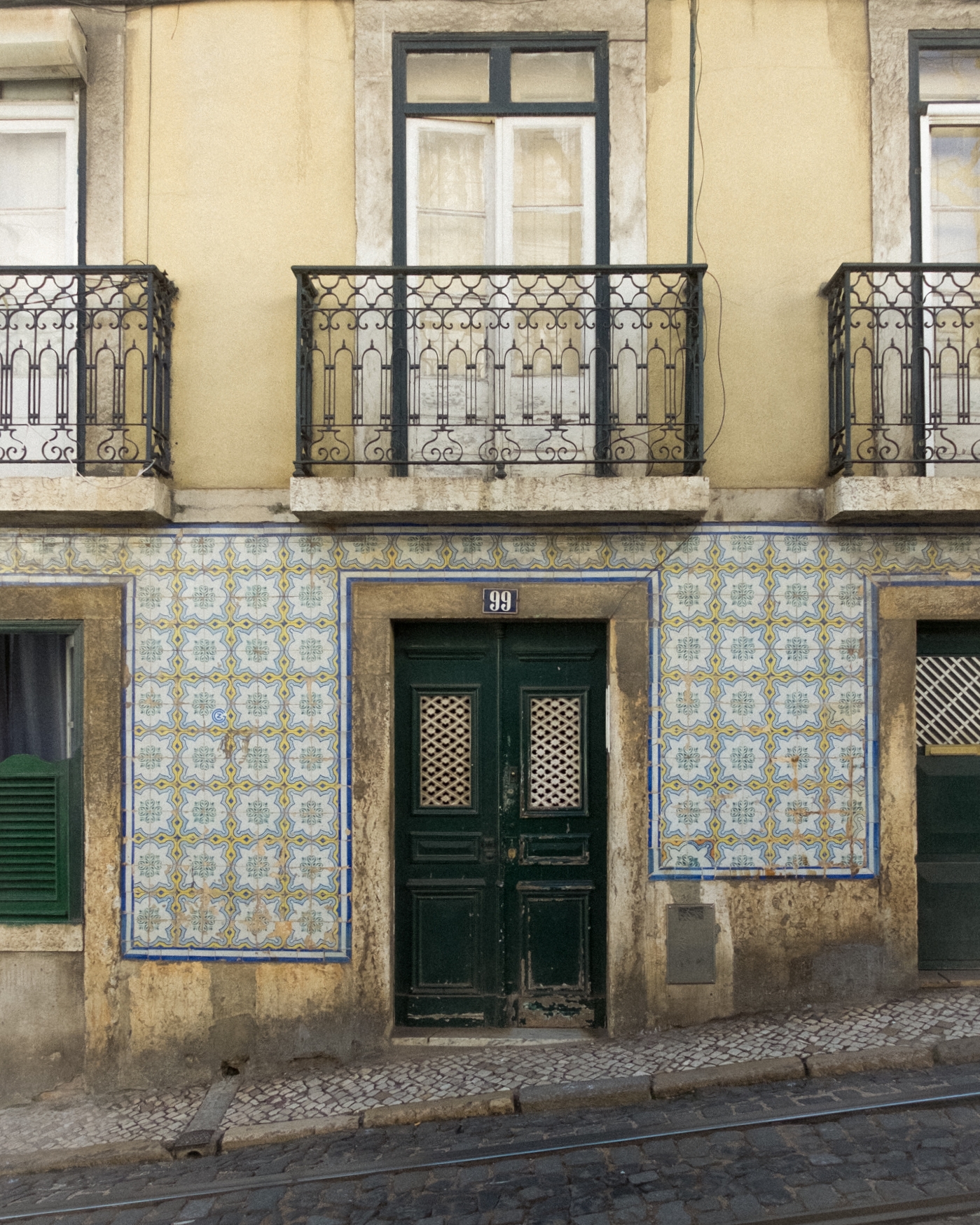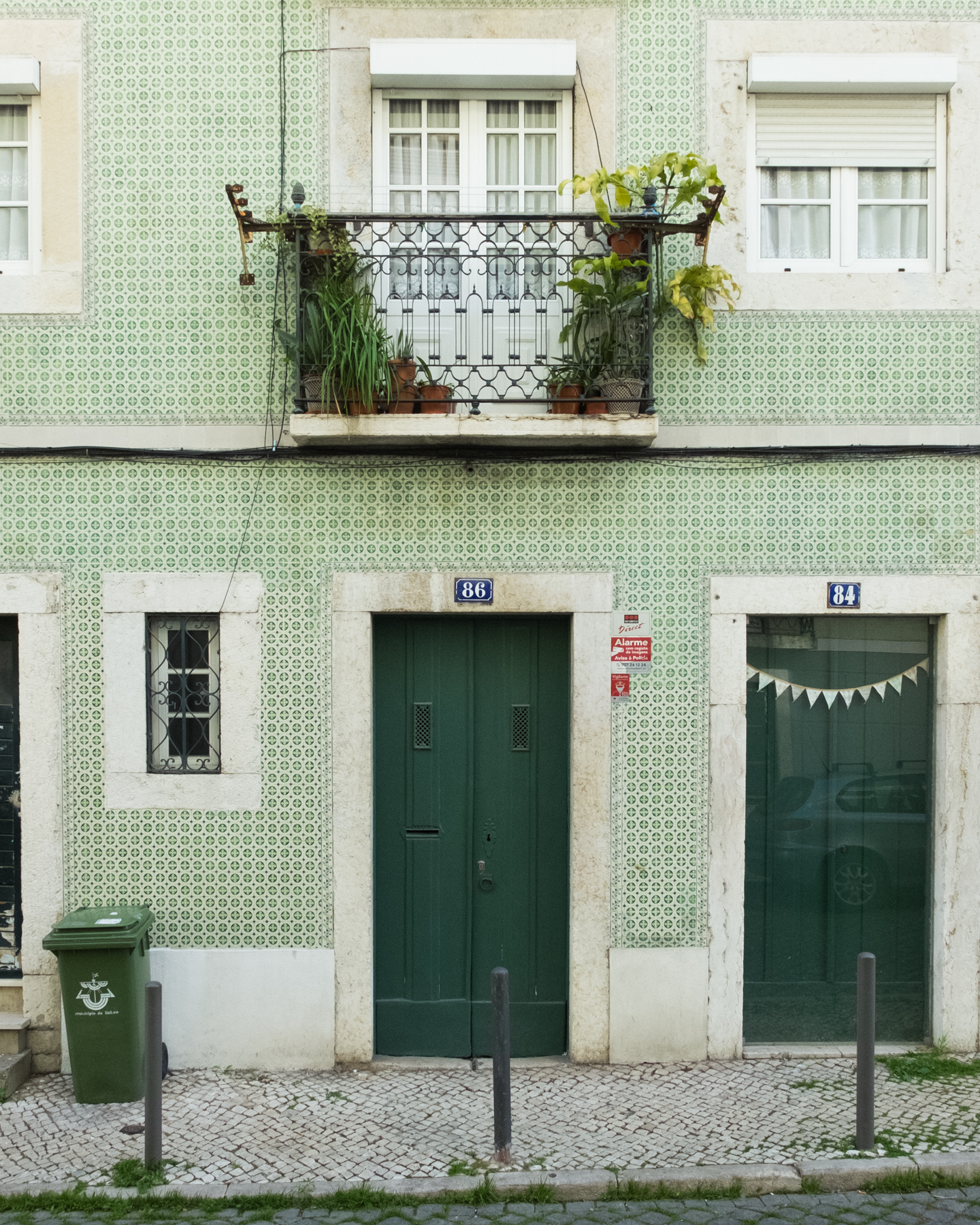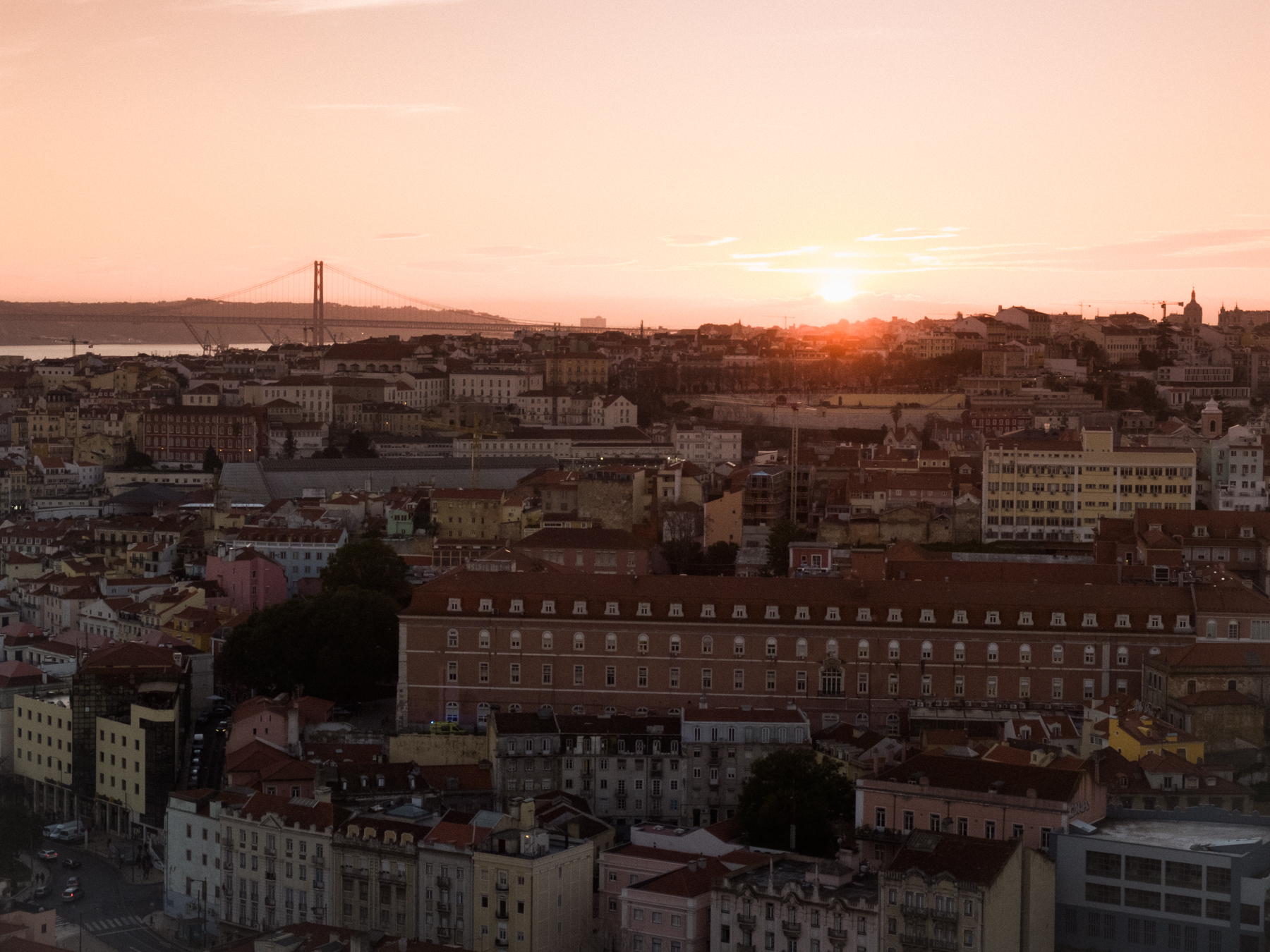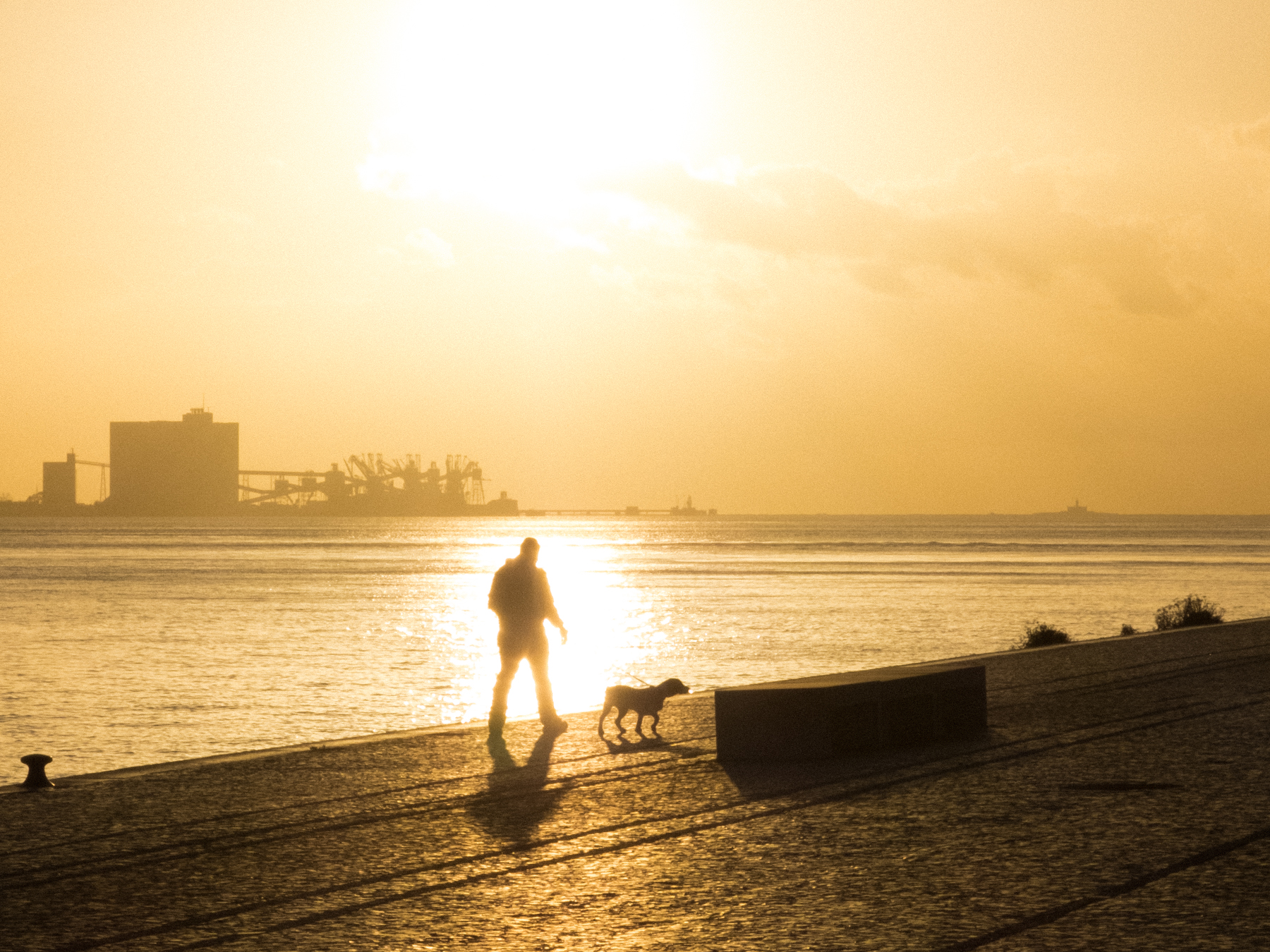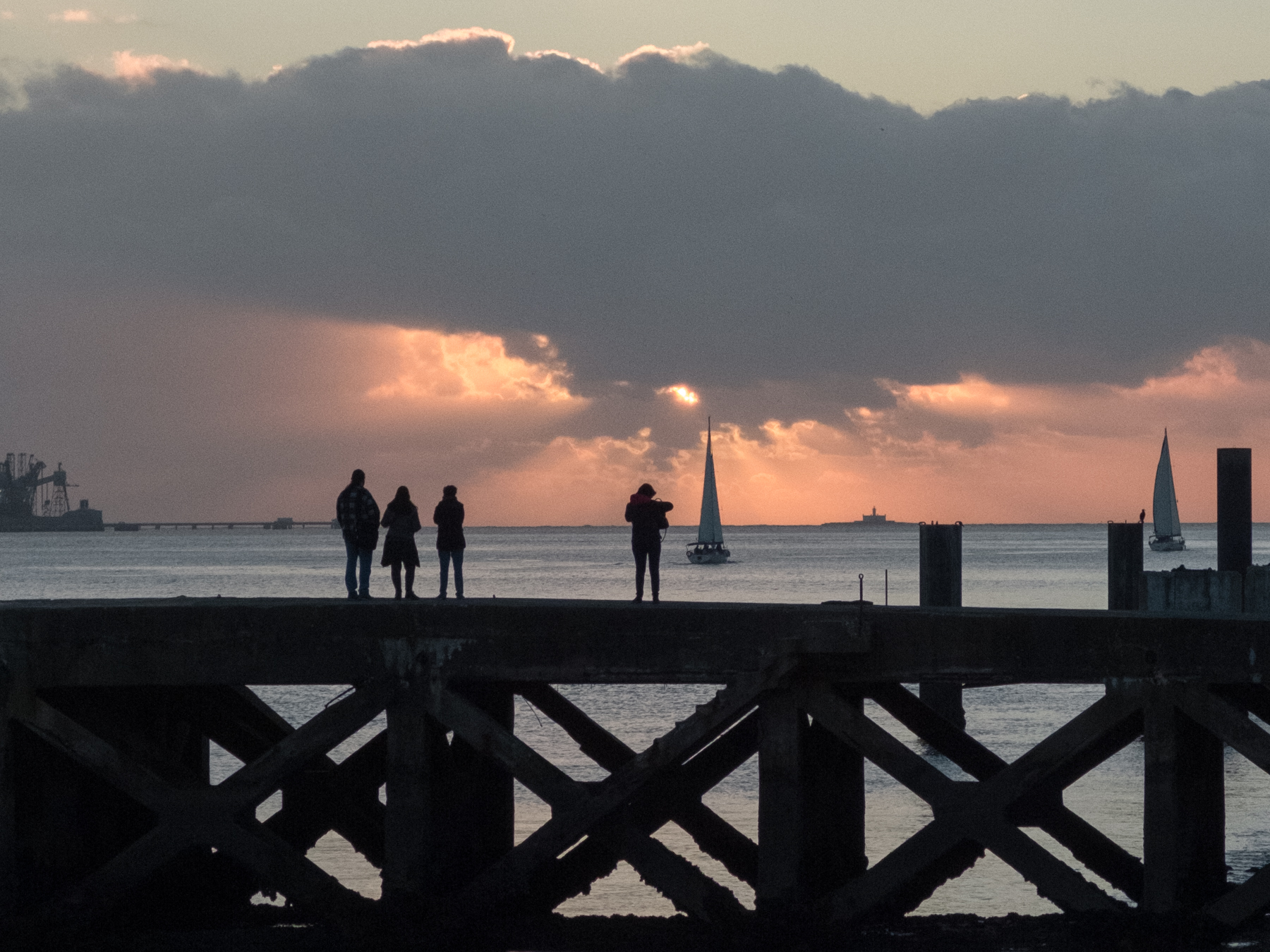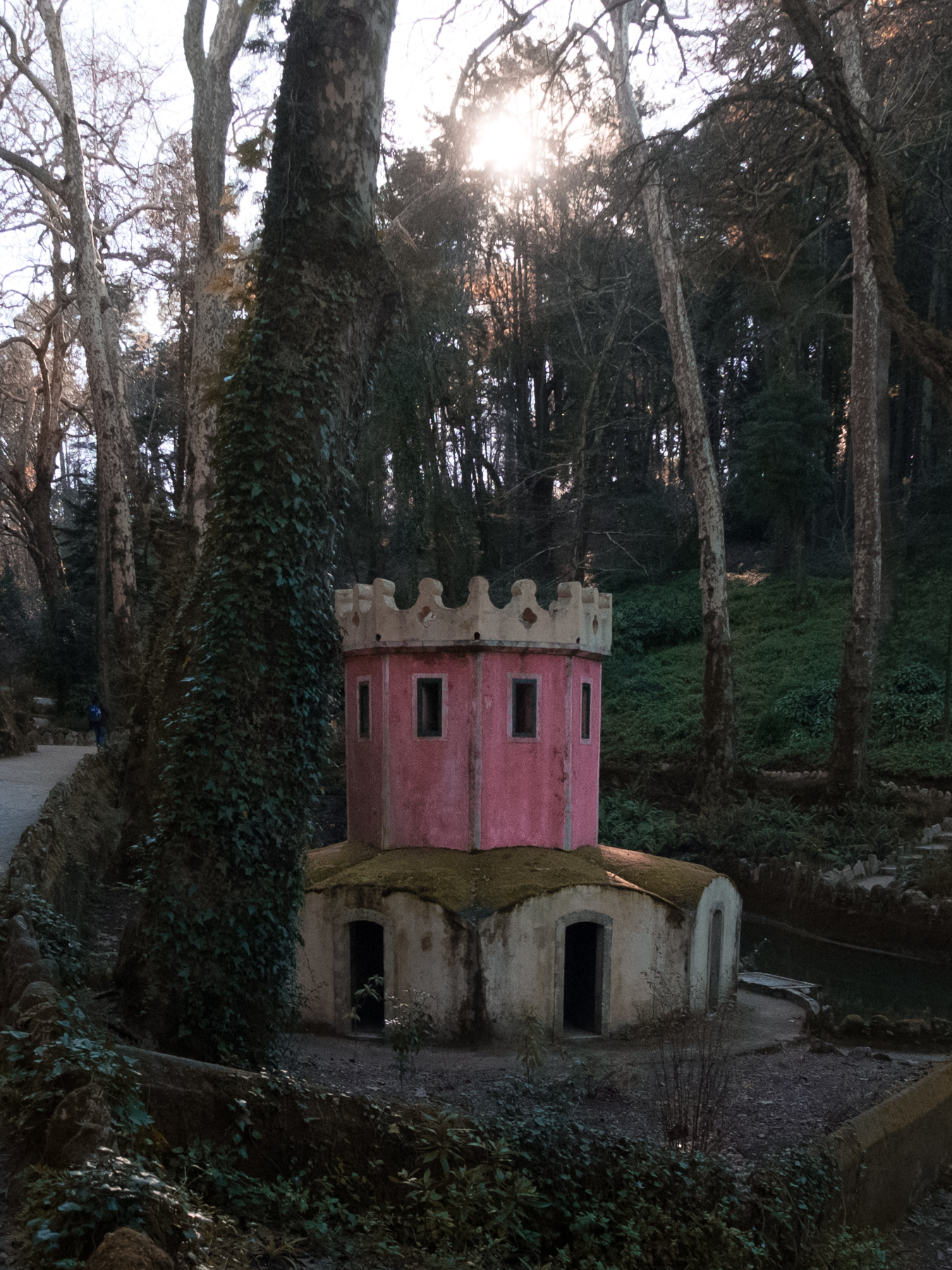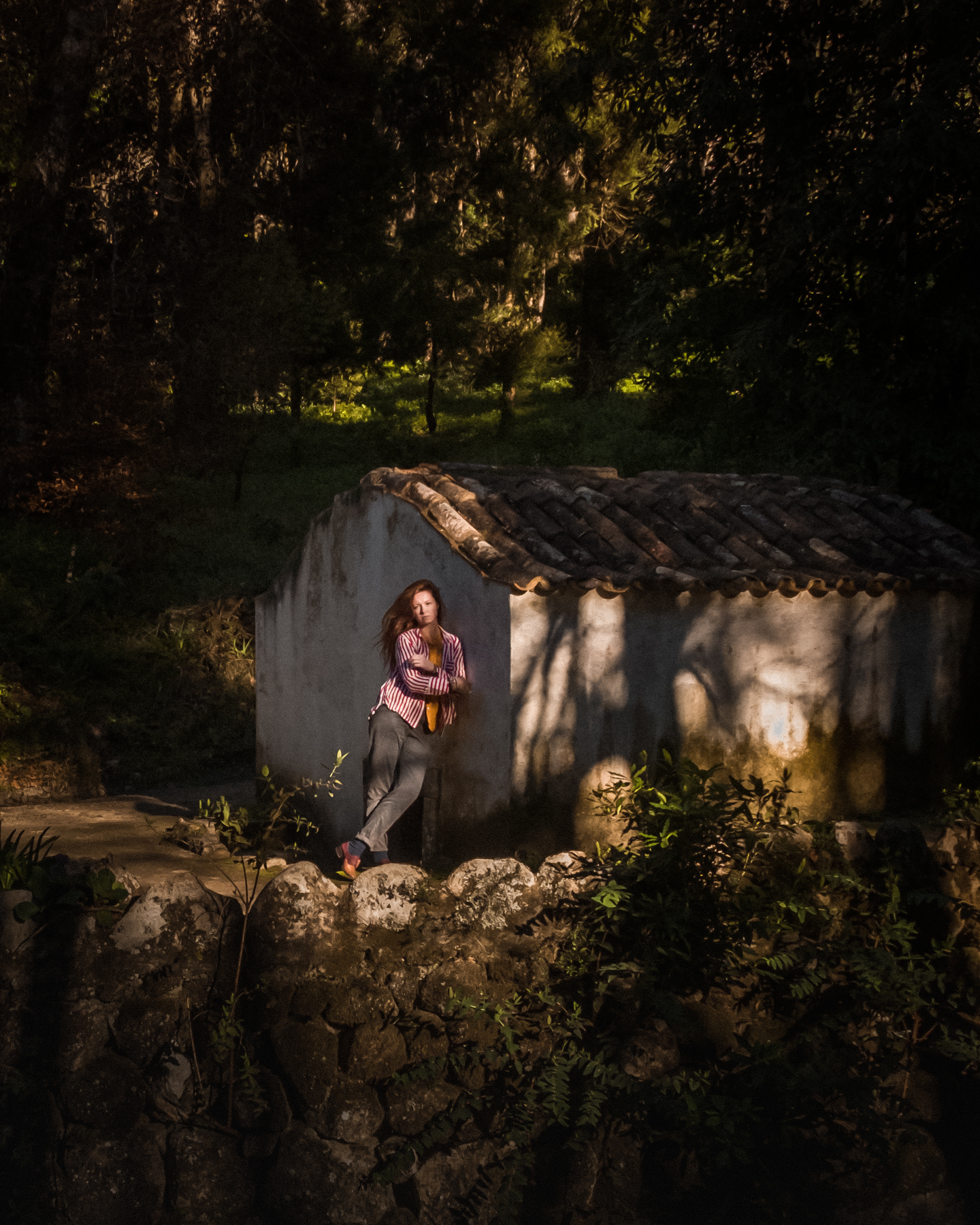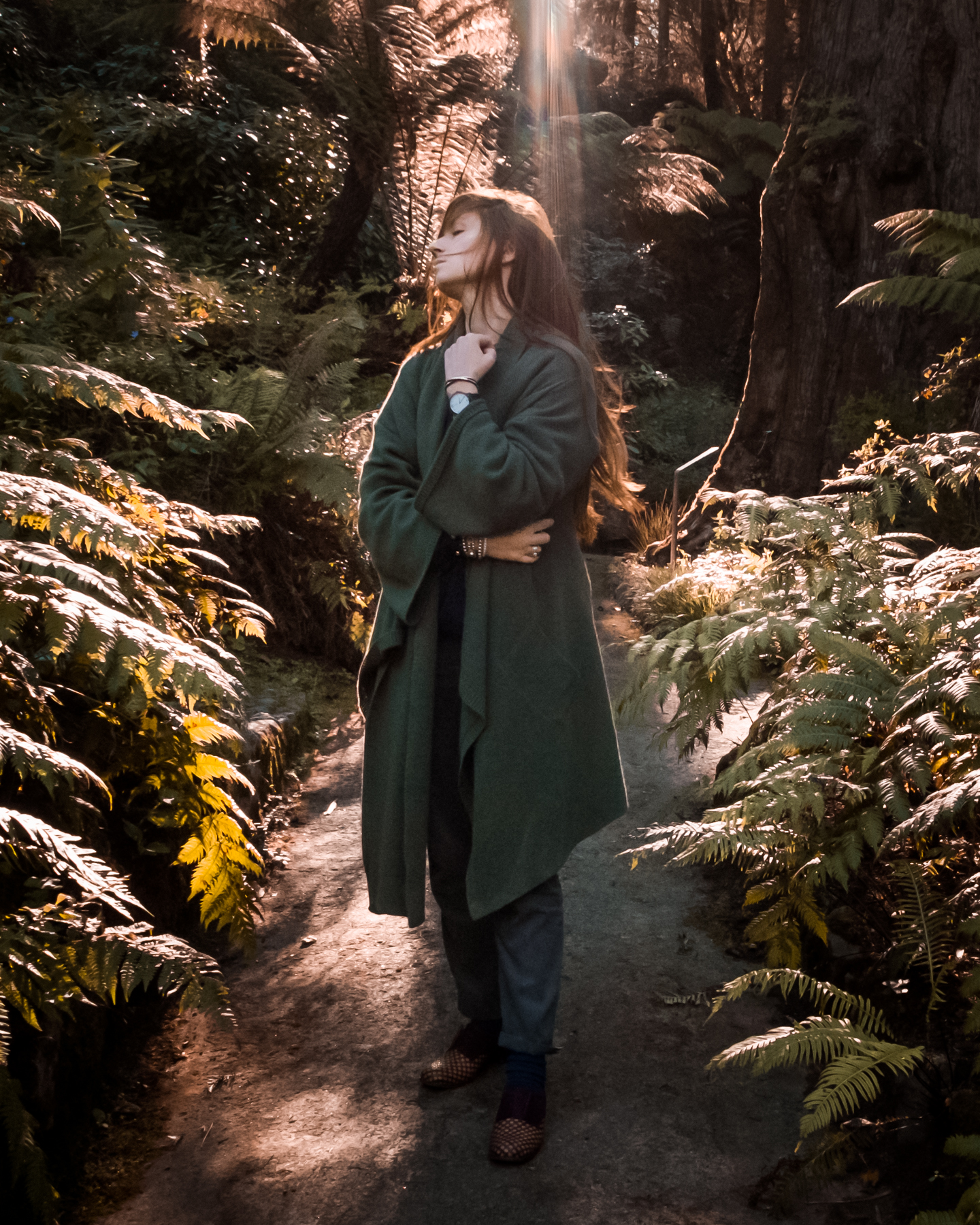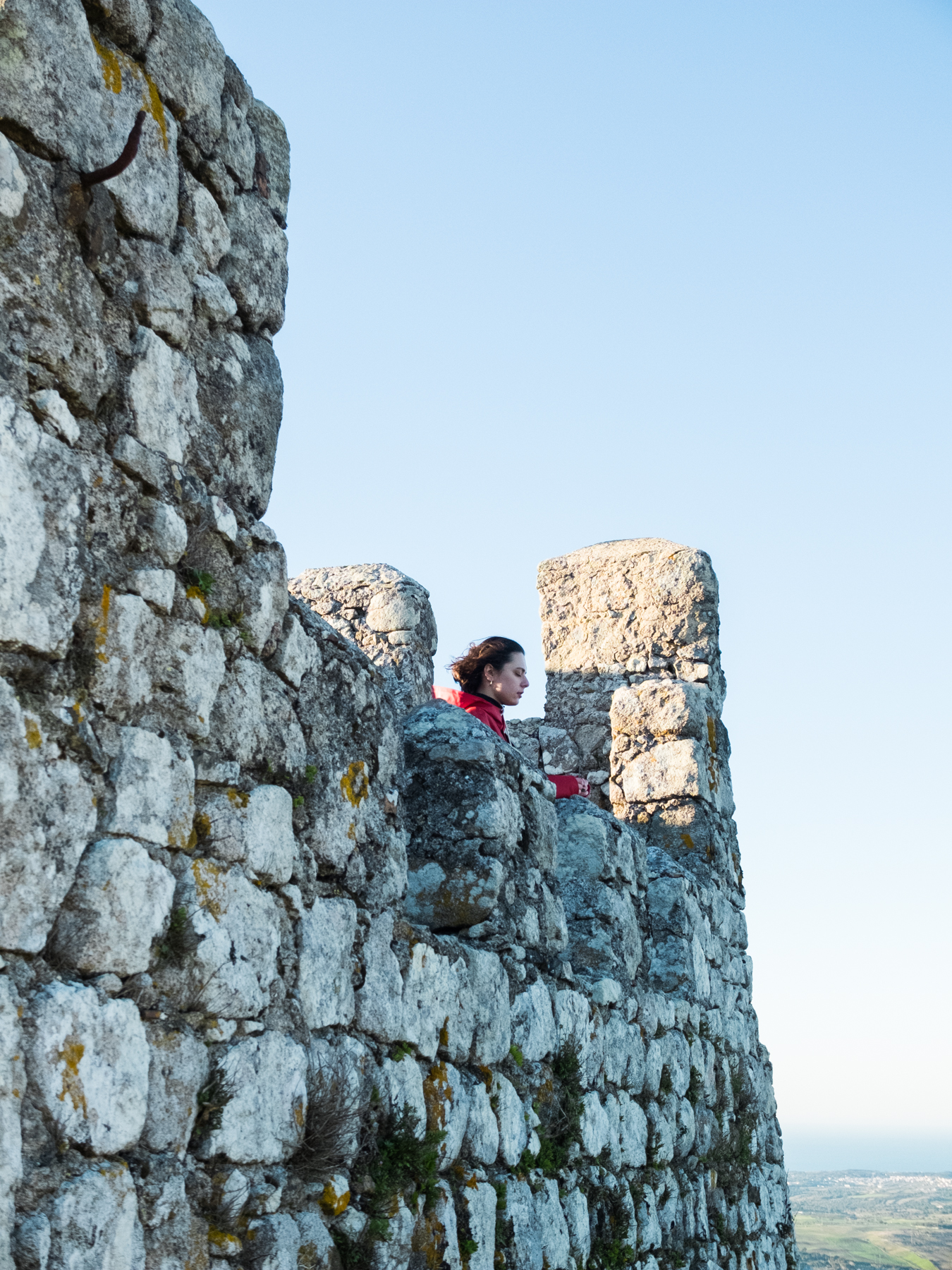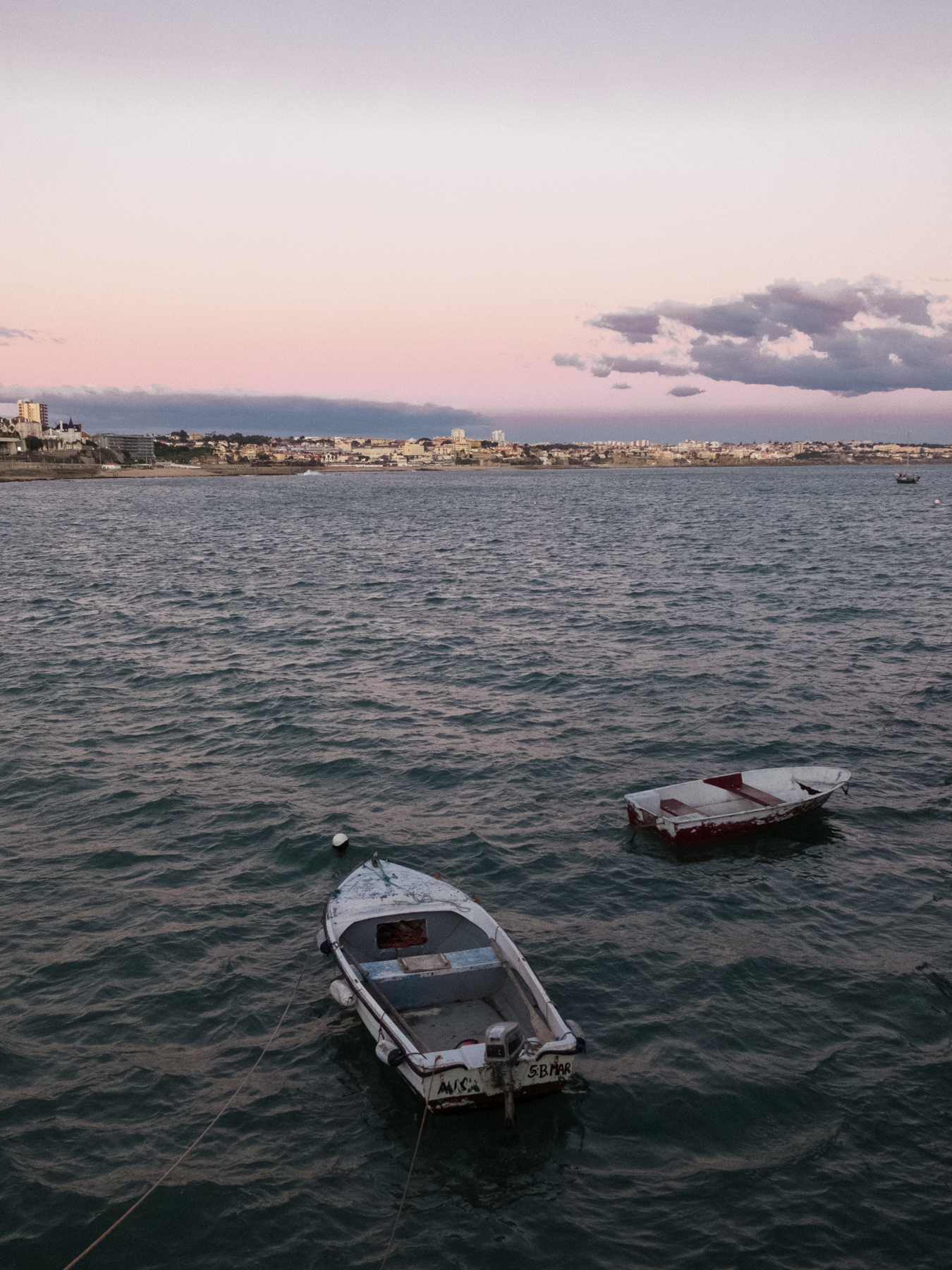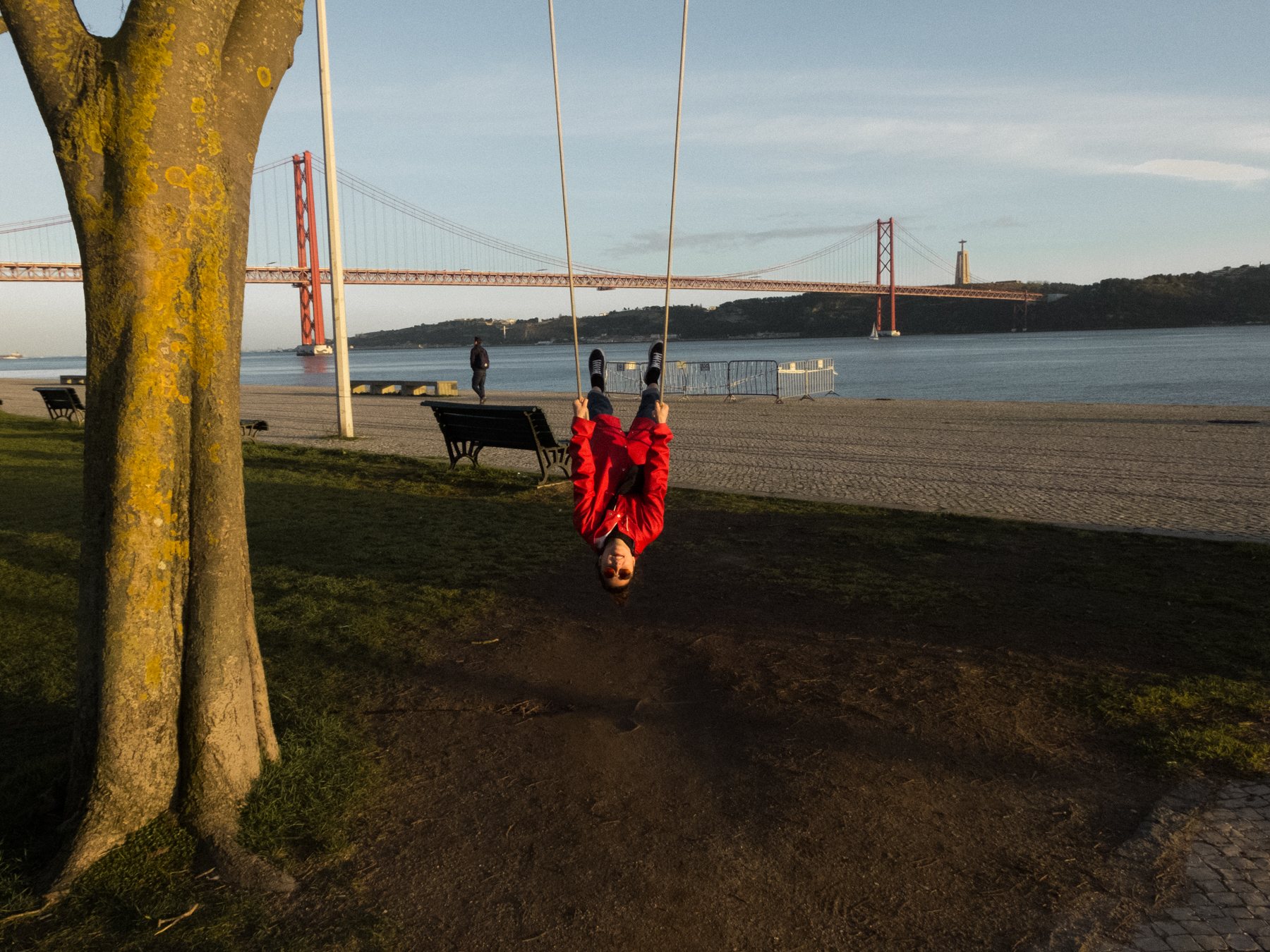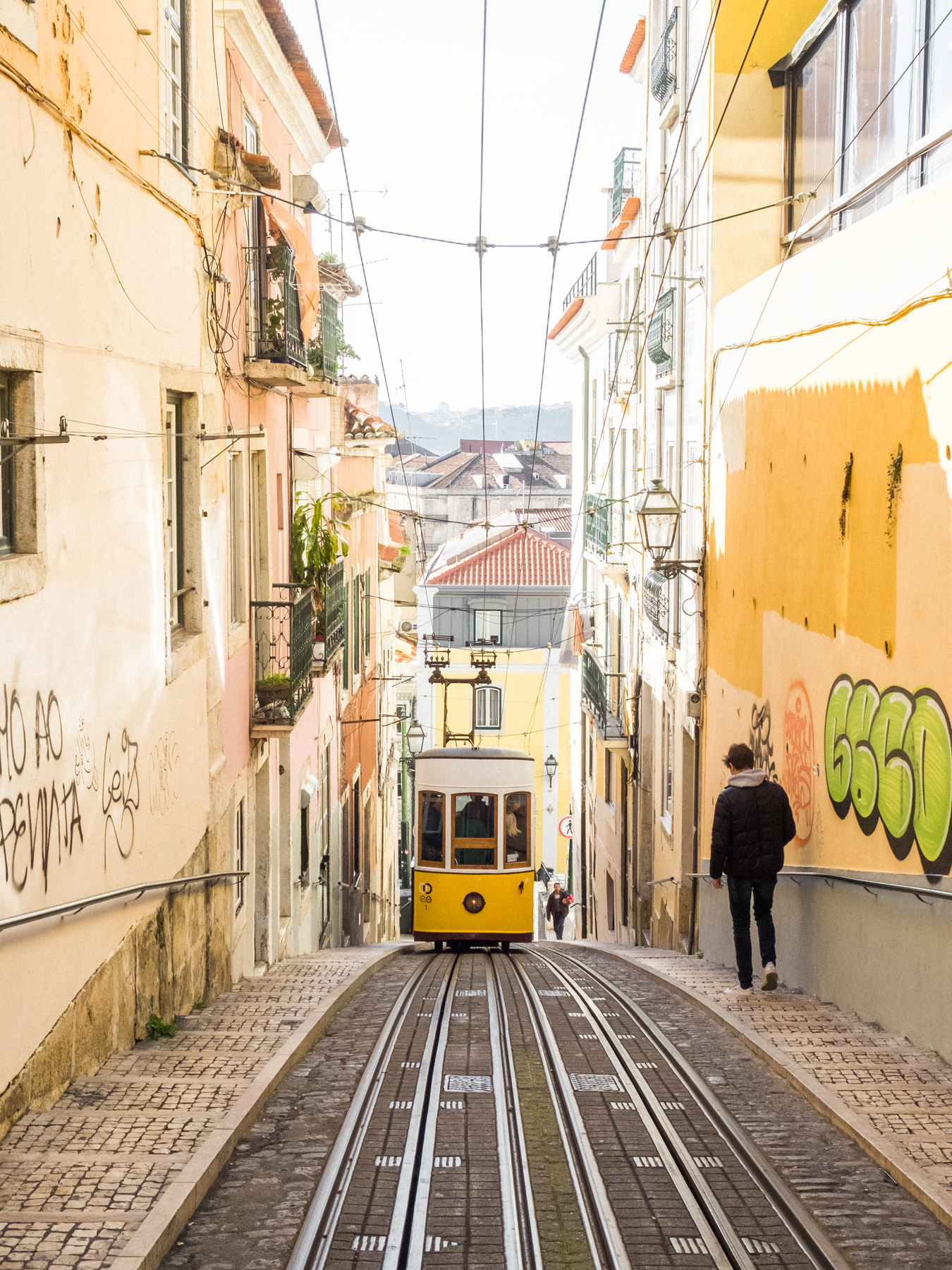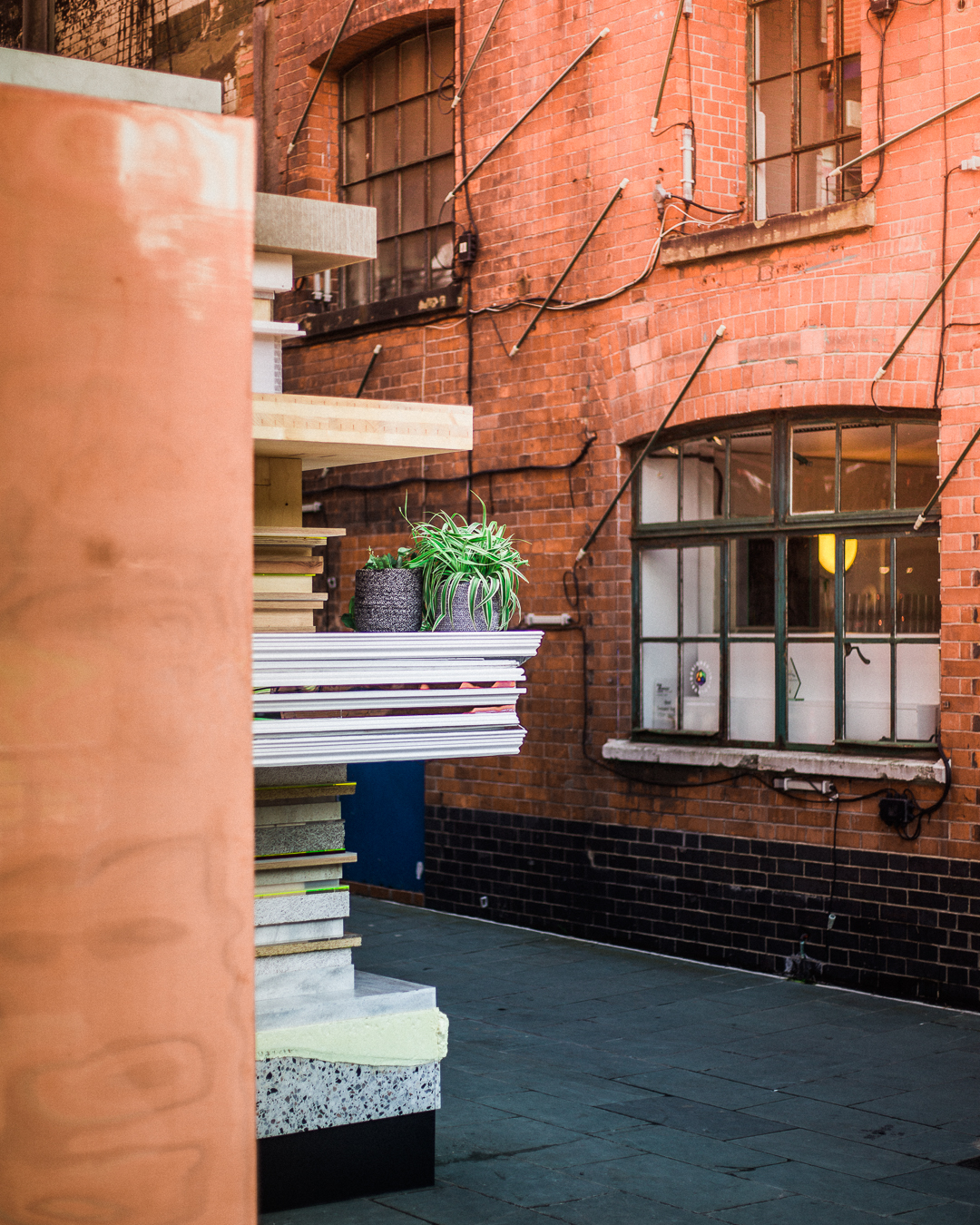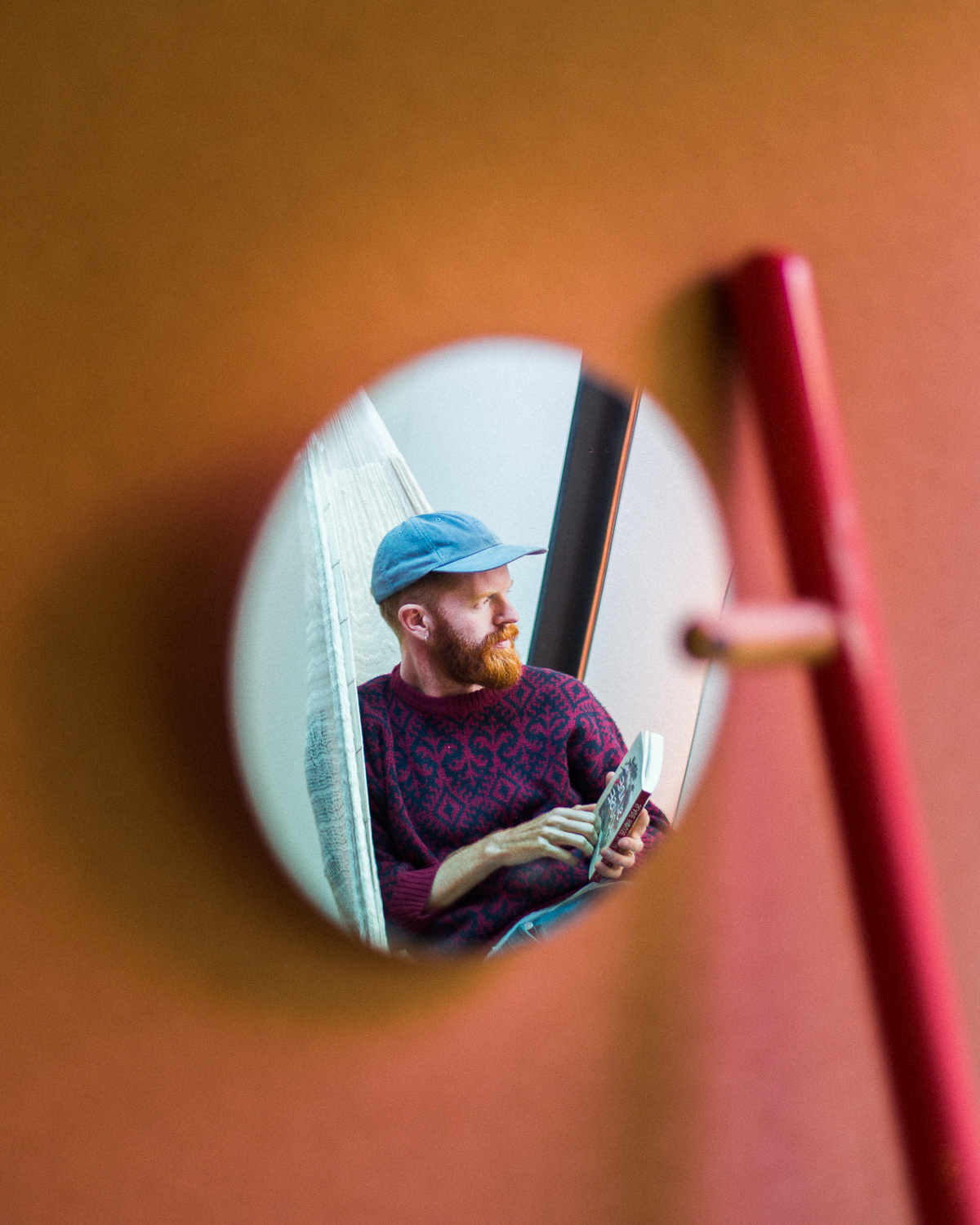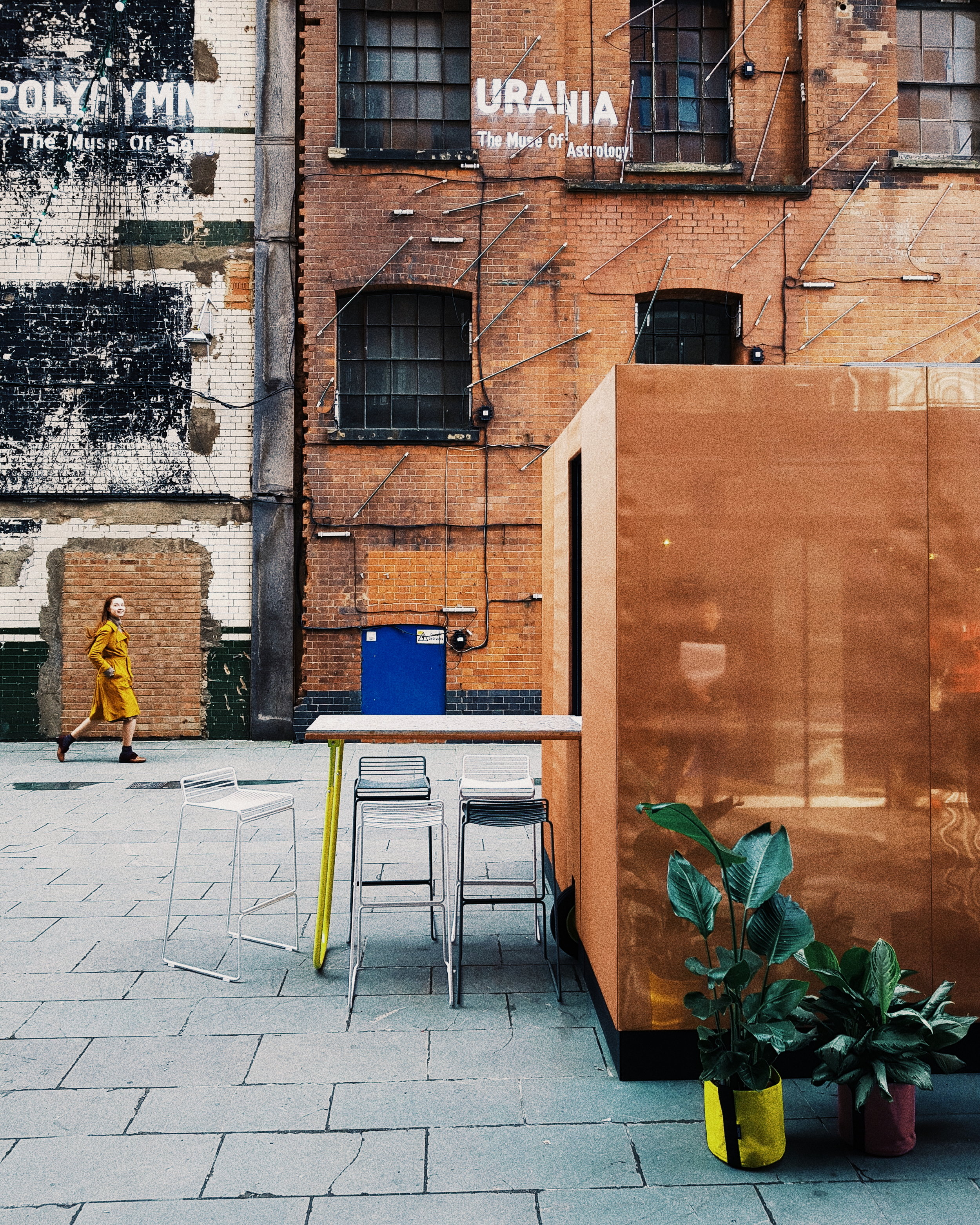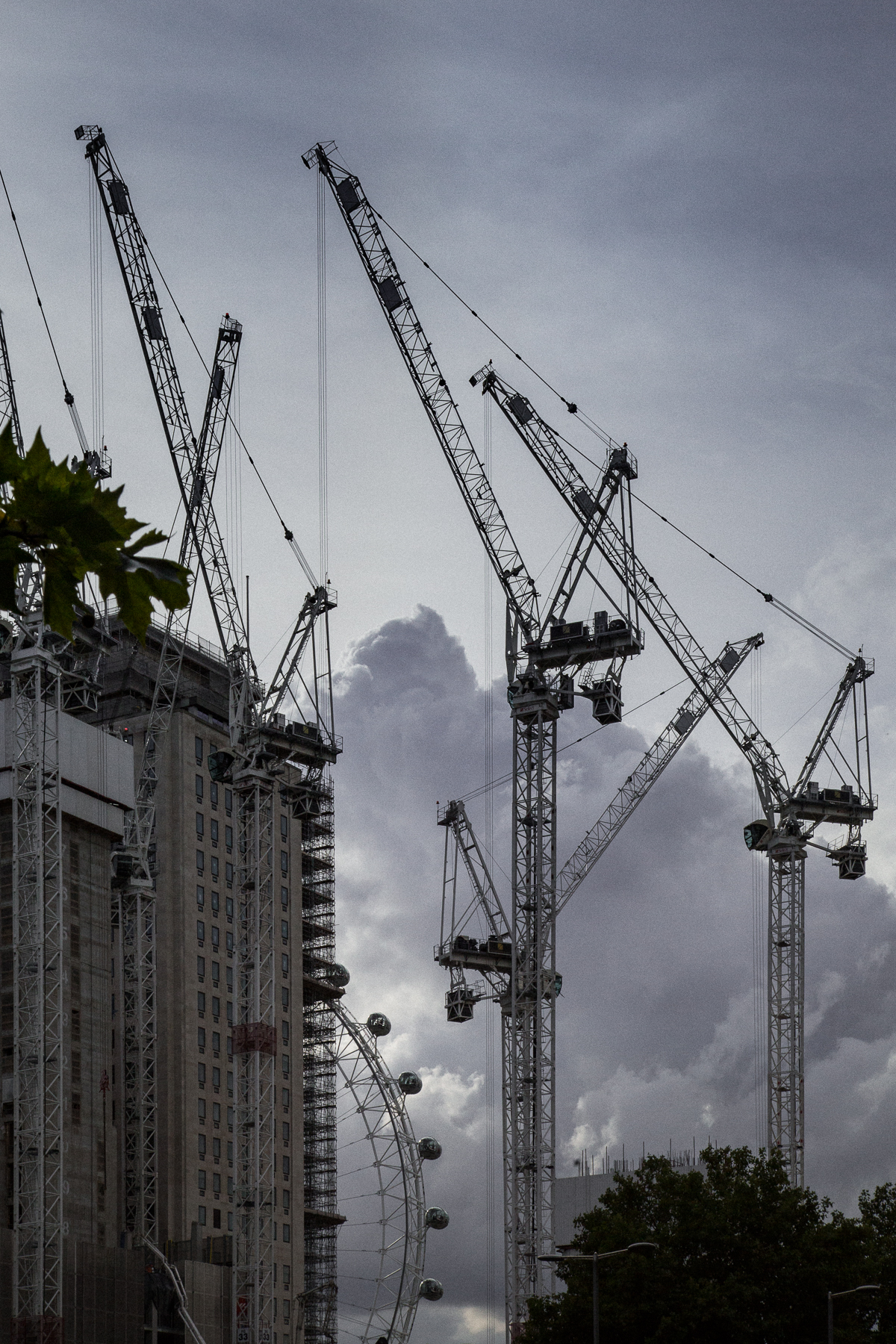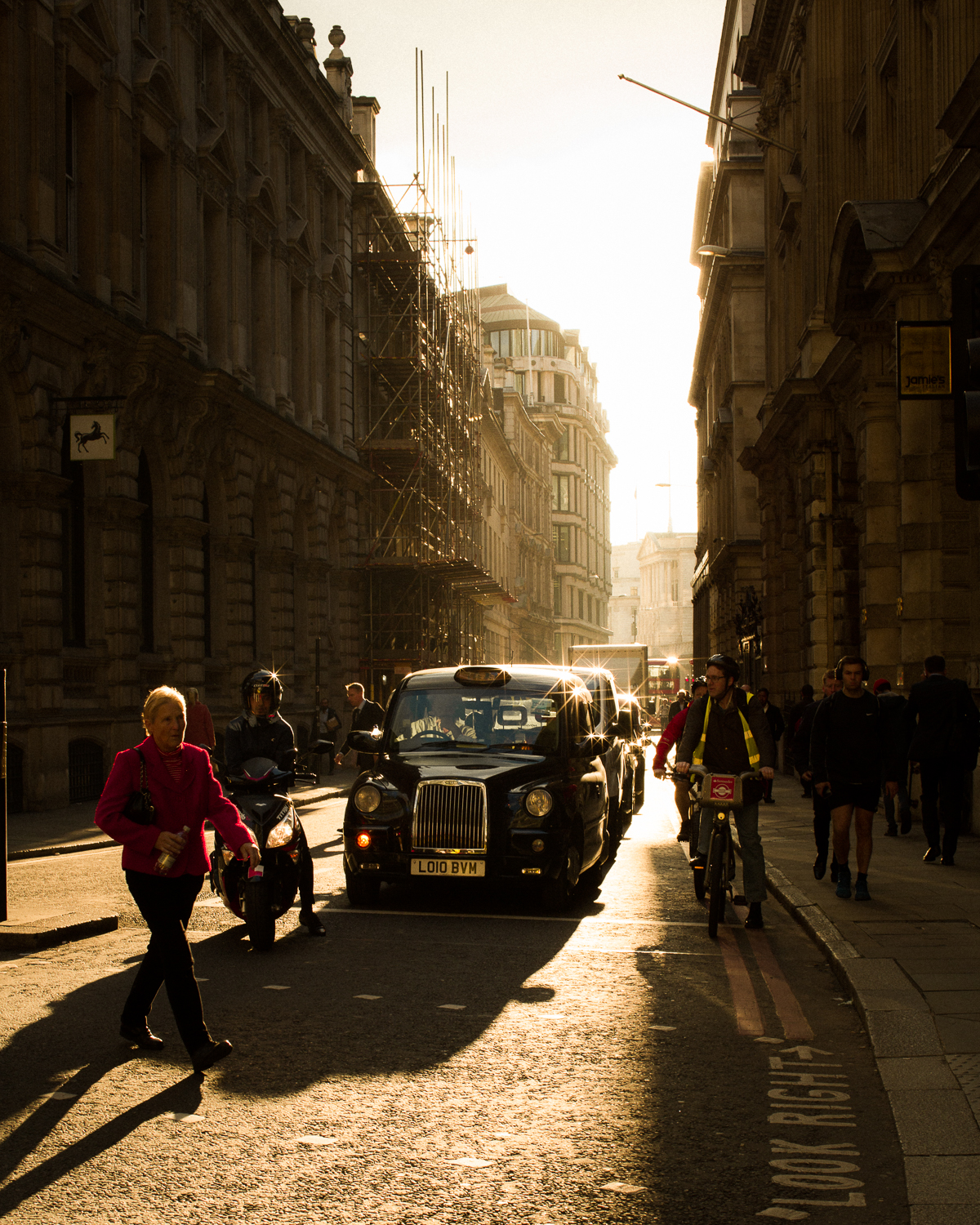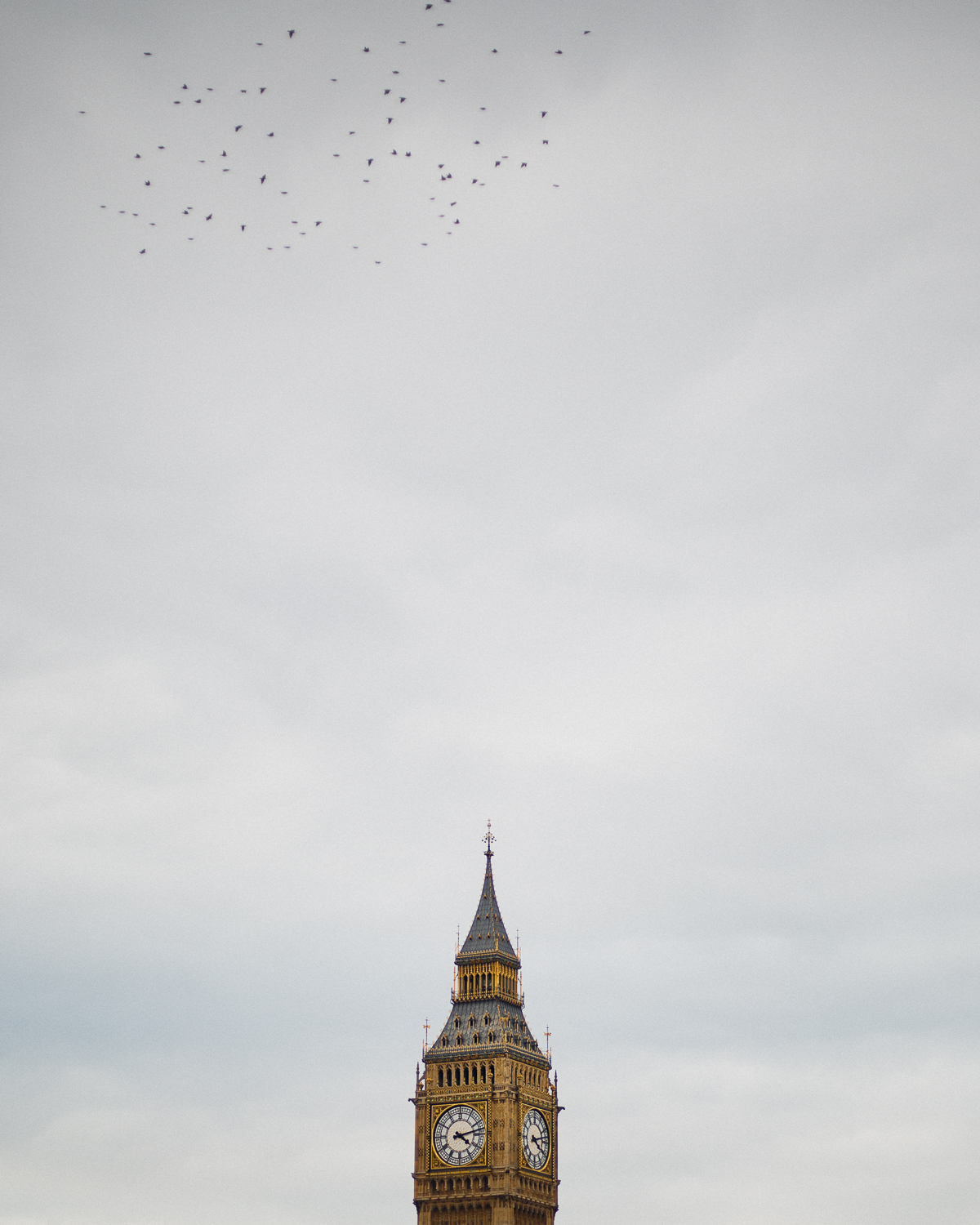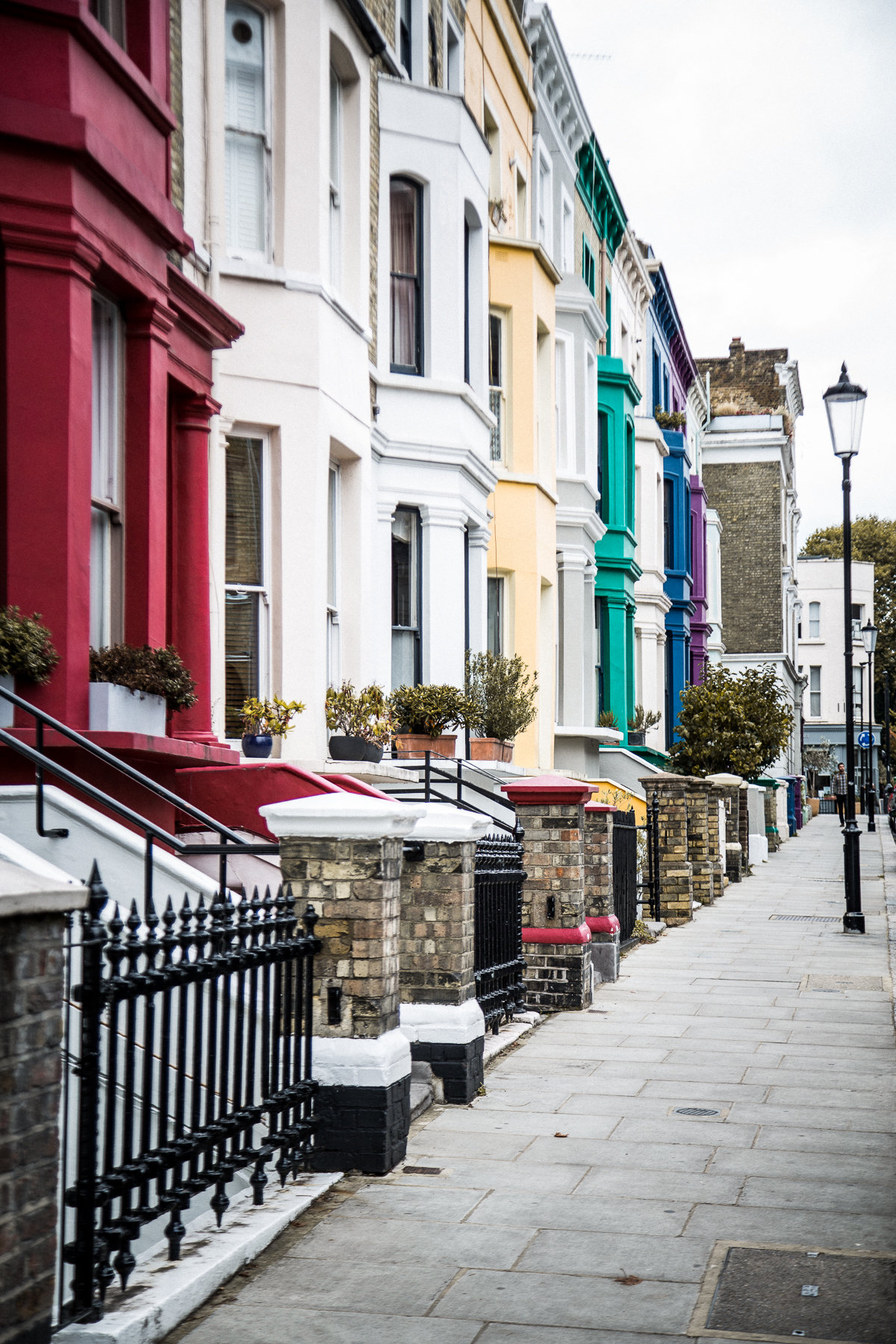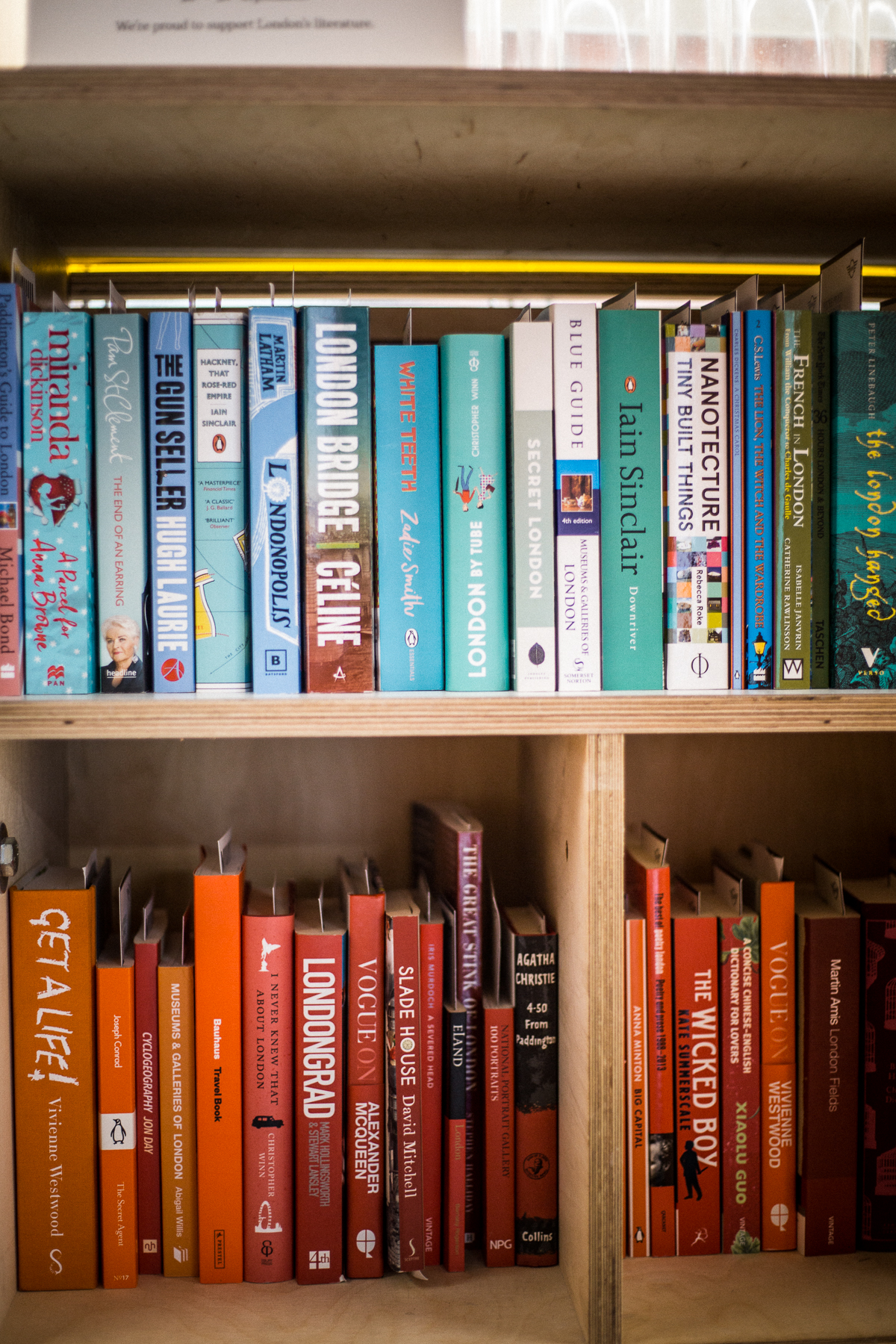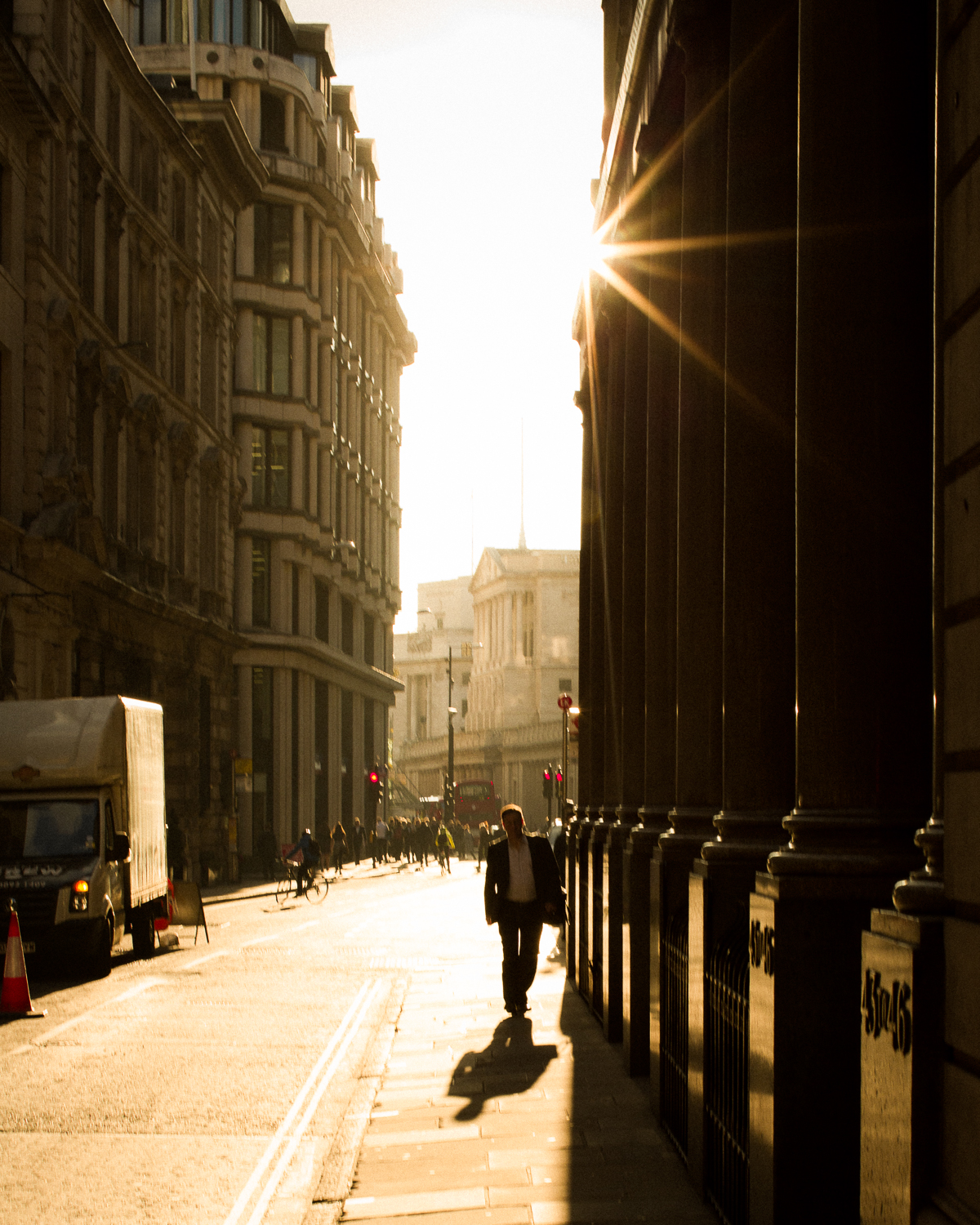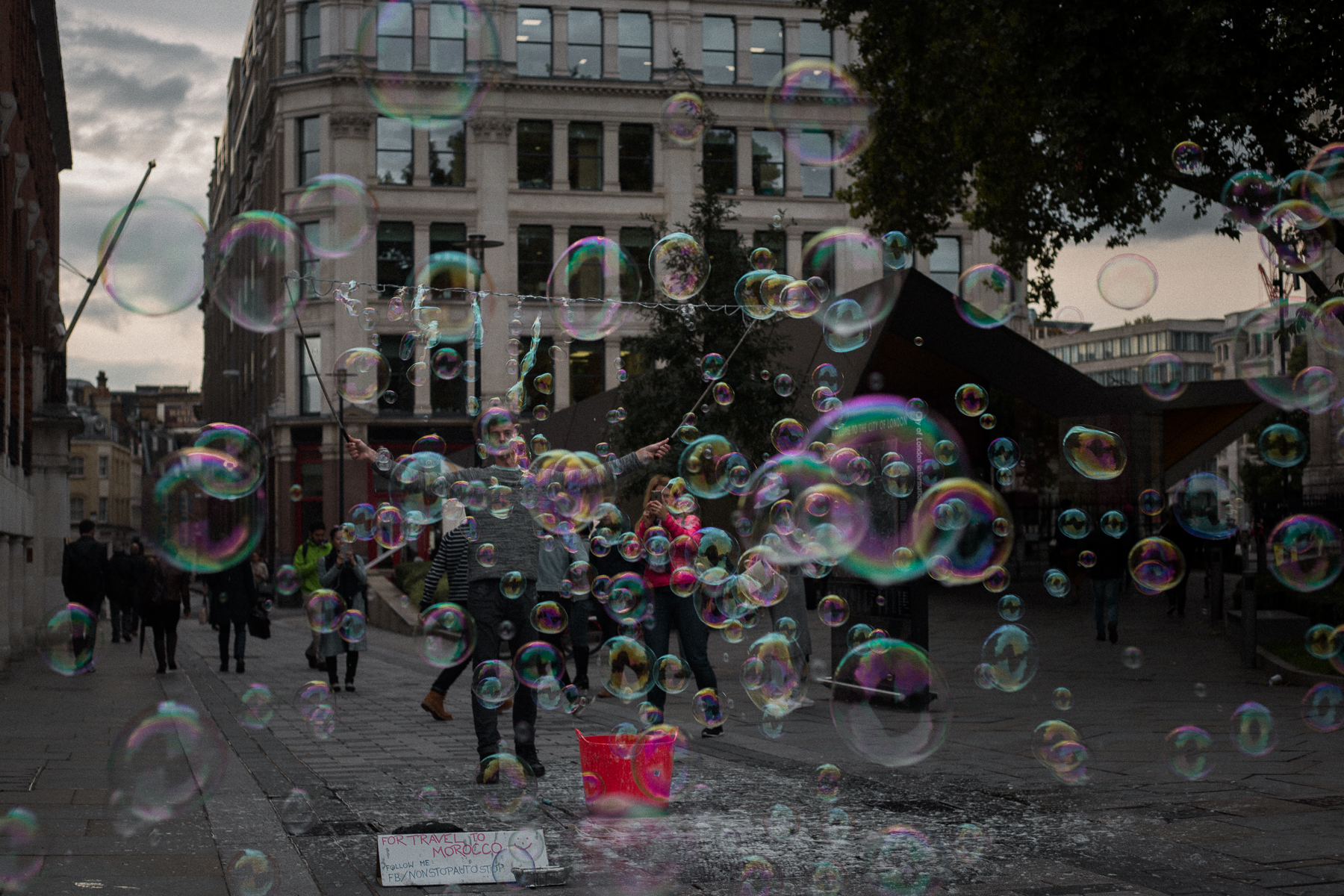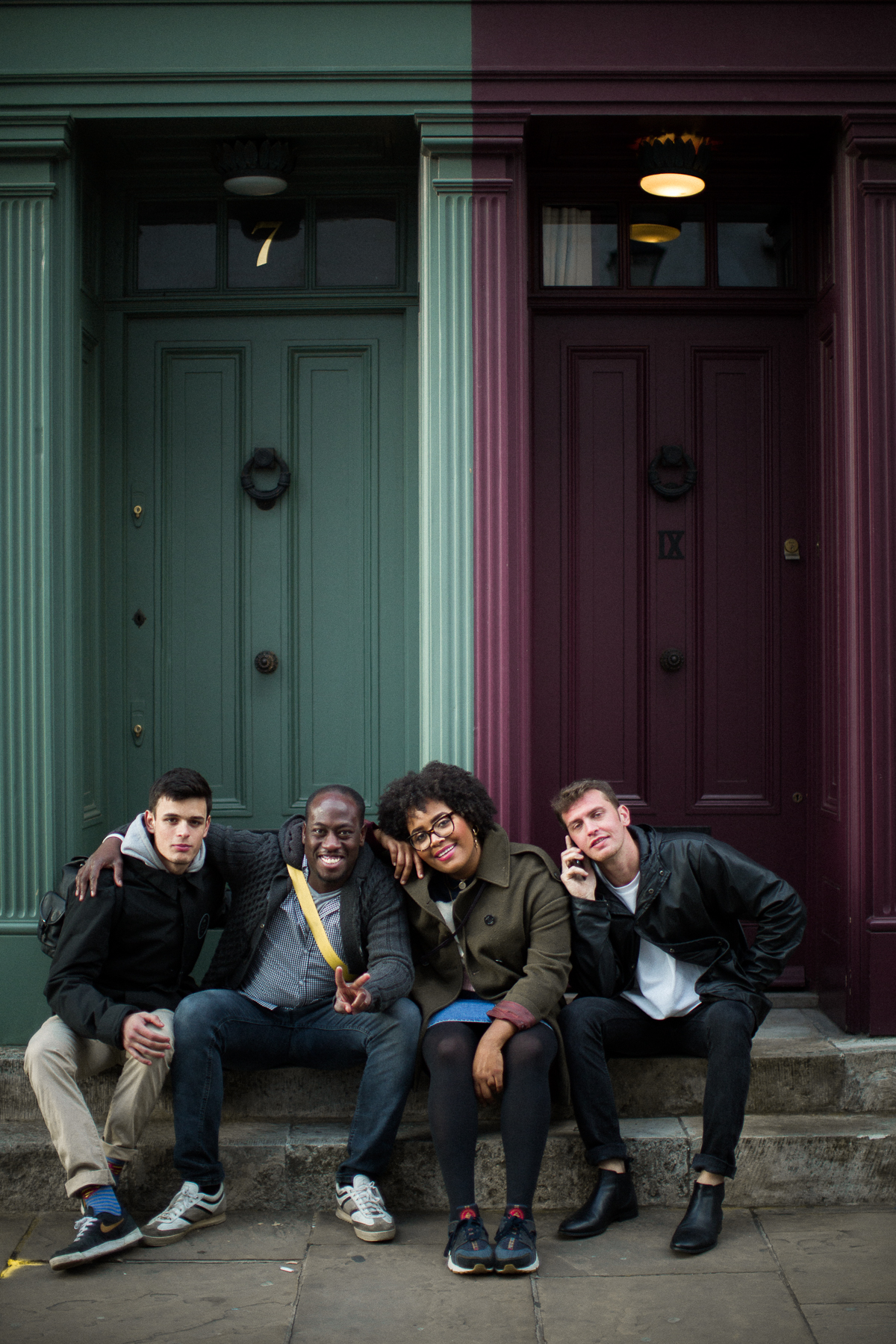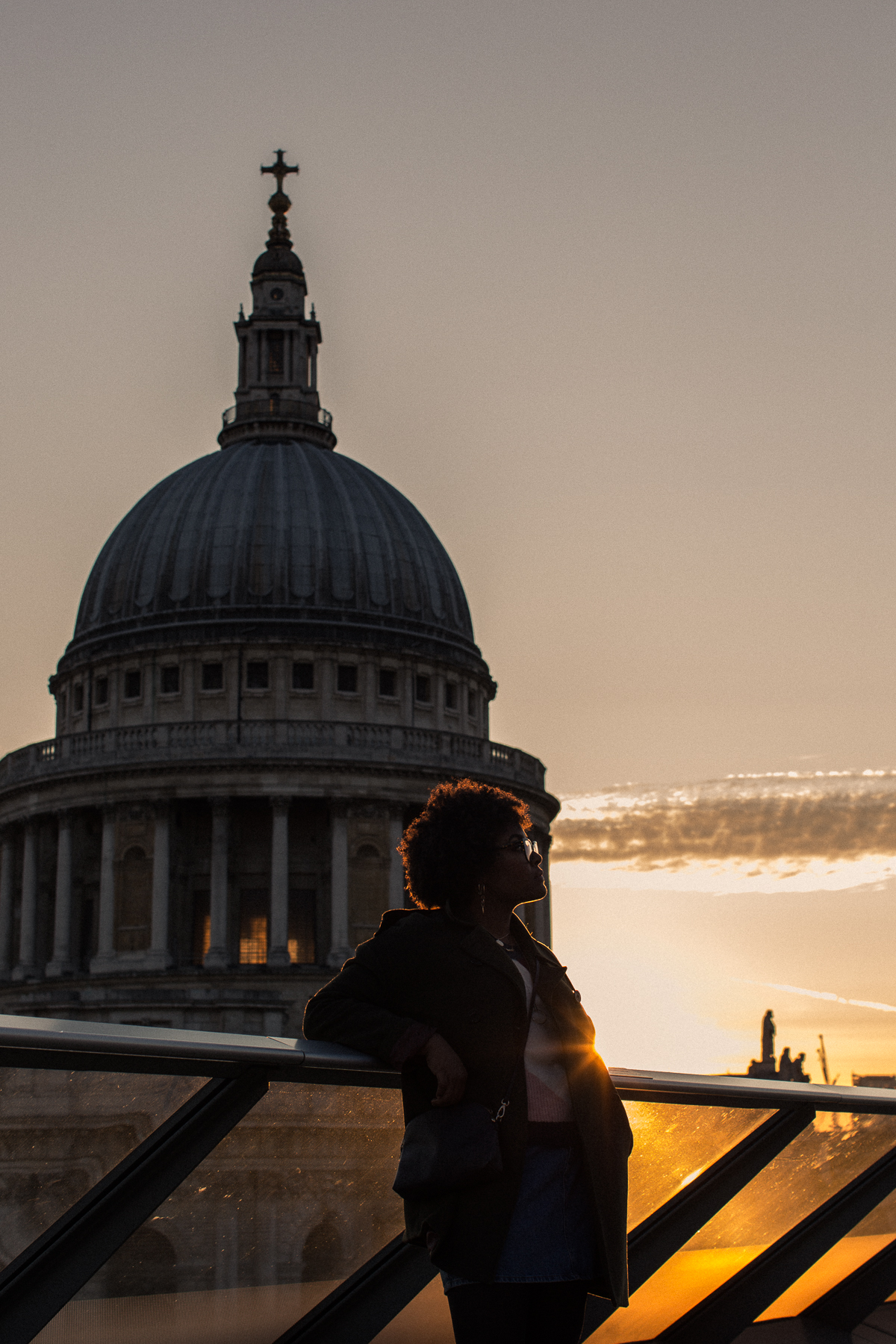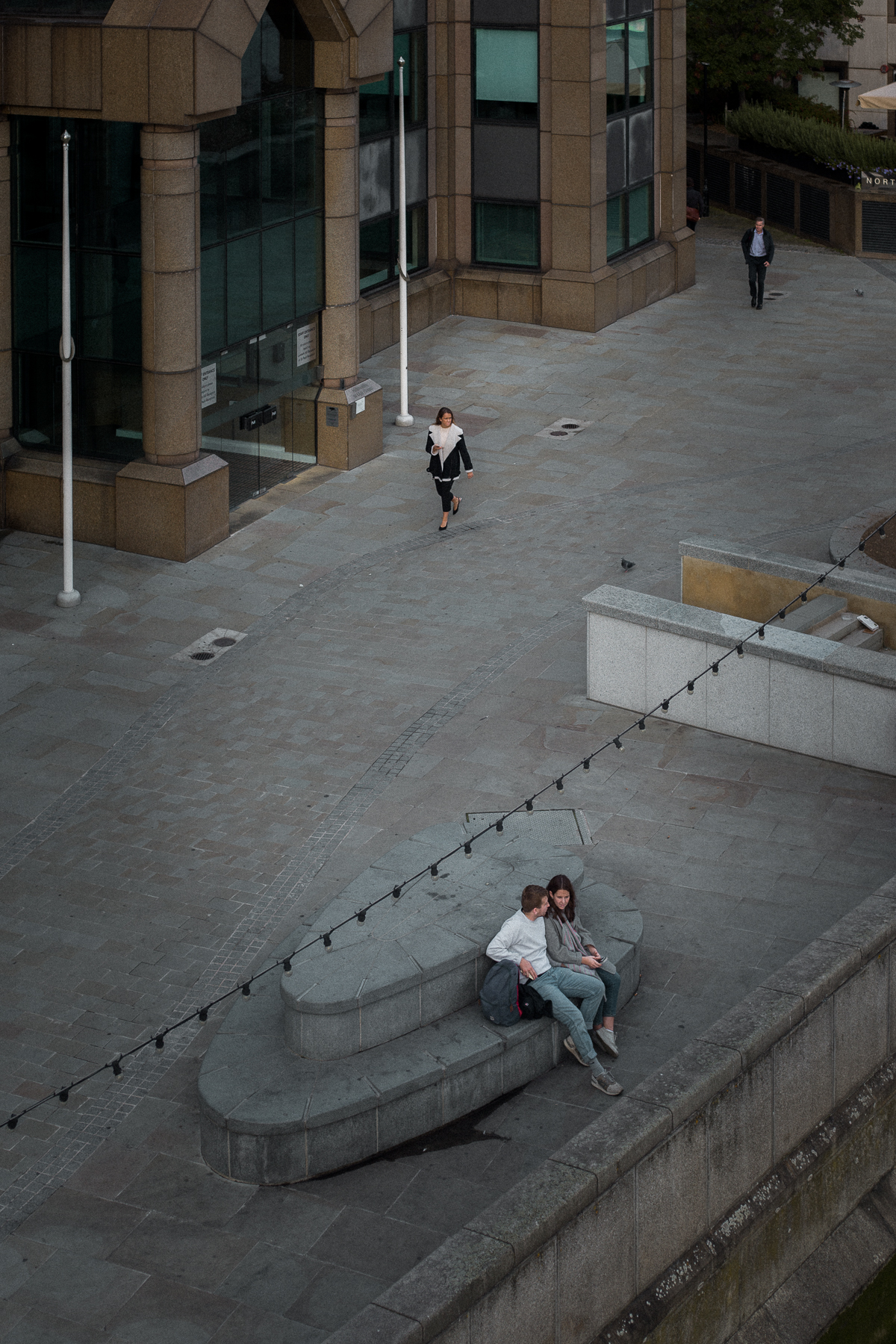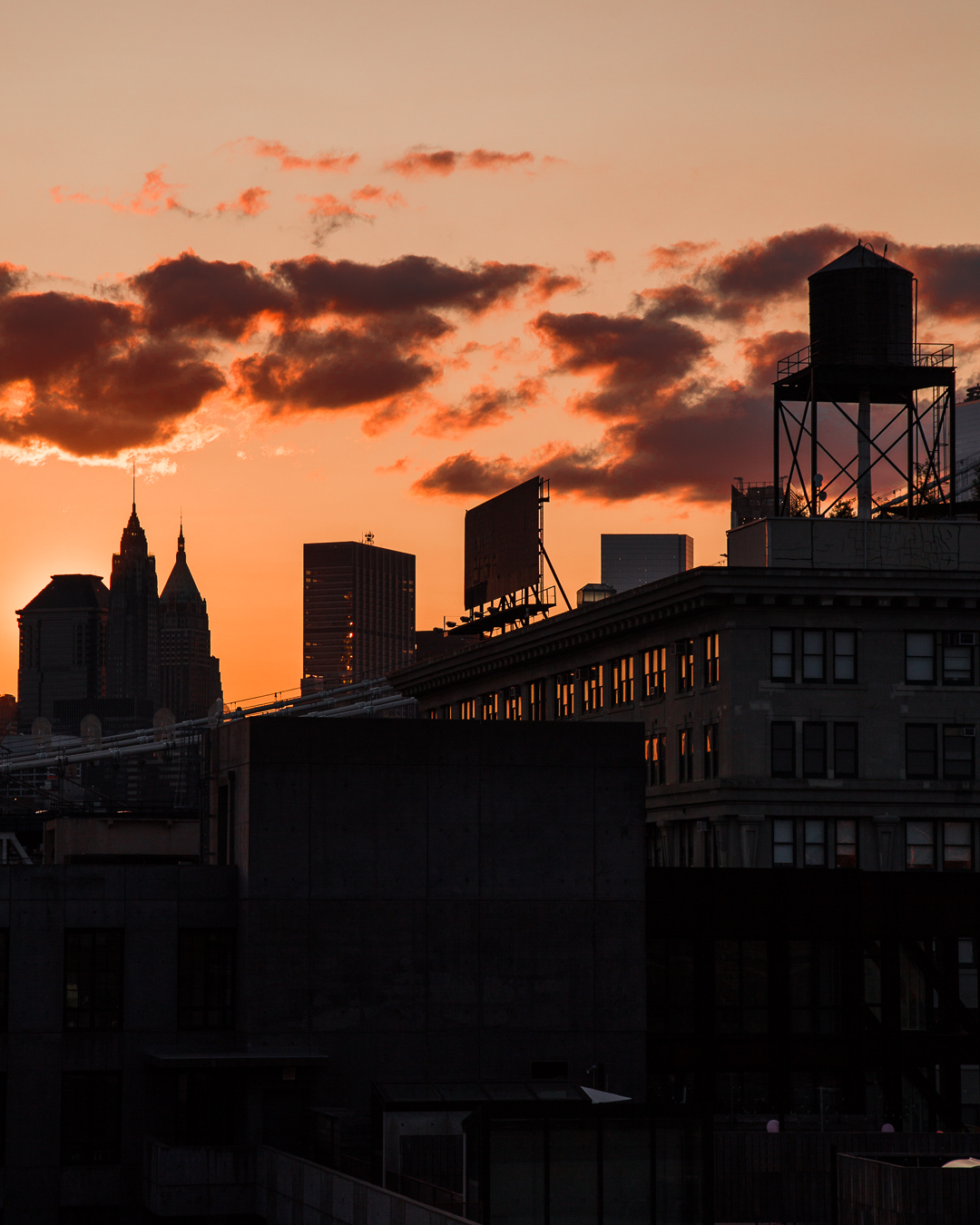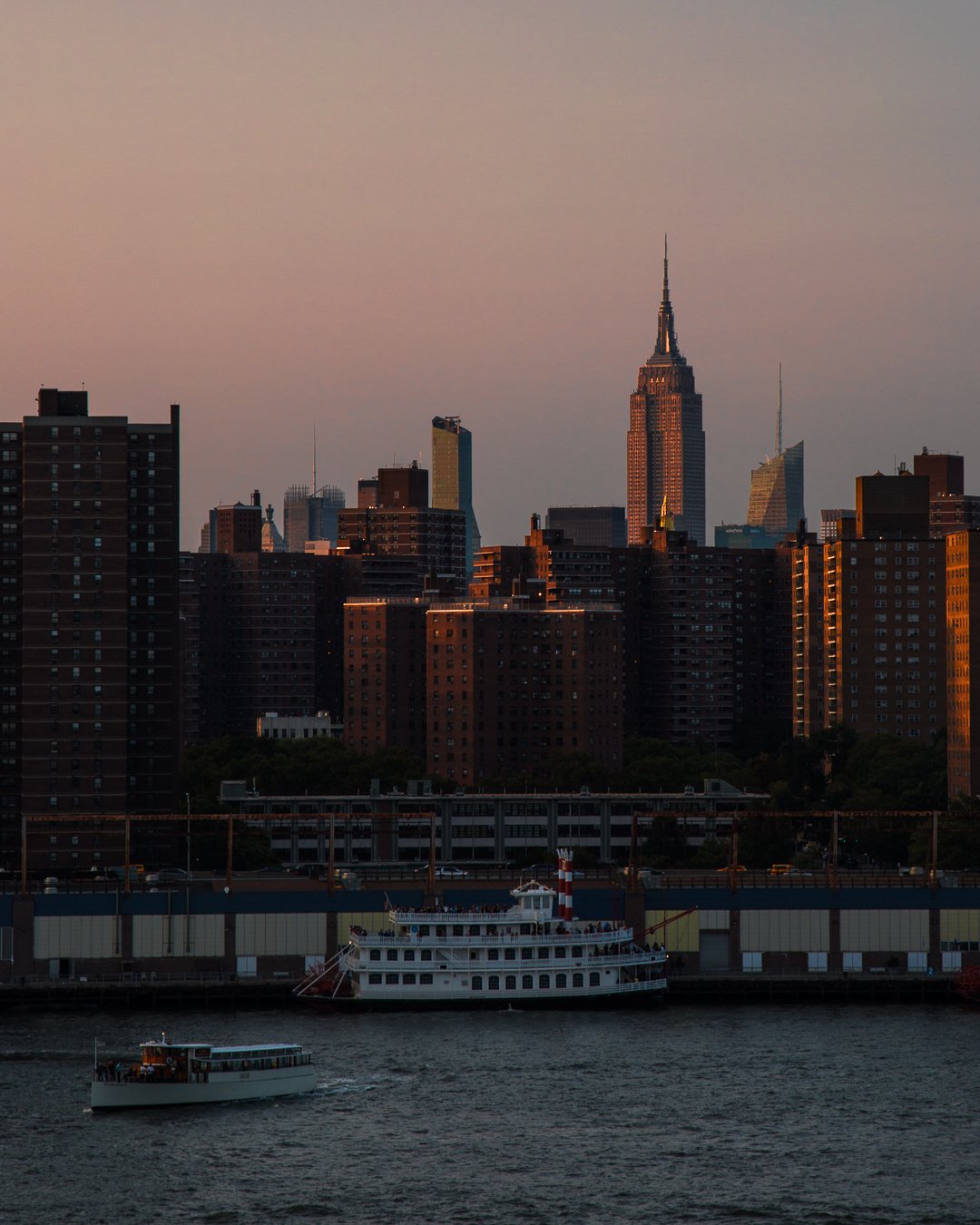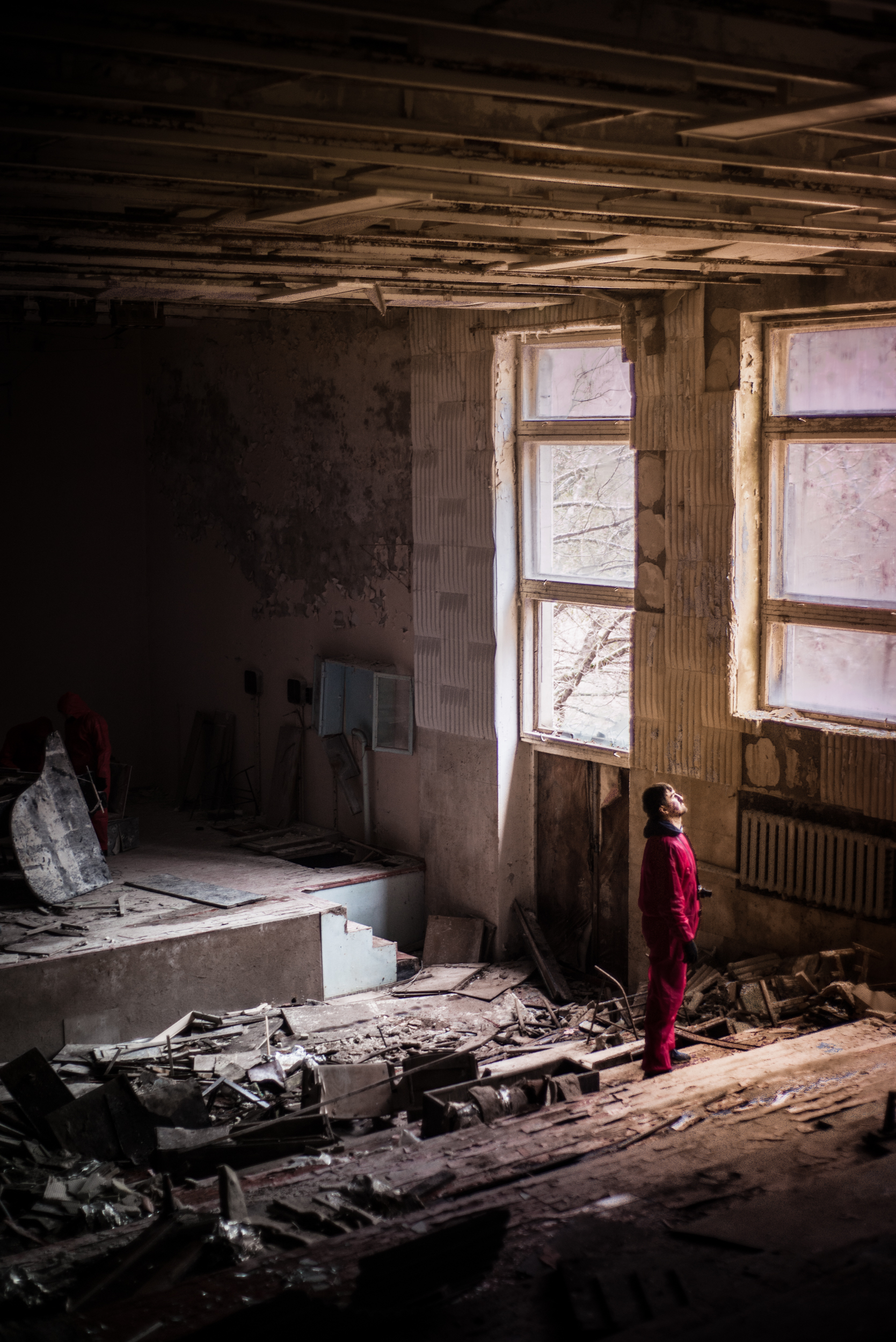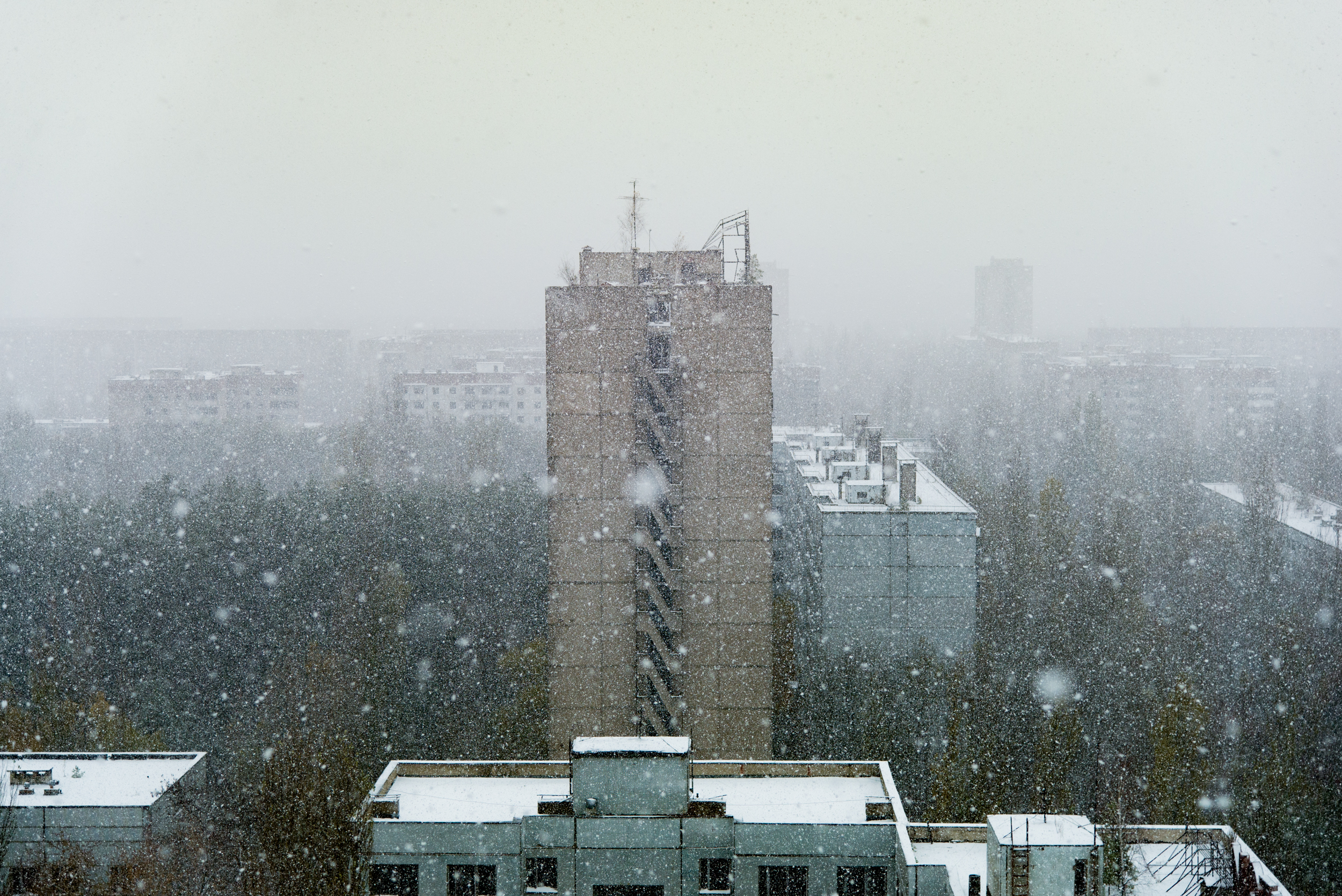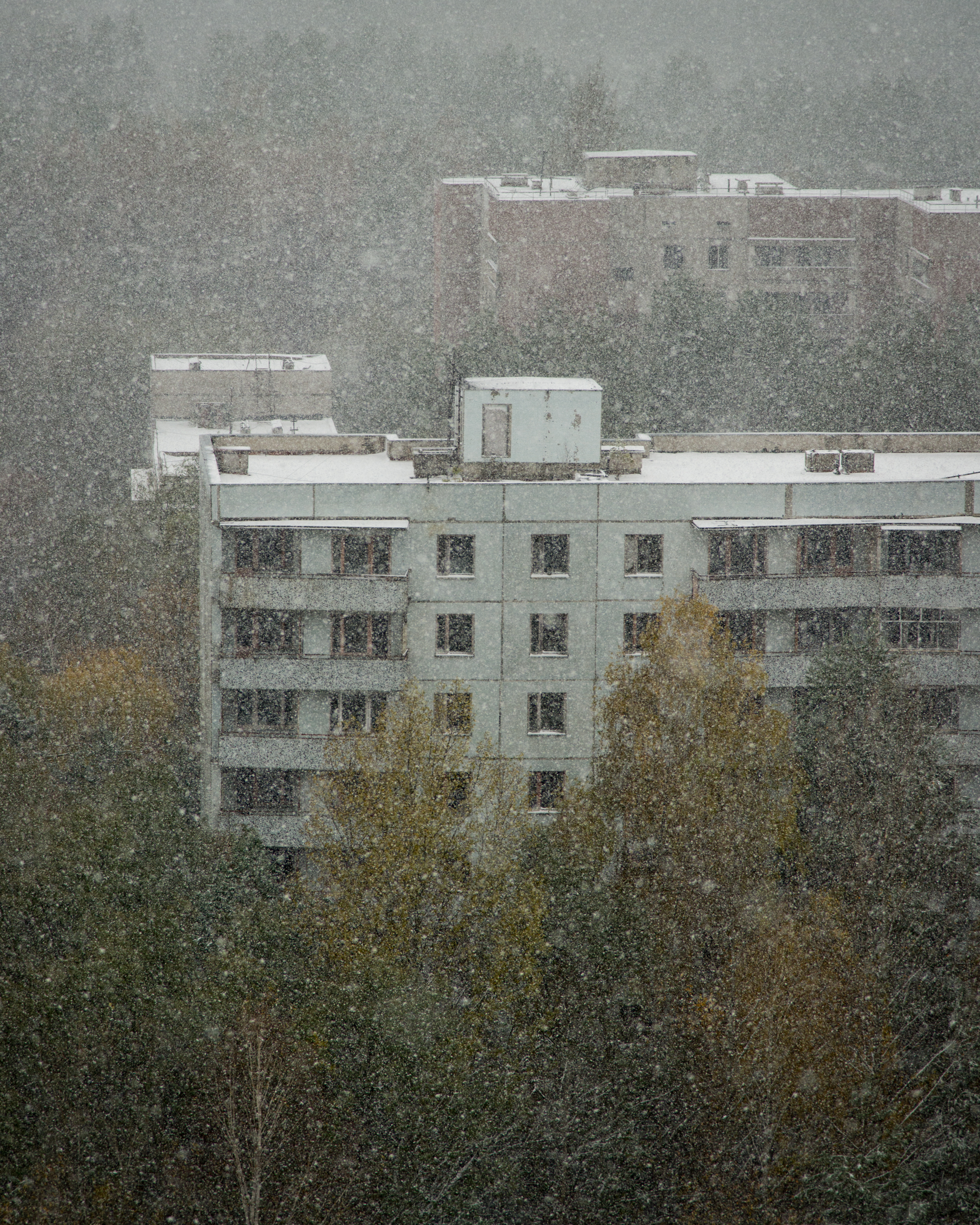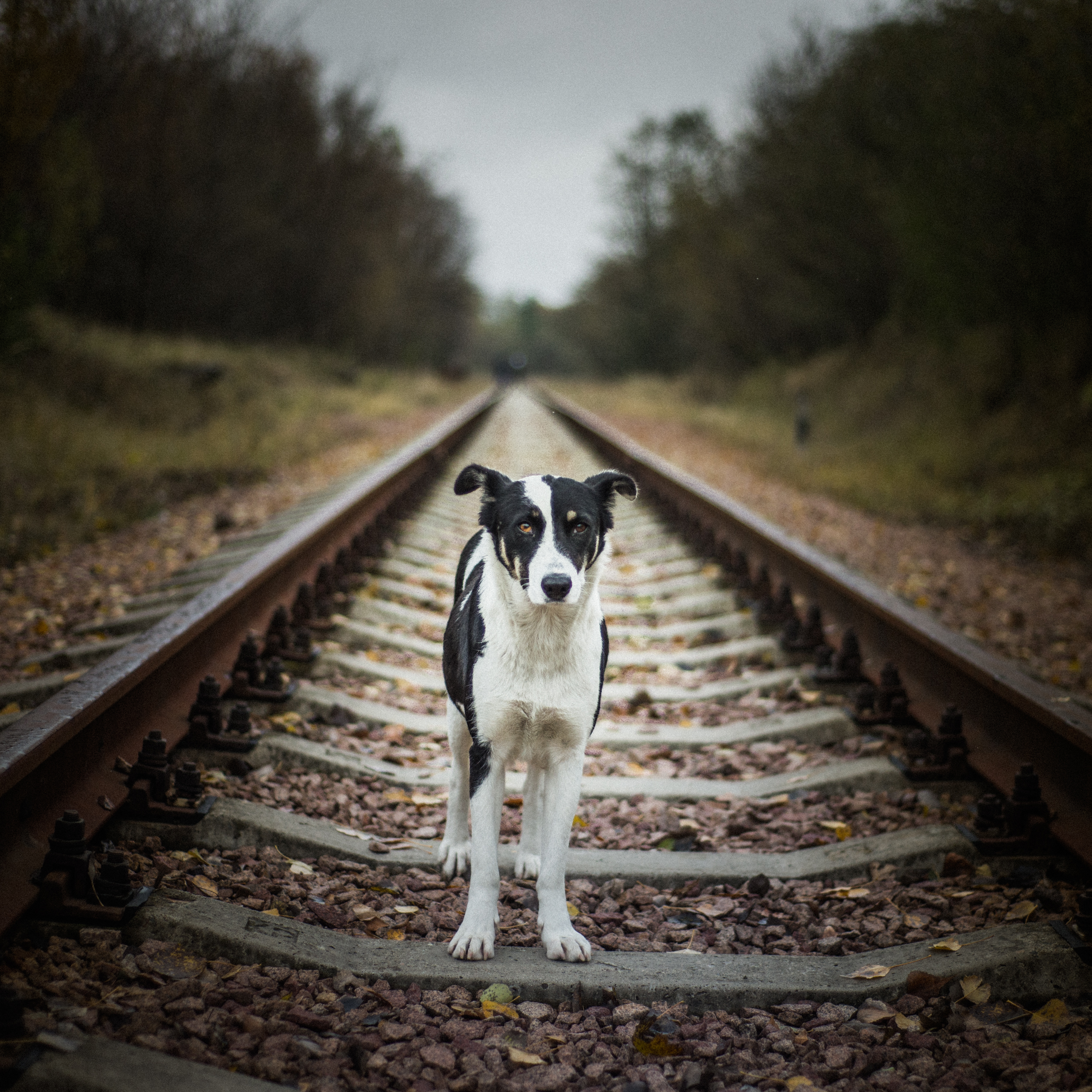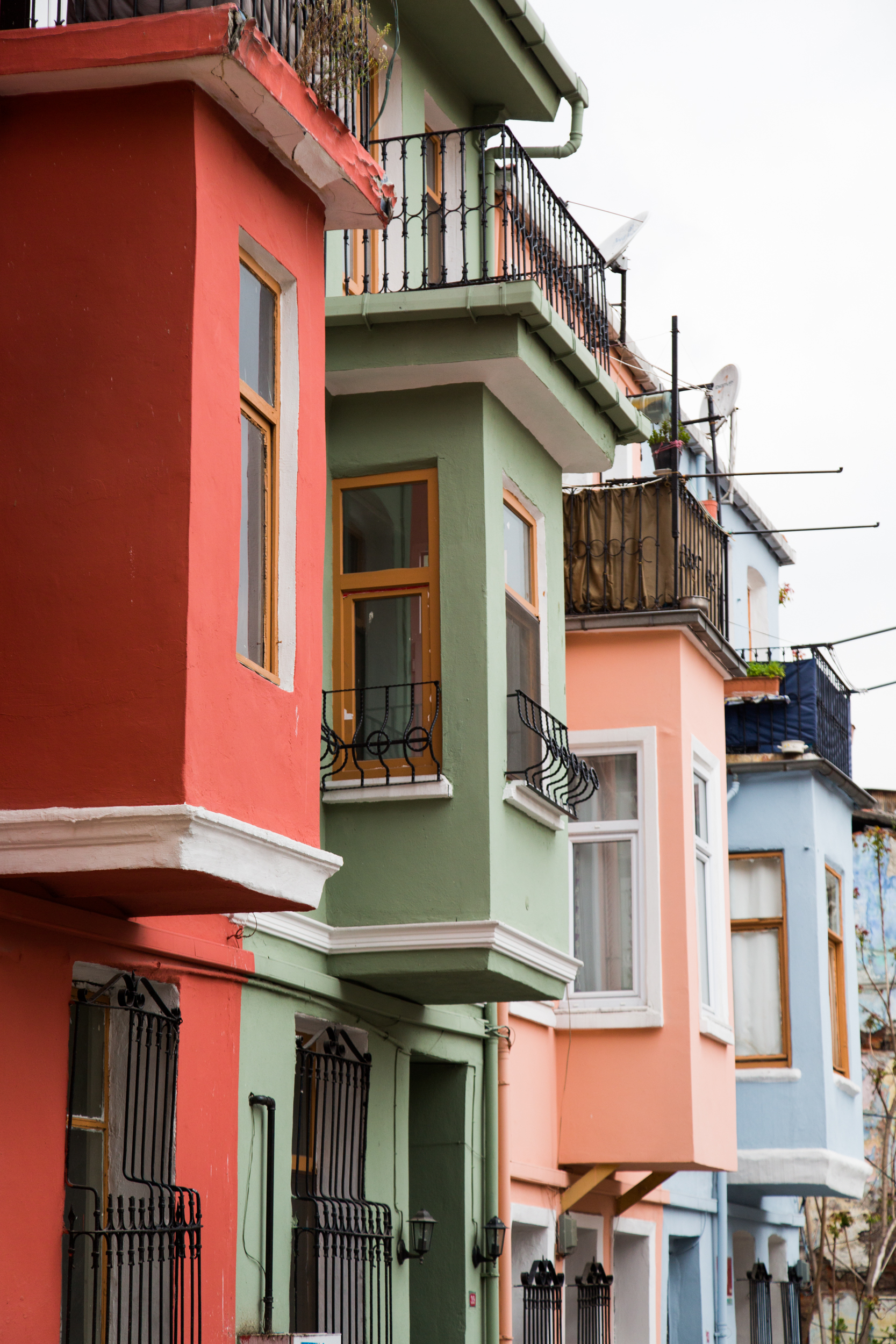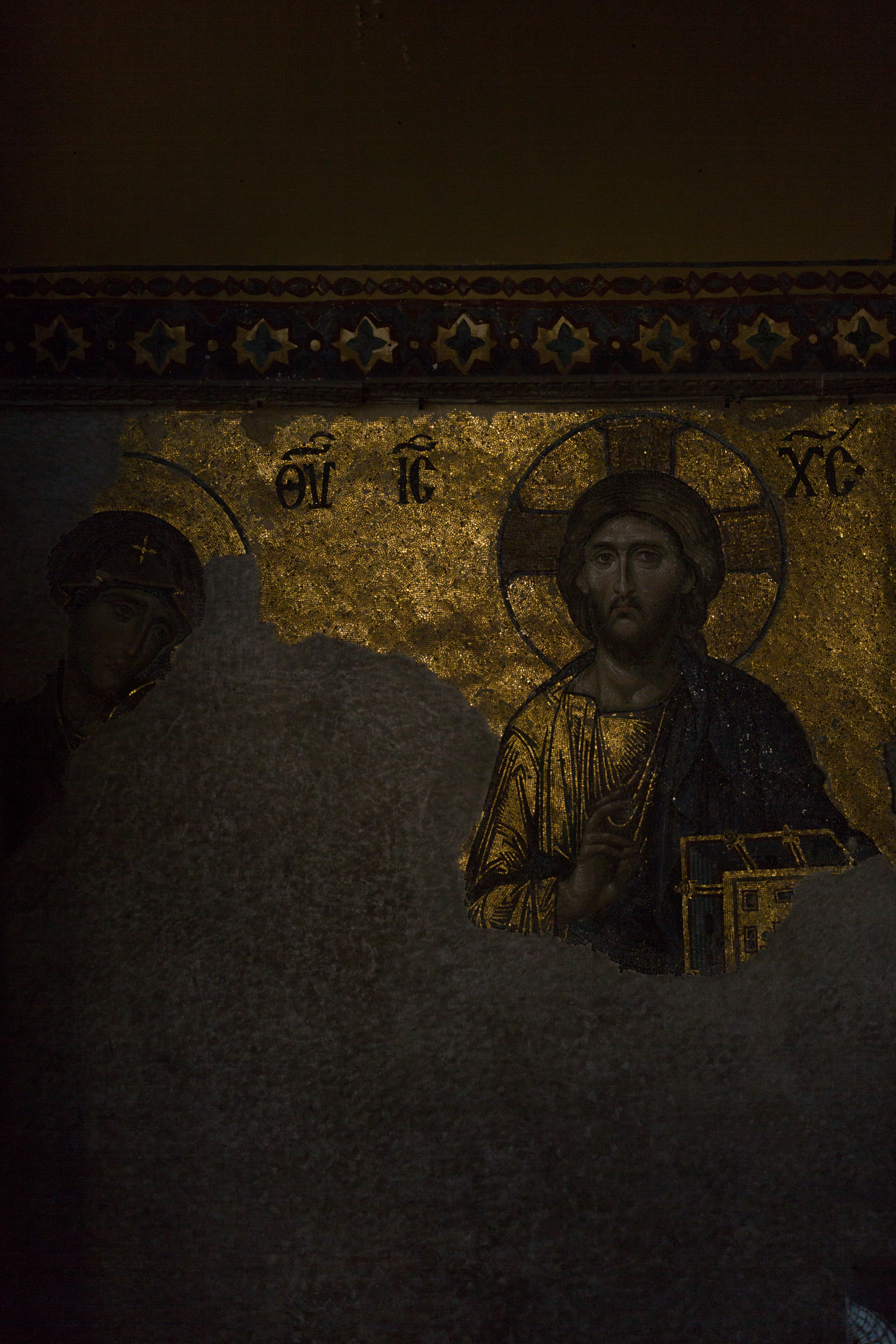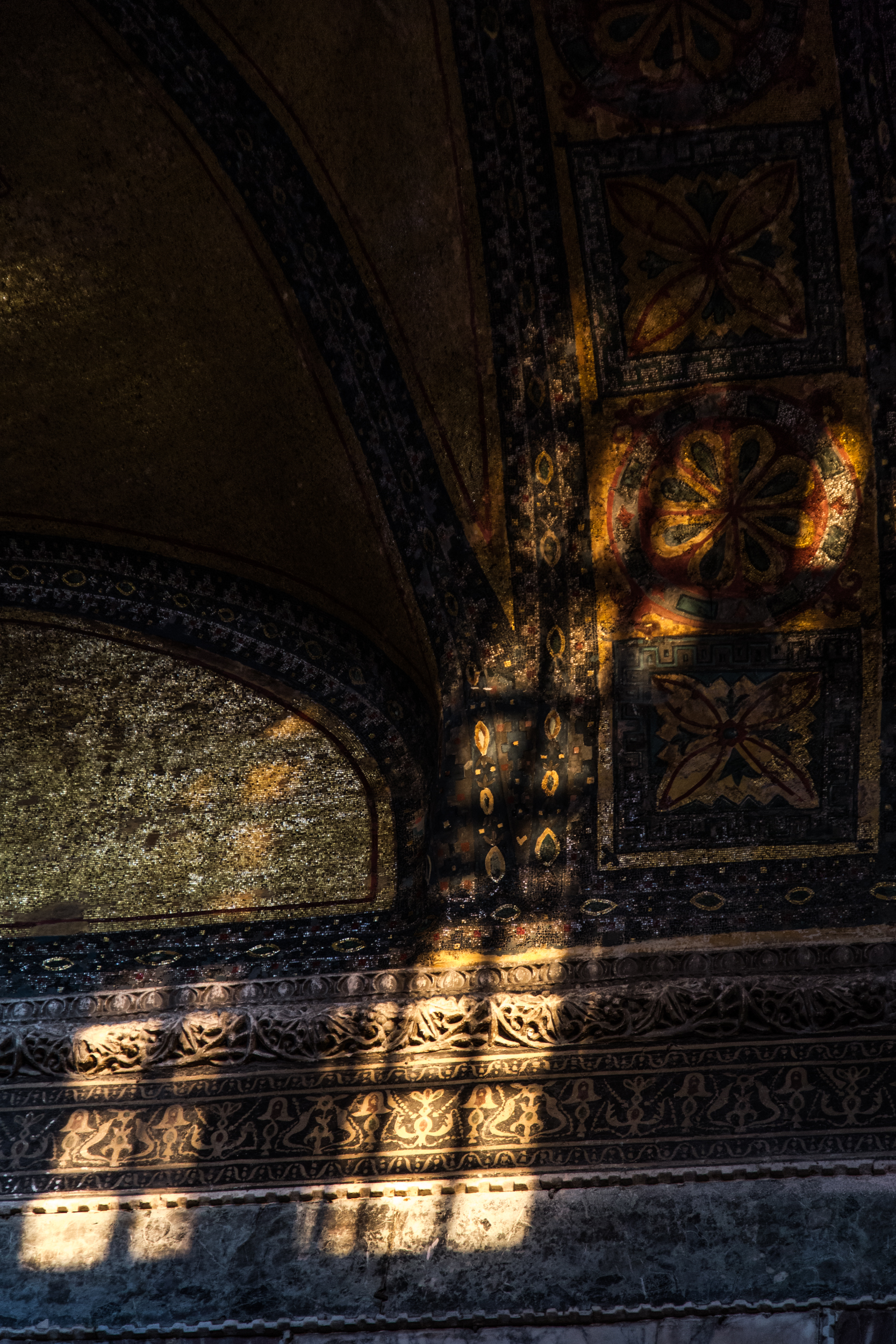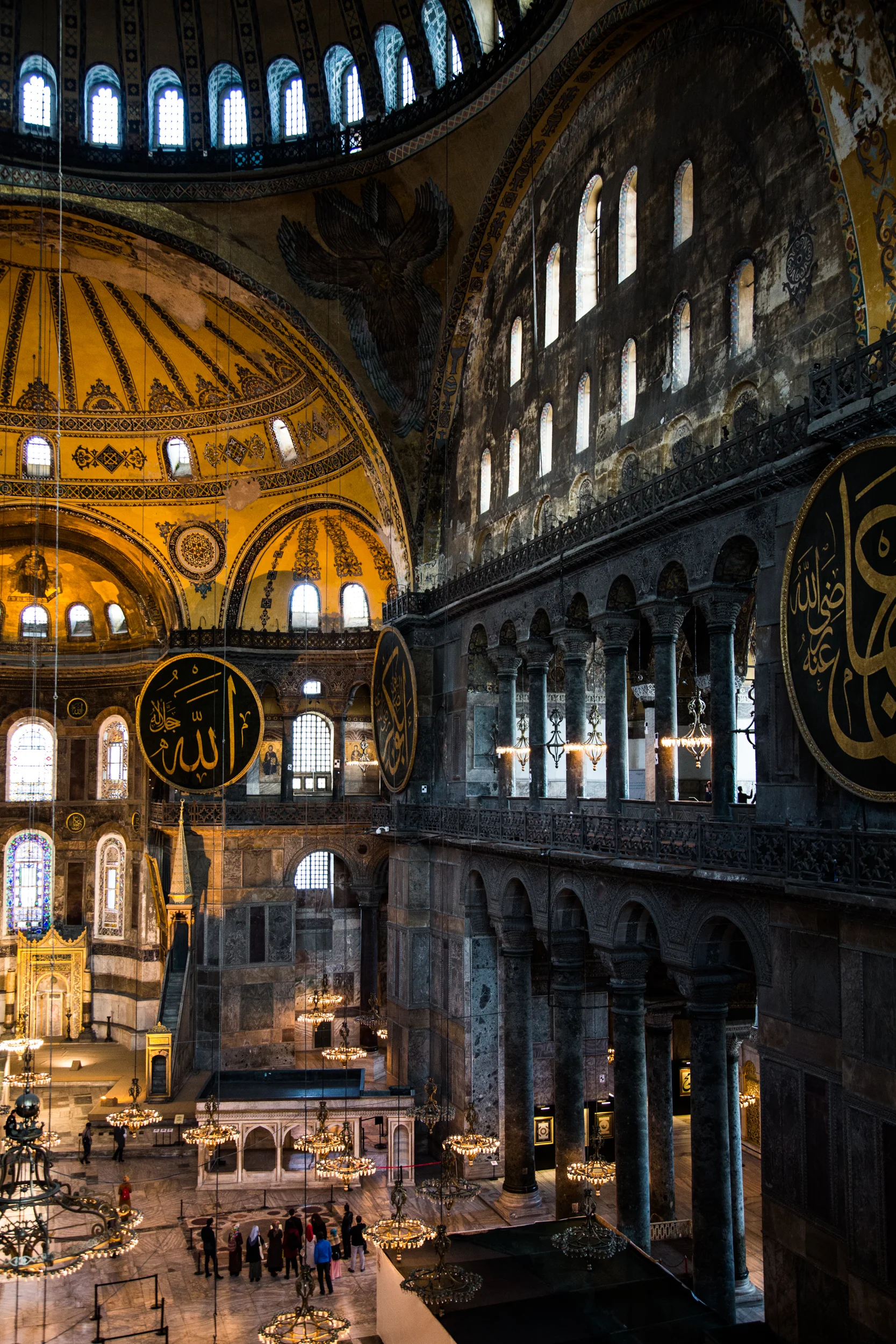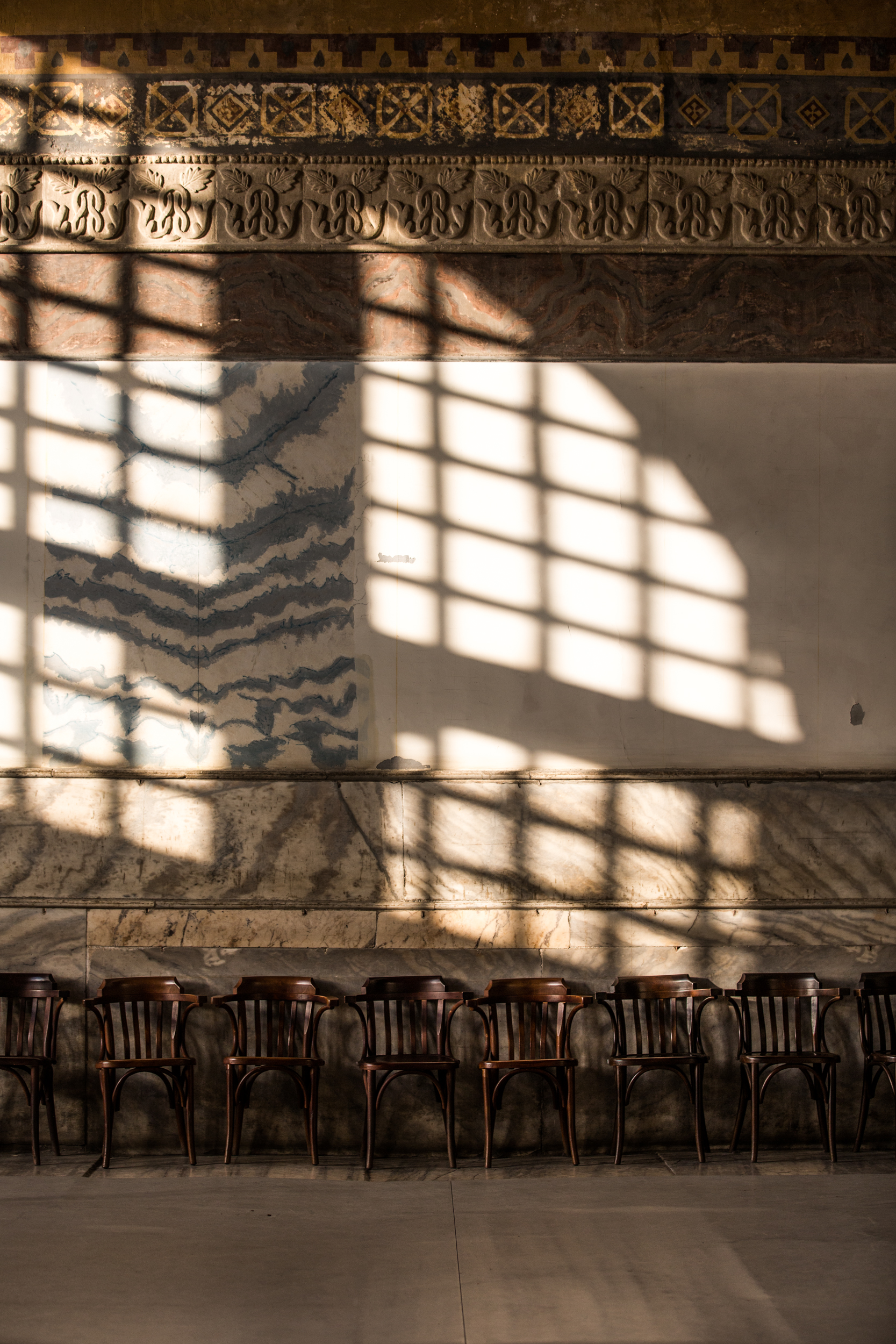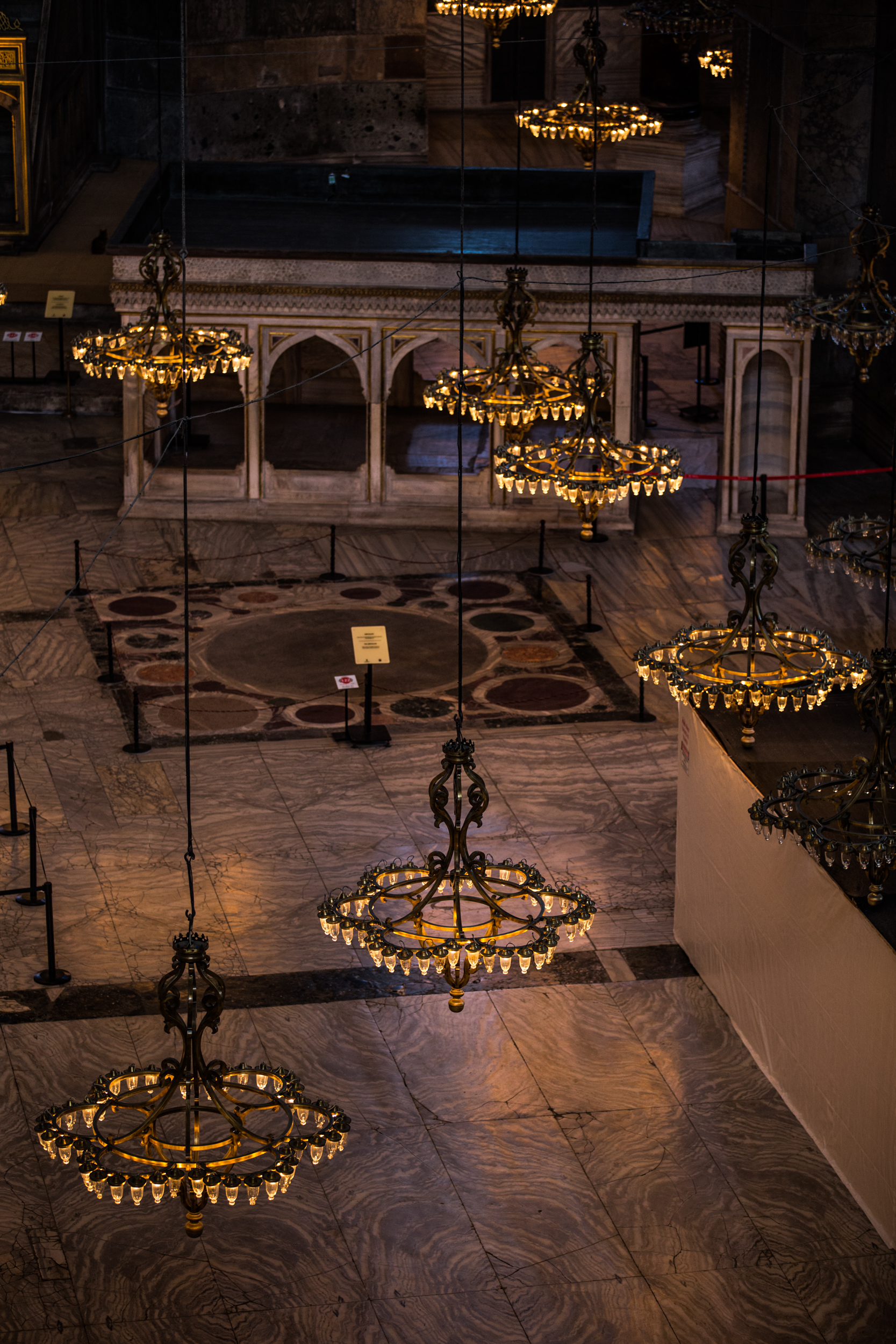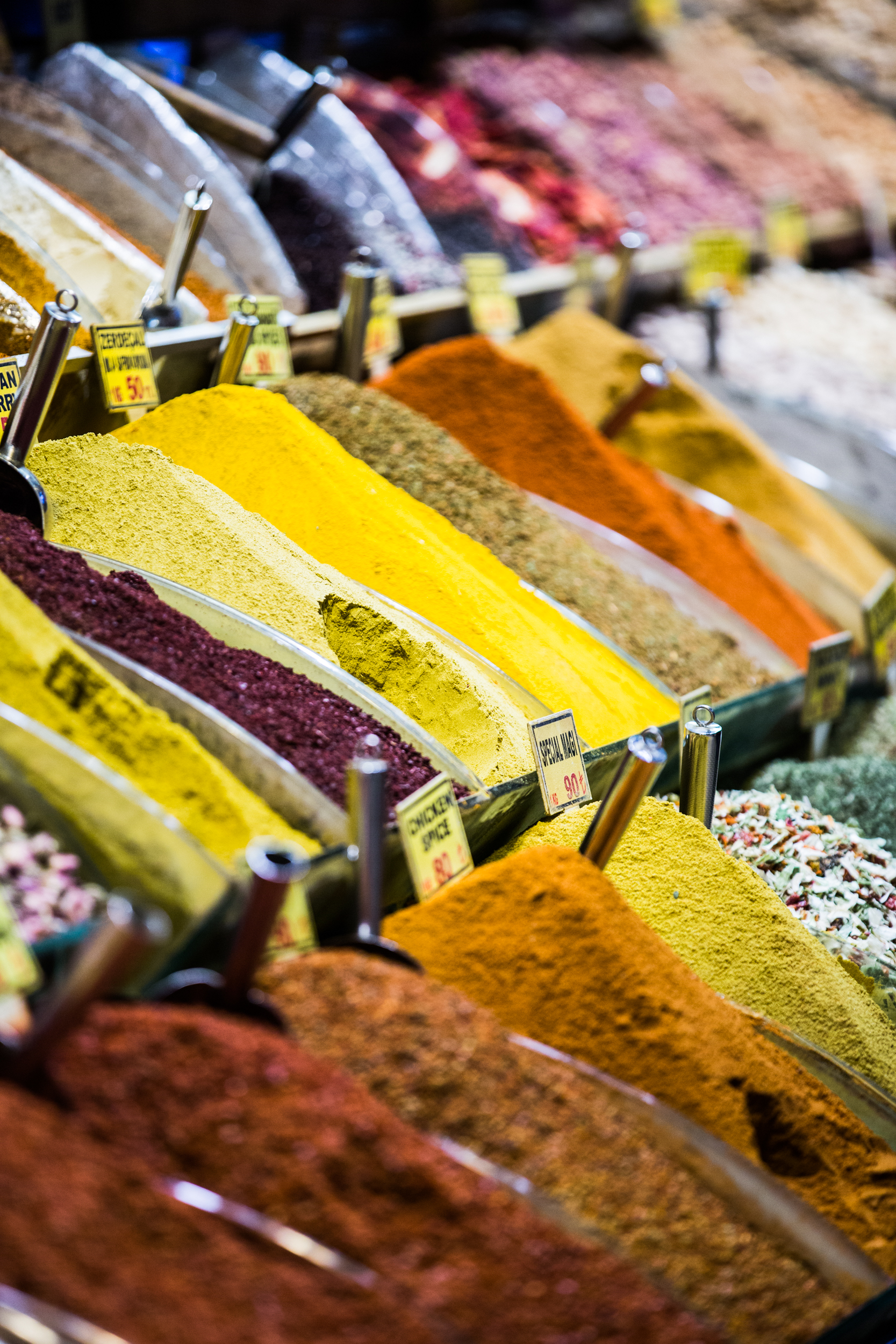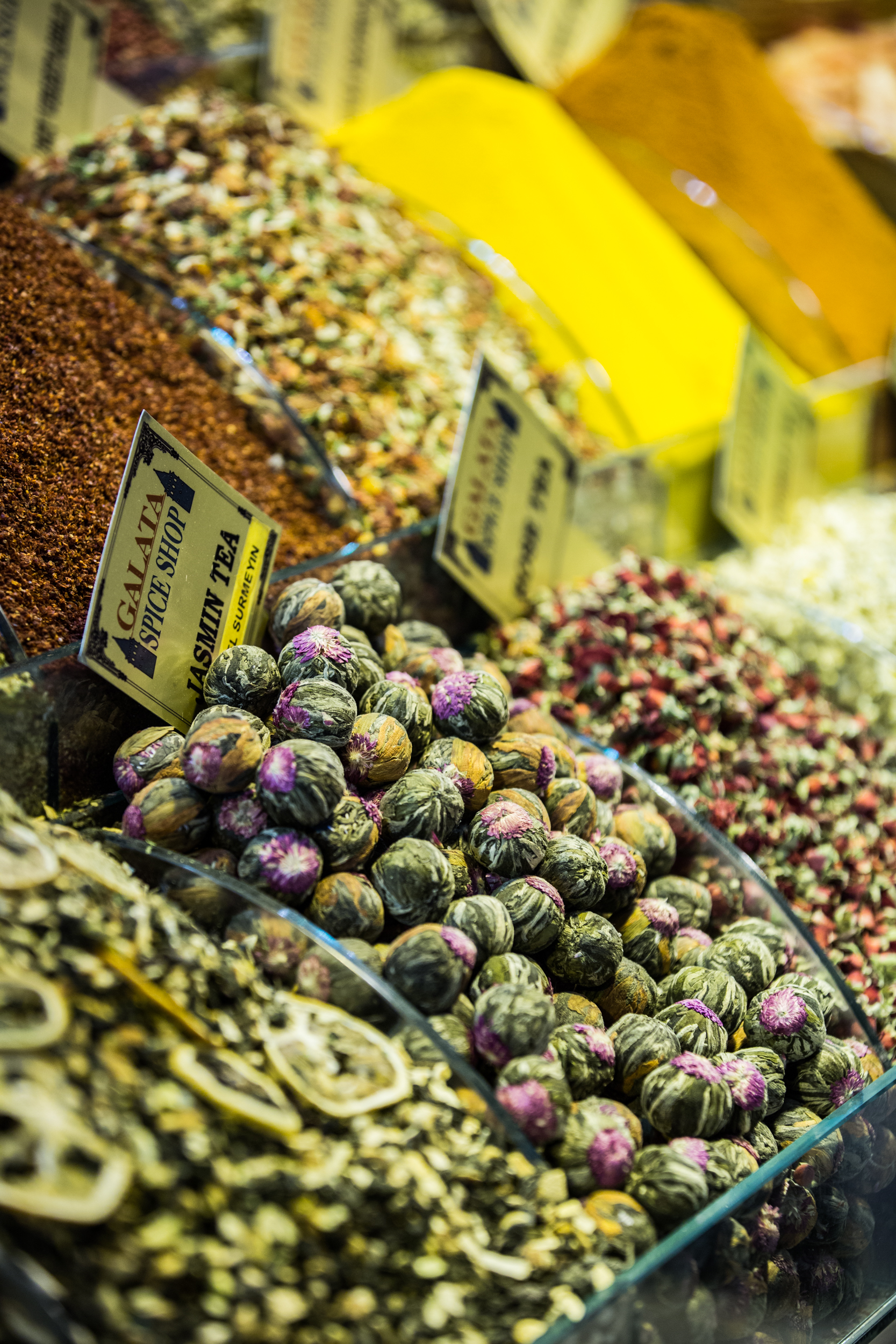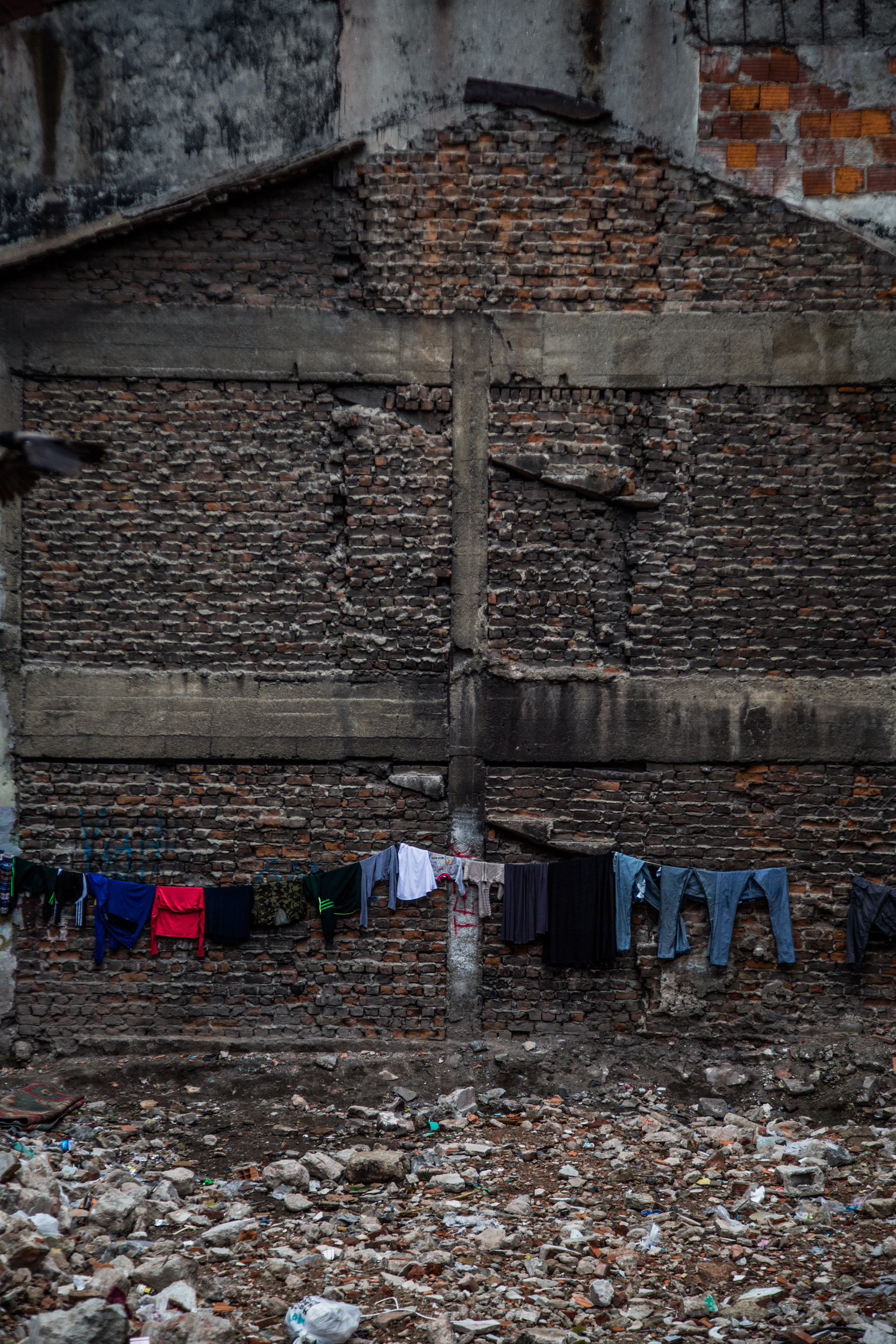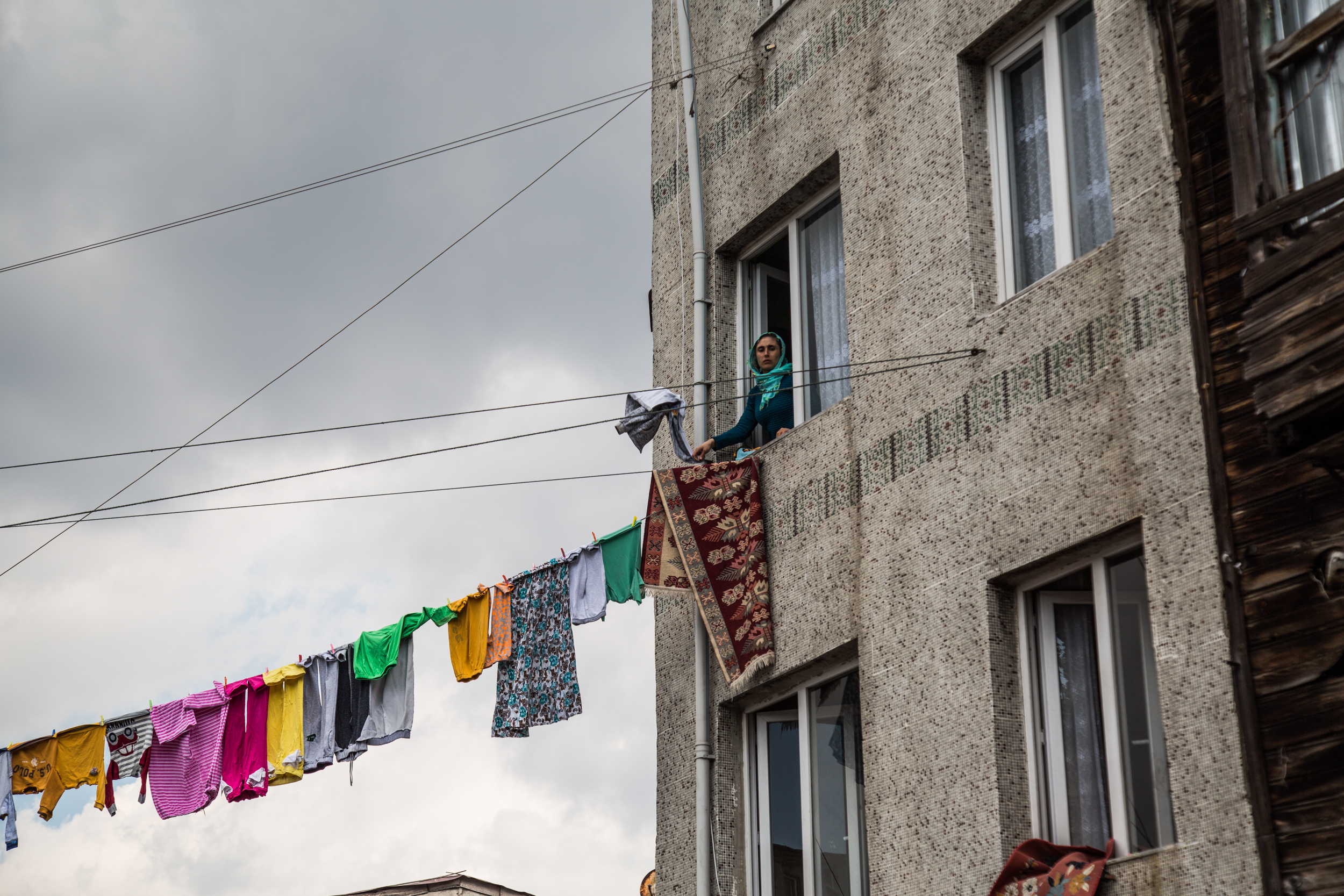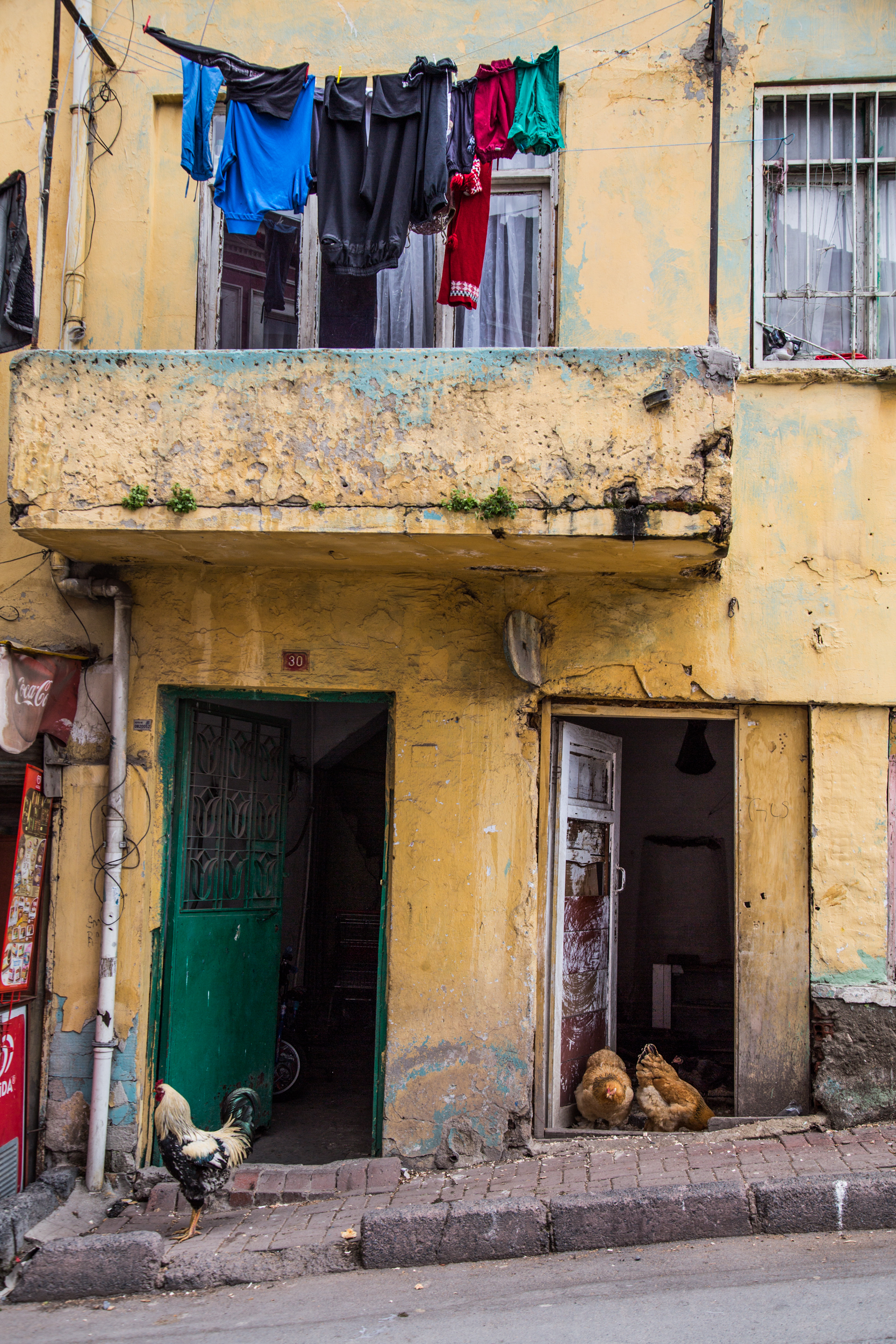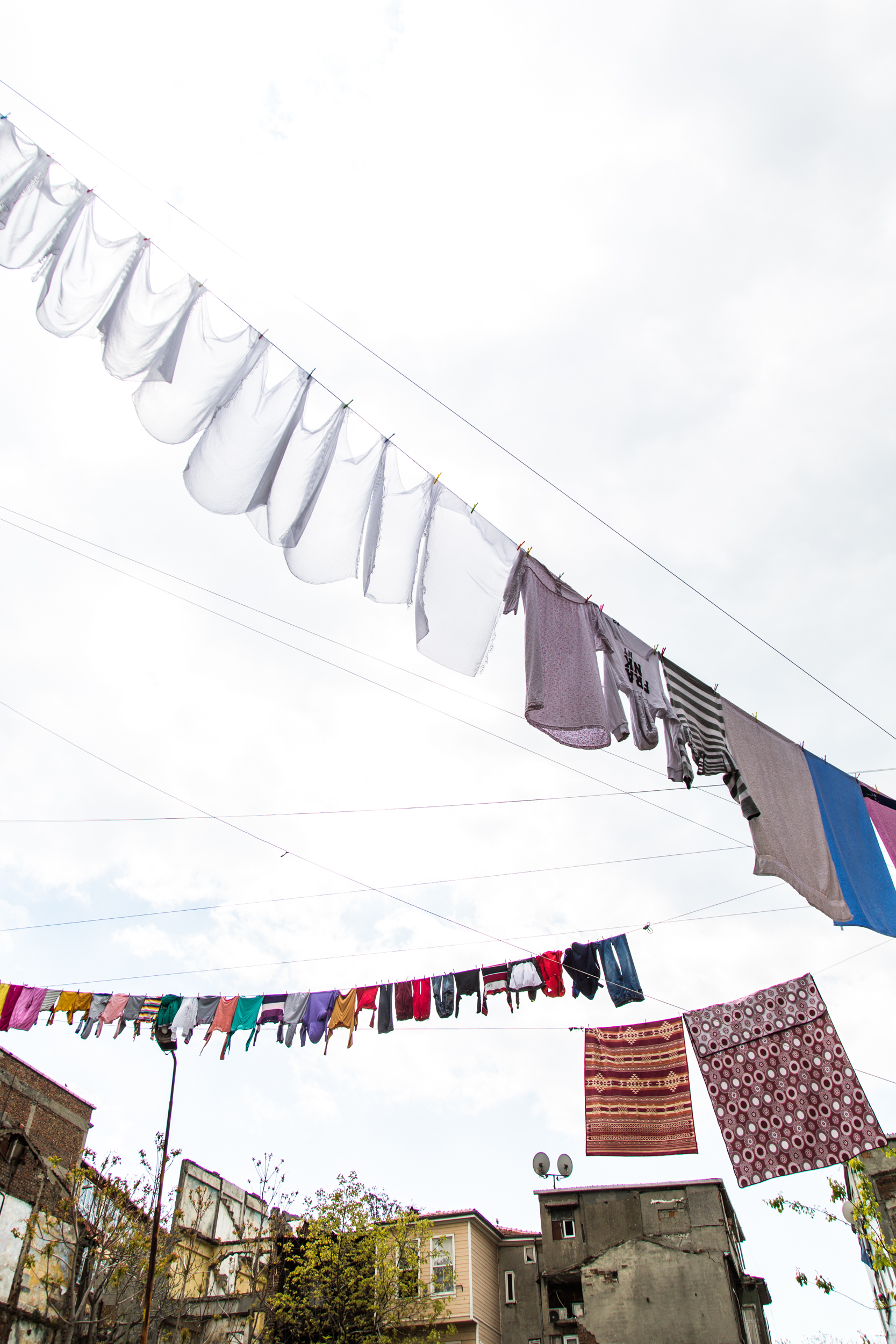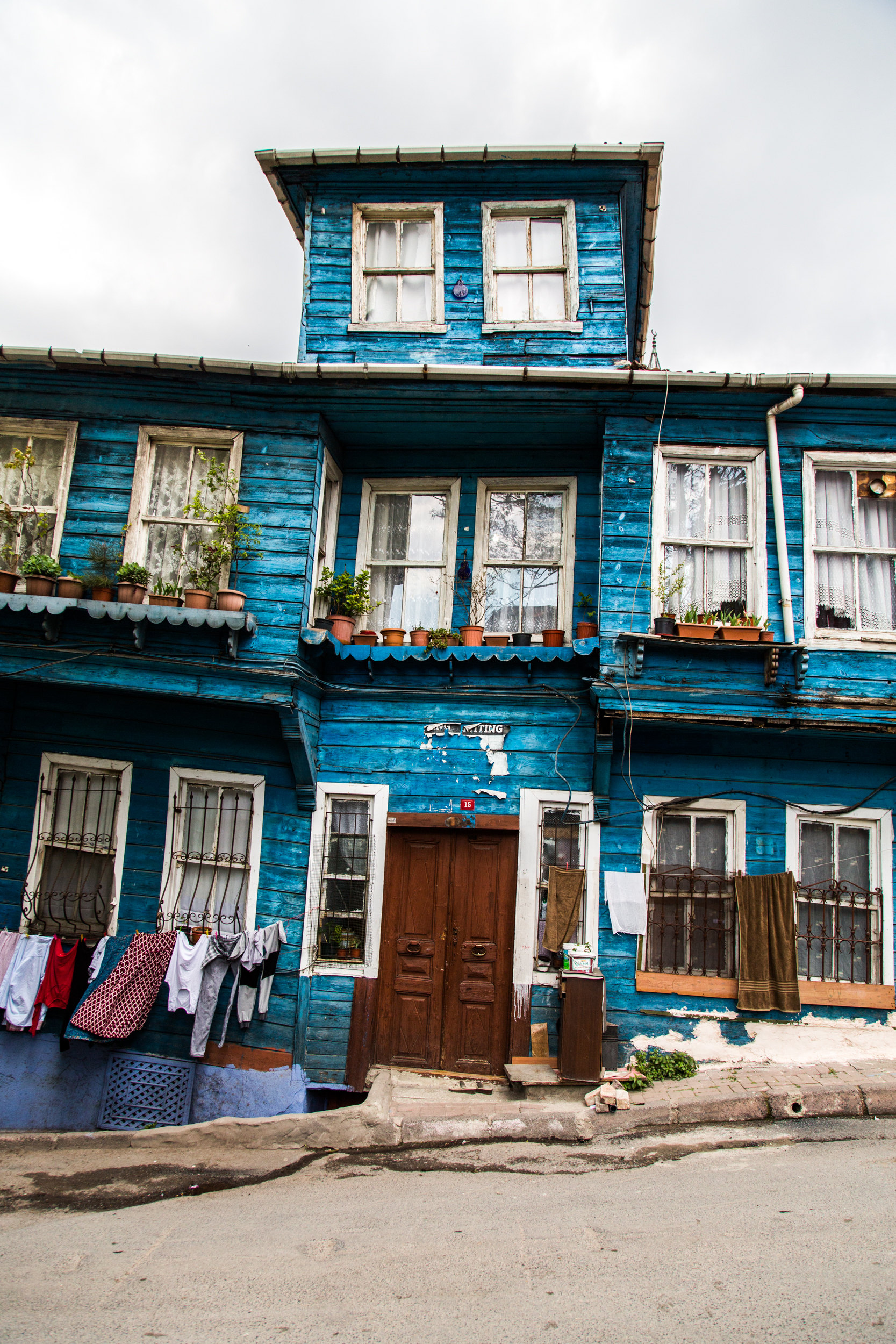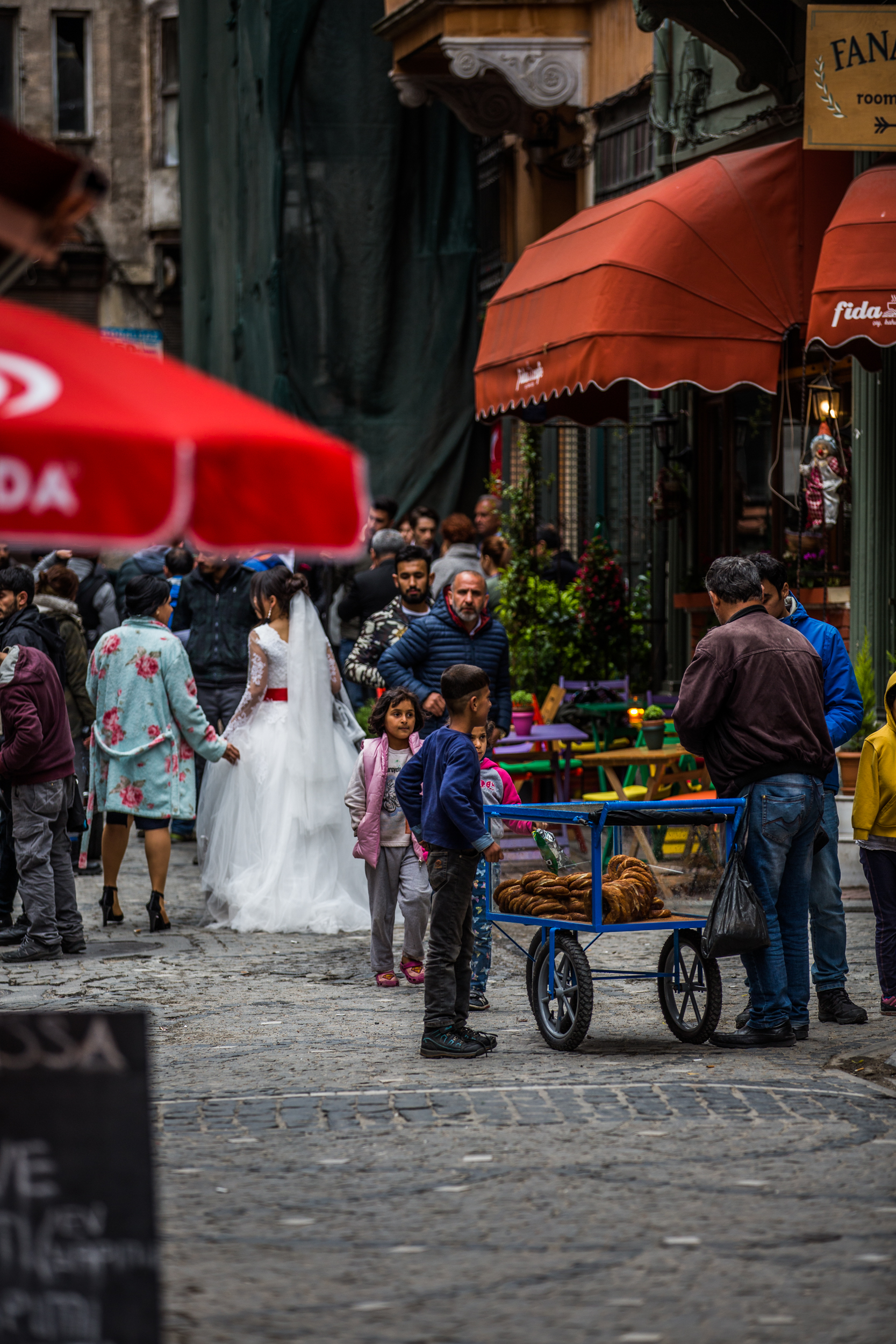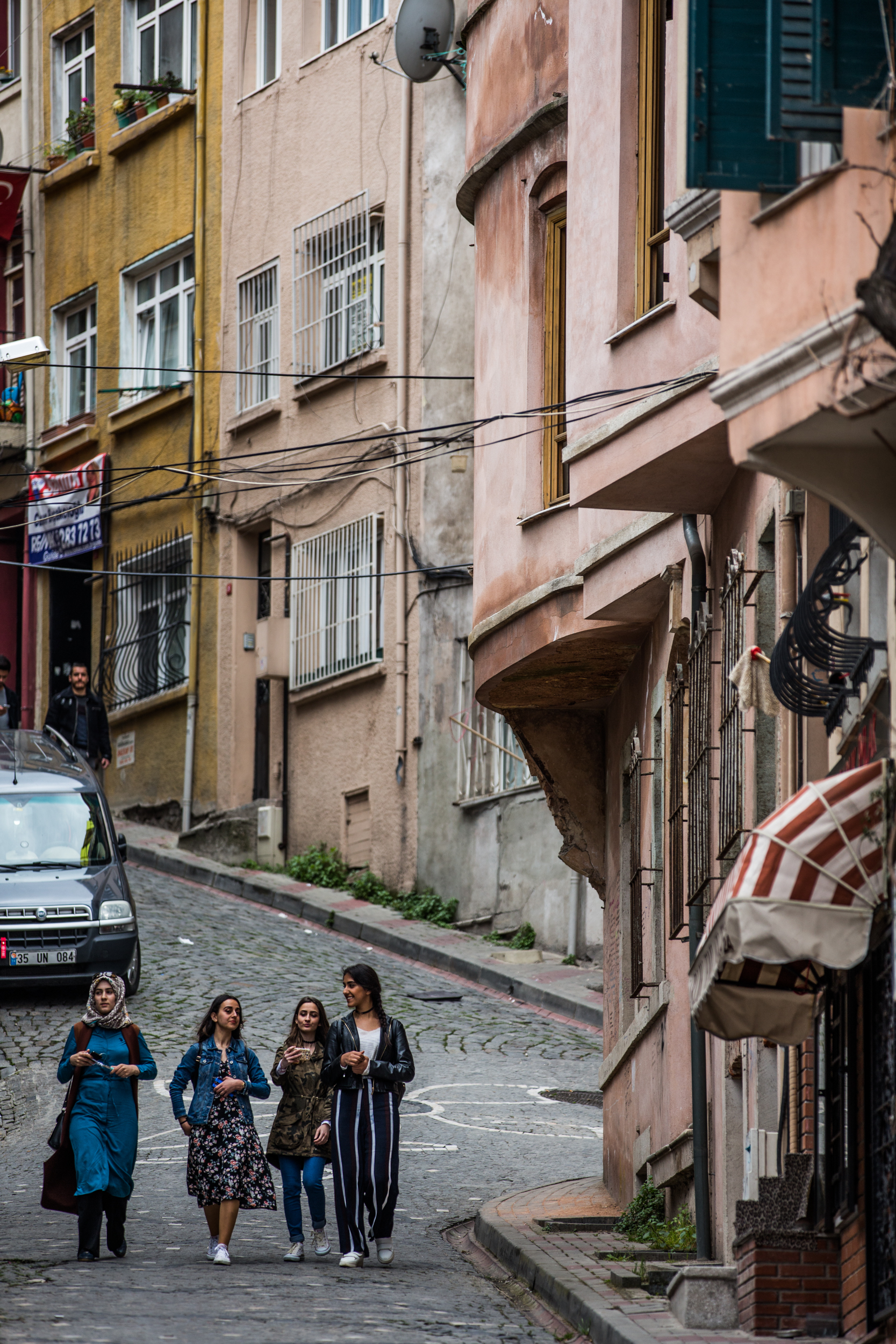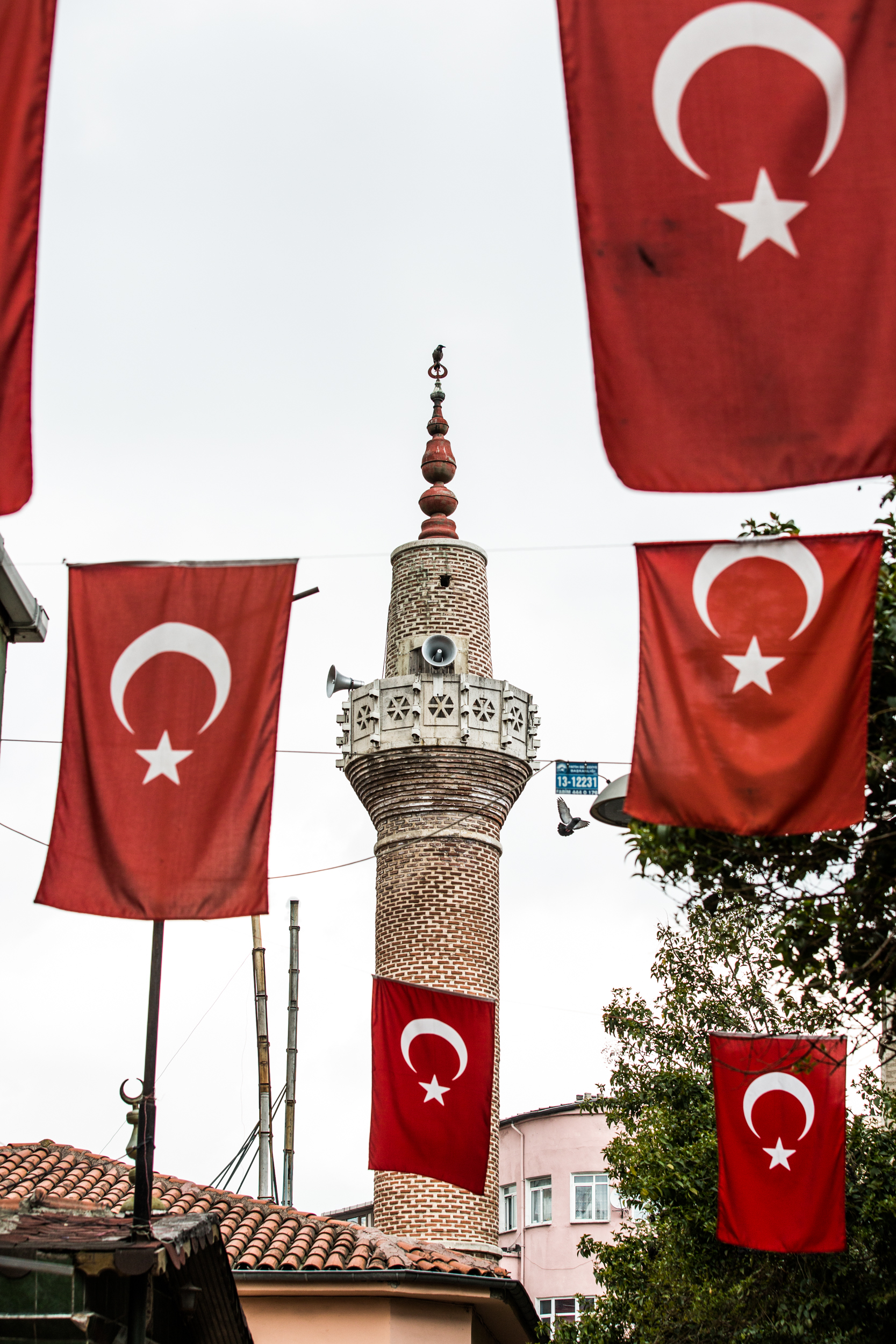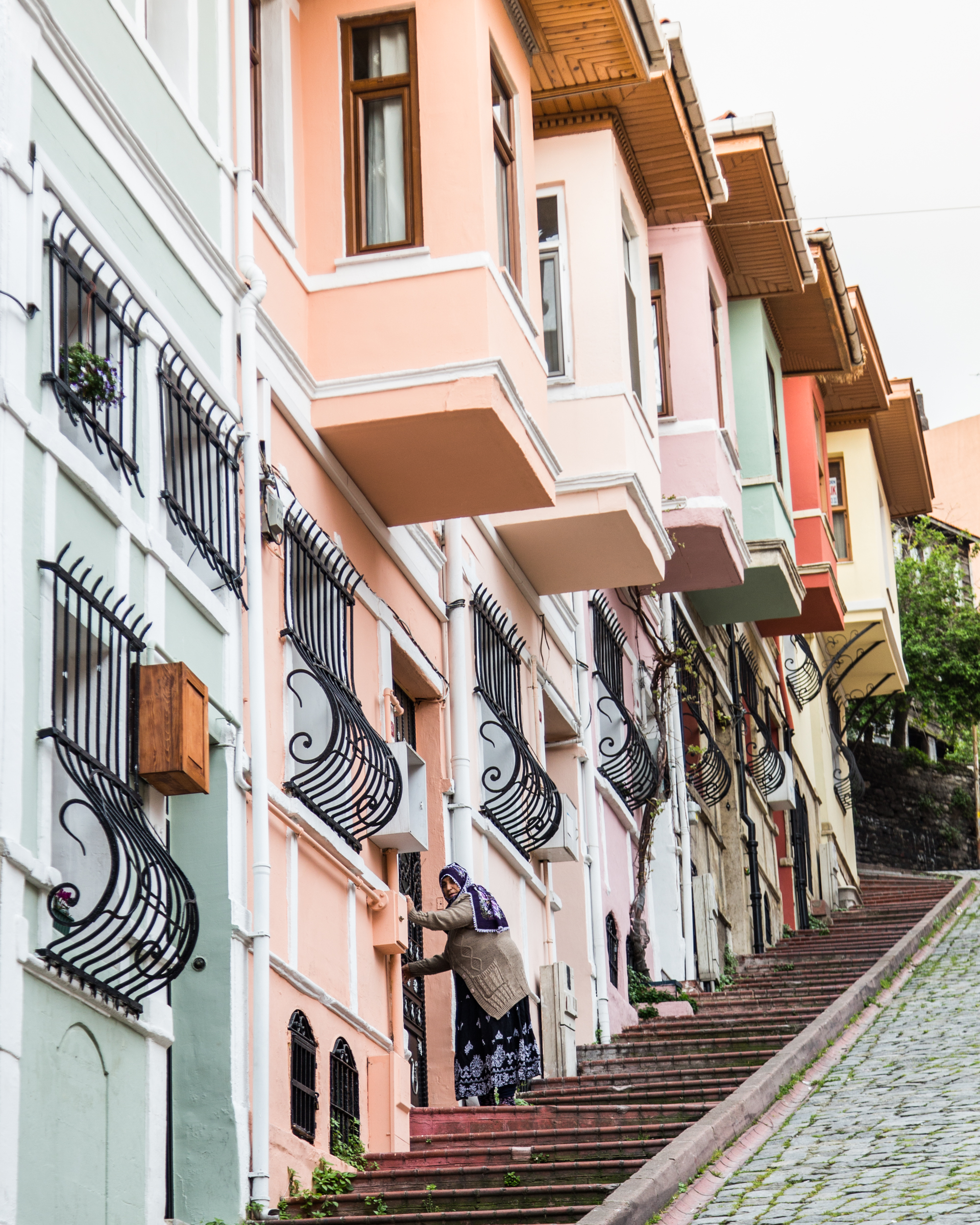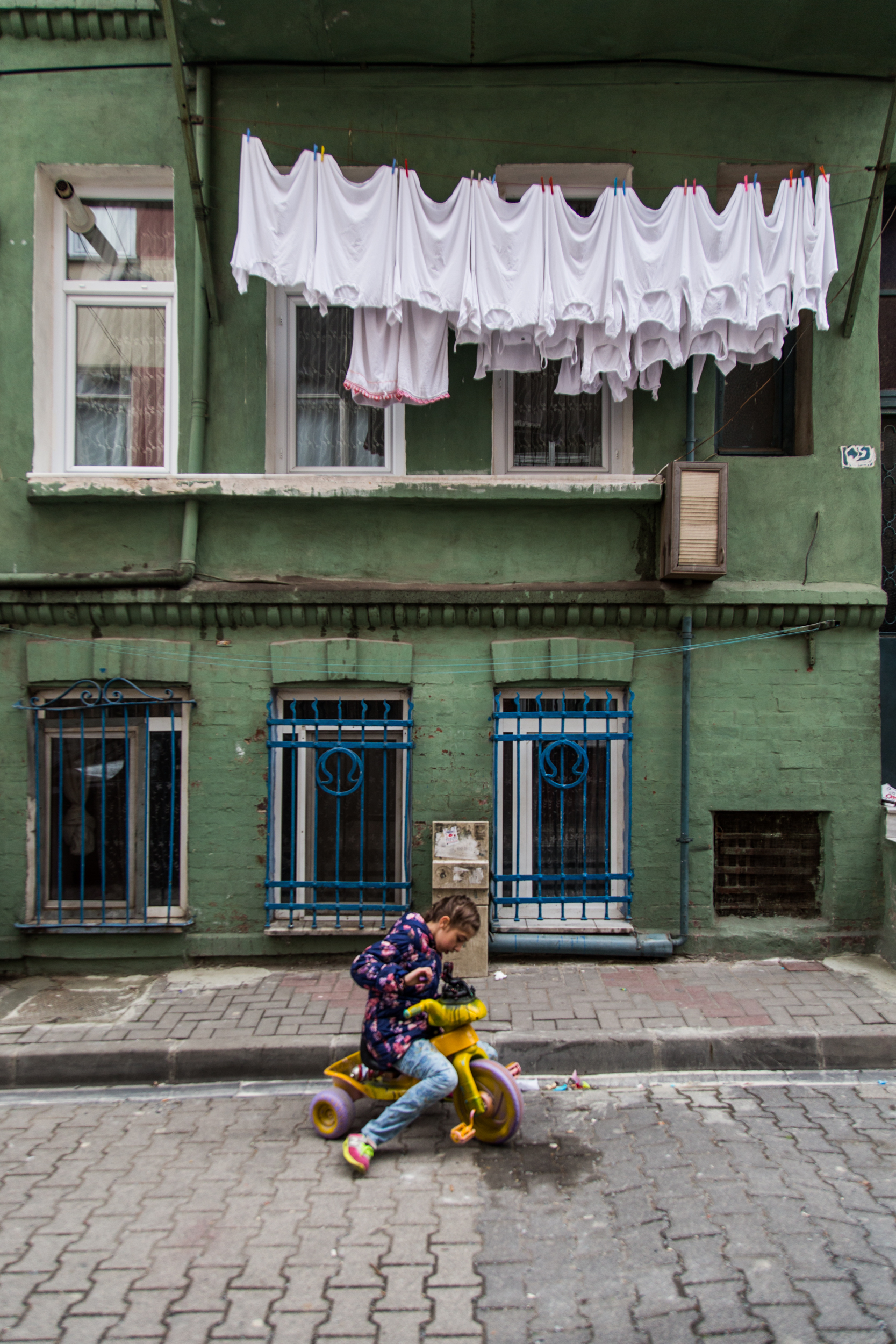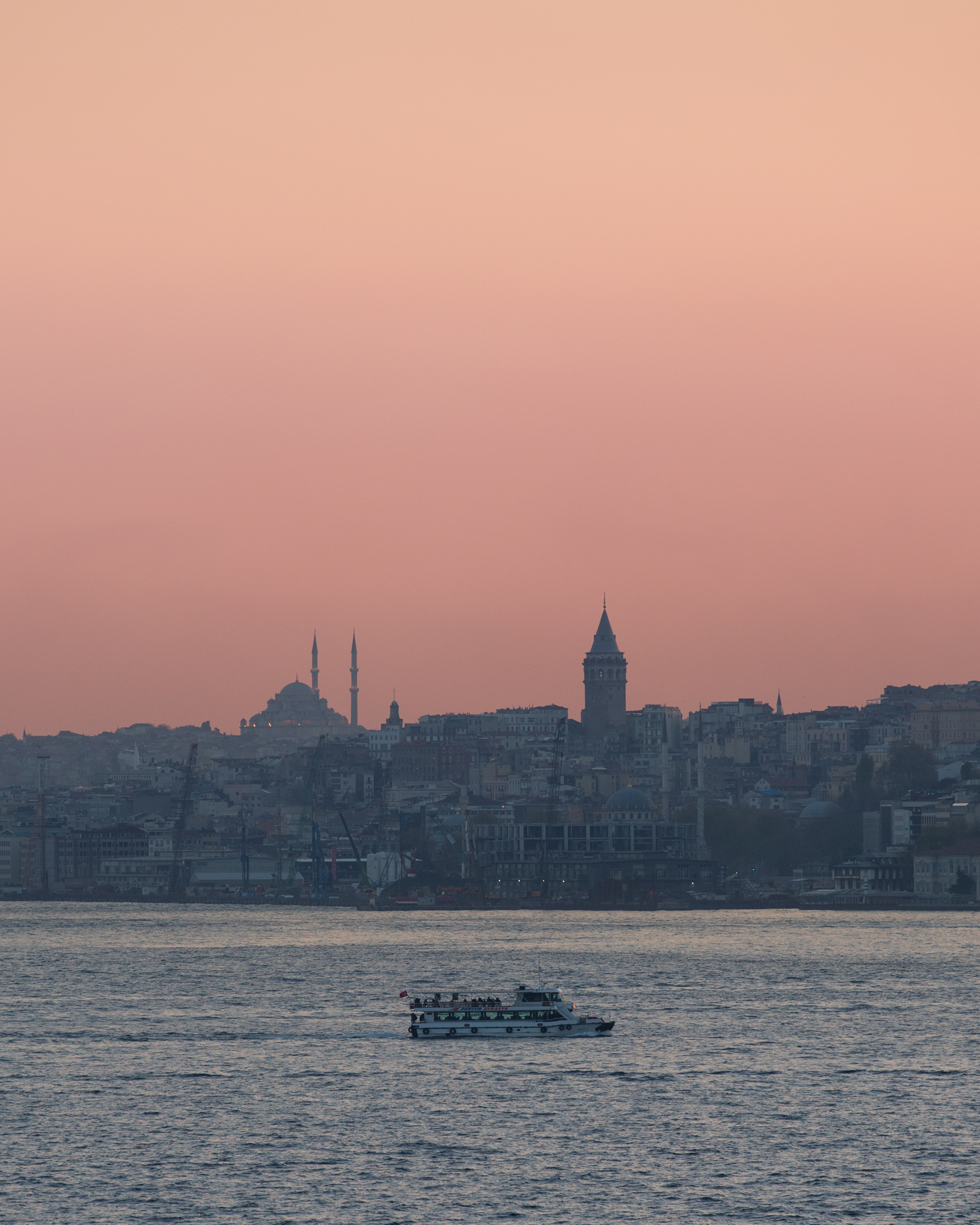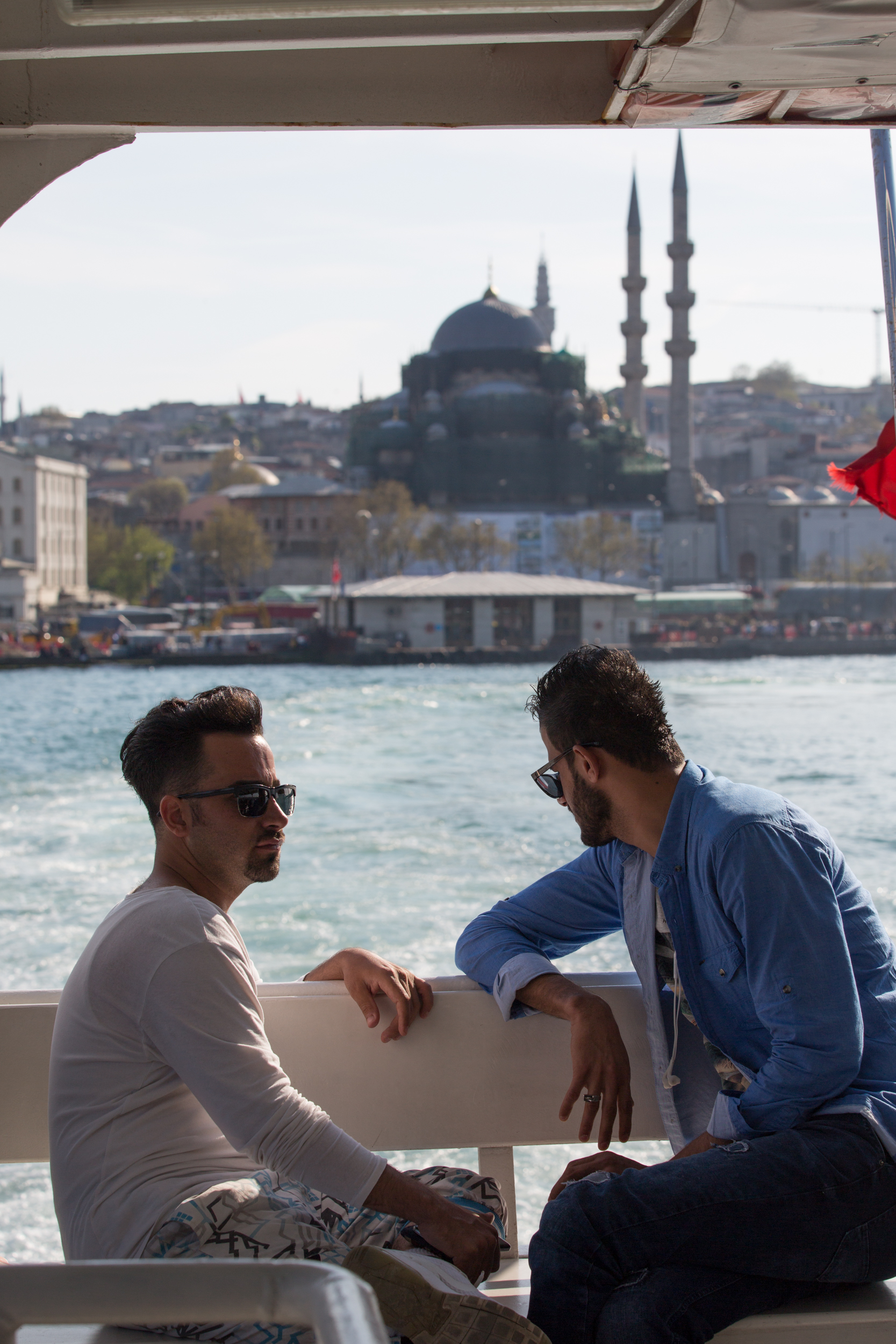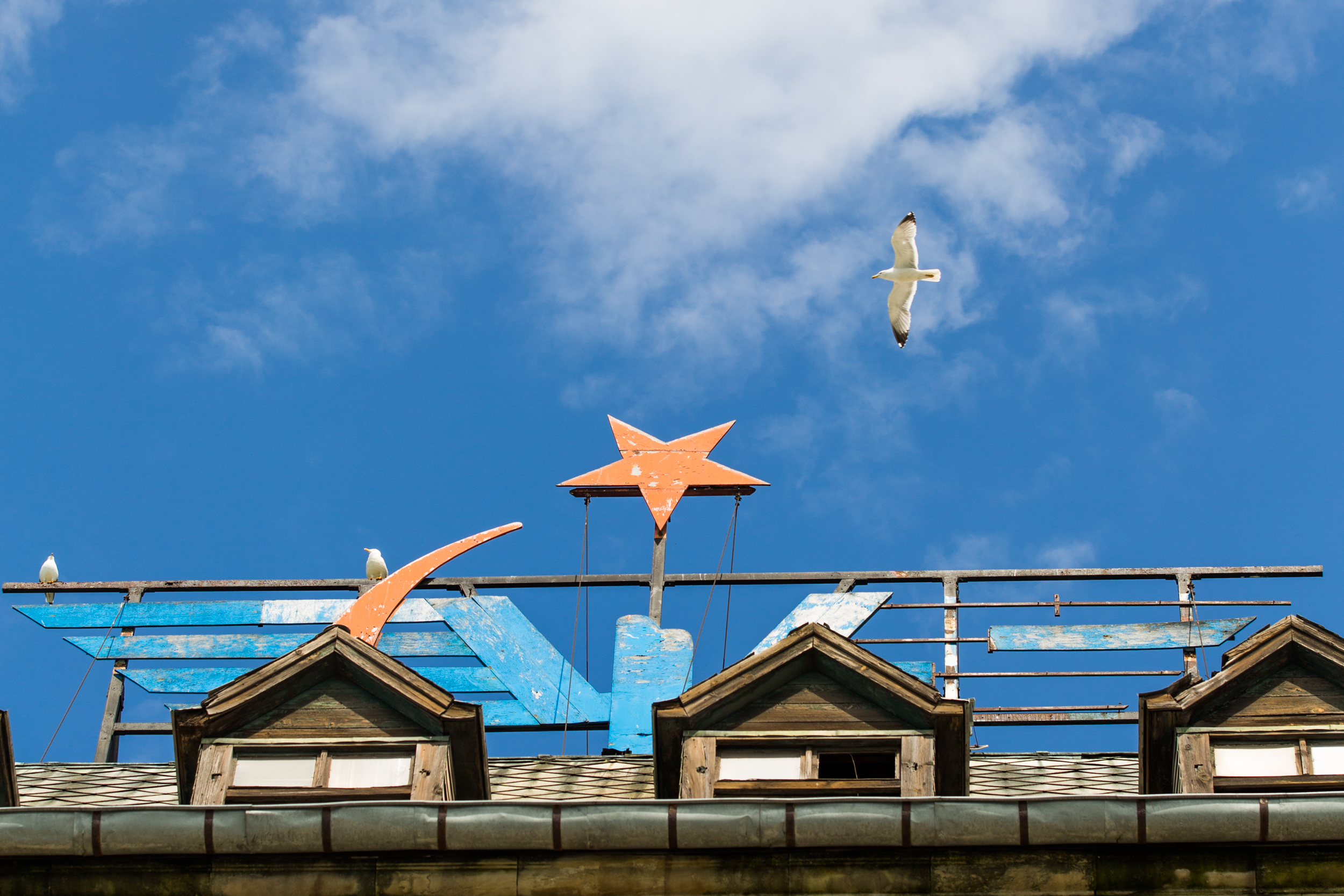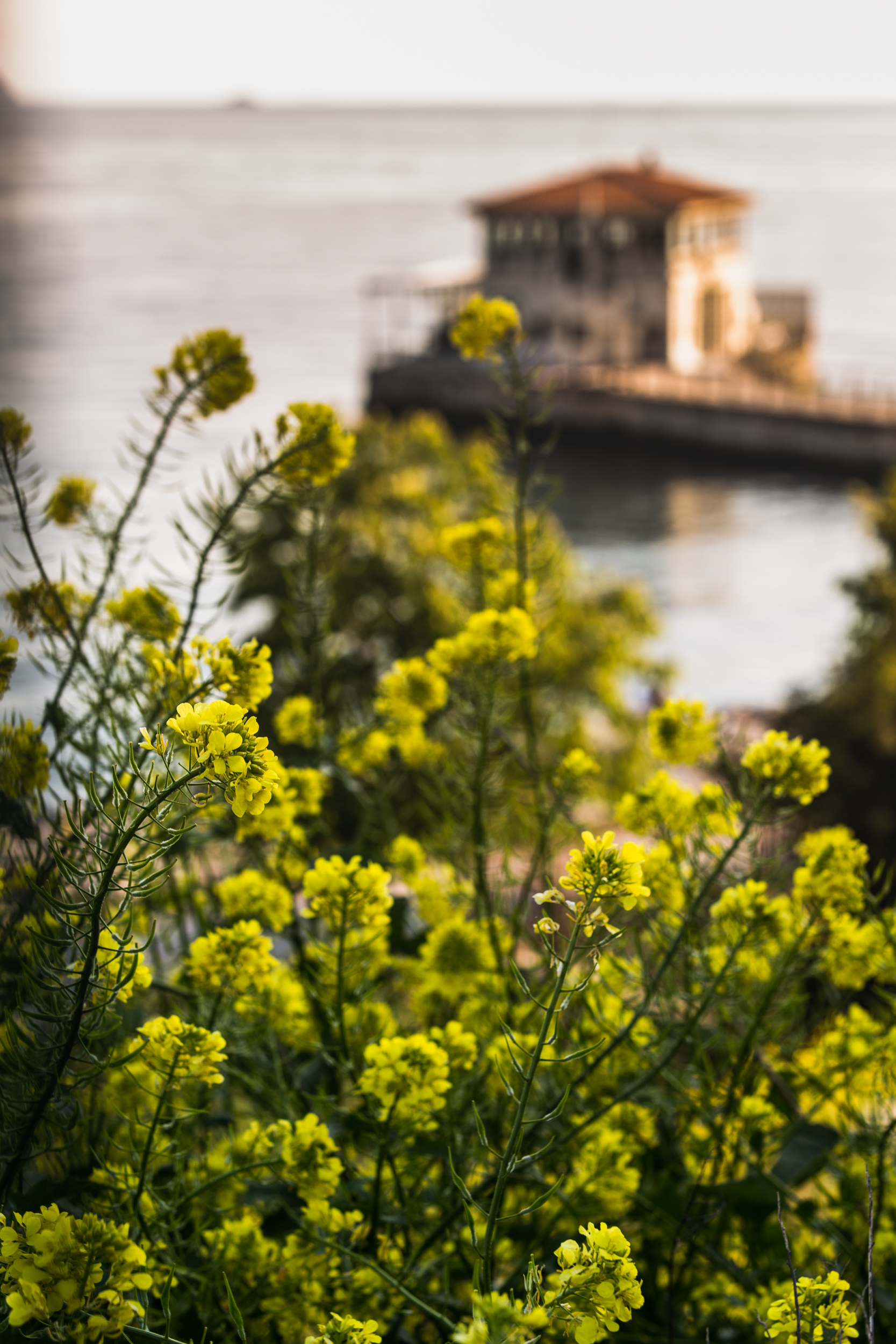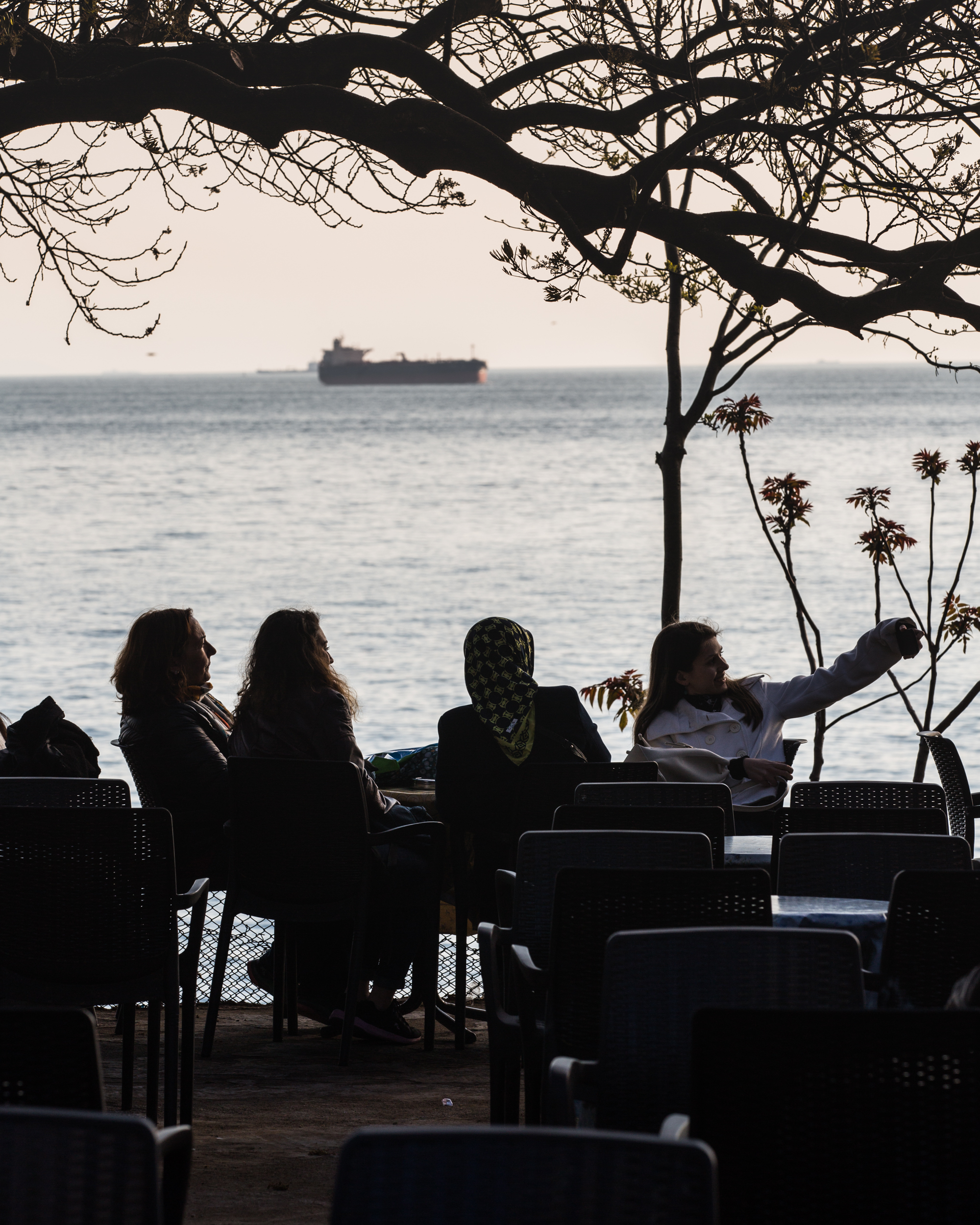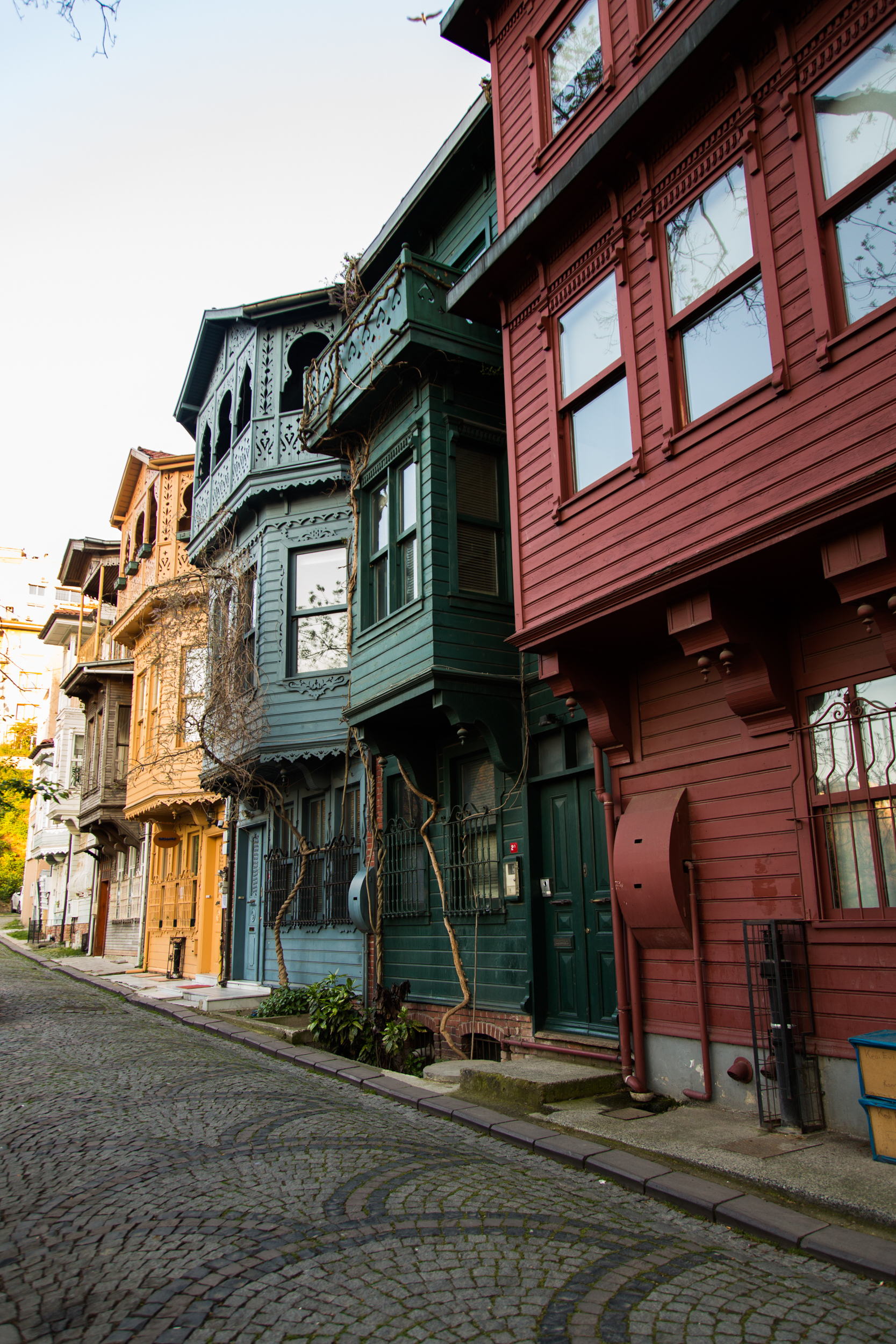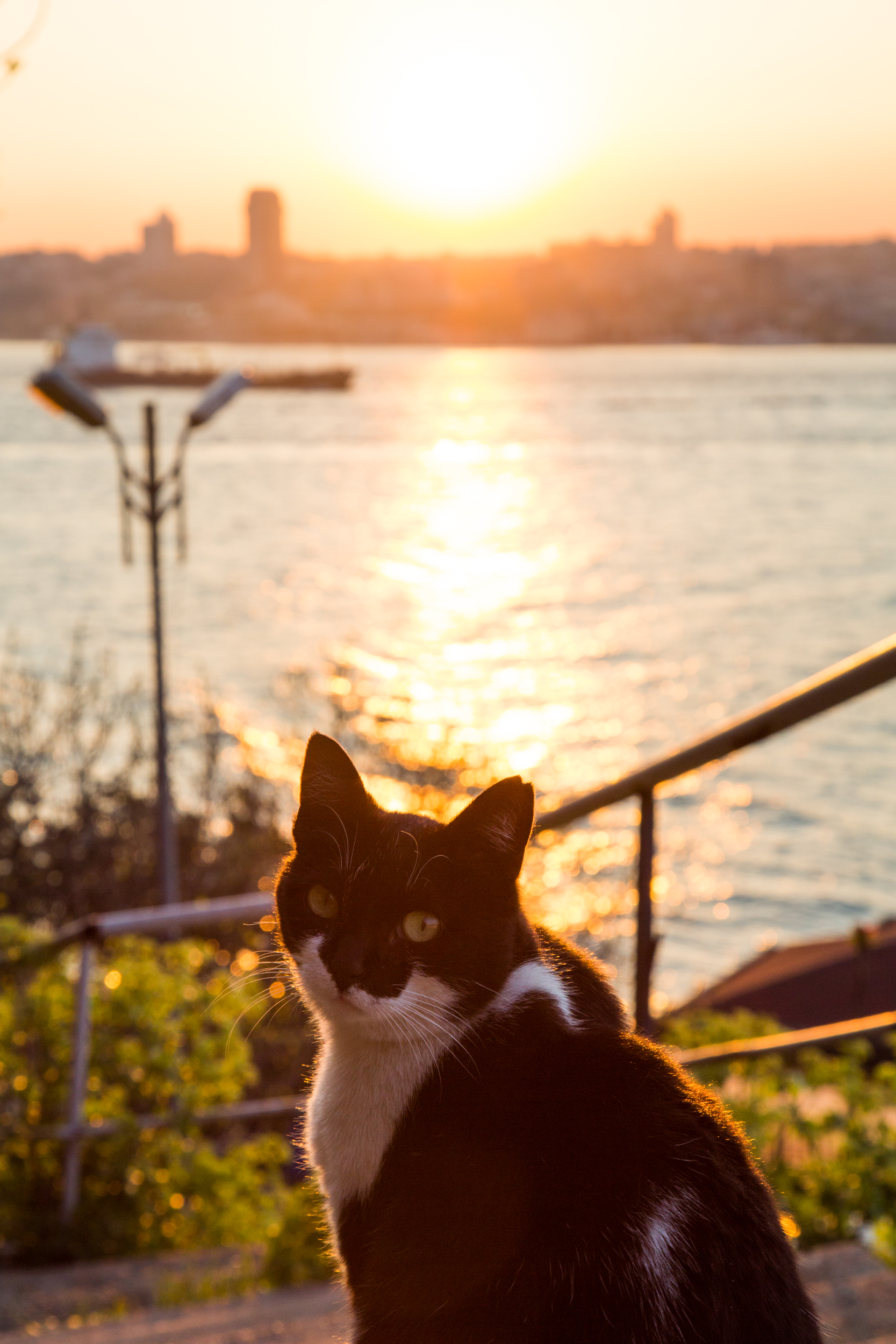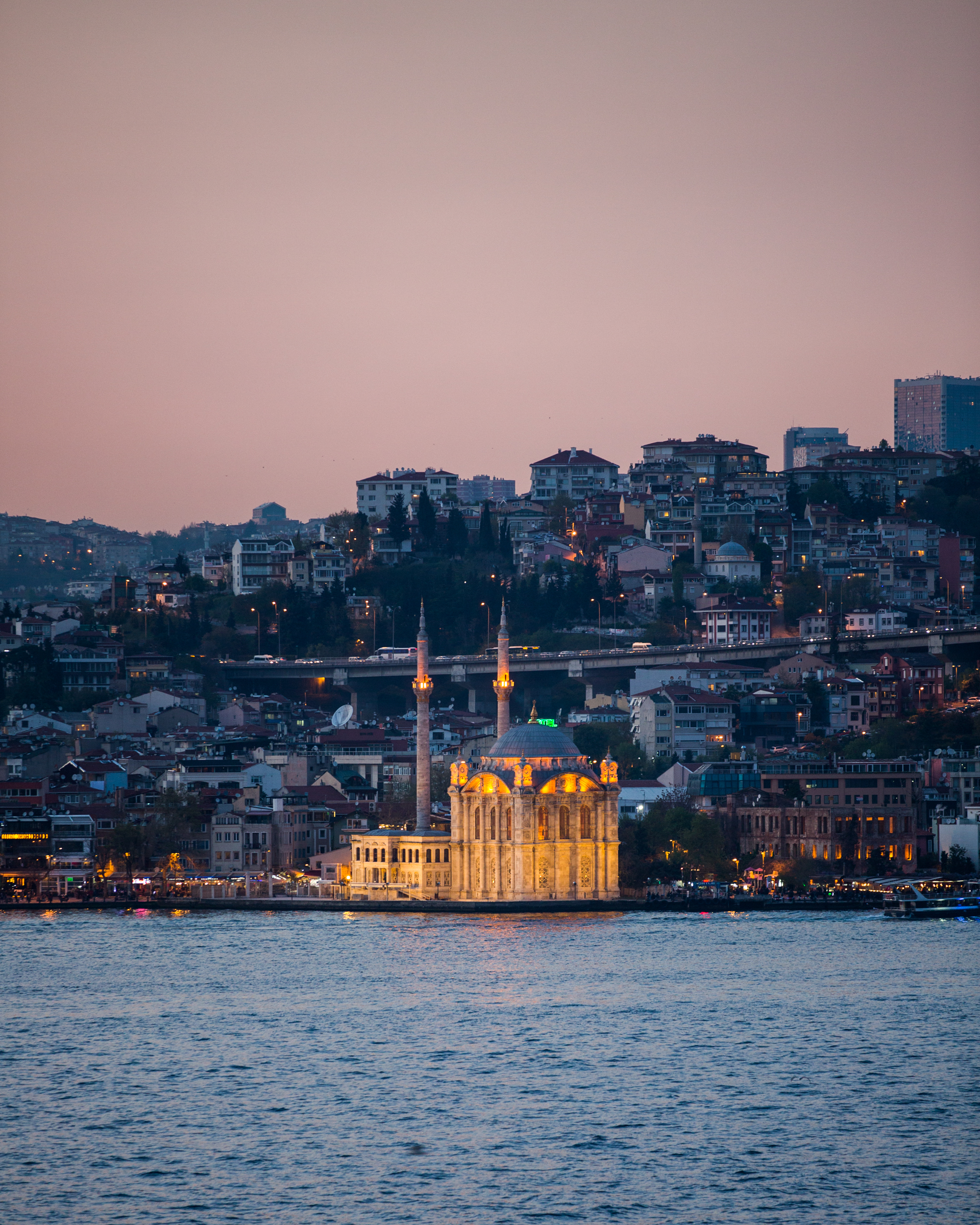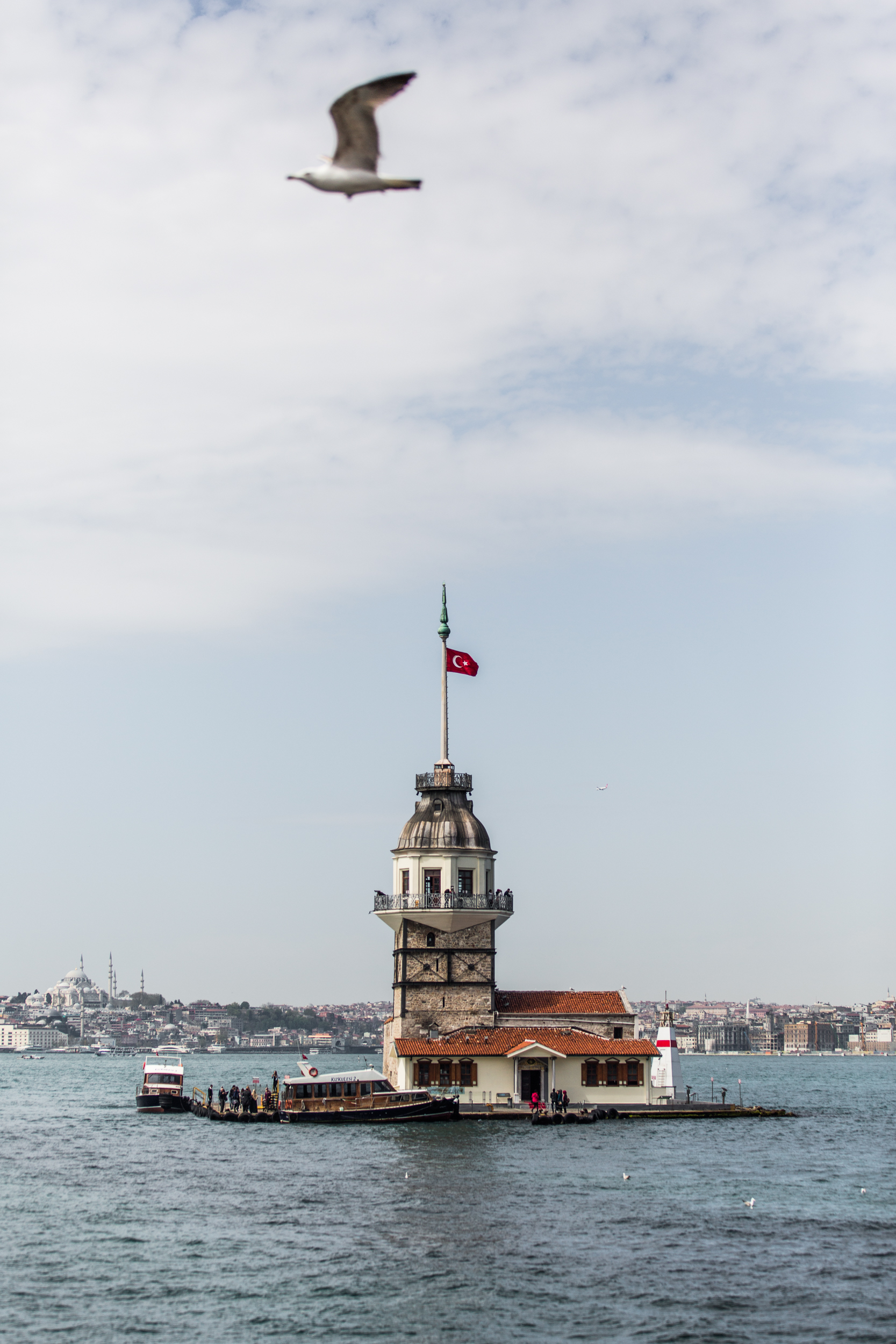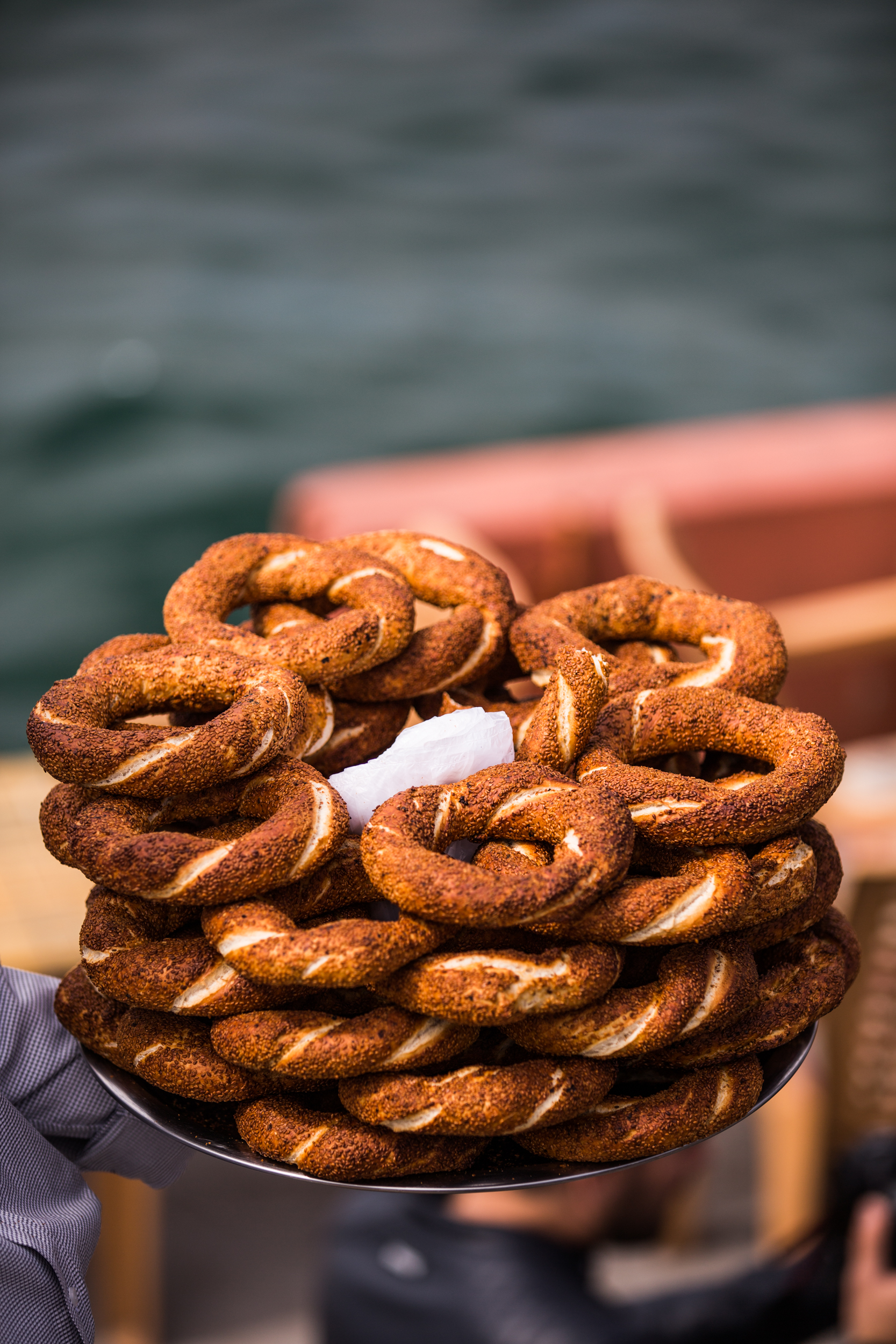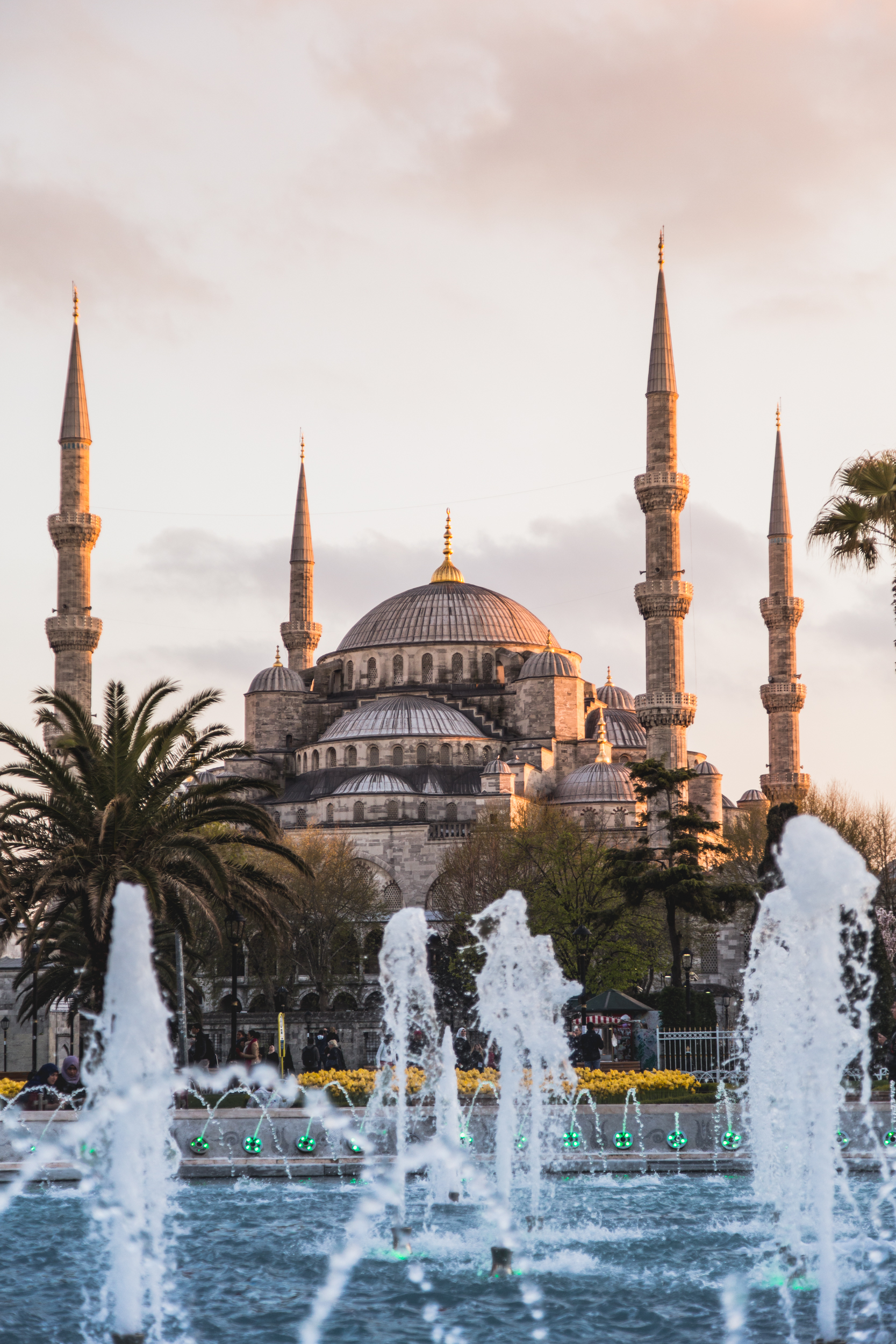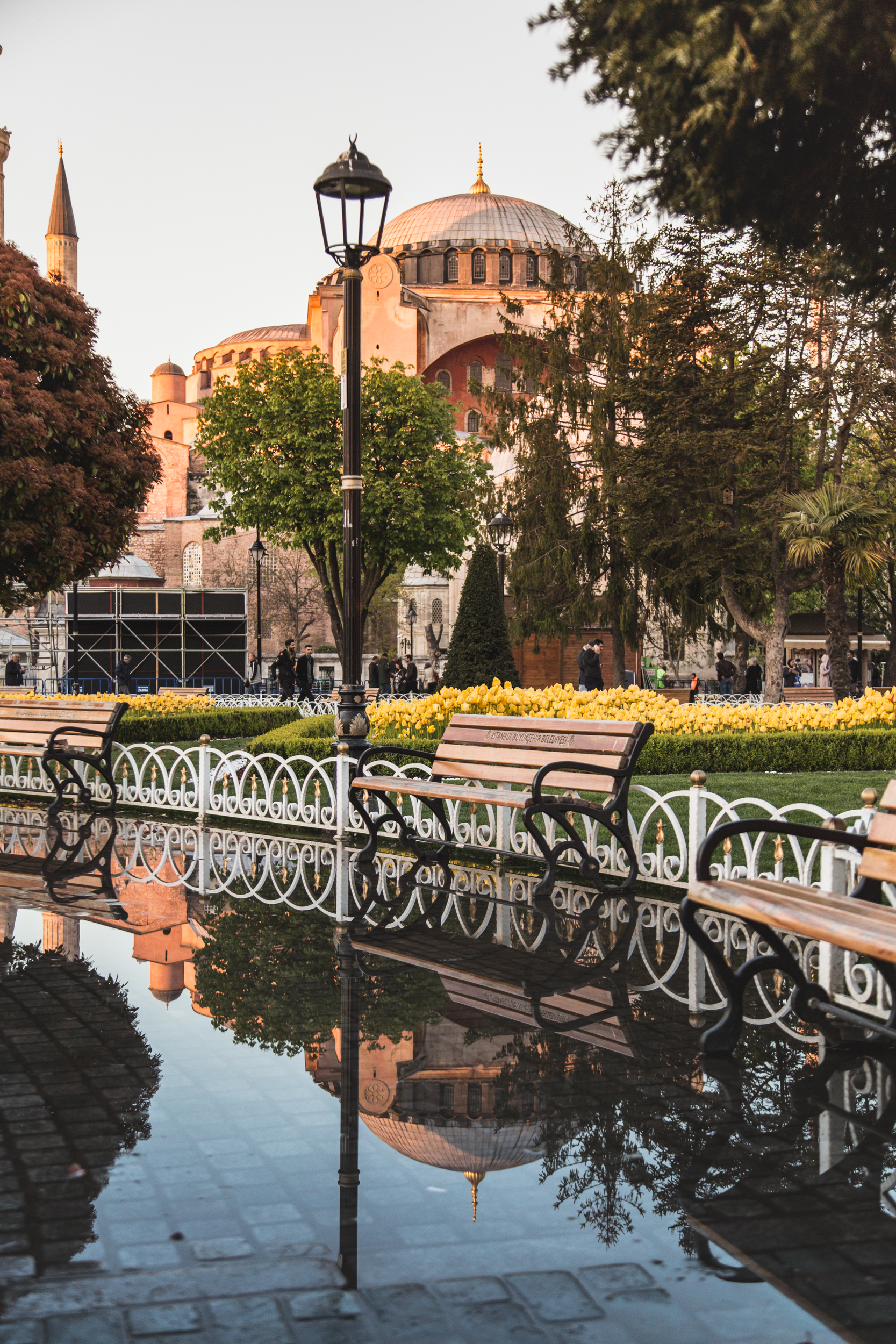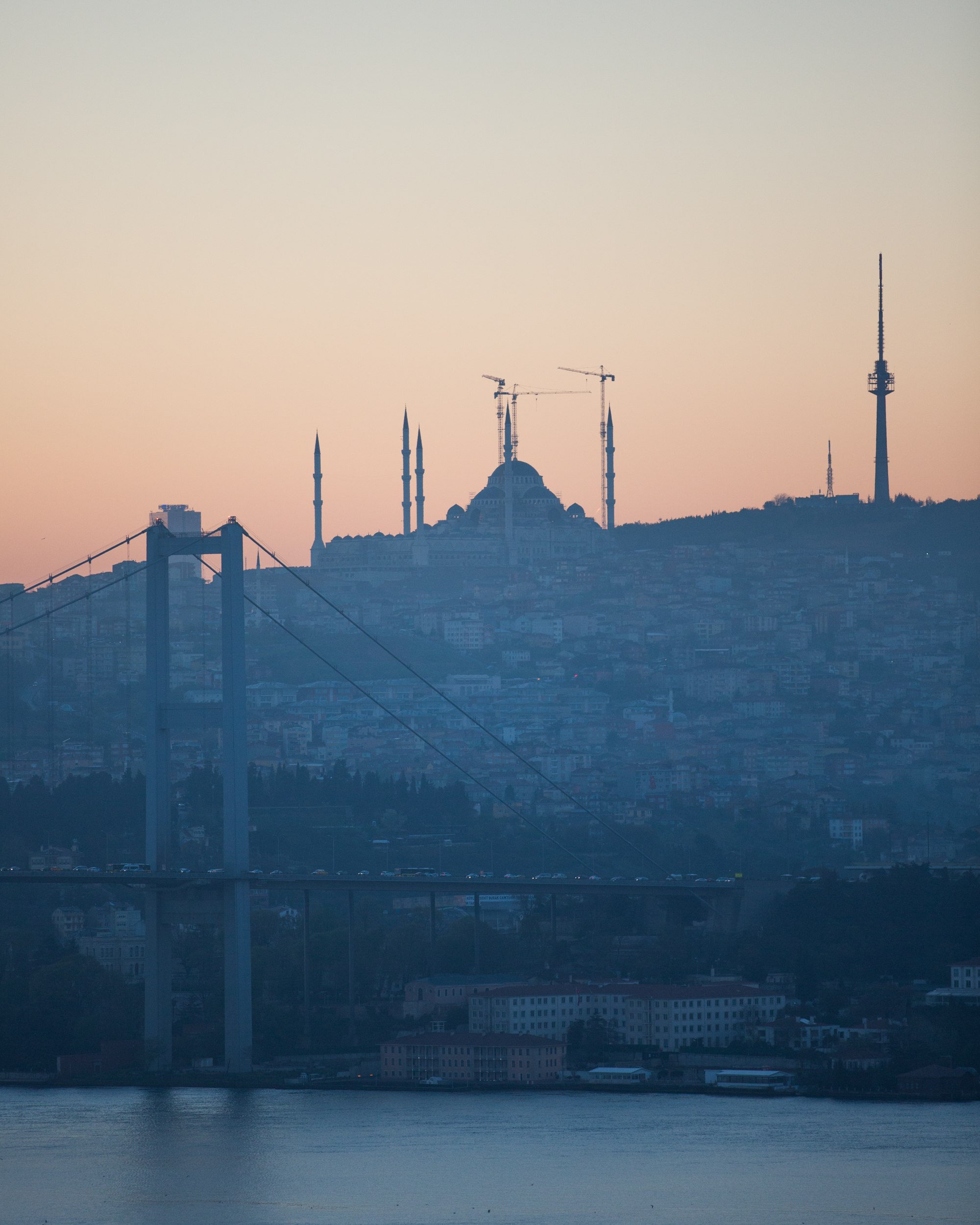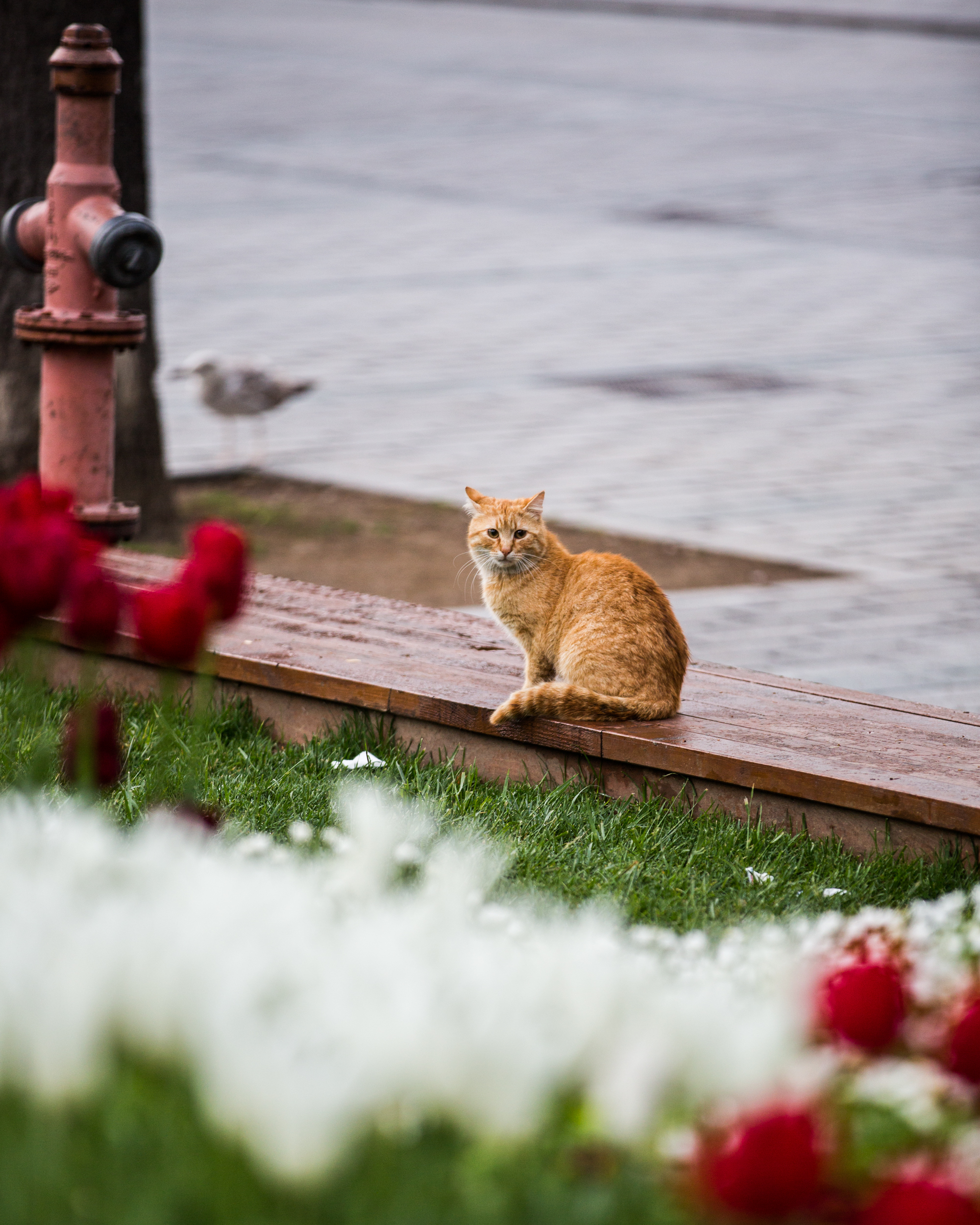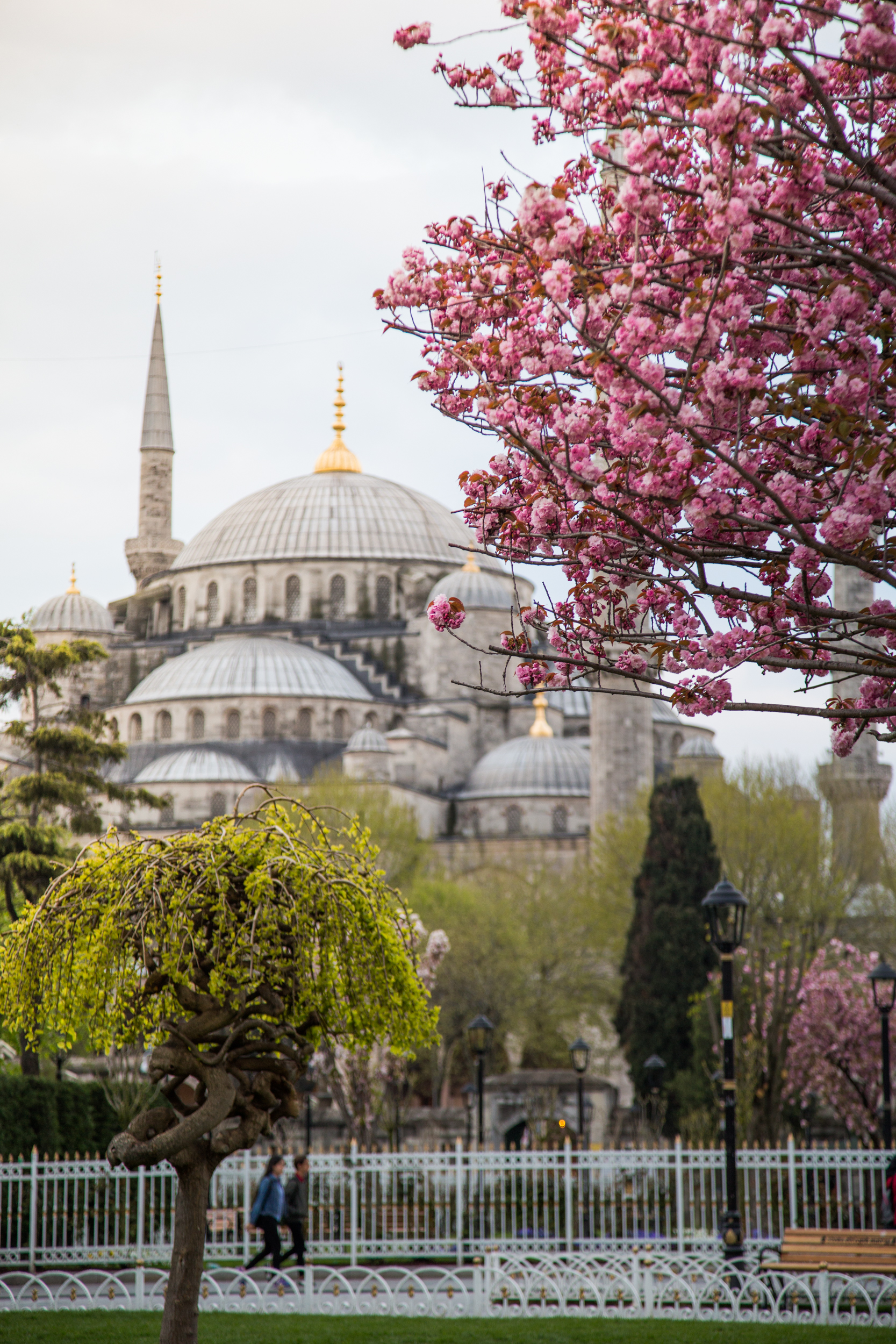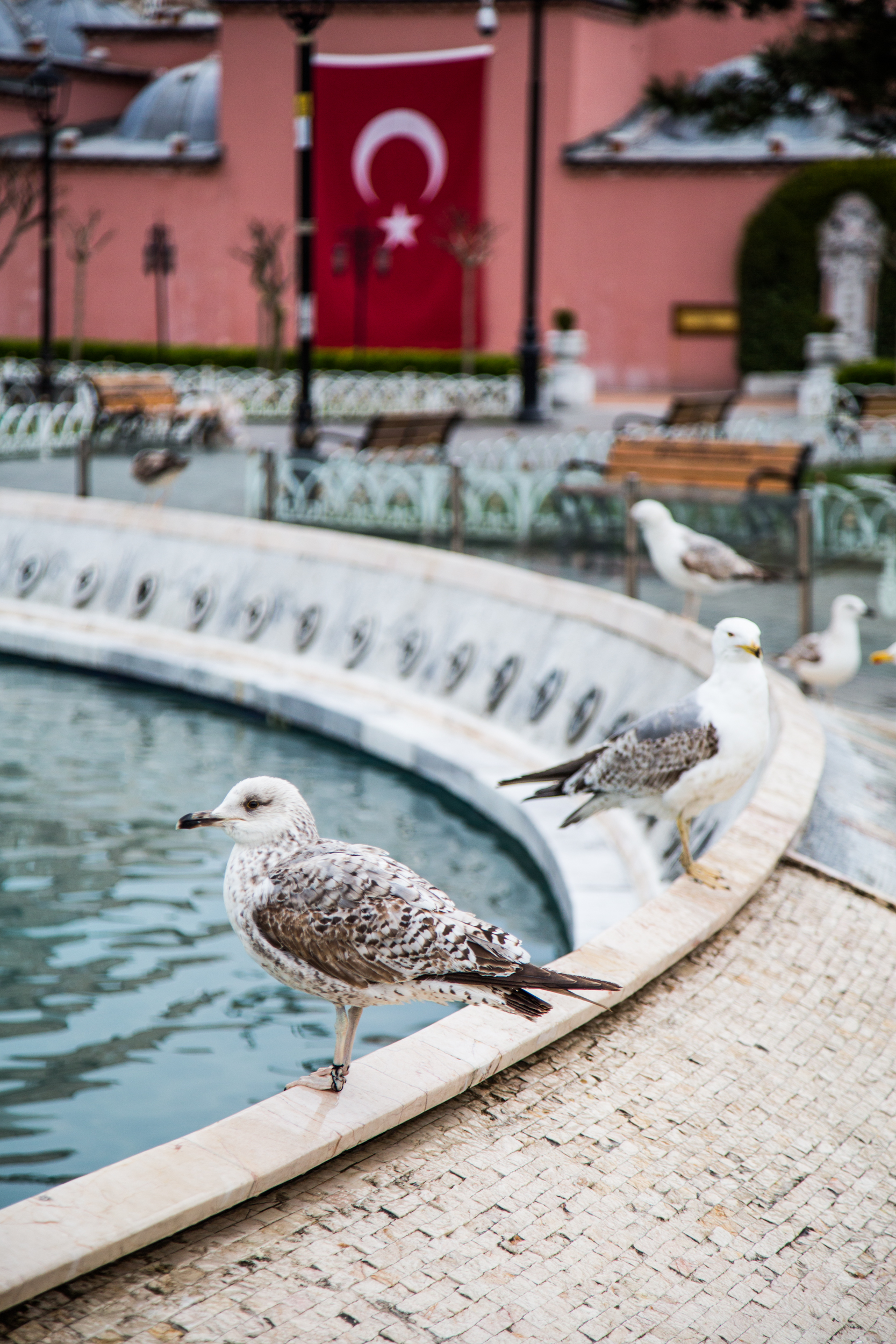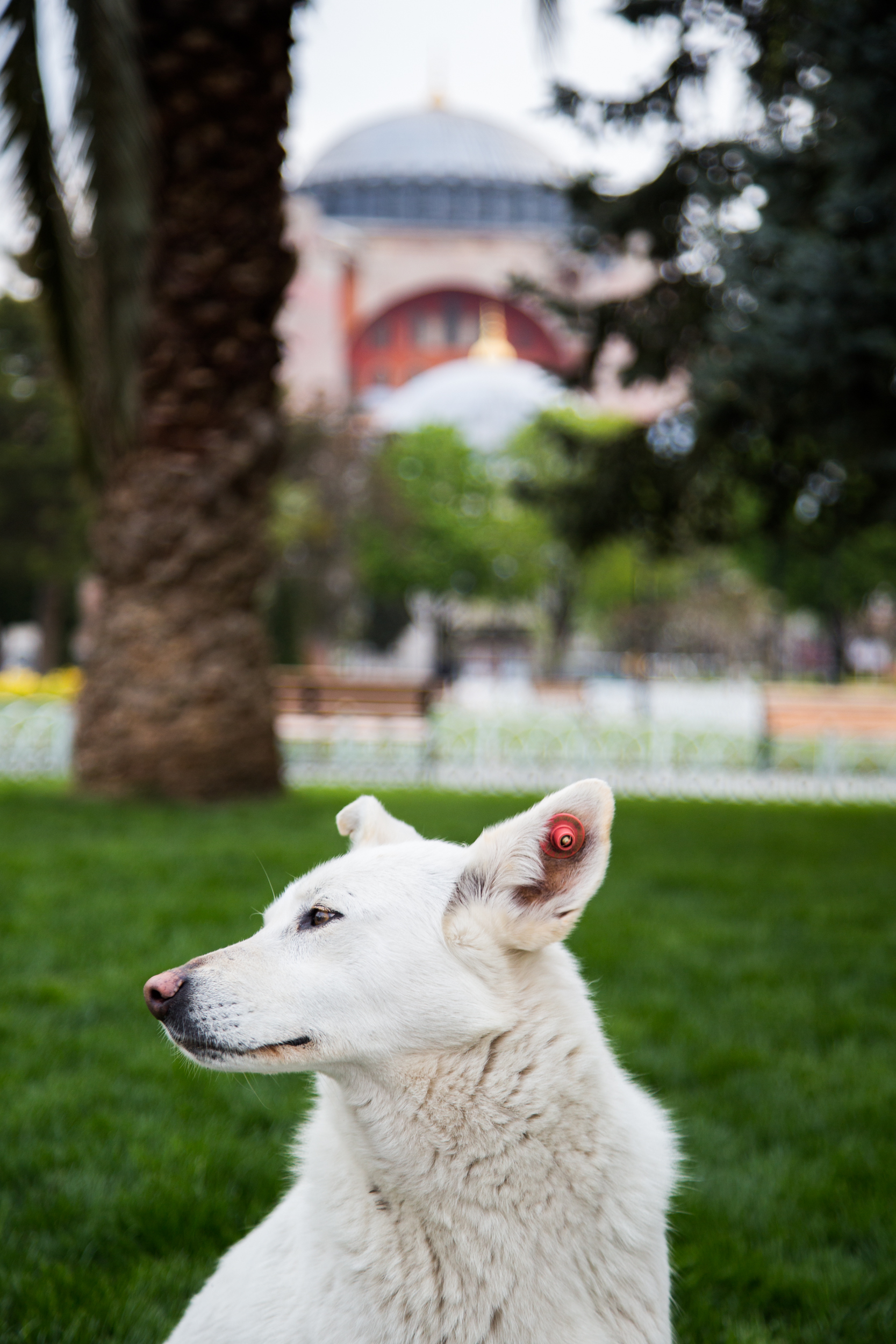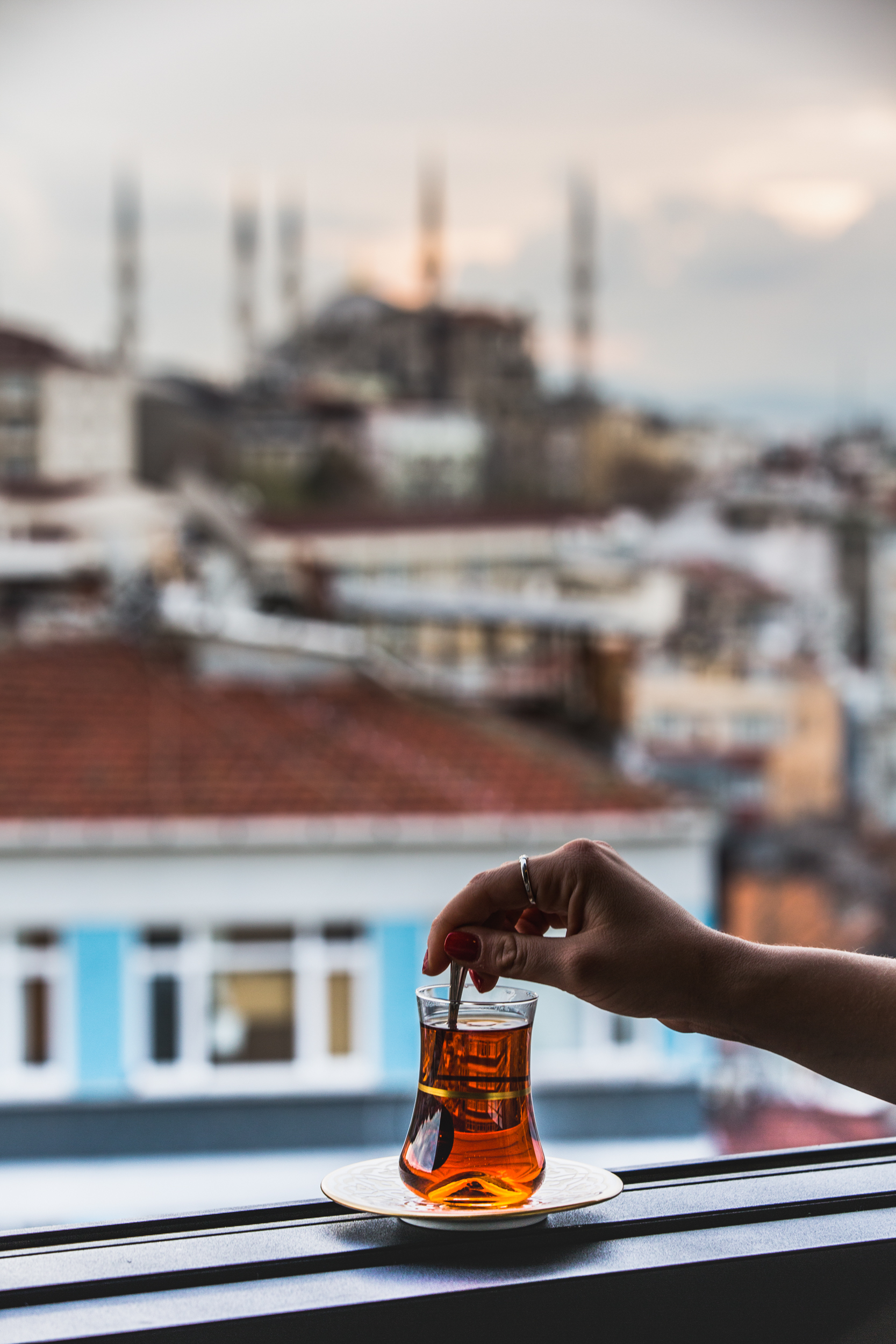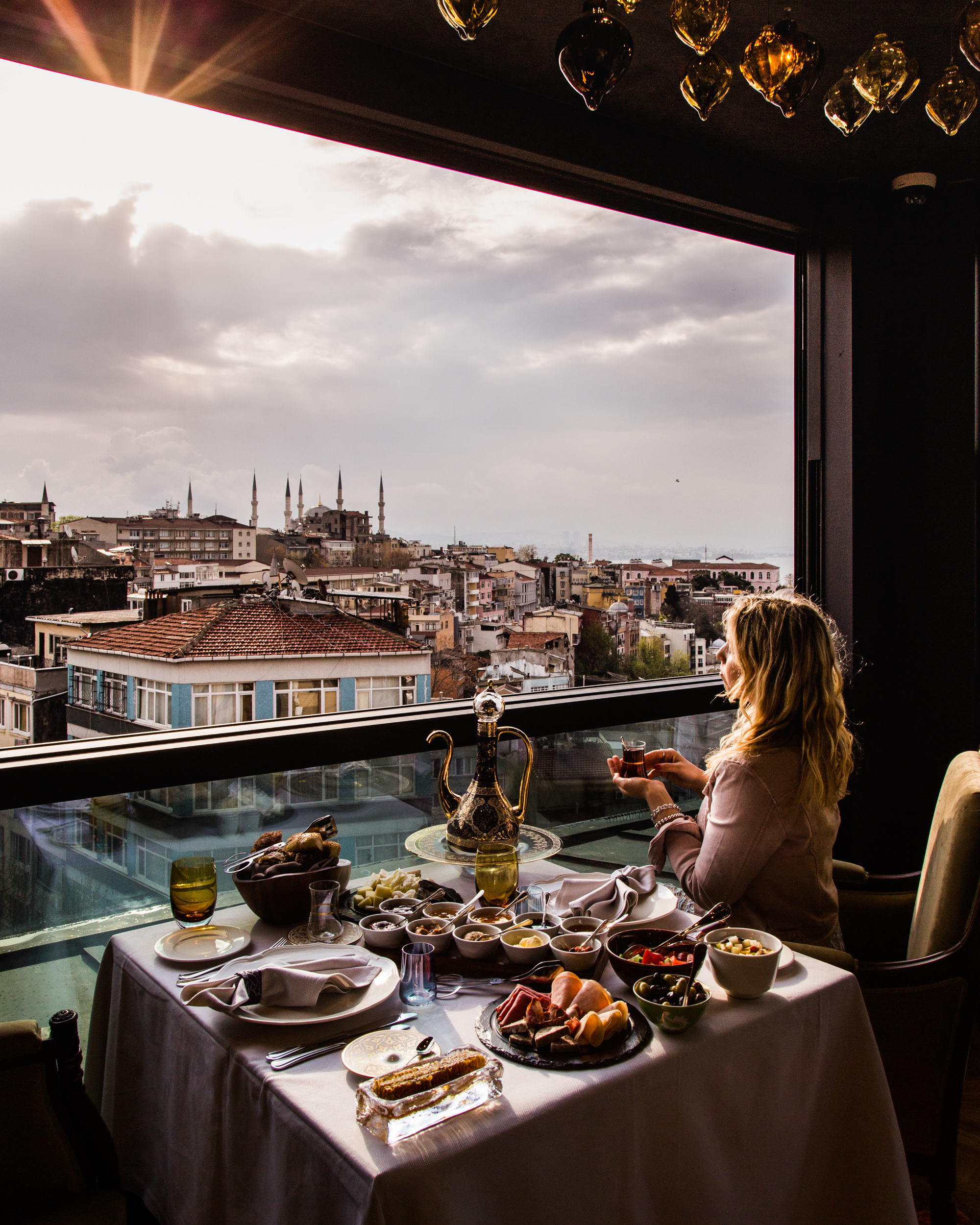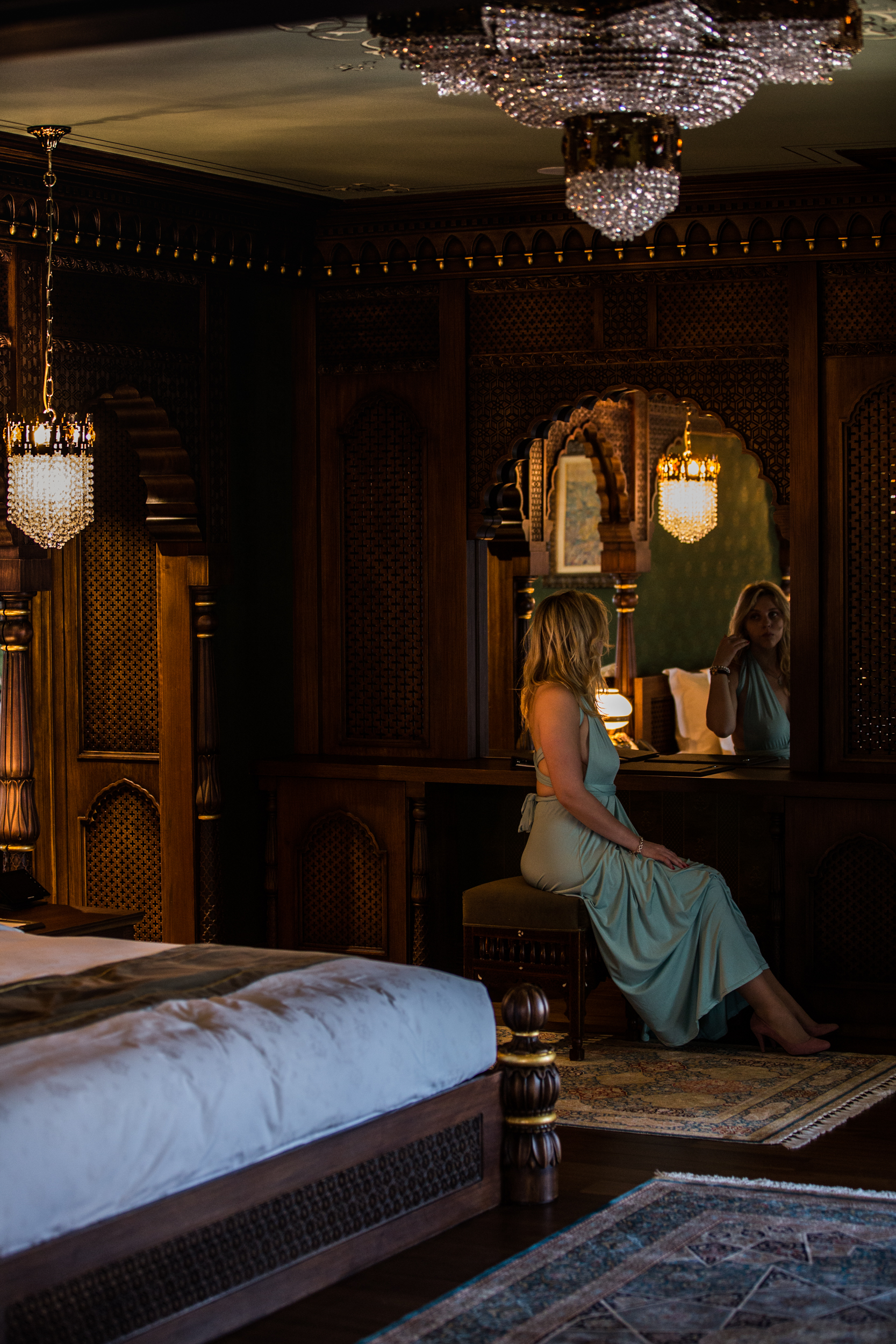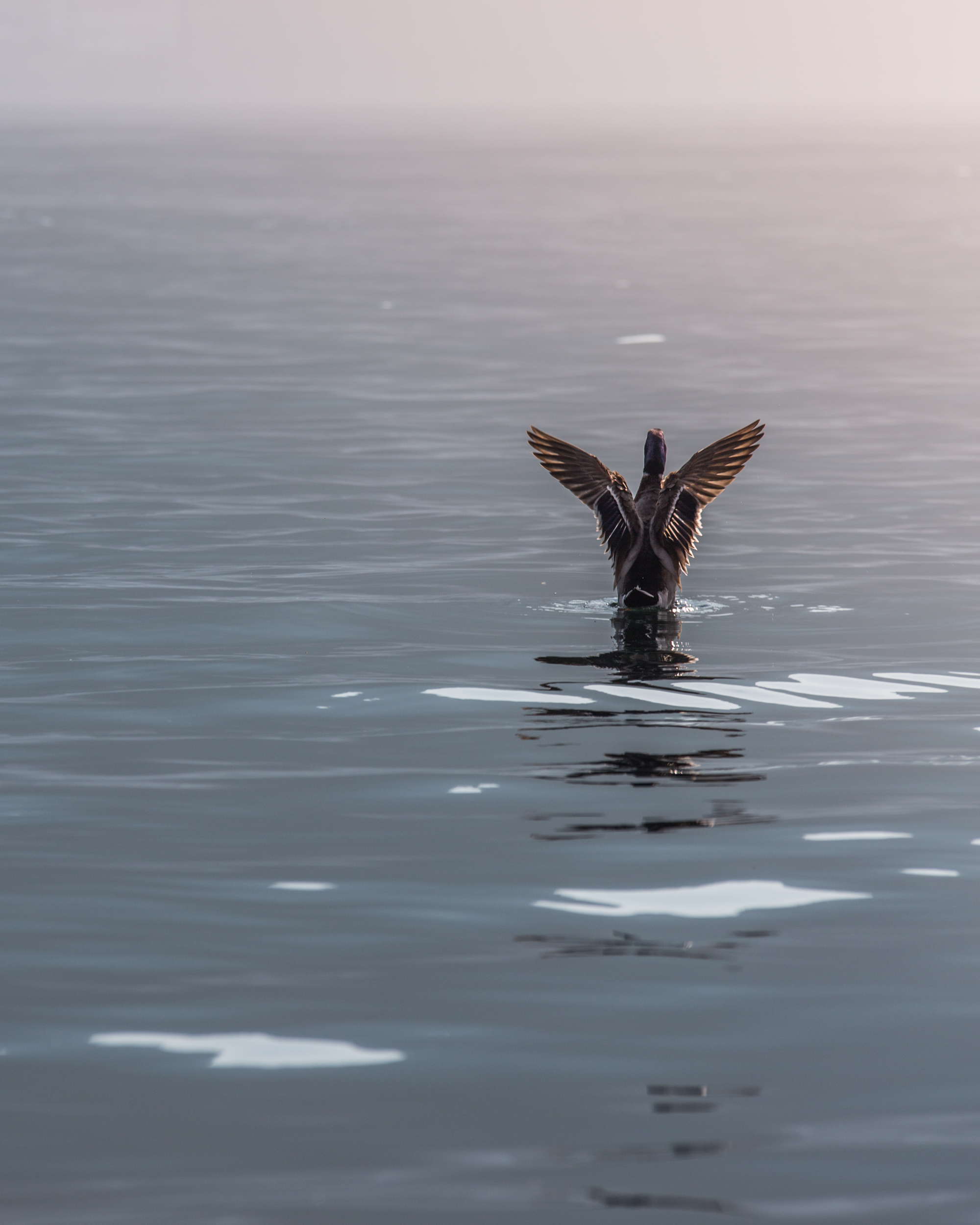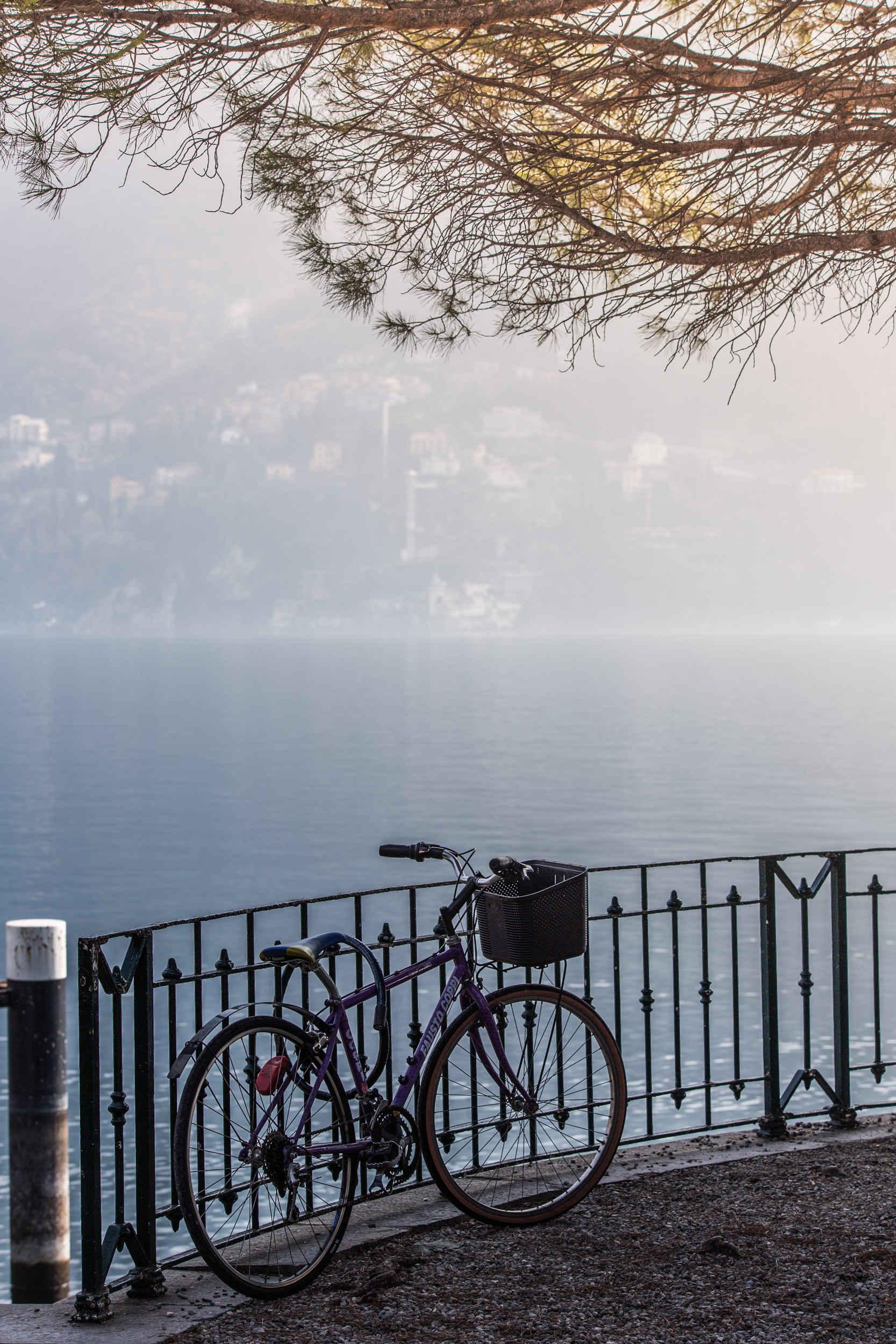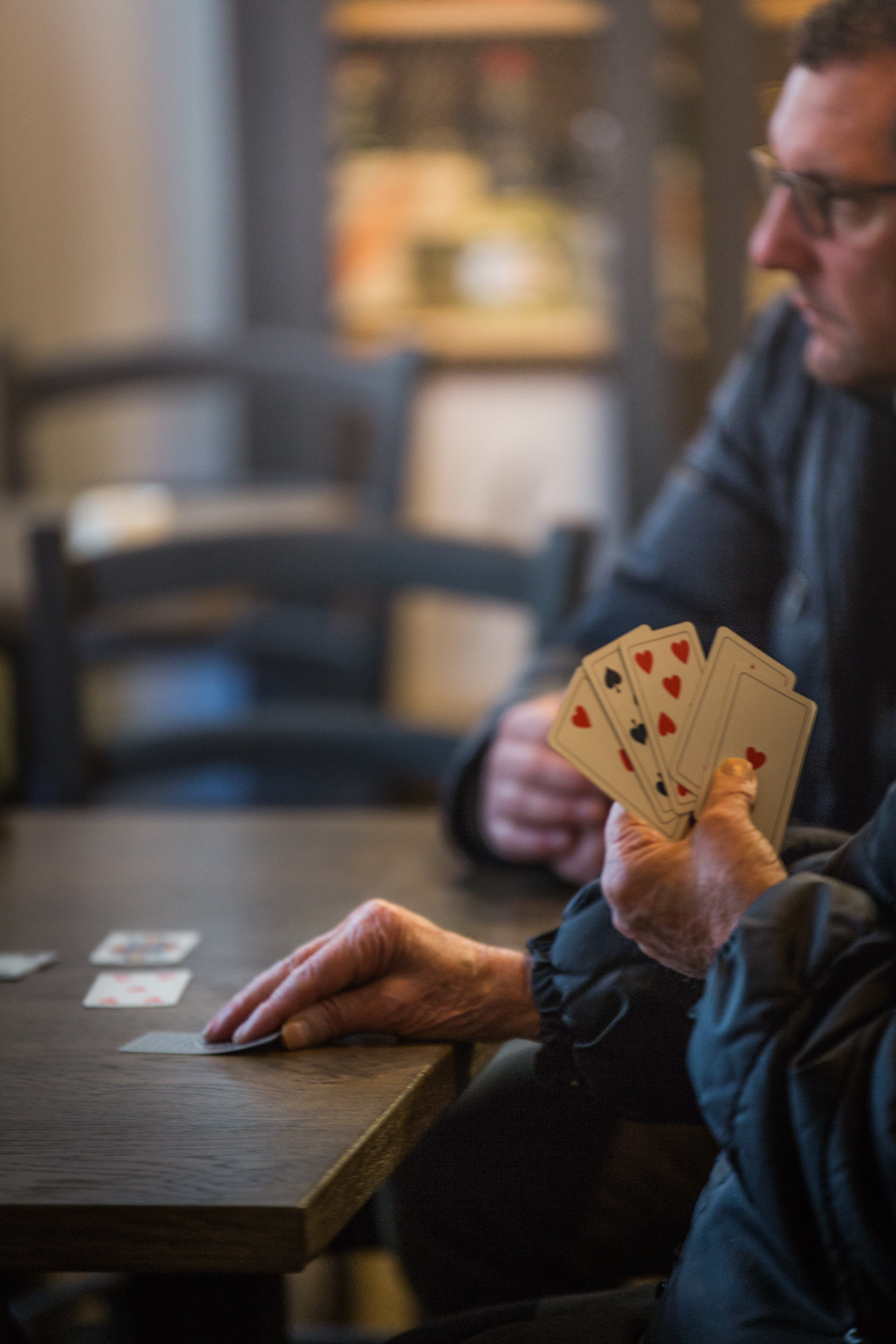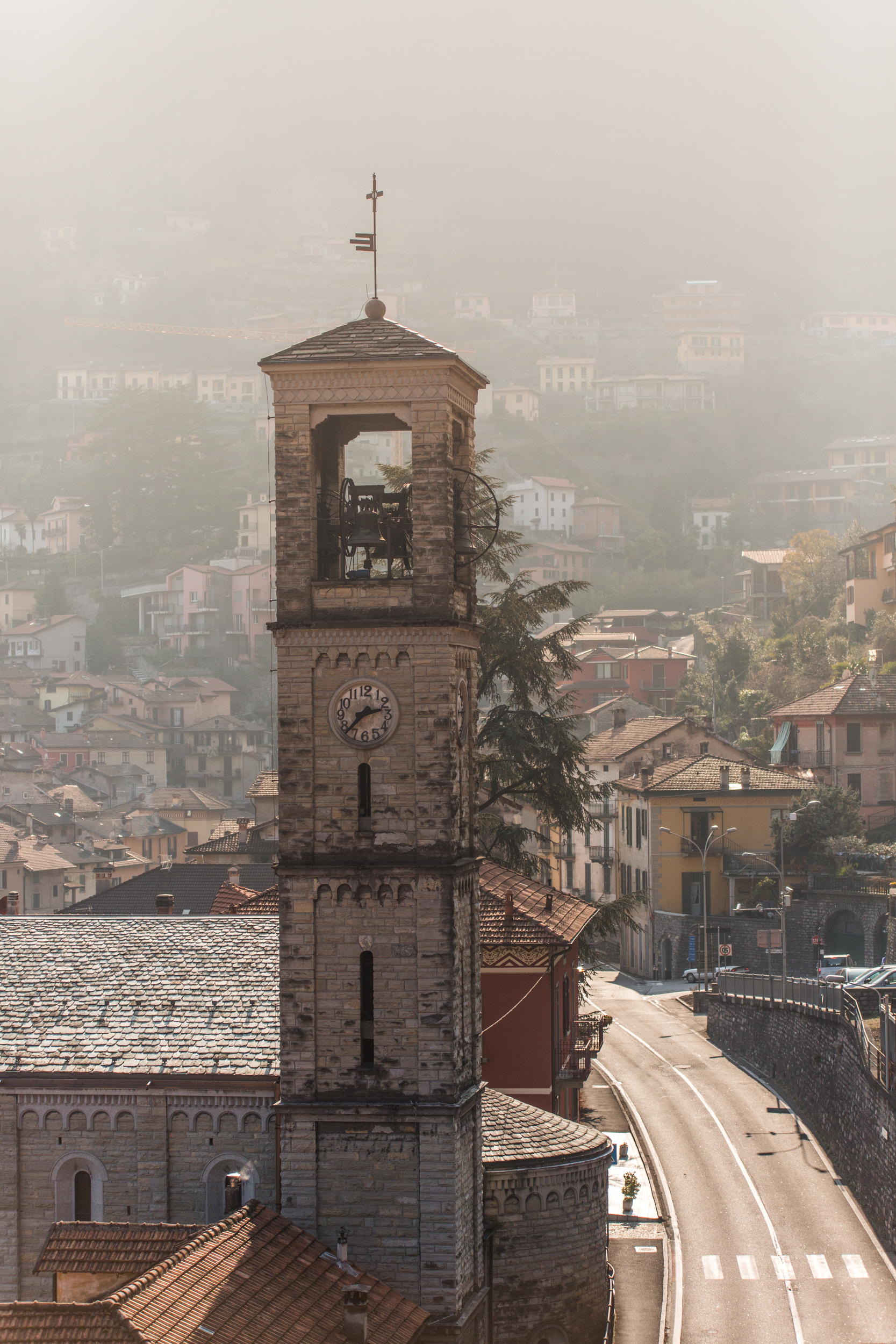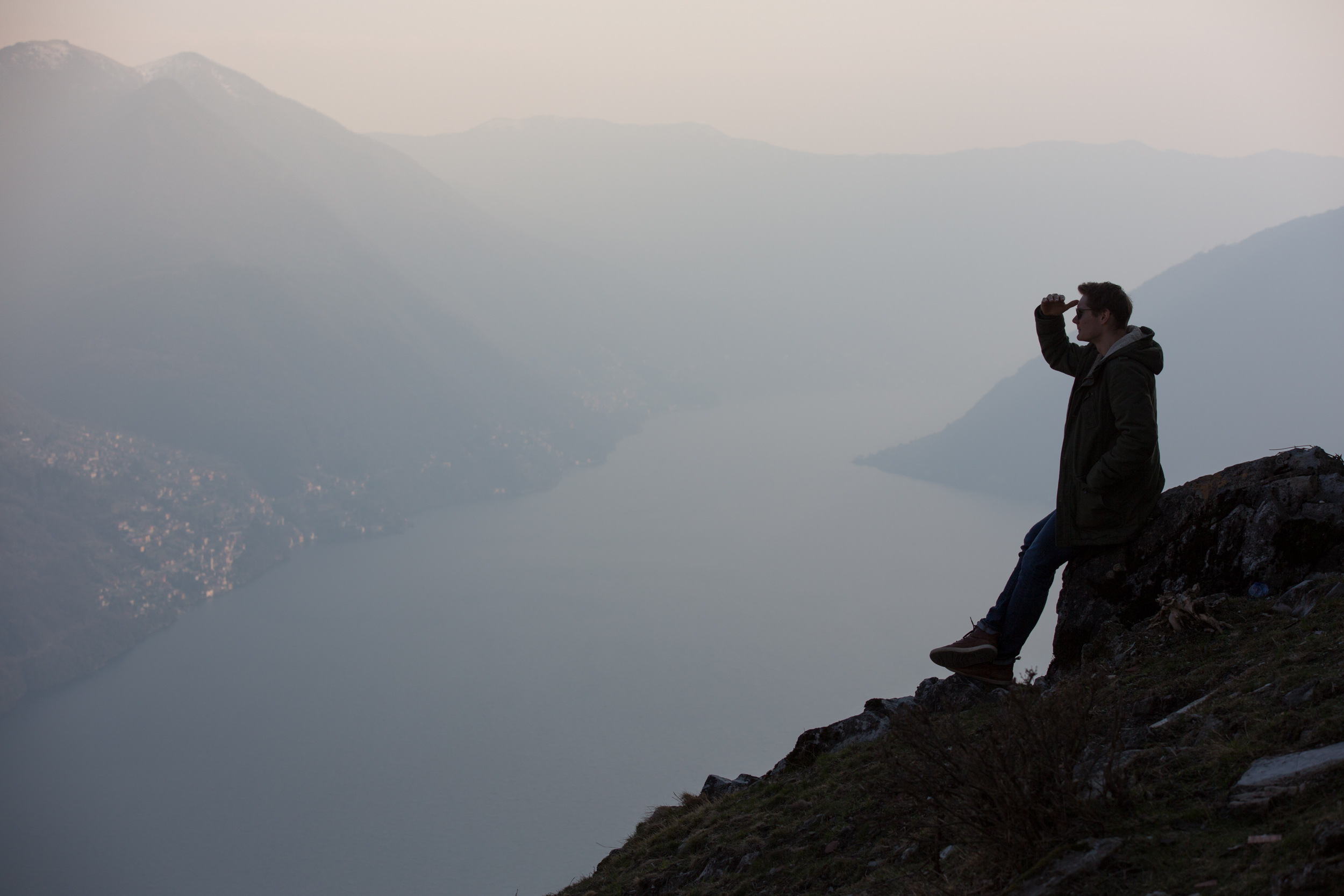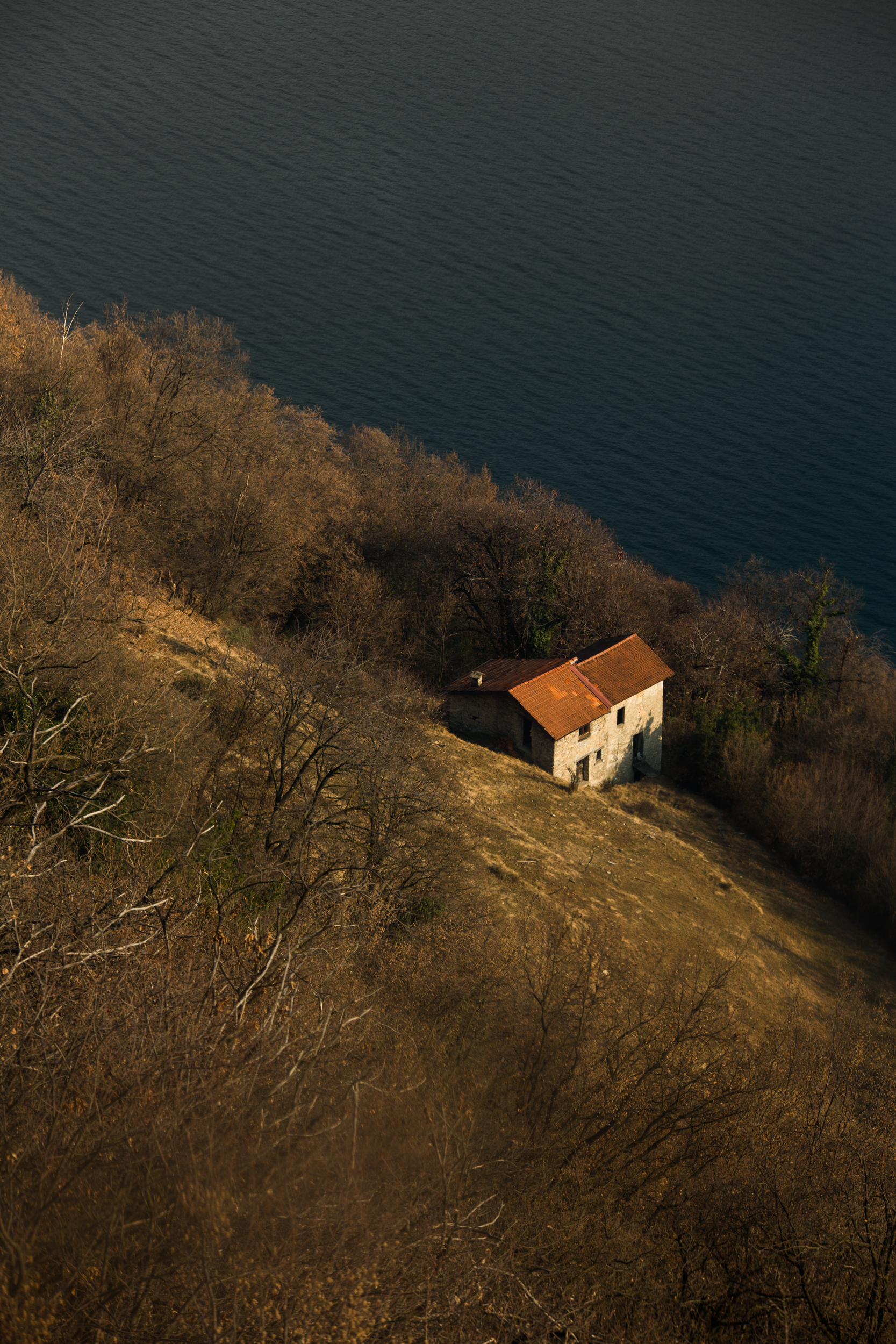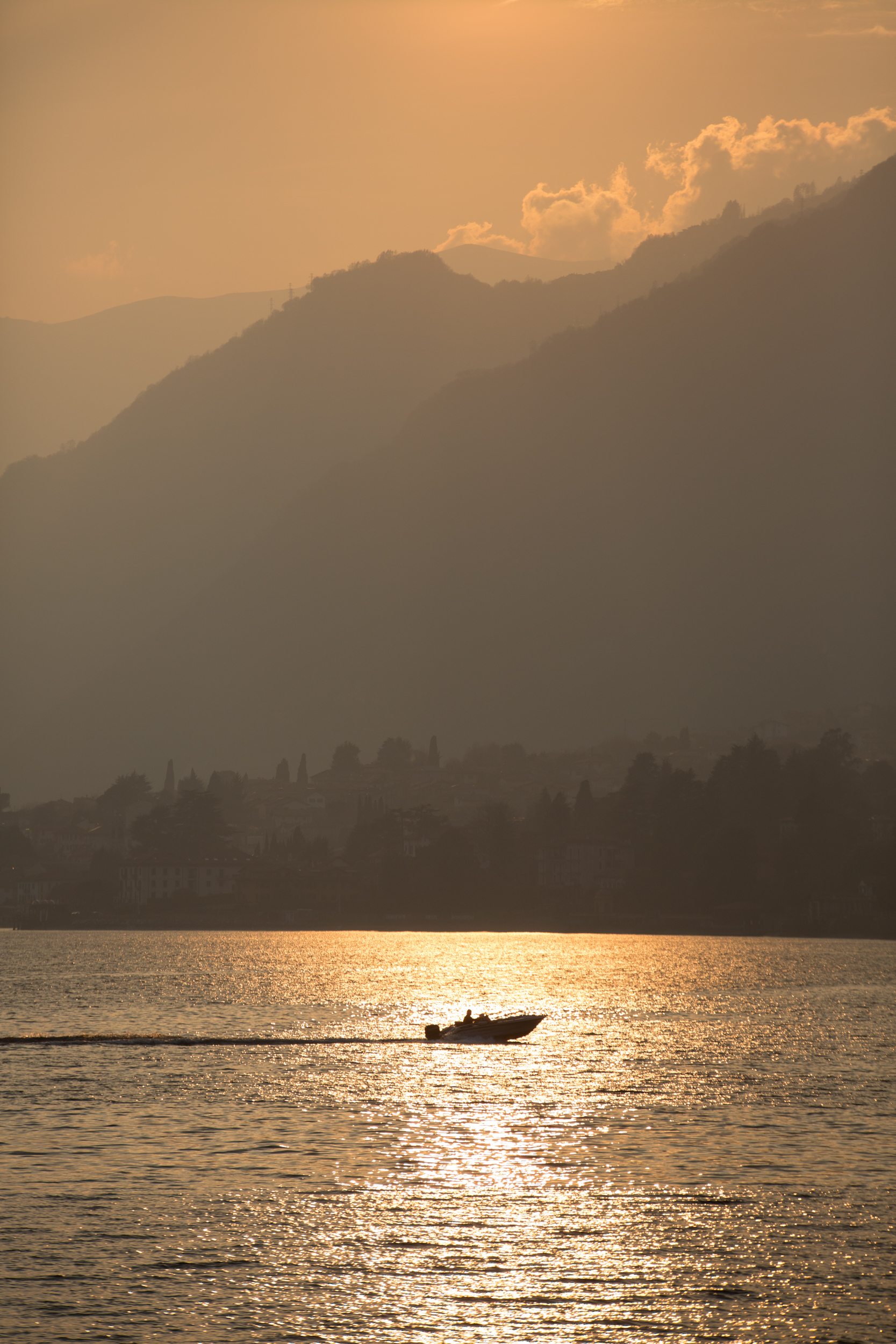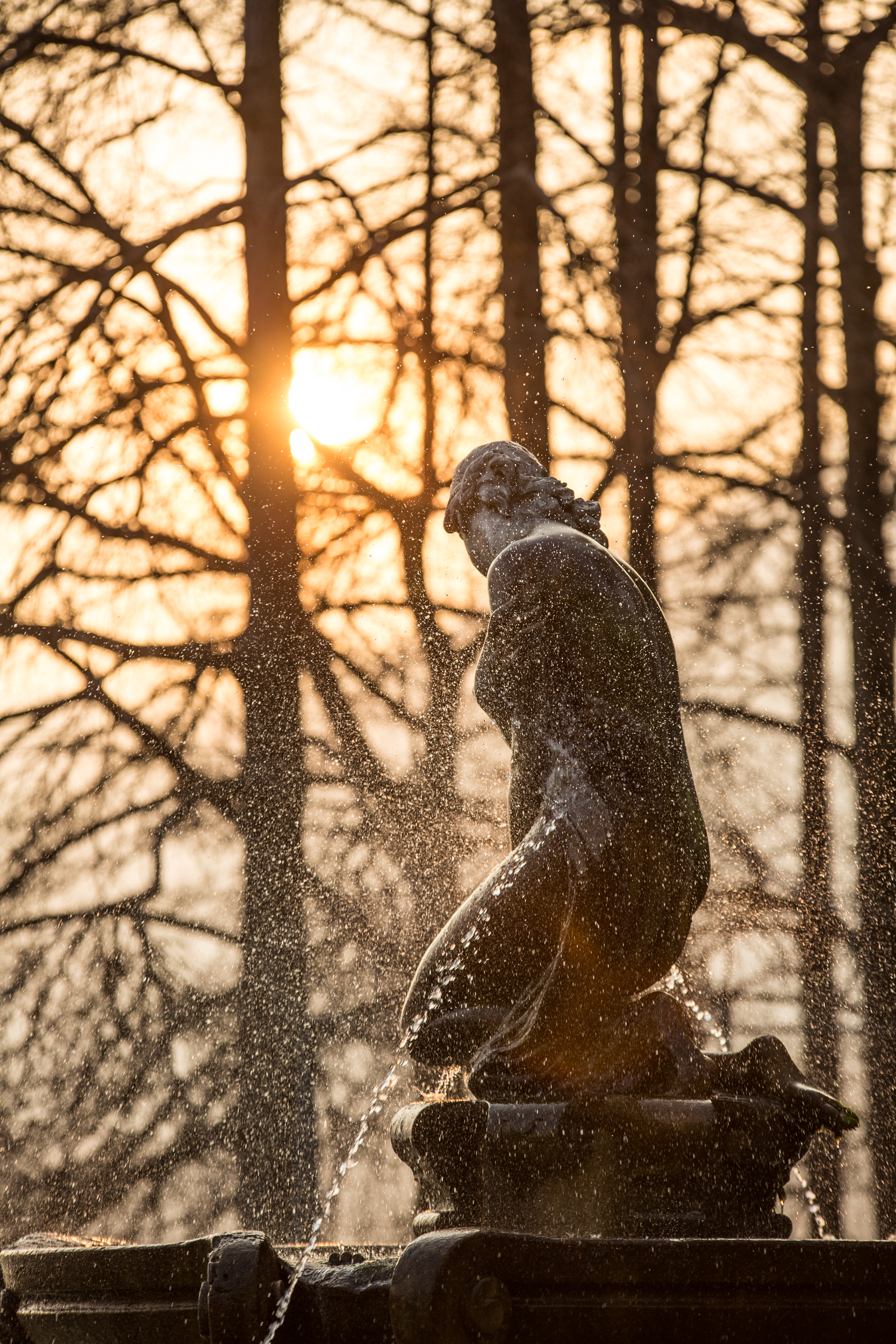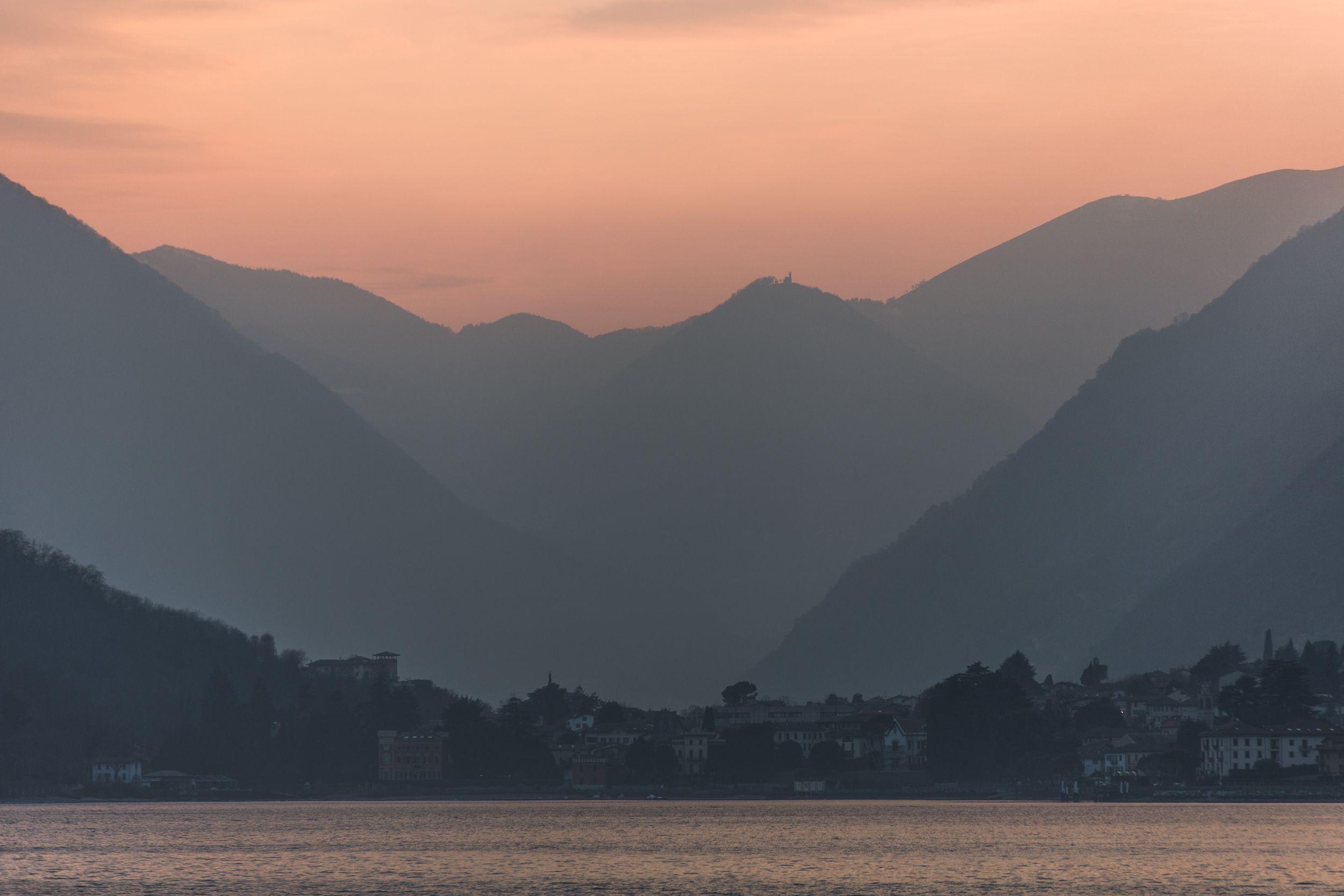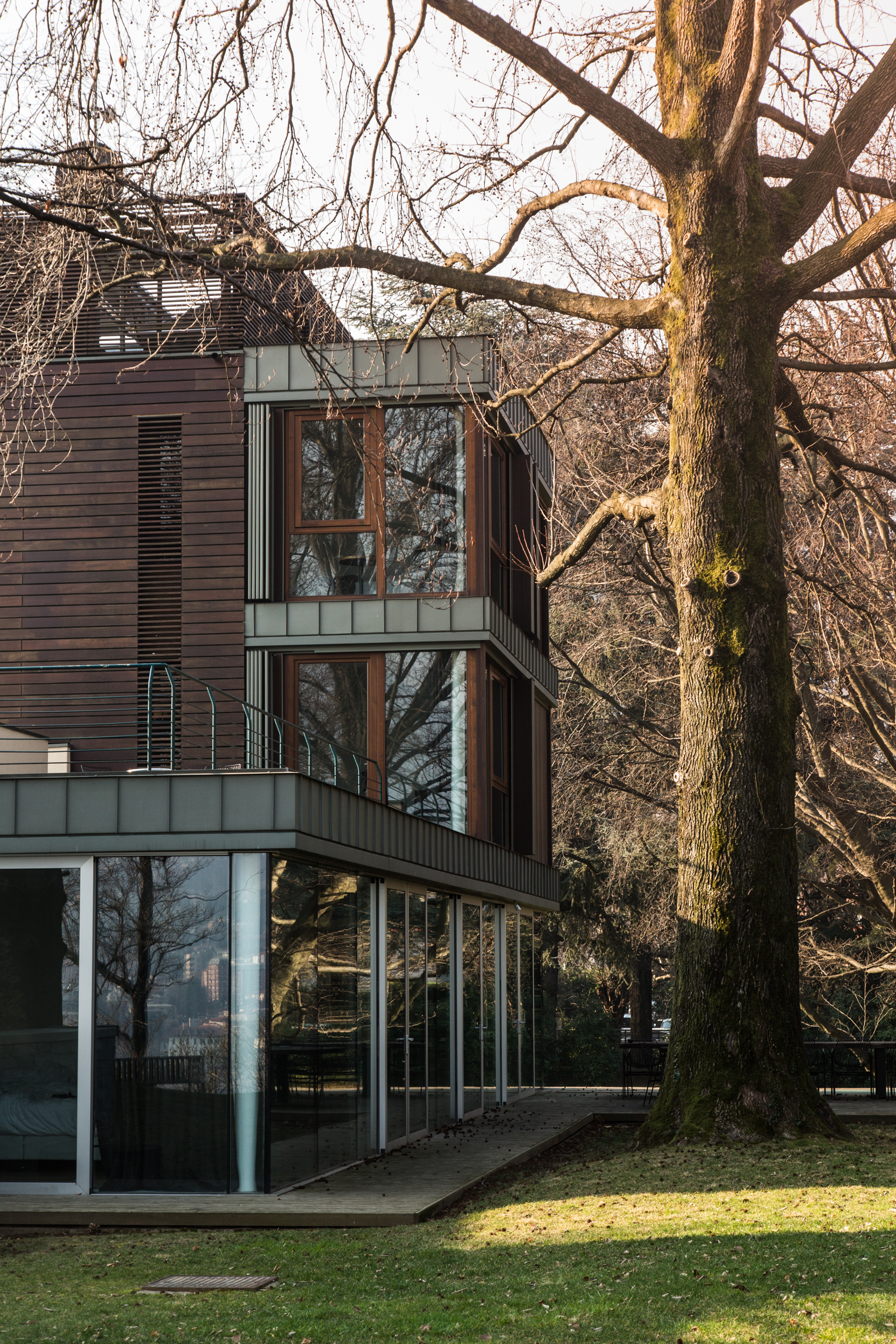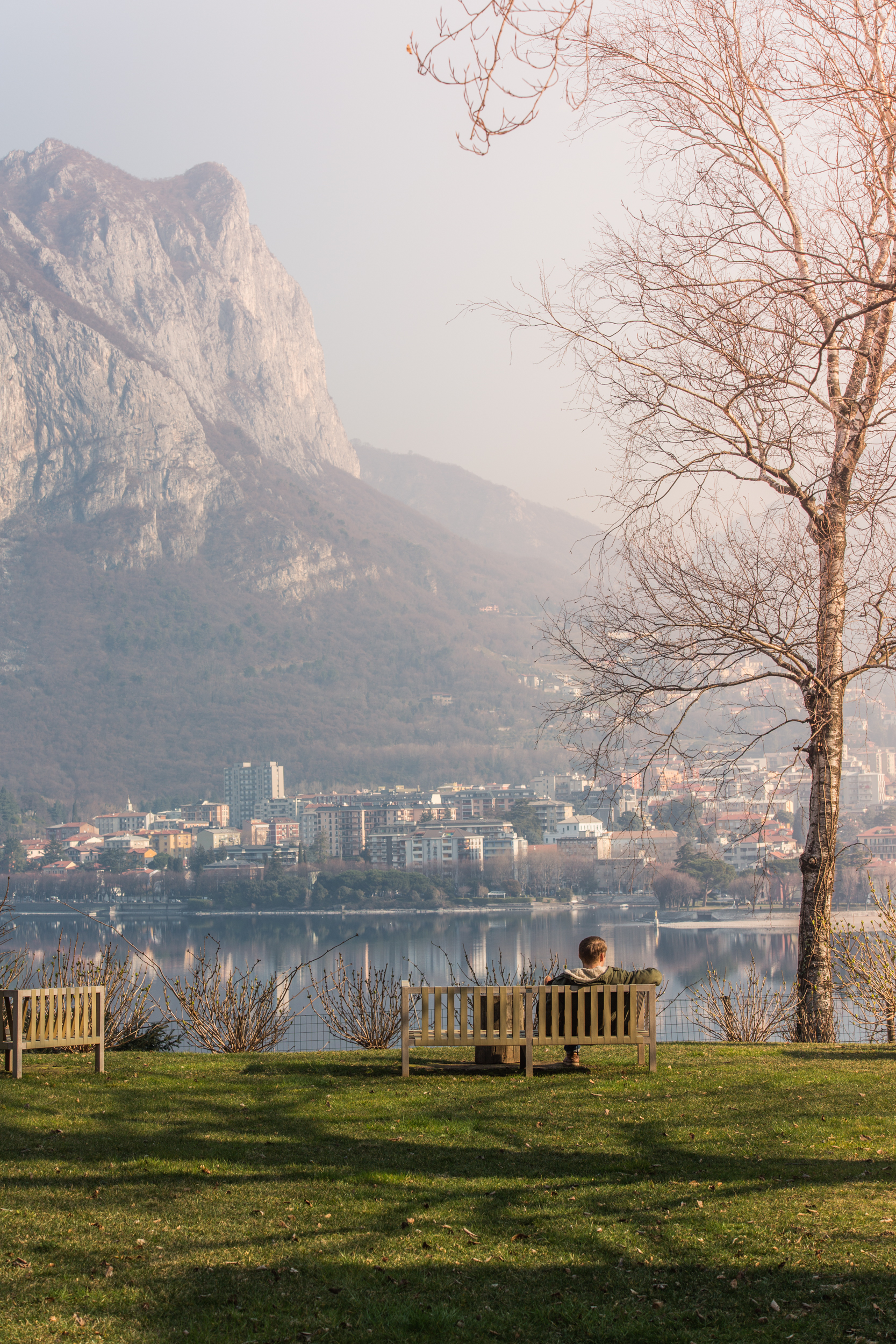5 days on the Amalfi Coast
Last year I had a pleasure to visit Italy – each time spontaneously – 3 times. February at lake Como, May in Sicily and October trip to the Amalfi Coast – each time proved, that traveling off-season is a really good decision for those, who wants to avoid crowds, especially at the most popular Italian destinations.
Amalfi Coast, stretched along the province of Salerno in the Southern Italy is a UNESCO World Heritage Site and rightfully so. Rocky cliffs with picturesque fisher villages and ancient towns attract hundreds of thousands of tourists every year. The most popular jet-setter destination is the beautiful town of Positano, which unfortunately lost its charm in the past years due to the enormous crowds and the resulting loss of its original pre-touristy look.
We visited in the mid of October and finding a parking in the town or anywhere near was a challenge. I wonder what does summer months look like.
We found a little paradise nearby though – the village of Praiano, only 10 minutes drive away from Positano, is not so popular with he Holywood celebrities, thus giving your soul a deserved rest.
For 3 days we’ve had a Bonjour, Tristesse experience in a small hotel Casa Privata, which, with no exaggeration was one of my most pleasant hotel experiences ever.
A restored villa with only a handful of rooms available, a rustic olive garden with a pool and a private cliff, descending into the sea – this is how I imagined a movie star from Fellini’s times spending their summer.
October proved still warm enough for swimming at Amalfi Coast. Shot at Casa Privata
We flew into Naples Airport and rented a car for 5 days, while we were there. In my opinion, a car was definitely a right choice if you want to discover the coast a bit instead of staying in your hotel. We’ve visited Atrani, Amalfi and the wonderful Ravello, with its rich history, beautiful villas and breathtaking view of the coast.
I was walking the streets of Ravello thinking of all the famous people, who were inspired by this place – Boccaccio and Wagner, Virginia Woolf and Great Garbo, Truman Capote and Gore Vidal – just to name a few. Ravello is not only place to see historical buildings. Its modernist Auditorium, built on a hill overseeing the coast, was designed by the famous Brazilian architect Oscar Niemeyer.
As I’ve already mentioned, Positano, which is the main attraction and coast’s most recognized name, is highly overrated and touristic. We’ve spent one evening in this town, half of which we tried to find a free parking spot. The view of the town, scattered over the hills, is majestic (especially when seen from your private yacht;), but it is not a place I’d recommend, if you’re used to a more laid-back and relaxed type of a holiday.
I won’t be mentioning each town’s main attractions, since they are impossible to miss when you’re there (hint: just follow the crowd), and yet again my recommendation would be to visit off-season, rent a car, visit Capri (another romantic but also highly touristy island, off the coast of Naples), drink Limoncello (most famous produce of the Amalfi Coast) and skip Positano for Ravello instead. I wish you a wonderful time!
View of Capri in the distance from Casa Privata hotel, Praiano
3 days in Buenos Aires
Last year was rich in Bucket List travels for me. After 2 decades of dreaming about this place, I finally managed to visit the capital of Argentina for a couple of days.
Buenos Aires was everything I imagined and saw in the soap operas of my childhood. The most European South American capital, it met me with sun, amazing food, great vibes and lovely colors of a late spring. If you rarely travel across the equator, the simple fact that they have summer when we have winter is kind of mind-blowing. I honestly had to laugh, when people told me they don’t like celebrating New Year’s in the city because it gets too hot. Remember Berlin? After months of grayness and cold, I’ll take Argentinian “too hot” any time.
I went to Argentina as a part of small instagramers' group (other than me all male) with Buenos Aires being only a small part of our travel itinerary. Nevertheless, for me it was a definite highlight, since so many childhood dreams and memories were connected with this place.
The first thing which really surprised me about Buenos Aires (since I also visited other parts of South America, including Ecuador, Peru, Bolivia and Brazil) is how European-looking majority of the population is. Blue eyes and blond hair are as common on the streets as they are in Berlin and this is the 2d South American city (the other being Sao Paolo) where I easily mixed with the crowd. I am not going to get into history of colonialism and European immigration, but the consequences of these processes are quite obvious.
Streets in Buenos Aires have the European feel
The weather in late November-early December was perfect, with temperature ranging from 24-28C. November is also a peak season for the jacaranda trees blooming, so if you’d like to see the city in the blue-lilac-whatever shade of violet these flowers are in full gorgeousness – spring (or Northern hemisphere fall) is the time to go.
We stayed in the popular upscale neighborhood of Palermo – boutique hotels, fancy restaurants and lively nightclubs are concentrated here. I have to admit, that 3 days is not enough time to discover the city thoroughly, but what I saw – I enjoyed to the fullest.
Even though Buenos Aires is situated in a close proximity to the ocean, there are no decent beaches in the city other than Buenos Aires Playa beach on the shore of the Rio de la Plata. Generally, despite a long coastal line, Argentina is not the place to go for a beach holiday – even locals prefer to go North to Brazil.
Most tourists are attracted to the colorful districts of La Boca and artful San Telmo and for a good reason. La Boca, which used to be a rather poor working-class neighborhood, consisting mostly of early Italian immigrants, acquired cultural significance for its brightly pained houses and tango places. The famous tango “Caminito” (1926) composed by Juan de Dios Filiberto was inspired by the street of the same name in the heart of La Boca.
San Telmo is the oldest neighborhood in the city, famous for its art scene and a regular Sunday market. I really enjoyed strolling on the streets, looking at all the colorful facades, bookshops and cafes.
Street in San Telmo
Recoleta is a downtown residential neighbourhood, with a long history and European-inspired architecture. Here you can find the beautiful Recoleta cemetery, where Evita – Eva Peron, the most famous First lady and the Spiritual Leader of the Nation, is buried. National Fine Arts Museum as well as the National Library of Argentina can be found here as well.
Palermo, where we lived, is the biggest barrio or neighborhood in Buenos Aires, divided into many smaller areas, named quite distinctively Palermo Chico (“chic” Palermo), Palermo Viejo (“Old” Palermo), Soho, Hollywood etc.
Buenos Aires is the most visited city in the South America as well as the most well-to-do, ranked 93 in the list of cities around the world for the quality of life.
The city is also famous for its vivid theater scene (with over 280 theaters, it is also known as “the theater capital of the World”) as well as for the most bookshops per capita in the world.
I cannot avoid talking about food scene of course. Argentinean steak is world famous, but the city has a huge variety of restaurants, ranging from local to international cuisine. I’ve visited a few and was not once disappointed.
Lunch at La Popular, San Telmo
The places I went and can recommend are:
El Muelle – situated on the bank of Rio de la Plata in a beautiful mansion, which belongs to the fiherman's club (Club de Pescadores) it is a great place to eat sea food and enjoy the view of the river.
La Mar – easily the best ceviche I've ever eaten as well as one of the most popular restaurants in Palermo. Huge outdoor area, big portions and amazing fresh fish ceviche.
Chori – an upscale take on the traditional sausage sandwich.
Grappa Cantina – located in a huge ballroom, it is a nice place for a late dinner. Their sirloin stake was superb.
La Popular – colorful interior, international cuisine (we ate schnitzel) and huge portions
La Guitarrita and La Calle Bar – great pizzeria with a speakeasy bar tucked in the back. Try the Berghain cocktail for the touch of Berlin in the heart of South America.
Avant Garten – restaurant and a bar with a big outdoor area, which turns in a popular night hang-out spot.
We were lucky to get onto couple of taller structures in the city, to catch a glimpse of Argentinean capital from above. One, situated in a private residential building in Palermo Chico is unfortunately inaccessible to the general public, but another viewpoint – the top of the Palacio Barolo in the Monserrat district, is a great place to view the sunset over the city.
Palacio Barolo is also a beautiful place for a guided tour. Built in 1923 as an office building in a cosmology with Dante’s Divine Comedy and filled with Masonic symbols, it used to be the tallest building in South America. It is topped with a lighthouse, which was supposed to send light signals to its twin-brother – Palacio Salvo in the Uruguayan capital – Montevideo. Unfortunately, the Italian architect Mario Palanti didn’t take the curvature of the Earth into account, so physically it proved impossible to connect these two visually.
View of the Monserrat district from the top floor of the Palacio Barolo
Buenos Aires obviously has a lot of “mosts” in its description – most theaters, most bookshops, most European, etc. Let me also add the oldest subway system in the Southern Hemisphere as well as the oldest in the whole Spanish-speaking world, dated back to 1913. The Linea A is the historical one, with its station kept in the “belle-epoque” decorations. Another reason, why they call Buenos Aires “Paris of the South America”.
I was lucky and excited to go to a polo game, while I was visiting. It is the most popular sport in the country – after football of course. I find it quite weird and complex (hitting a ball with a wooden hammer, while galloping on a horse – what?) but Argentinians I talked to explained the popularity by the huge amount of horses and vast territories with green fields, which kind of made sense…oh well. It is not a cheap sport, since a price for a decent horse can be as high as $200K.
Another weird but popular thing in the whole Argentina is the tradition of drinking yerba mate on the streets. One can order this energizing drink in a café, but many people carry a special mate cup (calabash gourd), propped with a special metal straw (called la bombilla), as well as a package of yerba leaves and thermos of hot water, everywhere and prepare a drink on the go. I drank mate tea before, but never in an Argentinean way. For me it was similar to seeing an Italian carrying a machinetta around and cooking a cup of espresso while waiting for a bus.
I went to Argentina with a bunch of other instagramers and I was surprised to be interviewed by the biggest national newspaper – called accordingly La Nation. They described me as a “professional comedian” – which I proudly accept, even though I only had one stand-up gig by now. The interview and the article about influencers promoting Argentinean tourism was published in print and online, resulting in hundreds of mixed comments on social media. At least I’ve learned, that in the case of bashing people on Facebook Argentina is no different to any other country in the world=)
Generally, Buenos Aires met and acceded my already high expectations. I would love to go to the city for a longer period of time to explore its underground cultural scene.
For now this is it, but I will soon write another post about my experience in the Tierra del Fuego – literally the southernmost town in the world Ushuaia and its surroundings.
This picture of a baby I found at a flea market in San Telmo describes my feelings about Buenos Aires perfectly
5 days in Lisbon and surroundings
Lisbon was on my list for a REALLY LONG TIME. But just like so many things in life, which you keep postponing and postponing (like that time I lived in New York for 5 months and never managed to see the Statue of Liberty, duh), I have never got to see the capital of Portugal – until now.
So last December, when I saw Ryanair sale with a round-trip ticket at 40 euros – I decided to finally pay Lisbon a visit. I convinced a friend to join me there for 5 days around my birthday in January. And boy, was I not disappointed! With all the cities I visited in my life, I can tell you, that Lisbon is in the top 3 by now together with New York and Istanbul. (San Sebastian is not to count, since it is a town not a city).
In these few days we managed to eat a lot, see a lot and also travel around a bit – to the photogenic neighboring towns of Sintra and Cascais. Read about that as well as about how I turned a 40-euro round-trip flight into a 140-euro round-trip flight (facepalm), below.
Colorful tiles and vivid tones distinguish Portugal capital from other European cities. Combined with a great weather (our January experience was 14-18C and clear sky every day) Lisbon is a perfect winter getaway for those, who want to escape gloominess and cold of Northern regions.
For our stay we chose the beautiful centrally located hotel Fontecruz – situated a stone's throw away from all the main sights. Transportation was also quite easy – and the Uber prices are unbeatable. An average inner-city ride won't cost you more than 4-5 euros and a trip from the city center to the Airport is as low as 9 euros. If you prefer going by metro – even cheaper, as one ticket costs only 1,45 euros.
Lisbon has a beautiful topography with many hills and viewpoints around the city. My favorite spots were the boardwalk along the river by the Belem district as well as the sunset views from the São Jorge Castle and Miradouro da Senhora do Monte.
A popular day trip and probably one of my favorite short-trips ever was Sintra, a municipality in the Grande Lisboa region, easily accessible by train (around 8 euros round-trip).
Sintra is dominated by three famous, very different architecturally and historically but equally stunning sights – romanticist Pena Palace with its fairy-tale colors and mysterious park, neo-gothic Quinta da Regaleira estate with its Instagram-famous Inverted tower and medieval Castle of the Moors, which offers a stunning view from its walls over the whole region up to the ocean.
I have to add, that January was undoubtedly the best time to visit Sintra. We didn't experience any crowds, even though there still was a 10-minute line by the ticket office of Quinta da Regaleira. The guide near the Pena palace as well as reviews on Tripadvisor claimed, that in summertime the waiting time by the ticket-offices can be up to 2 hours. Overall, I try to avoid crowds as queuing usually kills the exploration vibe in me, thus I was really pleasantly surprised by the relative emptiness of the 3 monuments we visited. The weather was also perfect (sunny and up to 17C).
After we've spent a beautiful day in Sintra, we were ready to go home, but the taxi lady (Sintra is really hilly and walking from one palace to another can take an hour up the hill) convinced us to take a short trip to Cascais – in her VW convertible (open roof in January, imagine that) and we stayed there for dinner. This wonderful coastal town is easily reached from Lisbon my train and is know to be the home of rich and famous.
When it comes to food, Lisbon is unbeatable in price-quality conversion when it comes to fish and sweets. I am not a big fish-lover, but our 2-hour dinner at the touristy but incredibly tasty Cervejaria Ramiro was an amazing gastronomic experience. Don’t get put off by the ticket-pulling system at the entrance or by the not-so-cozy crowded interior – the food easily outbalances the disadvantages. We payed 60 euros for an indulgent dinner for two, which included a spider crab, oysters, (spooky but tasty) barnacles and a small bottle of wine.
A pricier and fancier experience was lunching at A Cevicheria, where, as the name might give away, ceviche (South-American fresh seafood dish) is served. The dishes are quite small, but the presentation and the taste are of a superb quality. Overall a very pleasant dining experience.
If you have a sweet tooth, you definitely have heard of Pastéis de nata, Portuguese custard tarts. The best ones we’ve tried were in Manteigaria. 1 euro for a tart plus 1,5 euros for a cup of coffee – that is a price of happiness.
If you are a fan of third wave coffee shops, then The Mill, Copenhagen Coffee Lab and Fabrica Coffee Roasters are the places to go. I especially enjoyed the Copenhagen Coffee Lab by the flea market in Principe Real.
And finally nightlife. There is a specific street in Lisbon, dedicated to partying, Rua Nova do Carvalho – called the Pink street, since it is literally painted pink. Not a fan of loud parties, I’ve skipped it for quieter speakeasies – Red Frog Speakeasy, with its elaborate menu and a cozy Foxtrot, with its 20s atmosphere and a great friendly bartender.
Lisbon would not be Lisbon without the famous funiculars and fado (the traditional music genre, which evokes feelings of longing and sadness) restaurants. I’ve photographed the funicular at the arguably most beautiful street in the world – Rua da Bica de Duarte Belo, but I didn’t have a chance to listen to fado this time – unfortunately.
One can usually book a fado dining experience – where you listen to the performance while eating, or you can book a cheaper version, where you only pay for the performance.
The last but not the least point on the cultural program are the museums. I would distinguish two places worth visiting – first the Calouste Gulbenkian Museum, with its impressive and vast ancient, classical and modern art collection, and the unique National Azulejo Museum – dedicated to the art of Portuguese colored tiles.
Overall, the whole Portugal trip was an extremely pleasant experience. In fact, so pleasant, that we managed to miss our plane – and had to re-book our tickets for the next day. I would recommend Lisbon as a perfect long weekend destination and a great winter escape.
Rua da Bica de Duarte Belo
2 Days in London
At the end of September I finally got a chance to visit London. I’ve got invited by MINI to attend the London Design Festival and to check out the MINI LIVING URBAN CABIN - a conceptual housing structure created by MINI together with the Sam Jacob Studio, which offers a glimpse into the future of urban living.
I was really excited, because I love design, innovation and I didn’t want to miss a chance to check out the British capital. Believe it or not – I’ve never been to London, despite knowing it better than anything from all the movies, TV-shows and books.
I’ve spent 3 days walking around, meeting friends and getting my first impressions.
Photo of me above left: Holly Cato
This won’t be a guide, since I really am not an expert (yet), but I will share some of the pictures I’ve shot on my visit as well as a short vlog, which tells the story better than written words:
It was fun to visit the MINI LIVING URBAN CABIN and meet the people behind the cabin’s design and concept as well as some fellow instagramers, like my buddy Allan, who is a great travel photographer and a fellow ginger.
During my short three days I’ve also checked the important sights (briefly) – The Big Ben, London Eye, Tower bridge (from the distance), St Paul’s Cathedral (at sunset) and had a 2 minute glimpse of the Buckingham Palace.
I also fell in love with all the vintage stores in Kensington as well as the colorful houses of the Portobello Road and pastels of Notting Hill (remember that Julia Roberts/Hugh Grant movie?)
All together, I really enjoyed just walking around the city, having relaxed beers in pubs and not rushing though the sights like I usually do in new cities. This time I took a very relaxed approach, since I know I will be back soon, especially after reading a cool guide to Eccentric London, I’ve gotten in the urban cabin during a book swap (another brilliant idea).
By the way, if you are in New York in October, check out the MINI LIVING URBAN CABIN there – it is on exhibit in Greenpoint, Brooklyn starting October 6th! Here are some inspiring images from the Big Apple for you:
3 days in Chernobyl
I was hesitating to write about tourism in Chernobyl Exclusion Zone, since I worked so much on the topic and it has such a personal touch for me, that I wasn’t sure I would want to return back to it.
This abandoned Ferris wheel became a symbol of the ghost-town Prypyat. It never operated.
As some of you know, in 1986, aged 1, I was evacuated from the now ghost-town of Prypyat after the explosion on the Chernobyl Nuclear power Plant. My father worked on the plant on the night of the accident (operating a different reactor, though), while my mom and me were sleeping at our home at Lenin Avenue 17, just a few kilometers away from the greatest nuclear disaster of all times.
Me and my mom in front of our former apartment house in Lenin Avenue 17, Prypyat
I went back to Prypyat (or, as you might now it from the Russian transliteration - “Pripyat”) many times, the first visit was back in 2000 with my dad, who went there for work.
I returned in 2011, 2012, 2015 and 2016 while I was working on my book “Prypyat mon Amour”, dedicated to people, who were evacuated from Prypyat. You can order it online or shoot me a message.
In November 2016 I was invited to visit the Exclusion Zone as a tourist for the first time.
I wanted to go - out of natural curiosity and to see, what kind of knowledge people have of the area and what happened and what kind of information they get from the guides.
In November 2016 I visited Chernobyl as a part of the group. Wearing protective suits in the area is not needed, but tourists do it for pictures and dramatic effect
I shot a little vlog (I wasn’t planning a huge film and shot everything entirely on the cell phone) to share parts of my experience with you. I always appreciate feedback!
I constantly get questions from people, who want to visit the Chernobyl Zone, as well as there are many misconceptions, so I would like to clarify some of them.
First question is usually - how dangerous it is to visit, isn't there radiation everywhere?
The answer is not really simple and I won’t bore you with scientific facts – I am not a huge expert on gamma- alpha- and beta-radiation myself, but I will tell you one thing – it is fine to visit Chernobyl Exclusion Zone as a part of a tourist group.
As soon as you are cautious and don’t go where you’re not supposed to – you will be fine. The radiation levels vary, but you literally have to stand still for weeks in one spot to get a doze, which will have any kind of impact on your body. The biggest danger in the ghost-town of Prypyat now are crumbling houses. You have a much higher chance to break a leg or twist your neck, than become a radioactive mutant ninja turtle.
The main danger in the ghost-town are decaying buildings
The biggest dangers in the surrounding territories are the wild animals - also not of a mutant kind. Wolves and wild pigs don’t come out during the day anyways, and most of the tourists have to get out of the Zone by 6 PM anyways.
Second question is how to get there. Is everyone allowed to go?
If you google “Chernobyl tours” you will find many companies, who organise group and private tours to the Zone. They vary in prices (30-200$) and I’d suggest going with a smaller group, but for a mere educational purposes a bus tour from Kyiv will be enough. You can also get a permission to enter the Zone as a journalist, but in any case you will have to plan in advance, send you passport number for approval etc. There is no hop-on hop-off service to Chernobyl. After all it is not a joke.
The checkpoint Dytiatky, which serves as the entry to the Zone is situated 115 km and approximately 2 hours car ride from Kyiv.
Going or not going to the Zone is a personal choice. As I’ve mentioned, one day in the area won’t harm you, but if you’re pregnant, had radiotherapy or were exposed to big doses of radiation in the past, you should consider the risk.
I was exposed to a big dose of radiation in my childhood and I still went several times. My mom didn’t support my decision though.
What is the name of the ghost-town I’ve seen on pictures and videos?
Most people falsely assume, that Chernobyl is the name of the ghost-town from the spooky HDR-pictures and computer games. In fact Chernobyl is a different town, it is situated in the 30-km Zone and you still need to go through the checkpoint to get there, but it is still inhibited by almost 3000 people, who work shifts on the Object “Arch” (the new Sarcophagus over the burned reactor) as well as in the Exclusion Zone.
The spooky abandoned ghost-town is called Prypyat (or Pripyat in Russian transliteration) after the river Prypyat, on which it was built in 1970. It was a very young town of barely 50 000 inhabitants, with the average age of 26 by the 1986. Now, the population is 0.
Do I need protective clothing if I go on a tour to Chernobyl? Do I need a gas mask?
Unless you are working inside the plant, other highly contaminated areas, you absolutely don’t need protective clothing. Most of the radioactive particles are in the ground, and in 30 years they sank deeper than the surface, so there is no need to cover your clothes. Also, LEAVE THE GAS MASK ALONE! Personally, I hate seeing tourists posing with gas masks - gas masks are not meant to protect from radiation and they were never used as protective measures! The only masks which were used were the so-called “petal” respirators (“Lepestok”), which protects from the inhalation of the microdispersed particles.
But the petals don’t look as cool and spooky as the gas masks, thus tourists keep taking pictures with them, misinforming others.
But what about that picture of hundreds of gas masks on the floor of the school?
Just like the black sad dolls and melancholically lying around children shoes are not more than props, compositioned perfectly by amateur (and some professional) photographers, to emphasise the drama, the famous classroom, filled with gas masks has nothing to do with radiation, evacuation or tragical events of the 1986. The gas masks were a crucial part of every Soviet’s school “civil defence” training. In other words - these masks were there for educational purposes and were scattered around not during the evacuation, but much later for that dramatic Hollywood effect.
What is a sarcophagus and is it possible to see the insides of the 4th reactor?
The Chernobyl Nuclear Power Plant Sarcophagus, also named “Shelter Object” is/was a massive still structure, covering the remains of the 4th reactor of the plant. It was constructed in 1986 in the period of 200 days to protect the environment from the continuous radioactive contamination, cause by the radioactive fuel and tonnes of radioactive materials inside of the ruined reactor (as you might know, some types of radiation don’t disappear for billions of years). The old sarcophagus was built as a temporary measure and wasn’t supposed to last for longer than 30 years - repairing it wasn’t an option, since the levels of radiation inside the structure exceed the limits by far.
Old sarcophagus - as of November 2016 the new "Arch" structure was shifted over the shelter
Unless you are a scientist or a National Geographic photographer with a very special permission from the government – YOU CANNOT GET INSIDE THE 4TH REACTOR. 4th Reactor Hall is a place which contains huge amounts of radiation and even with all the protective clothing you can get, you won’t be able to stay inside the remains of the reactor unharmed for longer than 2 minutes at a time. Otherwise – acute radiation poisoning, and slow, painful, torturous death. To be more specific - the radiation levels inside exceed 10 000 röntgens per hour, while the lethal dose for a human is 500 röntgens over 5 hour course).
How much time do I need for a Chernobyl tour?
As I’ve already mentioned, Chernobyl Exclusion Zone is very vast. The most popular route is the Chernobyl - Sarcophagus of the 4th reactor - Prypyat ghost-town. Since the entry to the Zone is 116 km from Kyiv, it is a day-tour. You can also book longer tour, where you will visit abandoned villages and some other remote parts of the Zone. There up to 7-days tours.
Can I get inside the Exclusion Zone without a permission?
Theoretically you can and many adventure-seekers do. Keep in mind, that it is a restricted territory, and going without permission is considered trespassing under the Ukrainian law. Not to mention, that it can be really dangerous to walk around alone - there are radioactive spots, wild animals and little help available, if you get lost or injured in some remote area.
Can I eat/drink inside the Exclusion Zone?
Guides will advice you not to eat inside the 10-km Zone. Some micro-particles can get onto your food and you better avoid that kind of risk. But If you stay overnight in one of two hotels in Chernobyl, there are hot meals available as well as couple of Soviet-style grocery shops in the area. The food is delivered from the outside, for obvious reasons. When you walk around the Zone in autumn, you will stumble upon old apple- pear- and apricot-trees, full of fruits - they look edible and picturesque, but I will strongly advice you not to touch them.
It's harvest time, but no one is picking these apples
I’ve seen people living in the Zone? Who are they? Do they have electricity, water etc? Why aren’t they all dead from radiation or mutated into monsters?
There are people living inside the Exclusion Zone indeed. As I’ve already mentioned, there are plenty of personnel from the Chernobyl Nuclear Power Plant (which was conserved in 2000, but still needs a lot of maintenance - you cannot just drop everything and run away).
There are people, though, who returned to the abandoned villages surrounding the Plant. The villages were evacuated, just like the ghost-town Prypyat, with people leaving all their belongings, cattle, furniture etc behind. Many didn’t adopt to the new conditions or were mistreated and decided to return. Most of them returned couple of months or years after the accident. There were thousands of so called “samosely” (self-settlers) in the beginning, but now the count is low - officially its is couple of hundreds, spread around the Zone. Most of these people are in their 60s and 70s and die from natural causes.
They grow their own food, gather mushrooms and brew moonshine, but are also supported by the government and get the pension, just like any other elderly citizens. Once a week a kiosk-on-wheels would drop buy bringing goods from the city, but many tourists visit samosely every day, bringing them presents and food.
I’ve made friends with baba Gania, who lives in the Zone with her handicapped sister Sonya. She fed me potatoes and sauerkraut, as well gave me a bottle of her special Chernobyl moonshine. I know, there was a risk, but I couldn’t say no to her hospitality.
Under a current law, new people are prohibited to resettle to the Zone. Nevertheless there are always plenty of visitors and some relatives tend to come for summer months, using an opportunity to relax away from the city life in the (bit radioactive) nature paradise.
Are there monsters/mutants in the Exclusion Zone? Did a lot of people get sick?
No. There were some mutations registered in the past, but no two-headed wolves or plasma blurbs are running around.
"Monsters" of the Chernobyl Exclusion Zone
It is hard to connect radiation to health issues directly. Many women, who were pregnant at the time were almost forced to get abortions, but I know a few, who didn’t and they had healthy children and now healthy grandchildren.
Even though it is hard to link radiation directly to diseases, but the rates of thyroid cancer and leukaemia grew drastically after the accident in the affected area. Southern Belarus was affected by the so called “Northern path” of the radioactive cloud, caused by the accident the most, and much higher than usual rates of birth defects are observed in the areas. The affects of radiation can be traced years and years after the accident. While working on my book “Prypyat mon Amour”, I’ve met many people, who were evacuated from the Zone, and almost everyone had a relative, who died young from some kind of cancer. So did my father in 2006. He was 47 years old.
As a person, who was a part of the tragedy, what do you think of tourism into the Exclusion Zone? Isn't it some form of disrespect for the dead/affected?
I think that tourism to places of great disasters should be not only tolerated by promoted. People need to see the results of the dangerous activity of human beings, to avoid such mistakes and tragedies in the future. I am also a curious person, and was interested to see some of the aspects I’ve never thought about or seen before (like the “Russian Woodpecker” radar station). meeting the “samosely" (self-settlers) was also a very unique experience, since instead of some philosophical wisdom, one would probably expect from such secluded members of society, you get that they are normal people, with average human needs, desires and interests.
Nevertheless, I am totally against senseless tourism, with no understanding or feeling of responsibility. I’ve observed many young tourists treating Chernobyl as some kind of extreme playground. I think it is very important to educate young people of what happened, why it happened and why it should never happen again.
3 days in Istanbul
If you ask me what’s the most romantic city I’ve been to, don’t expect "Paris."
For me the most romantic city I’ve ever been is Istanbul, Turkey.
On the roofs of Sultanahmet. Photo: Van Vorobei
I don’t know what exactly attracts me in that 20-something-million metropolis, spread over two continents and divided by the sea.
There are so many things, which create that one picture – the imperial history, chanting of the muezzins, hundreds of cups of black chai, smell of the musk and roses in the old bazaar, crowded ferries, bloody sunsets over Bosporus, getting lost in the narrow streets of Taksim, going out in vibrant Kadiköy and taking a taxi from Asia to Europe at night. All these little impressions created a picture, which, undeniably, made me fall in love with this city.
Rainy night in Taksim. Photo: Alen Palander
The portrait of the Mustafa Kemal Atatürk, the founder and the first president of indipendent Turke, in a window of a reseidential building in Moda
Istanbul is way too big and way too spread out to be able to discover it in three days. But if you are on a tight schedule, you have to set priorities. What is that you want to see – the historical touristic part or the everyday unbeaten paths and youth culture?
I can assure you that can do both (and we did), but if you don't want to be constantly in a hurry you should discover the city more gradually, over time. One can come here once in a while – from Europe it is quite easy and relatively inexpensive to do, thanks to the Turkish airlines rates and network. Talking about these airlines – they provide the best service (and are awarded for that on a regular basis) and honestly, I rarely flown better and felt more of a welcomed guest.
Istanbul is the only city in the world divided by the sea and placed on two continents – Europe and Asia. This noble city, currently most populous in Europe and 7th most populous in the world, was founded approximately in 660 BC and served under different names as the capital of many empires – Roman, Byzantine, Latin and Ottoman. The mixture of different cultures, religions, traditions, architectural styles and topography is probably what makes Istanbul one of the most interesting places to visit.
Cargo ship makes his way through the Bosporus at dawn
European Side
Most touristic sights can be found on the European side, mainly in the districts of Fatih (including Eminönü and Sultanahmet), Beyoğlu (formerly „Pera“) and Beşiktaş (yes, that’s why the football club is called like that).
Fatih is the place to discover history. The neighbourhood Sultanahmet with the most prominent sights – the Blue Mosque (Sultanahmet Mosque) and the Hagia Sophia museum, as well as the Grand Bazaar (one of the biggest and oldest covered markets in the world, with 61 streets and over 4000 shops) and the Basilica Cistern (made extra famous to the Western Audience by Dan Brown’s novel Inferno and the movie of the same name) can be found here.
Blue Mosque seen from the window of Hagia Sophia
The mysterious interior of the Saint Sophia gave me goosebumps.
Spice market is situated next to the Grand Bazaar and offers a feast for your senses.
The hipper young parts of Fatih include the twin quarters of Balat and Fener – the equivalent of Kreuzberg and Neuköln in Berlin or Williamsburg and Bushwick in New York City (pardon me this rough comparison). If you want to sit in a cool café, discover local designers or take pictures of low-flying planes and colourful buildings – you should come here.
Could you catch a plane in between the buildings, like a pro instagramer?=)
Beyoglu, separated from the Old City (Fatih district) by the Golden Horn, is the capital’s center of art, nightlife and entertainment. You can walk in the waterfront commercial neighbourhood of Karaköy, climb the Galata stone tower or have a great time in one of the bars in Taksim neighbourhood, with its main artery – the Istiklal Caddesi (Independence Avenue). Honestly, since it was my second visit to Istanbul, I skipped Beyoglu almost completely, since – regarding the nightlife part – it is very touristic and I like to feel myself a visitor but not a tourist.
Galata Tower seen from across the Golden Horn
When it comes the Beşiktaş (the municipality, neighbouring Beyoglu) the most interesting part of it for the short visit would be the neighbourhood of Örtakoy with the beautiful neo-baroque mosque of the same name. Hint for photographers – the square nearby the mosque is a key place for the sunrise pictures. Another key historical building of Beşiktaş is the eclectic Dolmabahçe Palace, built in the 19th century to suit the modern European tastes of the Sultan Abdülmecid I, who thought that the Ottoman Topkapı Palace in Sultanahmet was too old-fashioned.
Örtakoy neo-baroque mosque. The best time to come here is at sunrise.
Asian Side
The Asian side is connected to the European by several bridges, but the best and most spectacular way to get there will be by taking a ferry from many stations – the usual most central stops are in Eminönü and Karaköy. The ferry system is a part of the public transportation in Istanbul, thus ferries are very regular and inexpensive).
Taking a ferry at sunset is an experience of its own. You will be offered the usual chai and can enjoy it on the open deck with the view of the city, opening to you from the sea. The trip from Karaköy station to the opposing Kadiköy will take no more than 30 minutes. This is a trip I could take on an everyday basis – definitely much better than being jammed underground in a usual subway.
Take a break...drink a chai
Kadiköy is the name of the district as well as the popular neighbourhood within. The neighbourhood is a heart of Istanbul’s alternative nightlife, with many bars opened till late. The upscale waterfront neighbourhoods of Moda and Fenerbahçe are have great places for a relaxed stroll or a day on the beach.
The most famous historical sight of Kadiköy is the Istanbul Haydarpaşa Terminal, the train station on the sea shore, which was a connection point for the passengers of the famous Orient-Express, who wanted to continue their travels further to Asia. My desire to visit Istanbul in the first place was triggered by seeing the heroine of Audrey Tautou in the beautiful 2009 Chanel commercial, directed by acclaimed director Jean Pierre Jeunet, and shot in Istanbul. In this commercial Audrey takes the Orient-Express to Istanbul, meets a good-looking stranger and falls into his embrace at the Haydarpaşa train station.
If you feel more adventurous and want to discover further quarters of the Asian side, I would recommend getting off one of the stops in Üsküdar – the district, neighbouring Kadiköy.
We went to Çengelköy, a residential neighbourhood with a beautiful waterfront and many villas and palaces built during the Ottoman period.
Busy street life in Çengelköy
Another tourist-free stop was the historical Jewish neighbourhood Kuzguncuk, with its wooden houses, which reminded me so much of San Fransisco, and a breathtaking sunset view of the Örtakoy and the Old City in the distance.
In the sea offshore Üsküdar you will find one of the most hashtagged and photographed sights in the world – the Maiden's Tower. It is best photographed at sunset, with the gorgeous backdrop of the European side’s Old City. Several private boats take tourists to the islet, where the tower stands – I still think it is better observed from the distance though.
Another glass of chai with the Maiden's Tower in the distance
I can imagine reading about all the districts, neighborhoods and sights can be rather confusing.
Thus I also prepared my own list of Top-10 things to do in Istanbul over a short visit:
- Visit Hagia Sophia and the Blue Mosque – standing just few hundred meters from each other, they both offer a perfect introduction into the history of Istanbul. Hagia (Saint) Sophia, first a Christian church, then a mosque, and now a museum has not only an almost 1500-year old history, but also a mysterious atmosphere, which left a huge impact on me. Blue mosque (Sultan Ahmet mosque), named so after the beautiful blue color, dominating its interior, is a working religious building and visitors should treat it with the according respect.
- Walk through the Grand Bazaar and buy some overpriced souvenirs. You can definitely find cheaper prices at a supermarket, but here you pay for the almost-cinematic experience.
- Climb on top of the Grand Bazaar or one of the surrounding secret roofs to have the most breathtaking view of Istanbul. This can be a tricky one, but it is definitely worth it. You can find ways of getting on top of buildings in Fatih by simply googling it. There are also several rooftop terraces at the surrounding hotels
- Drink 10 cups of black sweet chai in one day. I never drink sweet black tea, but in Istanbul it’s a must. I even bought a small glass as a souvenir. The usual price at any street café would be 1,5-2 Lira, an equivalent of 40-50 eurocents.
- Photograph a plane in between the buildings of Fener. I saw pictures of low-flyng planes on Instagram and always thought they are too good to be true. Nevertheless, after visiting Fener and seeing an airplane flying so low, I could almost hear a baby screaming in the economy class, I changed my mind and even took a cool picture on my own.
- Eat a kebab. Or three. Best hangover food ever. Not that I drink much, but kebabs in Istanbul are delicious. Might be problematic if you are a vegetarian though;)
- Wake up before sunrise to catch the first morning rays by the Örtakoy mosque. To be perfectly honest – I didn’t do it. I generally have problems waking up early. But the pictures I’ve seen were spectacular.
- Take a ferry from Karaköy to Kadiköy at sunset. This is probably my favorite activity in Istanbul. Enough said.
- Visit the Maiden Tower. Just to cross off your list one of the most hashtagged sights in the world!
- Go all the way to the posh Bebek district to have a (non-Turkish) coffee at the most picturesque Starbucks in the world. This might sound funny, but google that terrace. Bebek is one of the poshest neighborhoods, with many boutiques, upscale restaurants and bars. The Starbucks there with the view over the Bosporus is first class as well
Here is also short list of places, which I recommend:
For fine dining: Mikla and Leb-i Derya in Pera (Beyoğlu) both with a tremendous city view and great food.
For sleeping: Ajwa Hotel Sultanahmet – an upscale, but absolutely amazing choice for those who appreciate art (original paintings and drawings of the famous Azerbaijani artists on the walls are museum worthy), service and privacy.
The entrance to the Ajwa Hotel Suntanahmet is sightseeing worthy
For drinks: Külhanbeyi and Alex’s Bar in Beyoğlu for classic cocktails, Kadife Sokak street in Kadiköy (Asian Side) for casual drinking.
For hipster culture: just head to Fener and Balat and wander around. I really enjoyed the Coffee Department coffee shop and roastery there with its Brooklynesque vibe.
For chai: atmospherically the best places to drink chai would be either on the ferry (they’d always offer tea to passengers) or in a small café in front of the Haydarpaşa Terminal in Kadiköy.
I really hope you enjoyed my little guide to Istanbul. In no way I am an expert and would love to discover this marvellous city again and again, but for those, who share similar tastes as me, I hope this will be helpful and informative.
I am very thankful to the Turkish Ministry of Culture and Tourism for organizing this trip for me and several other instagramers. Check out the full VIDEO from our trip.
The next part of my Turkish journey – our 2-day trip to the hot-air-balloon region of Cappadocia will follow! Stay tuned.
2 Days by the Lake
If you are a cinema lover, like I am, you’d know that the name is a reference to the James Irvin’s movie A Month by the Lake with Vanessa Redgrave and young Uma Thurman.
The movie takes place at lake Como, Italy.
I saw this movie when I was a child, and going to Como this time evoked some nice memories. This time I could compare the real views with the cinematic ones and I have to admit, the movie totally gives the credit to the incredible landscapes of this Italian Lombardy region.
Lake Como is located only 40 minutes ride from Milan and about the same time from the Bergamo airport, where the low-cost Ryanair flights from Berlin fly. The end of February is an off-season, so we booked our tickets for 26-euros round trip only!
The lake is easily reachable by the train, but we preferred booking a small Fiat 500, to move around easily and not depend on the train or ferry schedules.
Lake Como gets really busy starting the beginning of April - this is the time when the most villas on its shores open and the wedding season starts - the destination is really popular with marrying couples.
For me though, visiting in the end of February was a perfect choice - it was much warmer than Berlin (13-15C during the day) and sunny. We managed to avoid the crowds of tourists too, which are especially big in summer, especially in such touristic towns as Bellagio and Varenna.
Talking about Bellagio - to my shame I wasn’t aware that it is the original town, from which the famous Las Vegas luxury hotel takes its name and inspiration.
The lake is big enough to have a variety of activities around, but small enough to reach all the important destinations in 1 to 2 days.
It is worth mentioning that ferries are a popular transportation as they connect the main spots on the lake. The summer schedule is very busy and you can always catch onto the next ferry, while in winter you have to wait for an hour or so for the next boat.
The first day we decided to go directly to Varenna, where the train from Milan also stops.
We wandered around the beautiful little town, had a snack at the main square (nothing fancy, but sometimes a small panini and an espresso is just what you need) and caught a ferry to Bellagio.
Varenna from the ferry
While Varenna is situated on the Eastern side, Bellagio is right in the middle of the lake - on the peninsula, which divides the lake into two of its arms.
We walked by the beautiful (but closed) Villa Serbelloni, which is a luxurious hotel, situated in the 15th century building, currently owned by the Rockefeller foundation. We wandered for a while and reached the Gardens of Villa Melzi, before heading back to the ferry.
If you want a great view, you have to go to the Punta Spartivento to find yourself just in the middle of Como just between its two branches.
Lakeside in Bellagio
After having a coffee in the port, we had back to Varenna, only to get the most amazing bloody sunset over the lake and the still-snowy mountains in the background.
The next day we woke up quite early to discover the Western part of the Lake. We quickly drove through the town of Como (it is a big touristic destination, thus the decision to skip it) and did our first stop in Chernobbio - a very lovely little town, with not a single tourist in sight.
The places to visit in Chernobbio in summer are the Renaissance Villa d'Este and Villa Erba from the 19th century, which belonged to the mother of the famous Italian director Luchino Visconti. Interesting fact - the Hollywood movie Ocean’s Twelve was filmed on the grounds of Villa Erba.
Talking about Ocean’s Twelve - George Clooney is one of the hundreds of celebrities who own property on the picturesque lake. His Villa Oleandra is some 10 minutes away from Chernobbio in the small village of Laglio. If you check the villa reviews on Google, you’ll find some witty comments from several people about George’s loud slippers in the morning or his lousy toast-making skills.
The next stop was Argegno, with its cable car, reaching over 800m and offering the most breathtaking view. While at Argegno we had lunch at a nice bistro Argegno, which was also obviously the local retirement card-game headquarters.
I really wanted to visit the famous Villa Balbianello, situated on a small wooded peninsula overlooking the lake. It served as the filming location for A Month by the Lake, as well as Casino Royal and even Star Wars: Episode II Attack of the Clones. Unfortunately, it was closed for the winter as well.
Nevertheless we took some beautiful shots of the Isola Comacina nearby.
The feeling of tranquility I felt on the lake washed away all the stress and all the troubles of the busy city life I’ve had in Berlin. I can imagine staying on the lake much longer would soon become boring for such a city girl like me, but this short retreat really did me well.
The evening light was perfect, as we approached the commune of Tremezzina. The sun was setting and the mountains was bathing in the golden mist. Few speed boats were zigzagging through the shimmering lake surface and I felt really really happy for just no reason.
Tremezzina has couple of famous villas as well. The most beautiful is probably the Villa Carlotta, with its neoclassical look and vast terraced gardens.
If you are a history lover, you would probably like to stop by the Villa Belmonte in the neighborhood of Mezzegra - by its gate the infamous fascist dictator “Il Duce” Benito Mussolini was shot together with his lover Carla Pettacci in 1945. Apparently there is a mark on Google maps, saying “Benito Mussolini shot dead here”.
The last stop on our road trip was the town of Menaggio, which is situated just across Varenna.
We had a nice dinner at a simple but authentic restaurant called Trattoria la Vecchia Magnolia on the top of the hill before heading back to our hotel in Malgrate near Lecco - about 1 hour ride, in the bottom of the right branch of the lake.
When picking up a hotel round the lake, one has plenty of options - from the lavish villas, with pools, gardens and original paintings on the walls to the smaller boutique hotels.
We picked up a nice and cozy Casa sull’Albero, which offers contemporary architecture with huge panoramic windows, facing a nice garden and lake. I woke up really early each day to capture the mist above the lake. Hotel offers a nice breakfast in a dining room facing the garden as well as the dinner option for those who are too tired to go out. The small pool is a great option for the summer, but unfortunately, February was still to cold to go swimming.
I was very pleasantly surprised how friendly everybody was during our 2-days stay at the Lake and its surroundings. People would smile at us, let me pet their dogs and not once somebody acted grumpy or non-welcoming. Old people were going for a stroll along the promenade, dogs were barking and spooking the birds, waiters in the few opened cafes were busy serving everyone espressi.
I had the most marvelous time by the lake and I will go there again - this time probably in October, when the season ends and the trees turn red and yellow.
Photographer's note: I’ve had an opportunity to test a Sigma 70-200mm f/2.8 lens on this trip and I have to say, I was really happy to have it with me— long shots across the lake, beautiful depth of field, layering of the mountains. Well, you can see for yourself - this lens is a keeper, even though my hand almost fell off carrying it=)



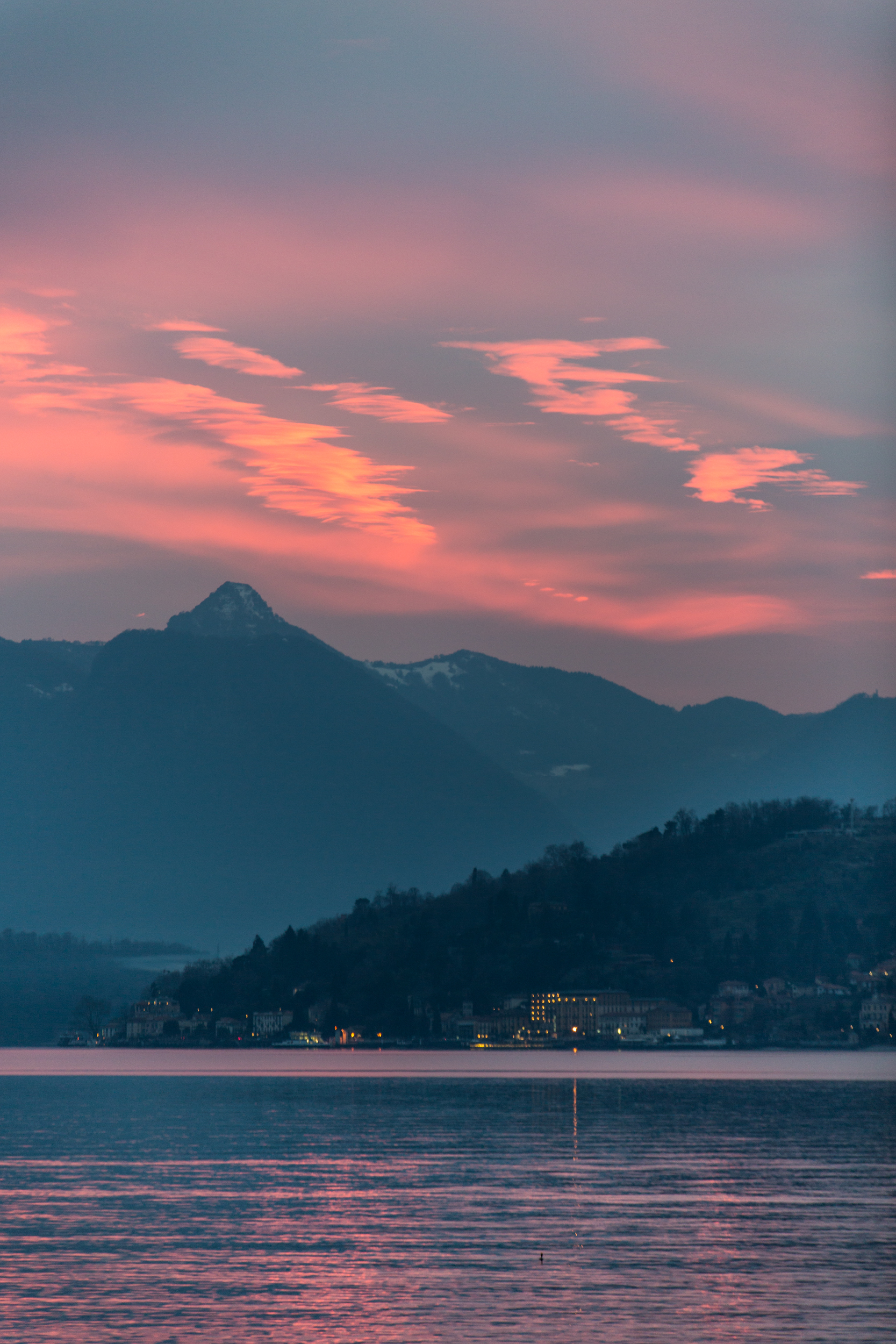

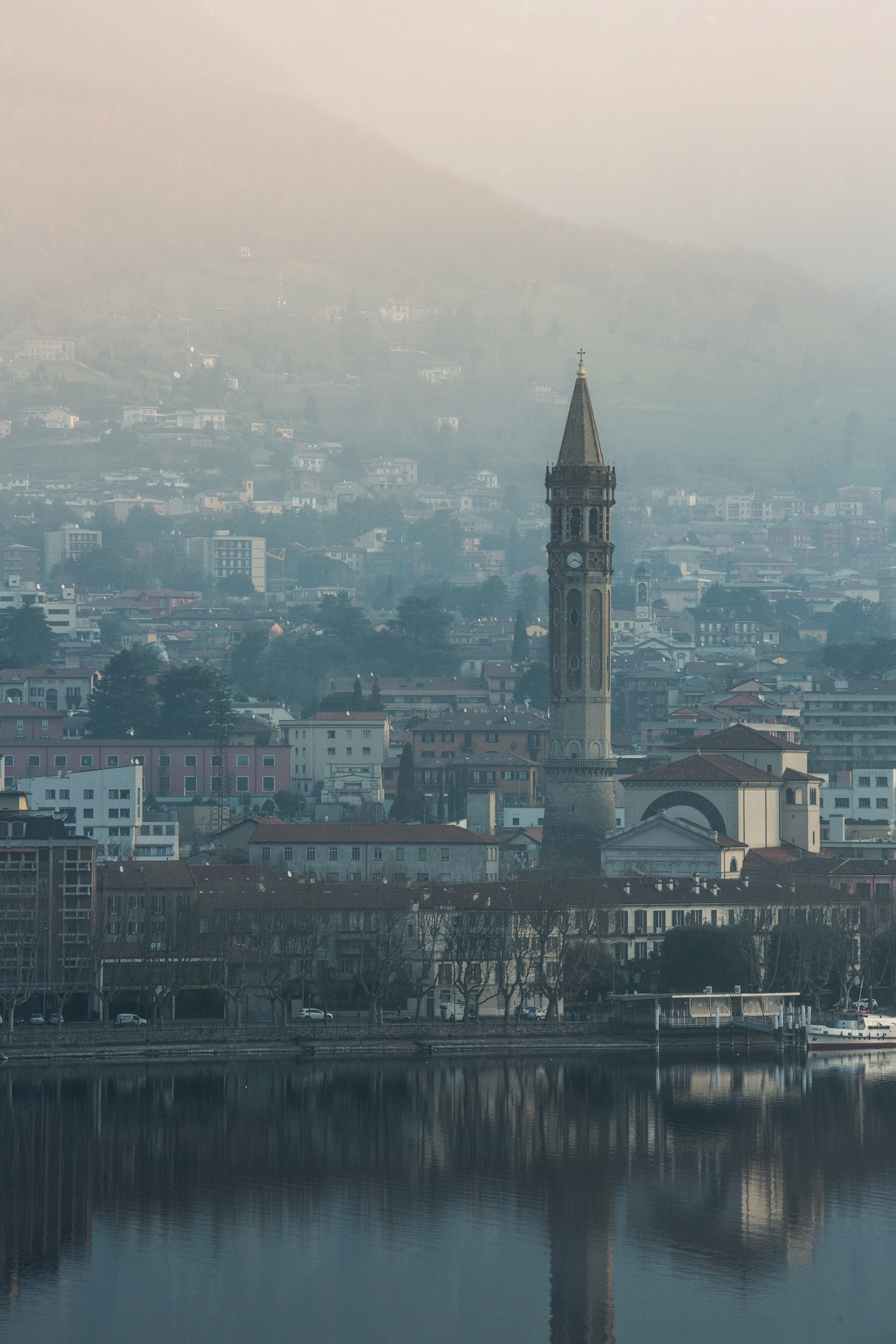





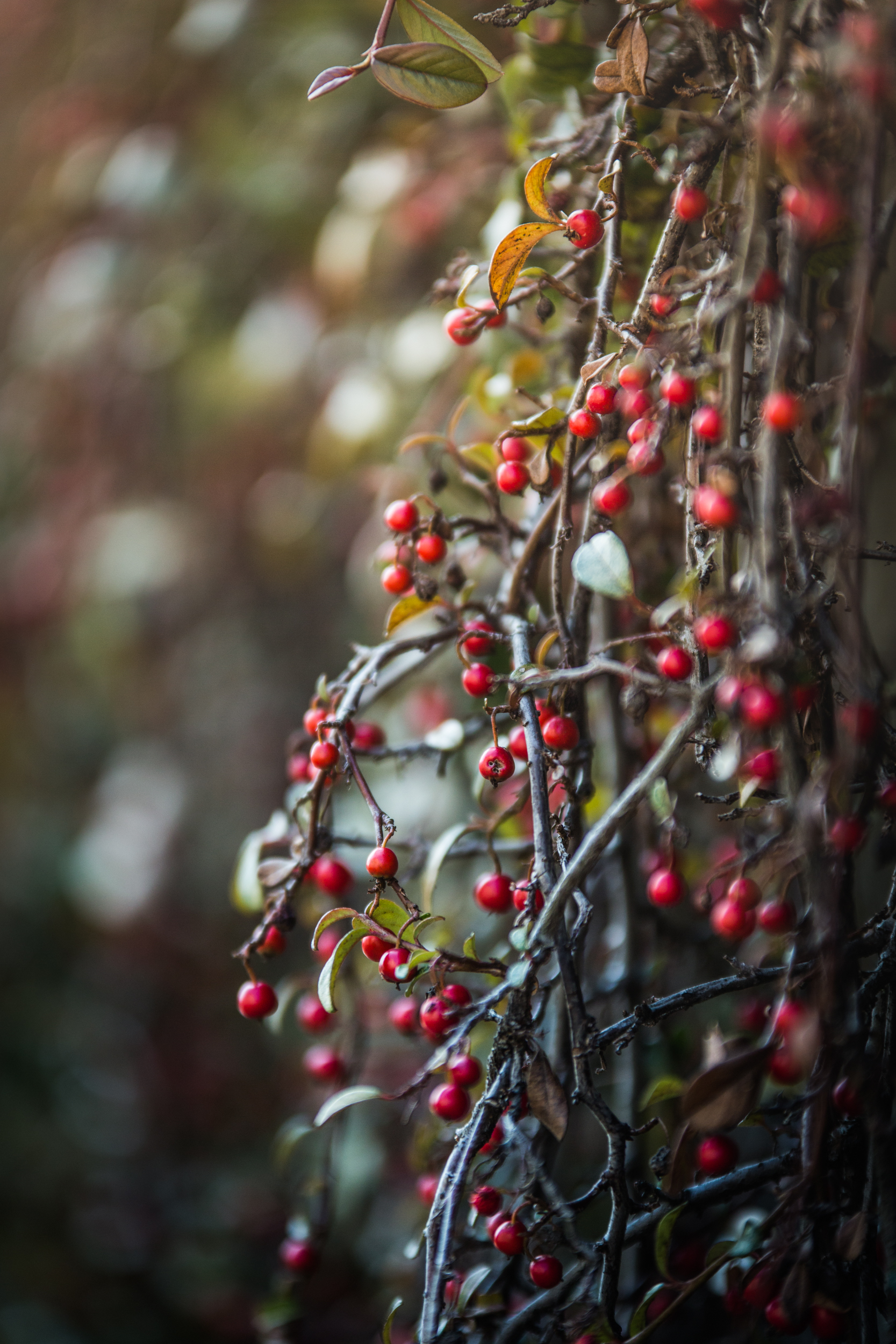
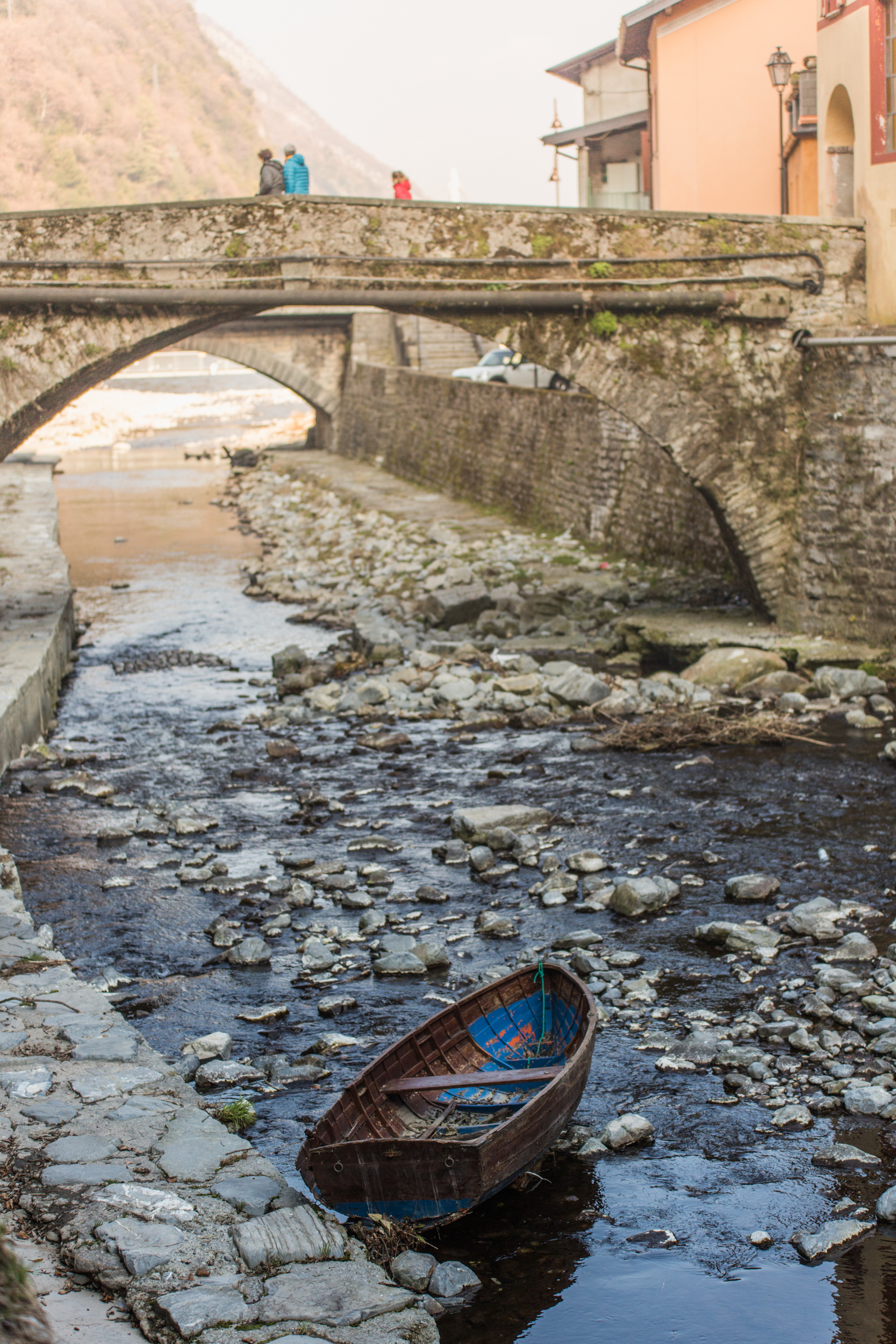
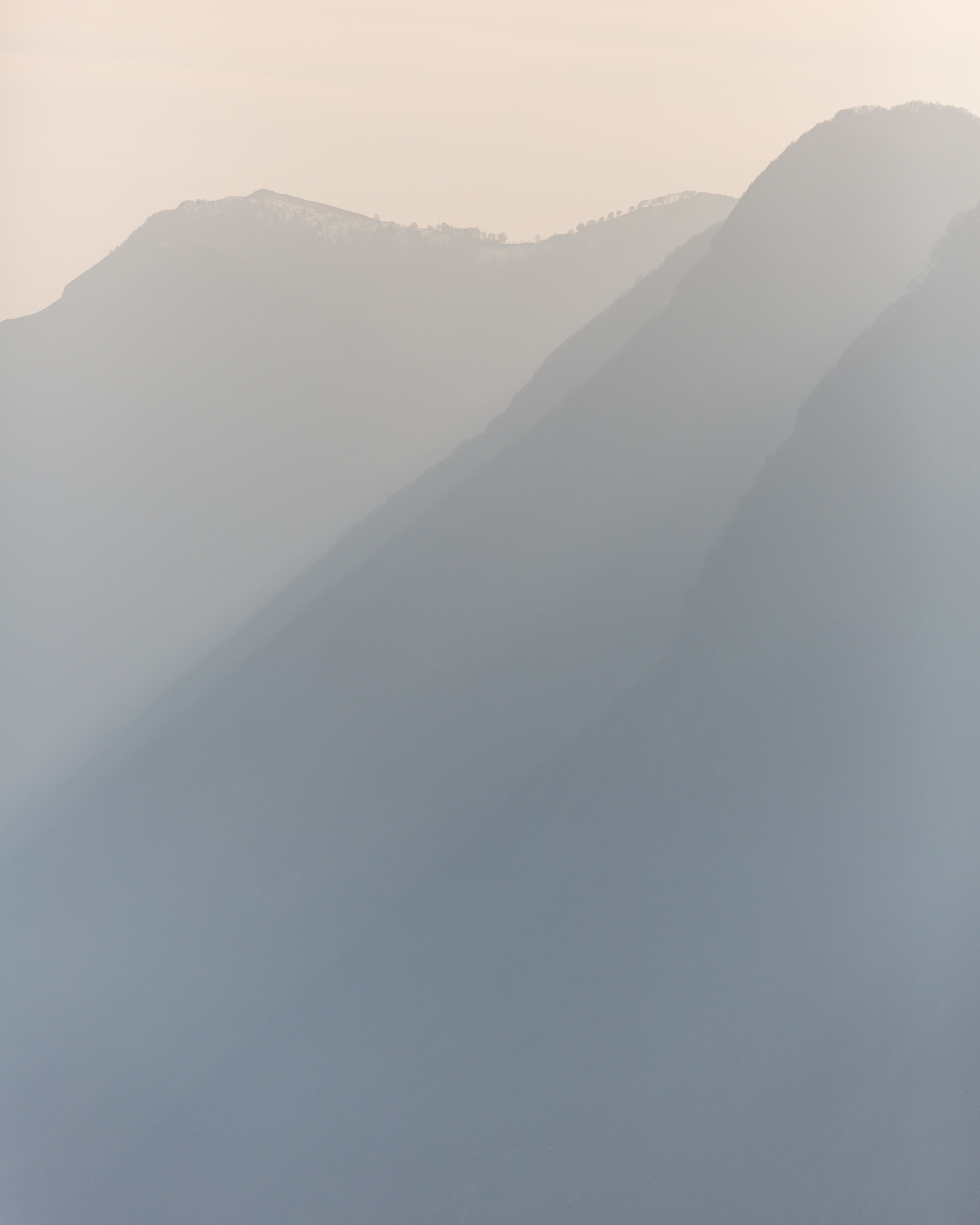
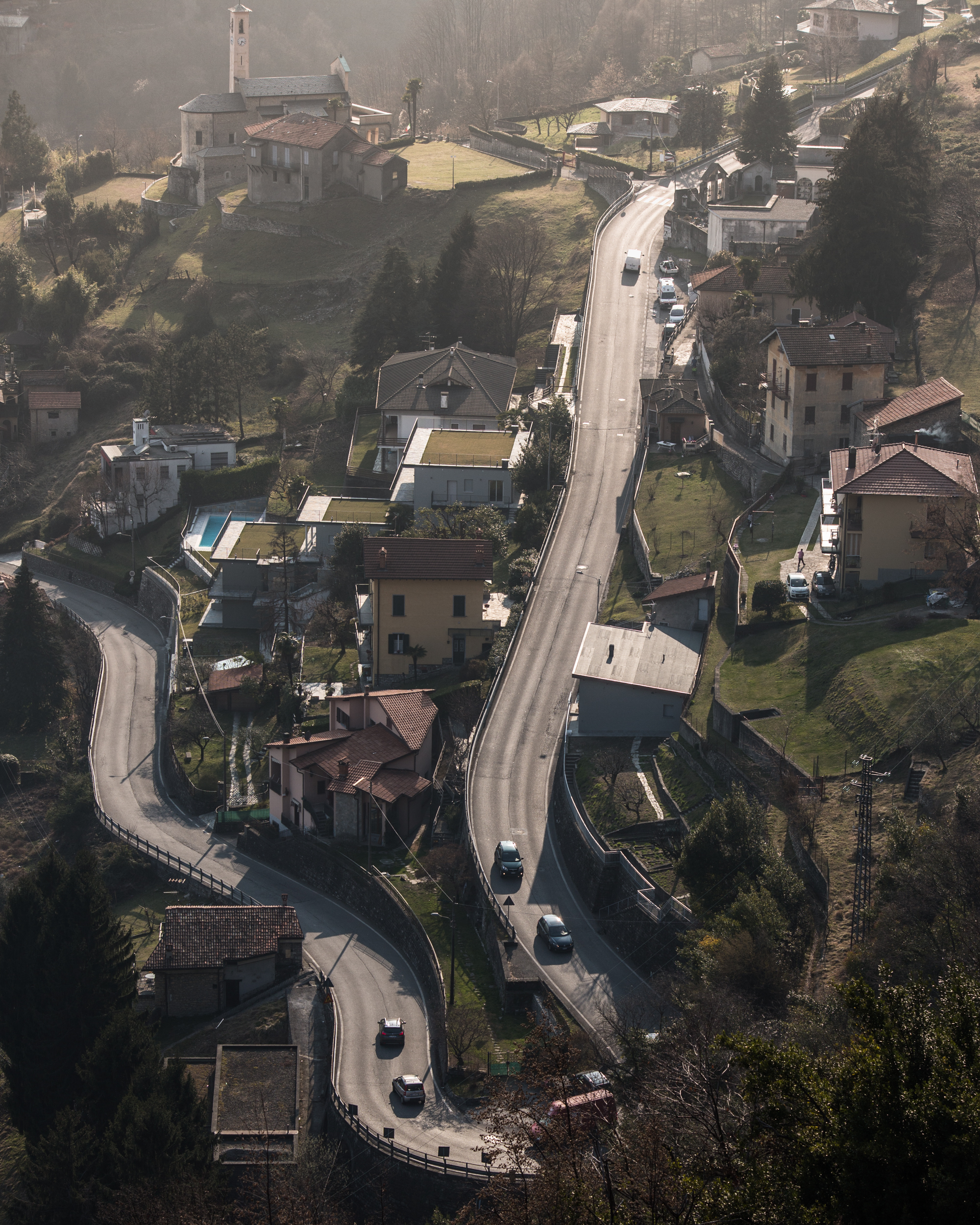

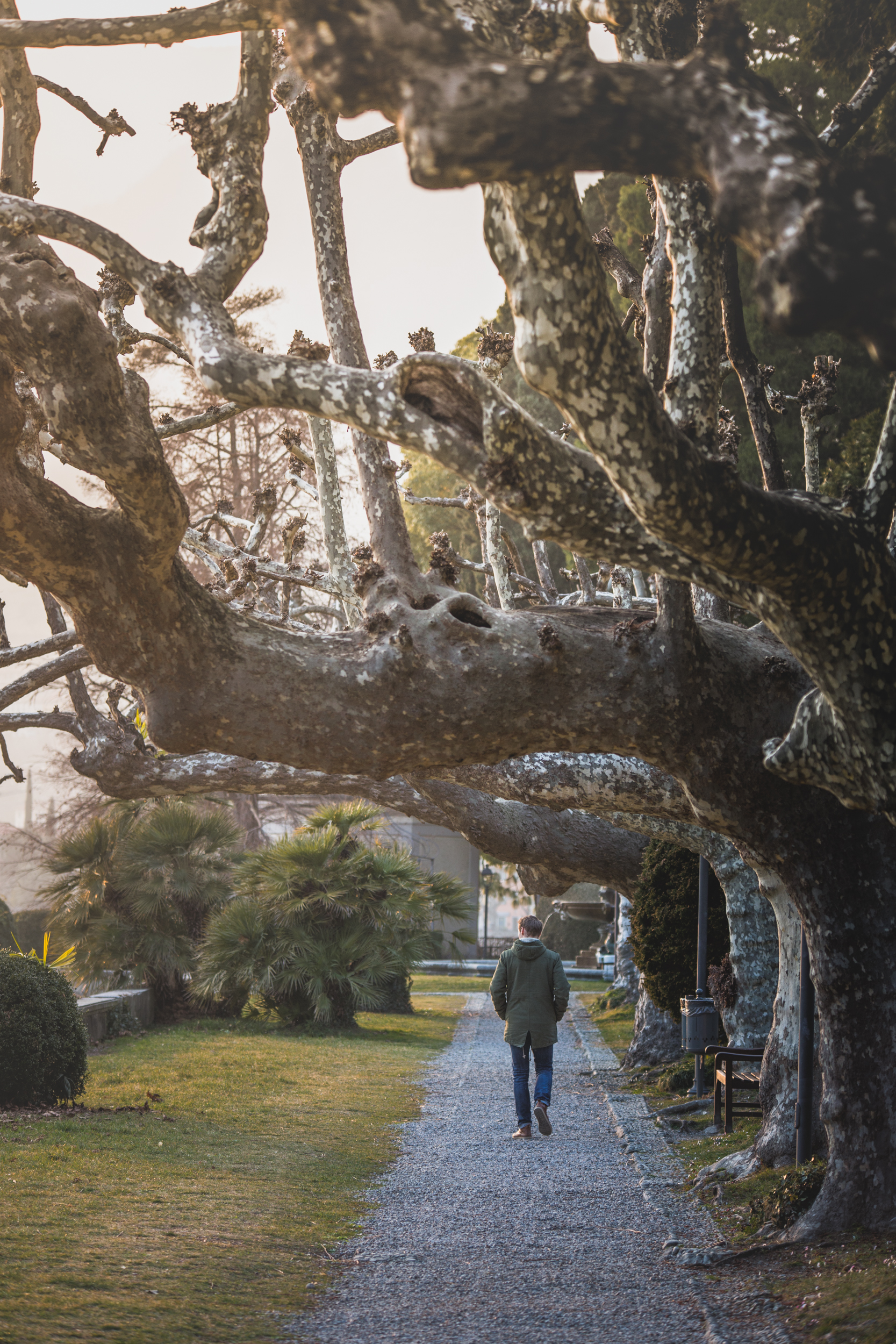
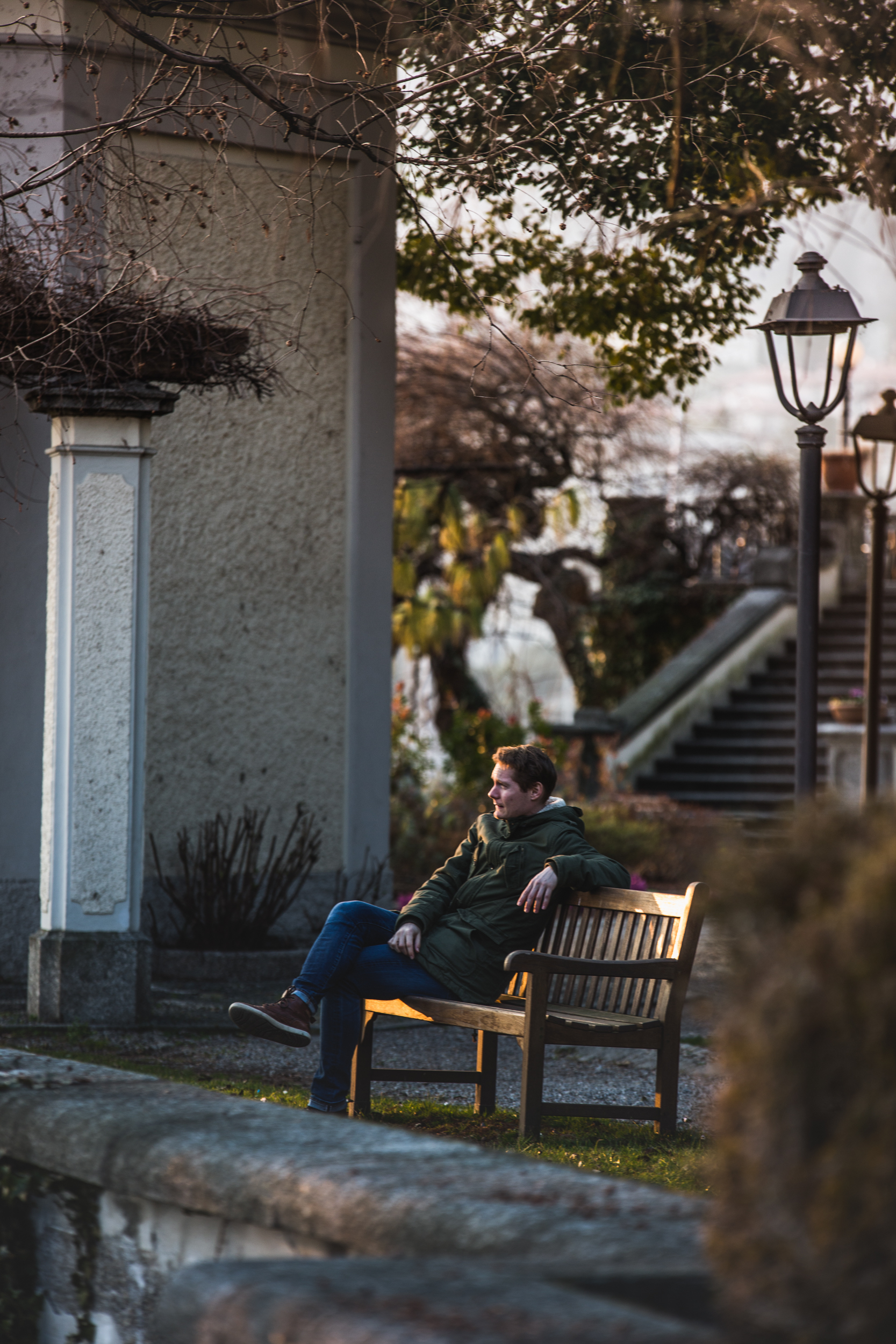
2 days on the island of Rügen
I like German word "Sehnsucht" more than "nostalgia". Nostalgia is overused and Portuguese "saudade" forever will be associated with Brazil.
Yet Rügen, the island in the North of Germany, famous for its white chalk cliffs and Caspar David Friedrich views forever will stay with me as the island of Sehnsucht.
I didn't come up with that word or even the description, unfortunately - Karl Lagerfeld did. In 2008 he did a fashion shoot on the island for the German Vogue, which he ( or the editors, for that matter) called Insel der Sehnsucht. Featuring young models Toni Garrn and Siri Tollerod, wandering through the woods of the Baltic coast, the shoot inspired me to visit the island.
Only 3 hours car ride to Berlin, the island offers beautiful wild parks, strong winds and amazing views. Probably more middle-aged and families oriented, the island doesn't have a party spirit, unlike the other German famous island Sylt.
To go to the island in February, like we did, one has to be a tough cookie, since the weather is not tropical, to say the least. Nevertheless, since most of us were photographers, we were more than happy to get our feet wet and our thumbs frozen while shooting in the foggy forest or in the nearby swamp of the Jasmund National Park.
Finding a reasonably priced hotel was also not a problem - for merely 20 euros per person (we were 4 people) we've booked an excellent apartment with a little fireplace in the town of Sassnitz, just a short drive from the Park and its main attraction - the chalk cliffs and the Königsstuhl ("King's Chair"), which could be seen on the paintings of the famous German romanticism painter Caspar David Friedrich.
If you live or are visiting Hamburg or Berlin for a longer time, I can only recommend a weekend tour to the island. Fresh air, sea buckthorn liquor, dried fish, the lighthouse of Cape Arkona - I promise you, that one some warm summer nights, you will get nostalgic, or as German would say "sehnsüchtig" for the beautiful and cold island in the equally cold and beautiful Baltic sea.
